A space organized around the intersections of art and education. The Library houses artistic and pedagogical resources produced by La Escuela___ in collaboration with diverse researchers, artists, and educators to connect knowledge and experiences across Latin America.
-
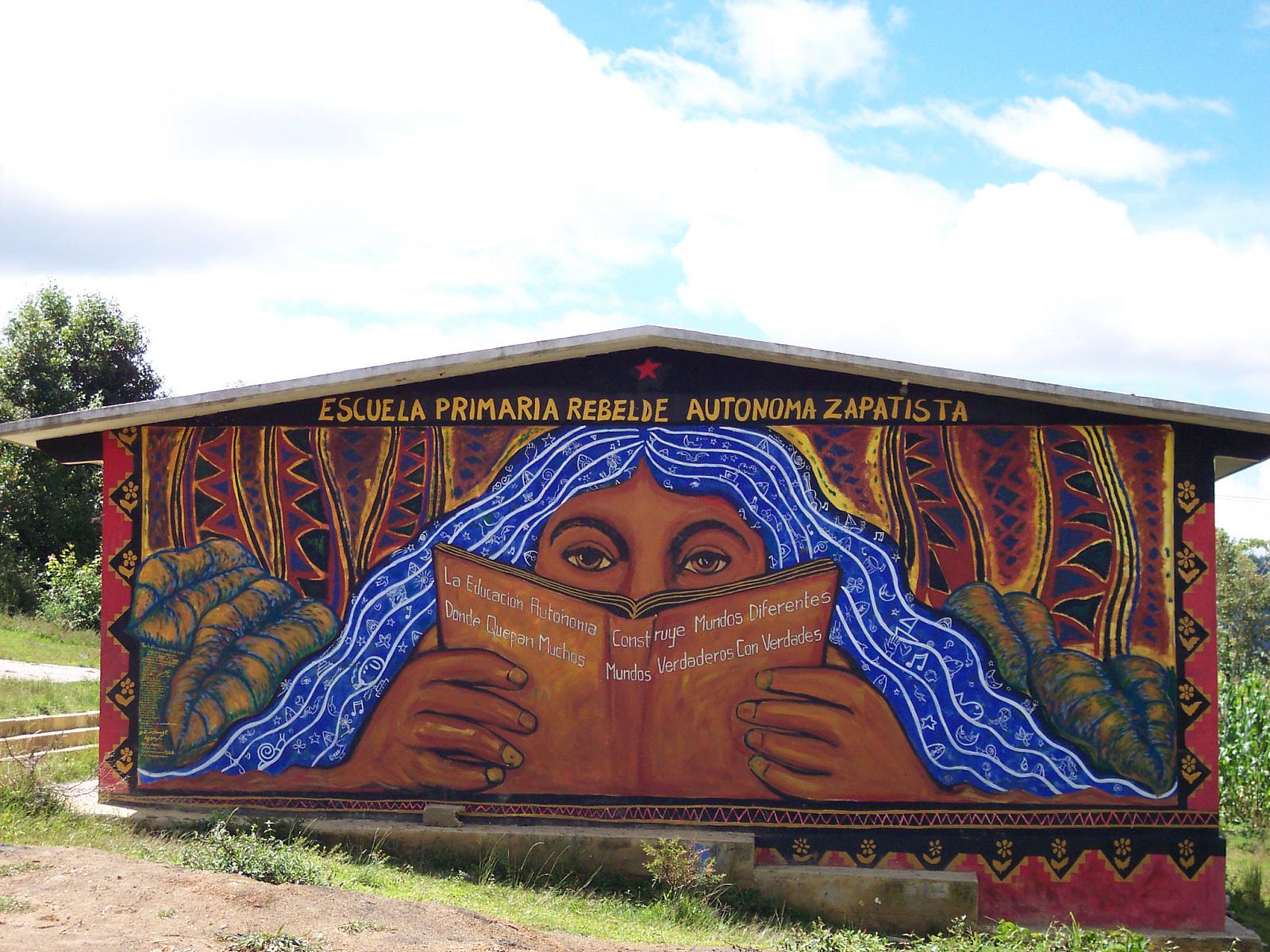
07/02/2024
ESSAYS
In this context, Gustavo Esteva (Mexico City, 1936 – Oaxaca, 2022) [...] considered that education brews a hierarchical dependence on the powers in office. He believed it was not a matter of reforming public policies or designing new educational models but of building alternatives to education—namely, processes to ... read more -
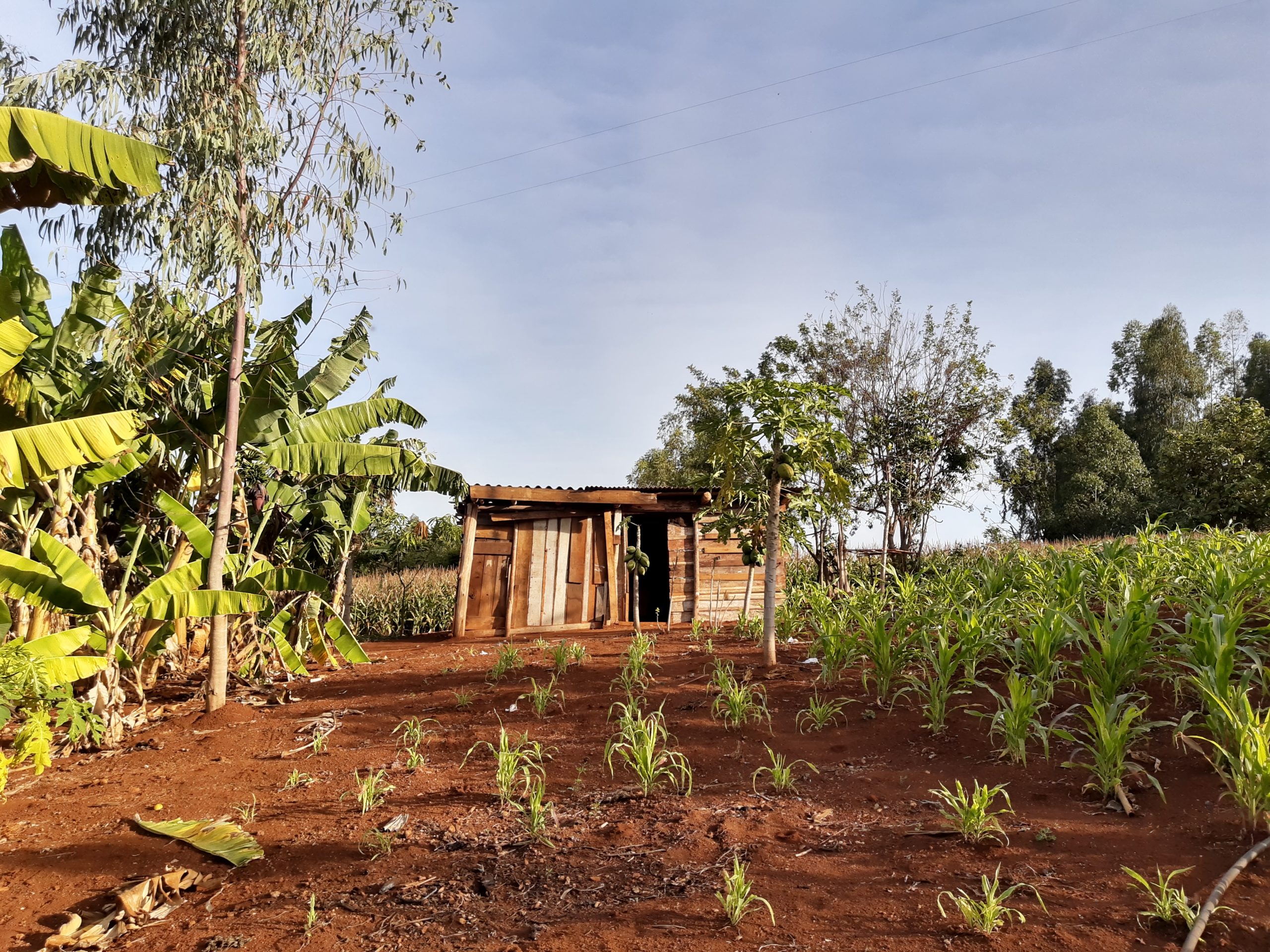
07/02/2024
PRACTICES
Nómade is a pedagogical architectural project seeking to reflect on the conservation challenges of the Parana rainforest, located in the northeastern province of Misiones, Argentina. It derives from Pía Milesi and Juan Emilio Mazzucchi’s undergraduate thesis proposal at the Faculty of Architecture, Urbanism and Design ... read more -
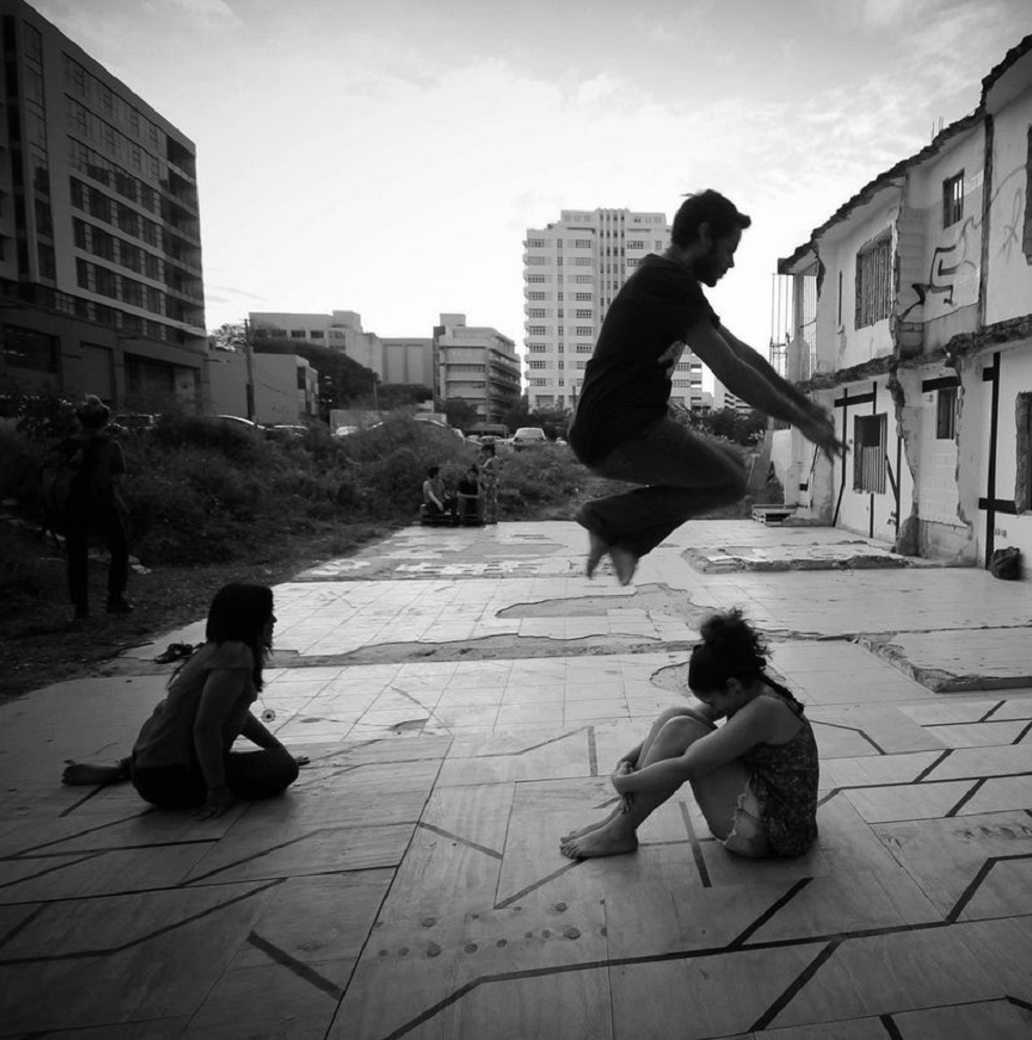
06/26/2024
CONVERSATIONS
In this conversation for LA ESCUELA___, Puerto Rican architect, researcher, educator and historian Yazmín Crespo Claudio establishes a dialogue with Nicaraguan architect, academic and researcher Oscar Zamora, in which from a three-round structure they shape a boxing exercise of questions and answers, in which topics ... read more -
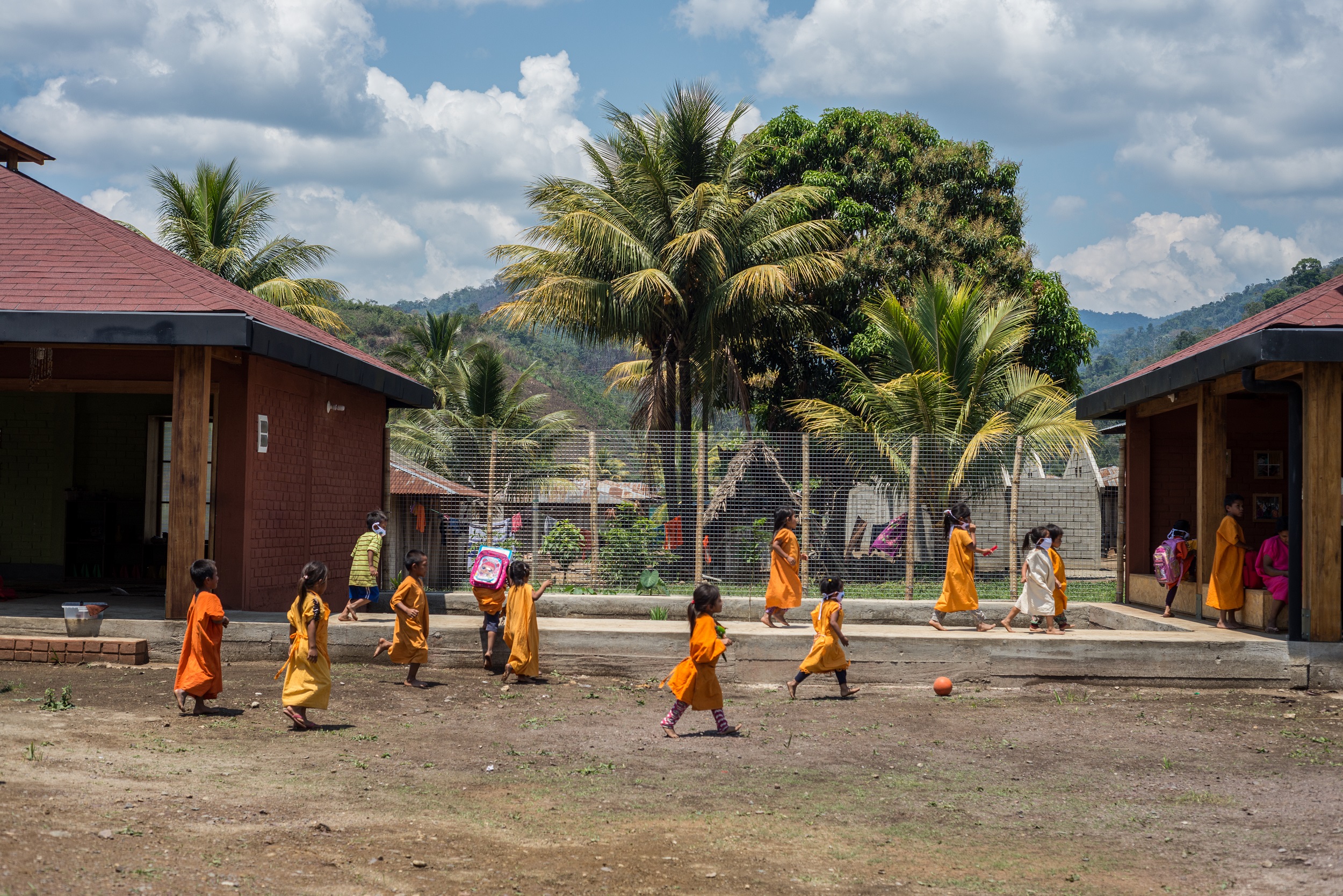
05/31/2024
CONVERSATIONS
Italian architect Marta Maccaglia has lived in Peru since 2011, working on architecture and cooperation projects. She is the founder and director of Asociación Semillas (2014–) and co-founder of the office PLAN A 0-100 (2019–2021). She has taught at the University of Sciences and Arts of Latin America (2015–2023) and ... read more -

05/27/2024
MAPPINGS
Derick’s mothers’ decision to turn their home into a meeting place for the lesbian and queer community was an isolated choice, but one that is less unusual than it might seem. read more -

05/24/2024
PRACTICES
Visual artist, researcher, and professor Analy Trejo (Venezuela, 1986) reflects on the relationships between pedagogical processes and artistic practices. Through various languages and media, her work delves into human vulnerability, determined to affirm life insistently and to reflect on space departing from the body ... read more -
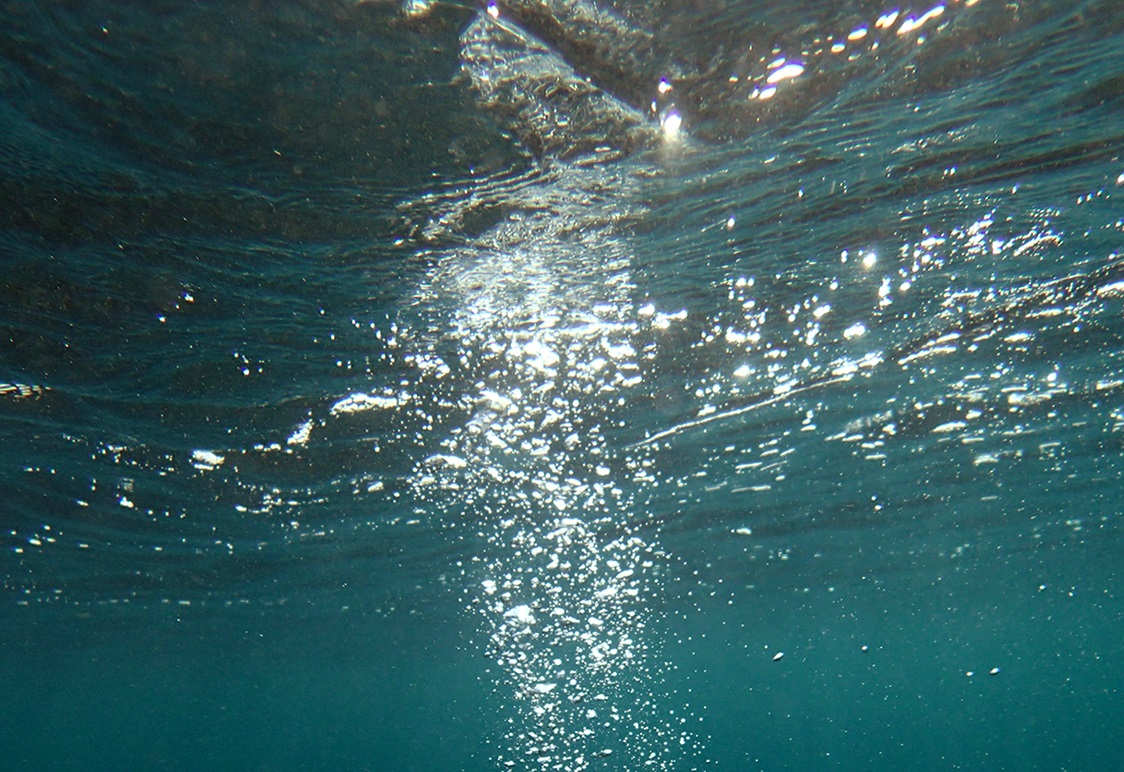
05/01/2024
JOURNAL
Browse the contents and download LA ESCUELA___ JOURNAL N°1. read more -

04/30/2024
JOURNAL
Attending to water as a supportive and connective fluid is an urgent challenge for the collective flourishing of life on the planet. We need actions that overflow the usual languages of water while enhancing other sensitivities that help us remember our shared state of immersion [...] read more -
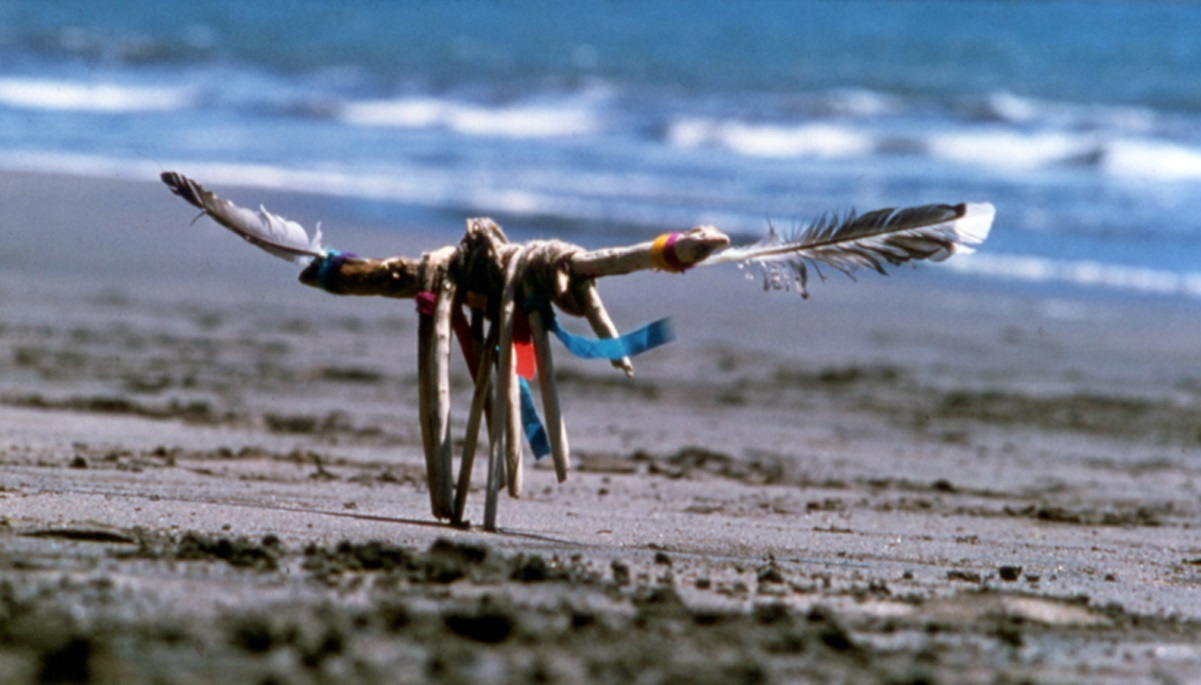
04/29/2024
JOURNAL
1 Primera enseñanza. El agua no es el agua, es el canto del agua. Del agua y sus criaturas. El canto del oído que la oye silencioso. Crecí escuchando el canto de la acequia desde la cuna, arrullada por sapitos de cuatro ojos que calculaban el cambio de la luz. Apenas caía el sol, empezaban a cantar. Su canto y la ... read more -
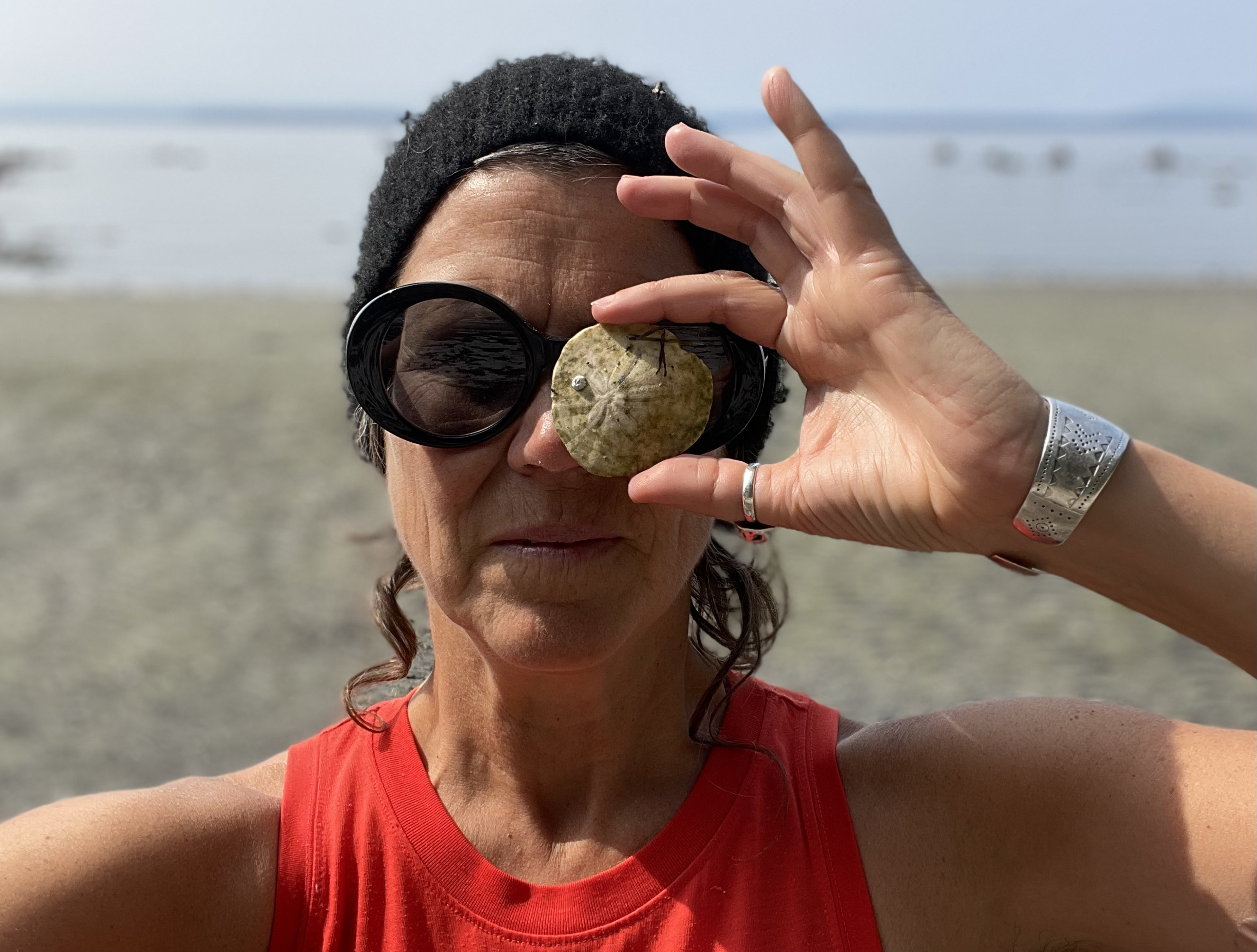
04/28/2024
JOURNAL
In ontological terms, what does it mean to say "we are all bodies of water"? In what ways can we notice the flows and structures of the hydrocommons in specific places we inhabit? And, how does hydrofeminism shape your practice? read more -
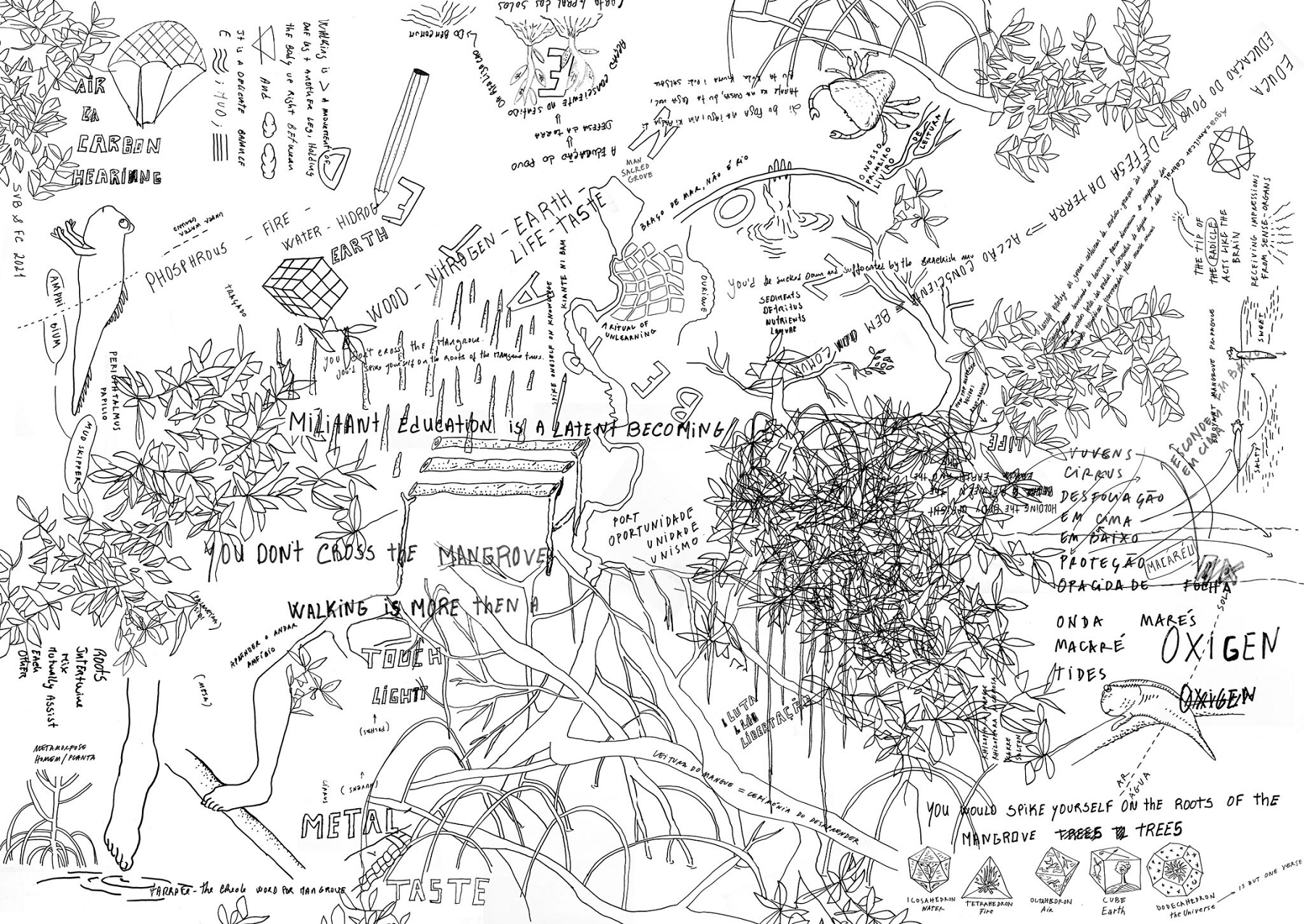
04/27/2024
JOURNAL
From Giuseppe Penone's practice and the Amazonian swirls to Walter Benjamin; from the work of Davi de Jesus do Nascimento and Josué de Castro; from Manguebeat to the schools of the mangrove and the Atlantic Ocean in the work of Susana Pilar, Beatriz Nascimento, and Édouard Glissant, we propose a way to think about ... read more -

04/26/2024
JOURNAL
What does reed teach us about hydrocommons? This text explores the rich knowledge I have gained through interaction with the common reed ( Phragmites australis) and my intention to share it through weaving workshops. Engaging in the learning process with this plant creates a sensory connection that highlights the ... read more -
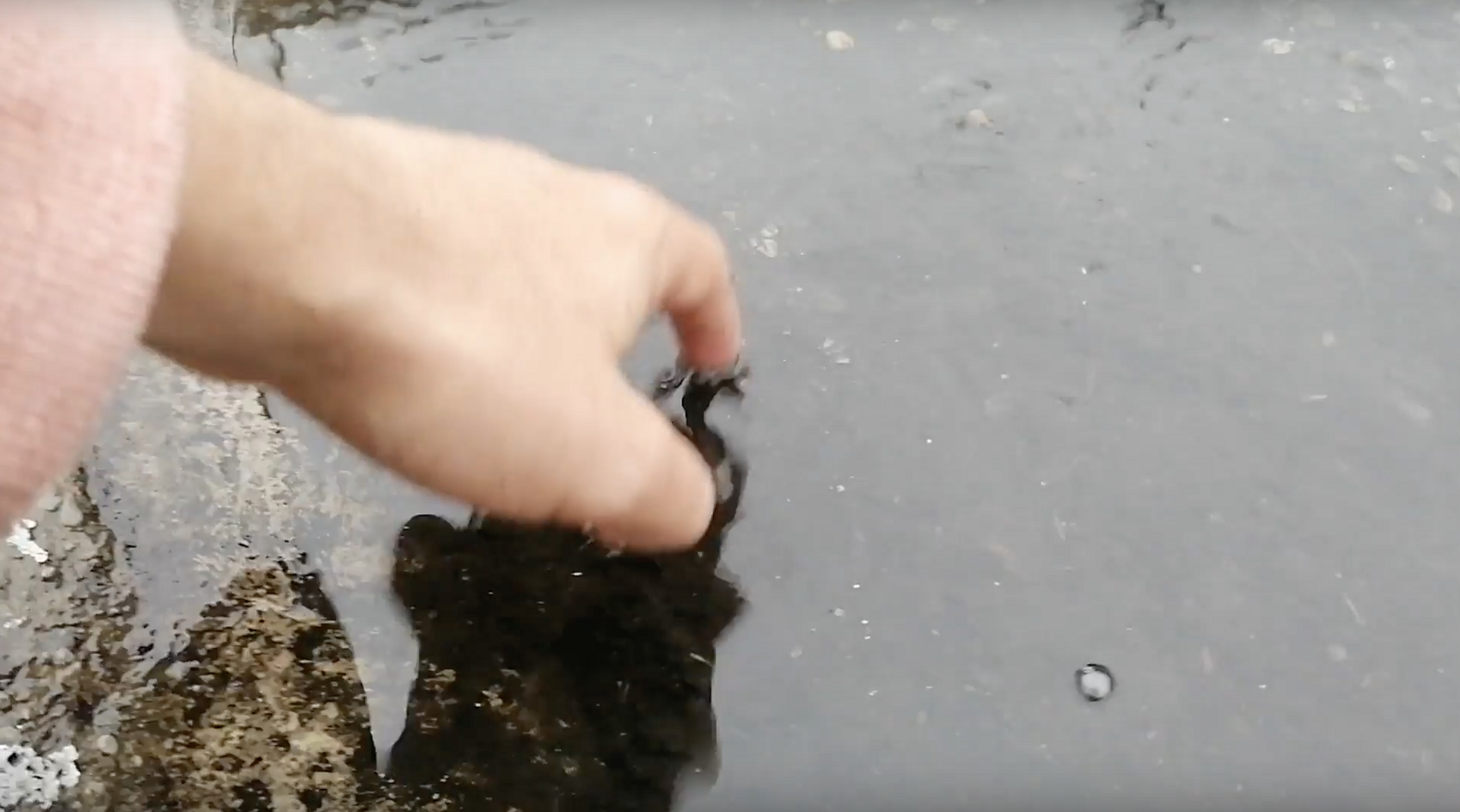
04/25/2024
JOURNAL
Throughout the process, we sought to catalyze feeling-thinking with the waters through different artistic approaches, in order to contribute to the promotion and weaving of hydrocosmic cultures between bodies of water. In the following pages, we share how the laboratory was created and carried out, and we reflect on ... read more -

04/24/2024
JOURNAL
Lisa Blackmore: It’s been almost a decade since you wrote your MFA thesis BE DAMMED at the University of Southern California, which has become the central pulse of your practice. Reading your thesis, it seems to me that it achieves something that many artist-researchers and people working in Environmental Humanities ... read more -

04/23/2024
JOURNAL
In understanding that a plan to exterminate the diversity of life that inhabits this region can only be carried out due to a lack of dissemination of information, presence, familiarity, and public affection toward these waters, our task as a collective is centered on designing the necessary tools to collect and ... read more -

04/22/2024
JOURNAL
In this “essay-game,” the reader is encouraged to choose their own adventure. This hyperfiction presents different paths through some of the space-time layers of Ensayos, a research practice that since 2011 reflects and exercises decision-making about issues related to the political ecology of Tierra del Fuego and ... read more -

04/21/2024
JOURNAL
These are contributions to thinking about water not only as a "natural resource," but as a common good that unites stories, crossings, and breaths of life and memories. The text also contributes ways of producing expanded knowledge in art and shelter in the face of the climate crisis, which is a social, political, and ... read more -
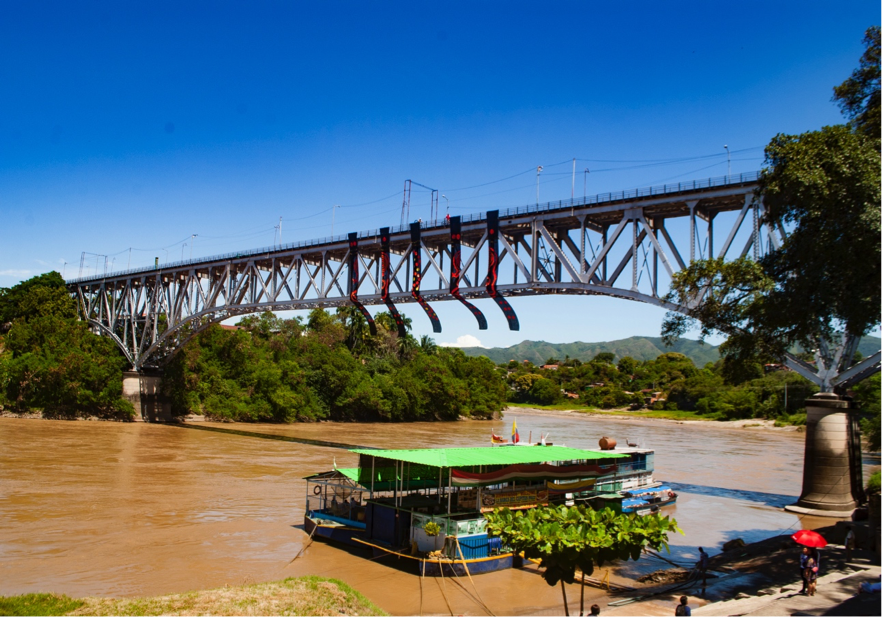
04/20/2024
JOURNAL
These gestures are a cross between the foundational myth of native Amazonian peoples—such as the Tukano and the Shipibo—about the serpent-canoe, and the concept of hydrofiction. The myth’s serpent is a canoe and a womb that populates the banks of large rivers and also carries the bodies of dead humans back to the ... read more -
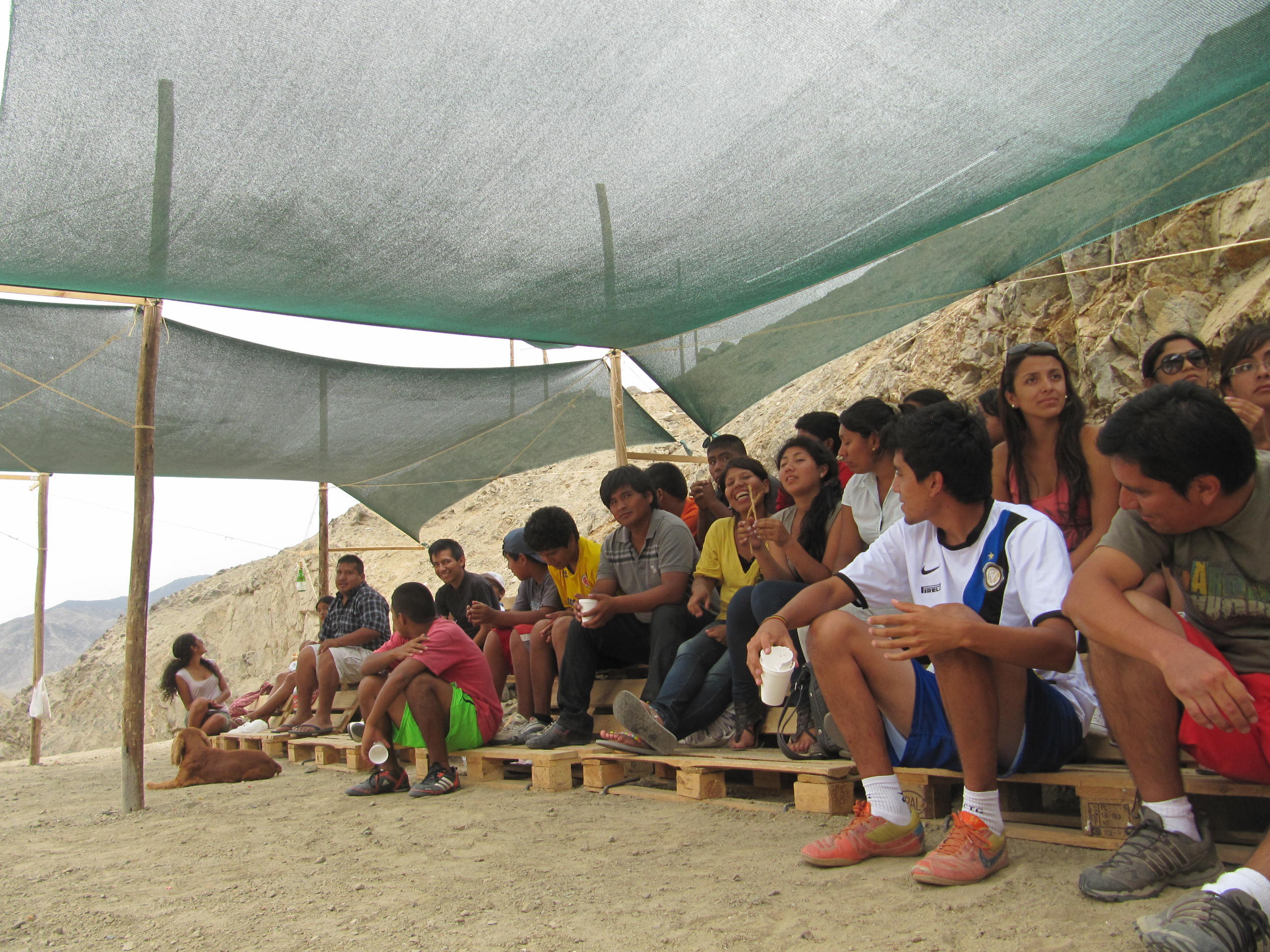
04/20/2024
MAPPINGS
Within the richness of realities, interests, and approaches that contemporary Latin American architecture offers, there is a line of young architects interested in collective knowledge and diluting hierarchies, with a balanced inclination towards process and results. To them, the geographical, economic, social, and ... read more -

04/19/2024
CONVERSATIONS
Teaching to Deconstruct Ourselves read more -

04/19/2024
JOURNAL
The essay considers the representation of the ocean in the work of Caribbean artists and writers, including María Magdalena Campos-Pons, Dionne Brand, Édouard Glissant, Juana Valdés, Nadia Huggins, and Suchitra Mattai. It takes as a point of departure the critique of Western humanism and its purported universal ... read more -

04/18/2024
JOURNAL
This article aims to disseminate the work that Ariel Guzik and his team have done around communication with marine animals by means of the instrument-machines they develop. In an attempt to raise awareness of certain ecological issues among different audiences, the hope is that a gradual articulation of these issues ... read more -

04/17/2024
JOURNAL
Maria Thereza Alves, Cocina CoLaboratorio, and Ogimaa Mikana have created projects that harness public intervention and community-based practices to draw attention to the lesser-known stories of watersheds with the hope that this will lead to social mobilization in defense of overexploited natural resources. ... read more -
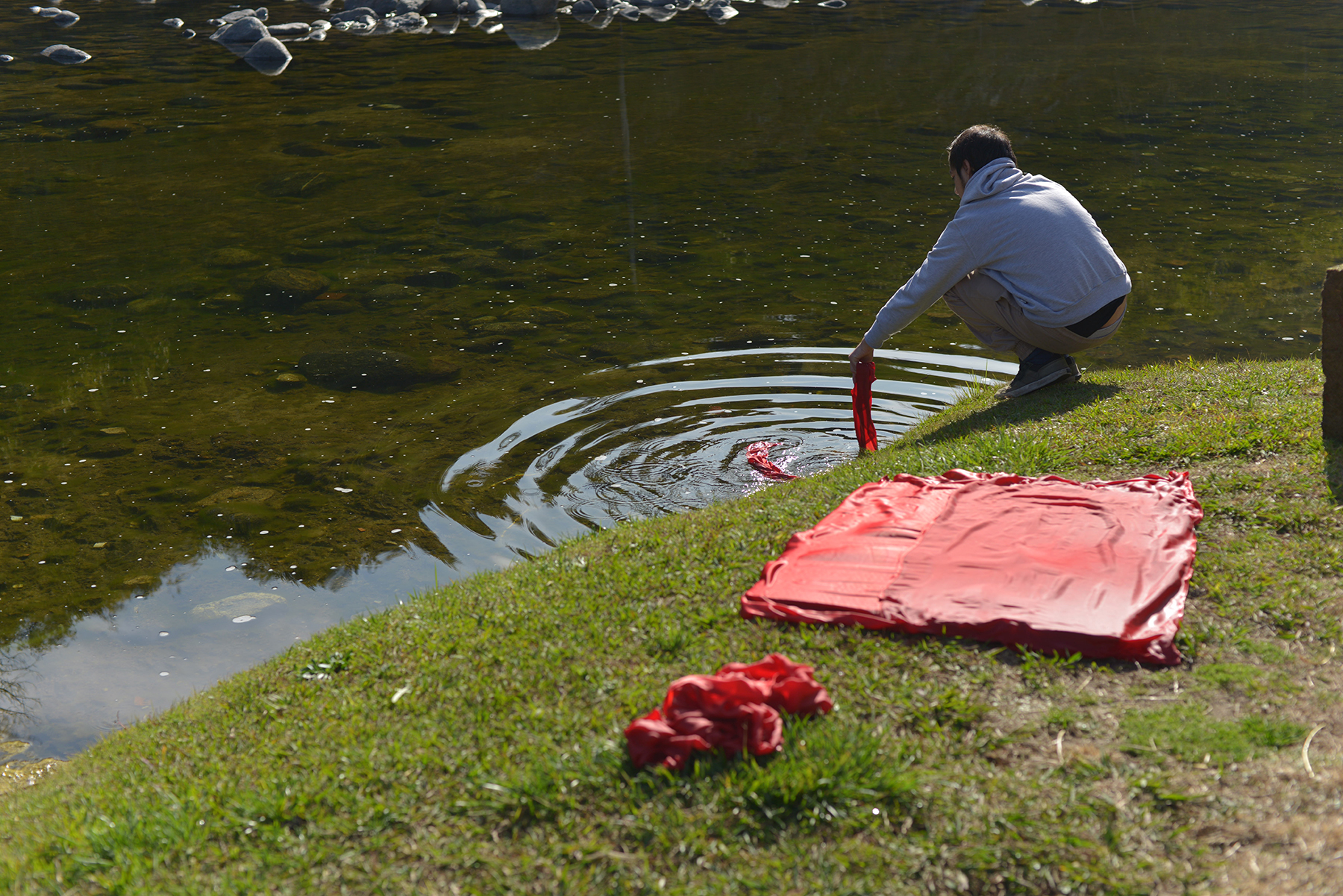
04/17/2024
PRACTICES
In 2020, he founded Laboratorio Intermitente, a space for contemporary research-based artistic practices and production formats, bringing together diverse actors from Latin America and beyond from a collective and educational perspective. Nahuel is currently a teaching artist-in-residence at the Travesías Terremoto ... read more -
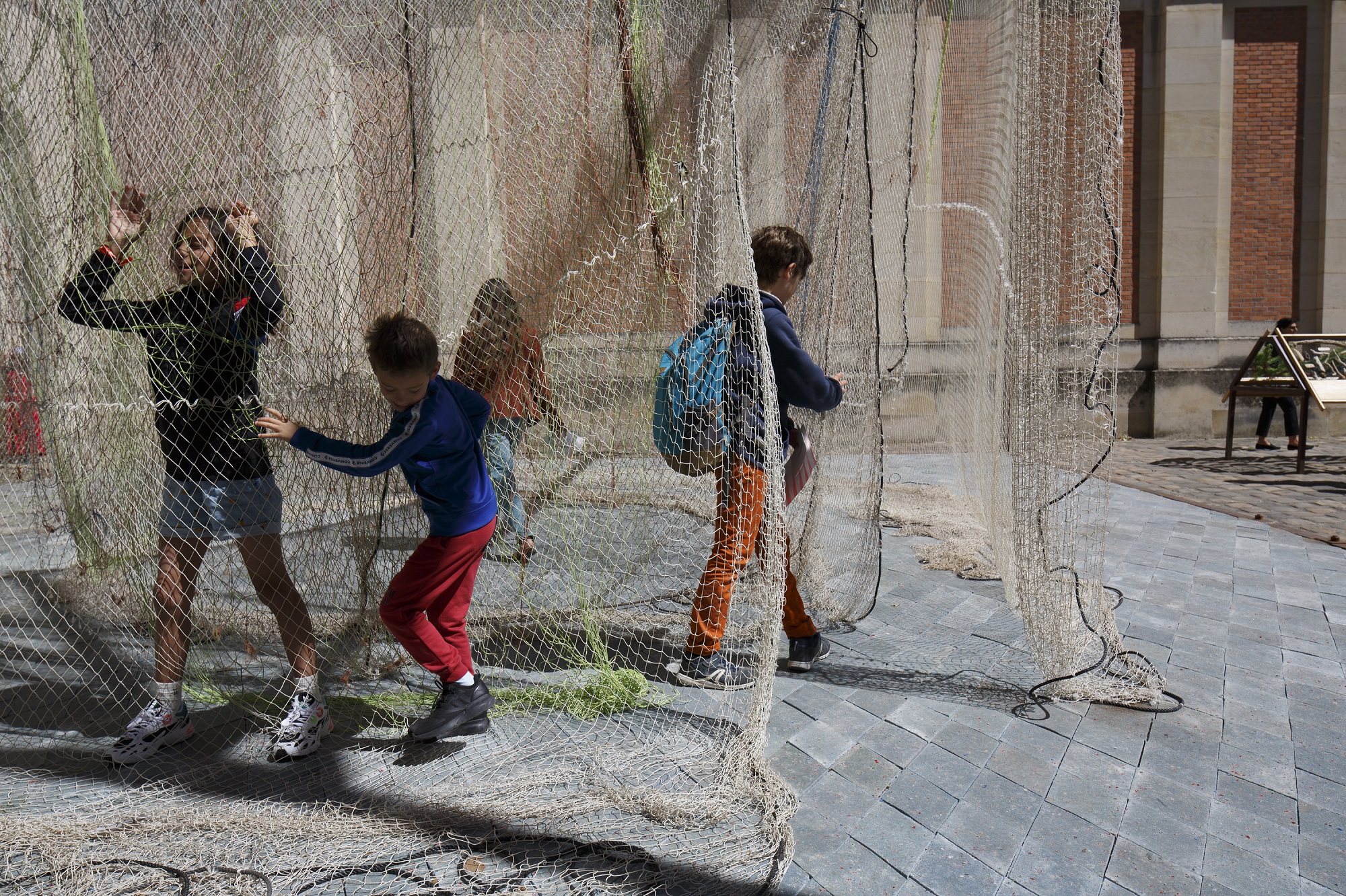
04/16/2024
CONVERSATIONS
Their most recent social project, PILARES Presidentes de México, has won several awards, including the Silver Medal at the XVII National Biennial of Mexican Architecture and First Prize in the Public Space category of the CEMEX 2022 Building Award, both in its national and international editions. read more -

04/16/2024
JOURNAL
It proposes that the piece works as a hydrofeminist figuration—in other words, a conceptual and material meditation on the possibility to understand ourselves in more-than-human communities, which allows us to map the intra-actions that enable the constitution of a hydro-community risen from histories of colonization, ... read more -
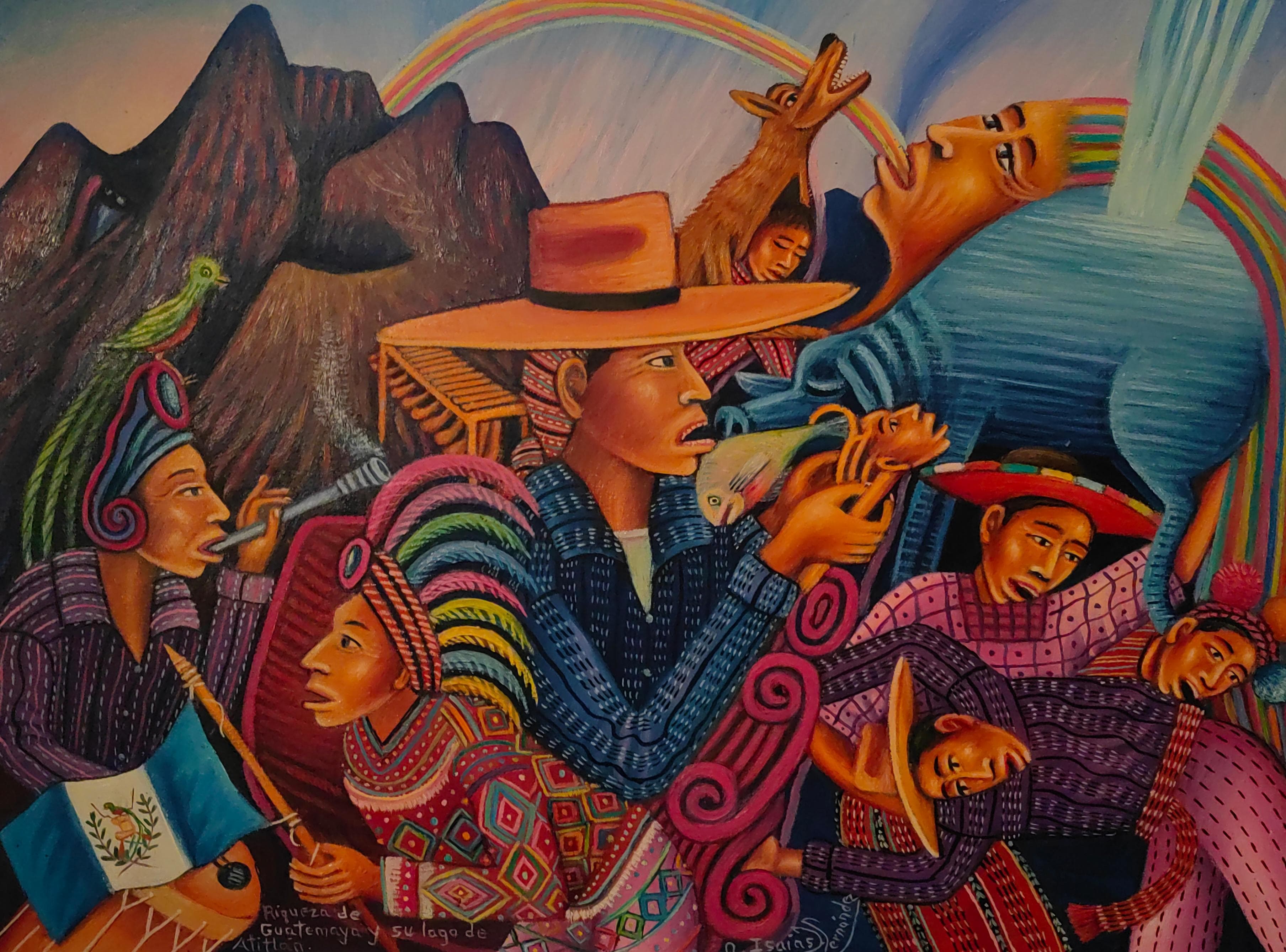
04/15/2024
JOURNAL
This text explains the dynamics and relationships between the Maya K'iche community of Chichicastenango and water, as well as access to it through self-management and its care under ancestral logic and the Mayan worldview. read more -

04/14/2024
JOURNAL
Through field studies, interviews, and theoretical research, I have created a body of visual work using various materials from the area to observe the processes of transformation, erosion, and degradation caused by agrochemicals and other human action. How to delineate a boundary or border in an inherently aquatic ... read more -
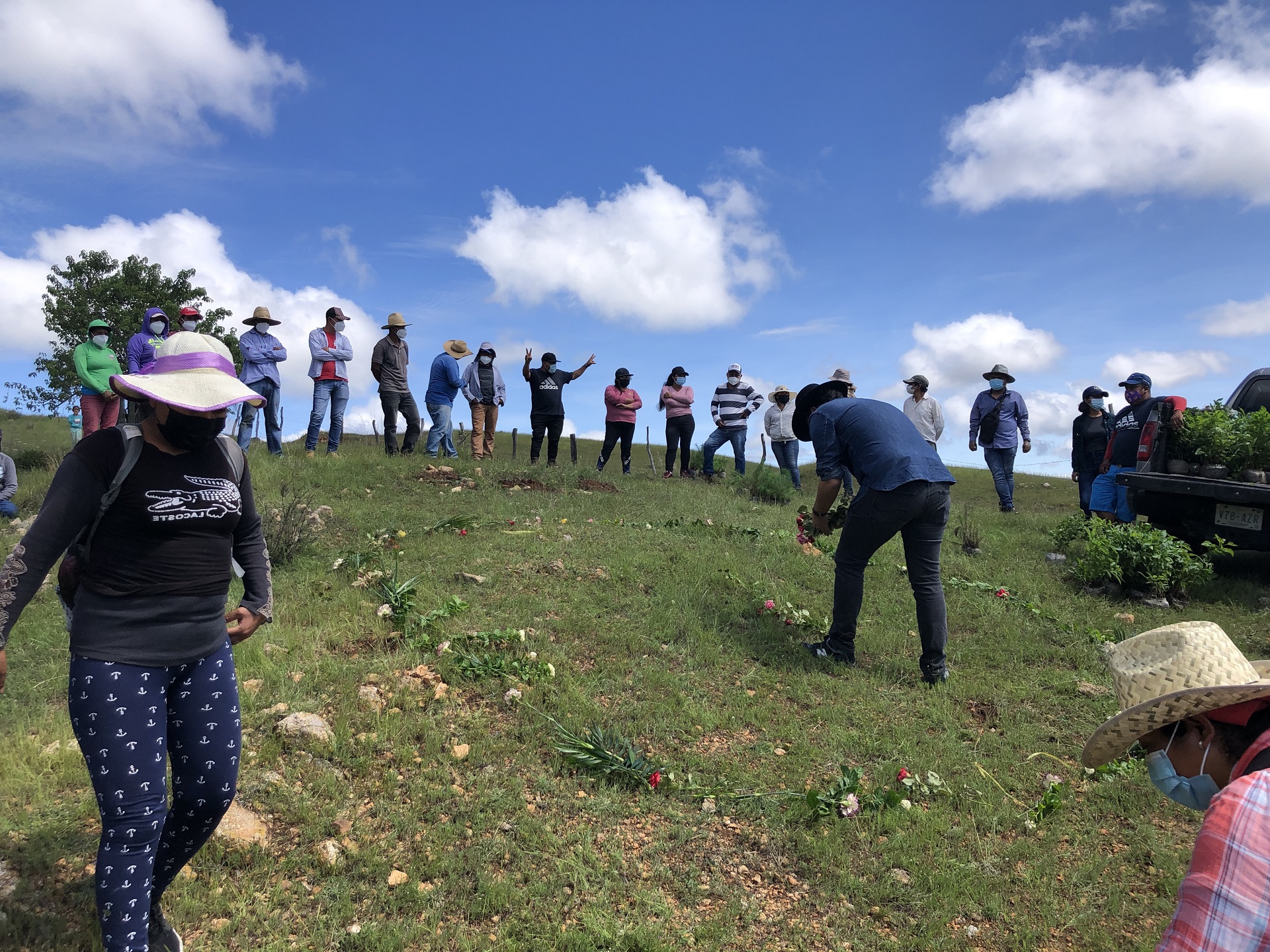
04/13/2024
JOURNAL
The story begins with two key university experiences at the Harvard Graduate School of Design in 2018 and the University of Toronto in 2019. Students focused their studies intently on water as a common resource, and ways to both stretch its presence in the territory and take better advantage of it. Strategies include ... read more -

04/12/2024
JOURNAL
In this article, we collect part of the learnings from fifteen days of workshops, where we tuned in with the forest in the following ways: we filled dozens of bags with soil in the Vivero de Tebanca to imagine a hydrocommon horizon from the tequio (collective work); we emulated the music of plants; we wrote their ... read more -

04/11/2024
JOURNAL
This Hydrocommons Map compiles an index of actions that span research, activism, and dissemination strategies, with the aim of establishing parameters to track, connect, and contrast emerging and established projects in the region. Each project is presented as an individual record. The categories of actions come ... read more -
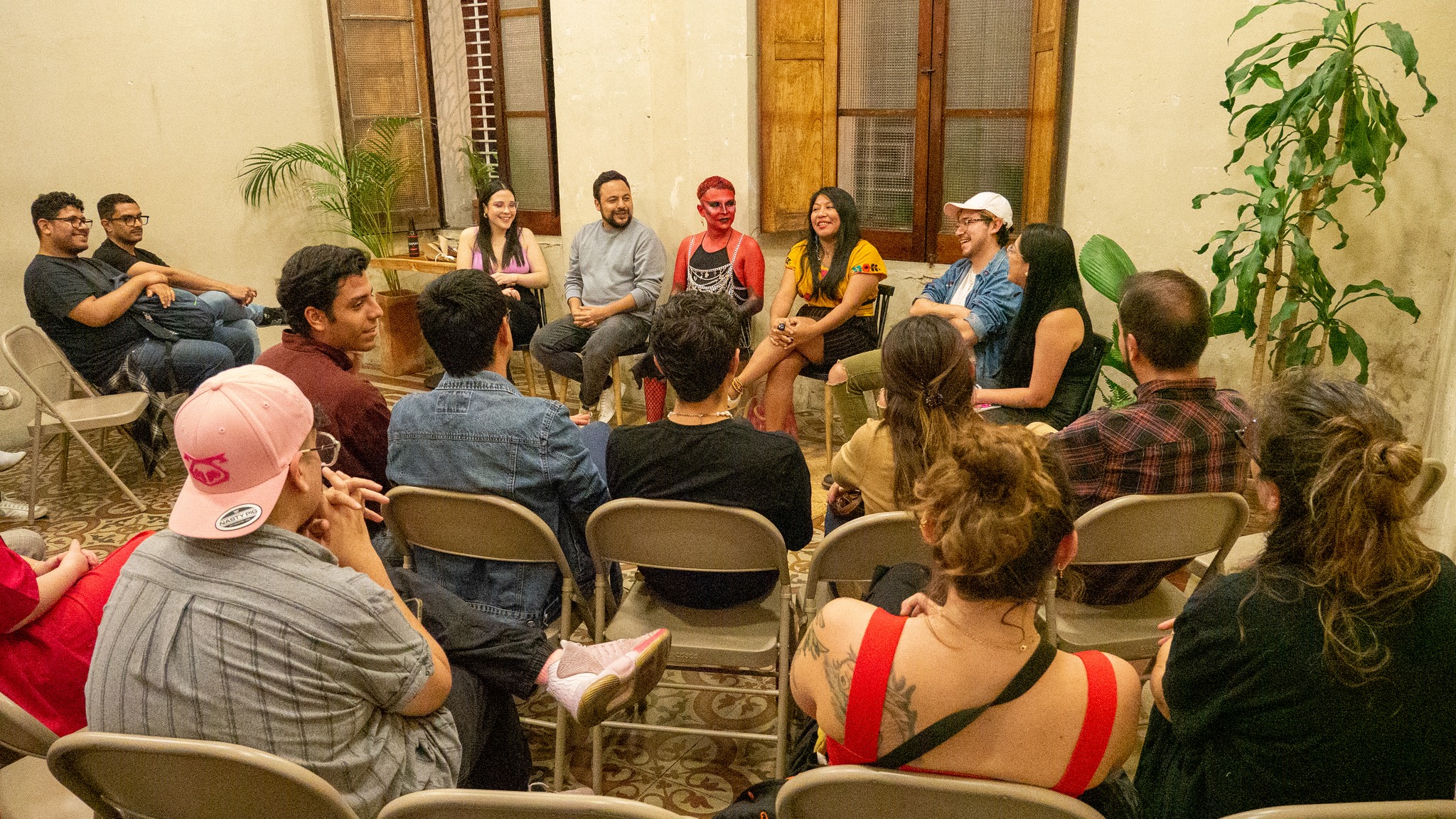
03/21/2024
MAPPINGS
Así como lo fue la energía subterránea que alimentaba la poesía afrocaribeña o la coincidencia de exposiciones sobre temas de género a finales de los años noventa. Vuelve nuevamente el deseo de reclamar otras formas de autodeterminación y agencia y la potencia de la fuerza de la comunidad, no sin contradicciones, ... read more -
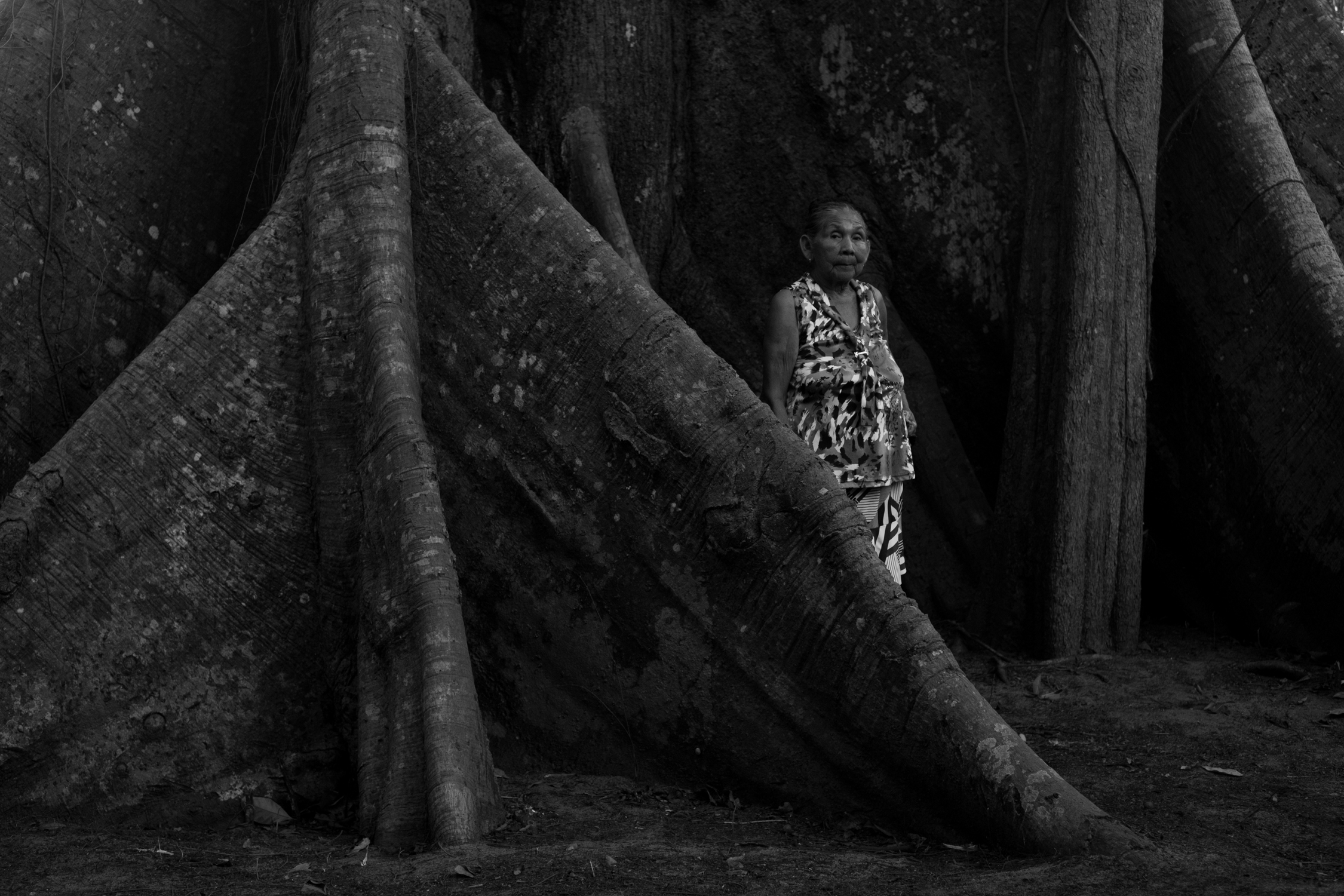
03/21/2024
MAPPINGS
Education and pedagogy then become places that cultivate that vulnerability and collective openness as starting points for putting thought into a state of rebellion, that is, as starting points for pedagogy to transform into emancipatory practice. read more -
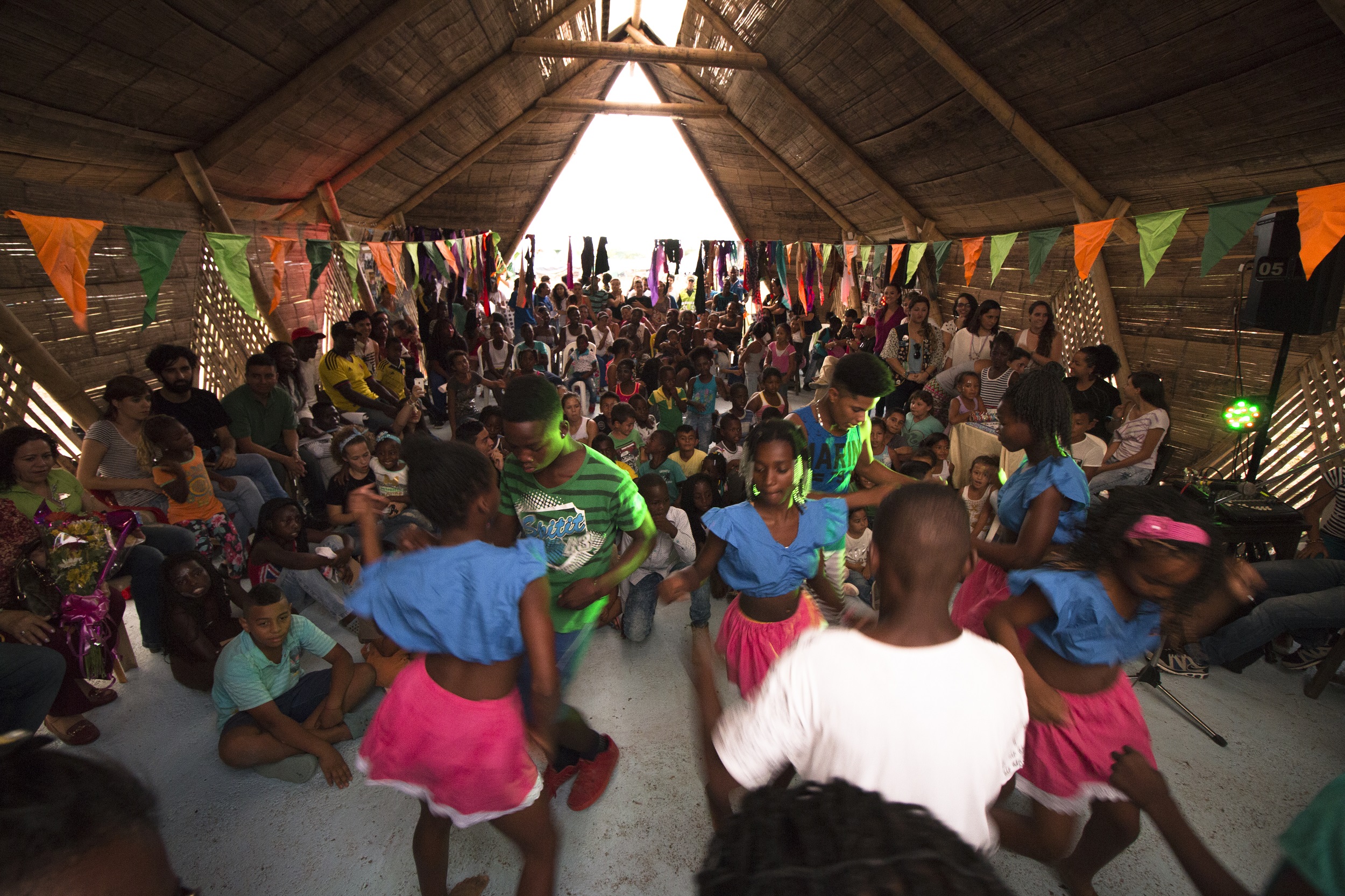
03/20/2024
PRACTICES
Ruta 4 Taller is an academic platform and a moving research space based in the city of Pereira, Colombia. Drawing from experimentations with matter, explorations on processes, collective provocations, and affective connections to the landscape, they develop strategies for bridging symbolic representations of the ... read more -
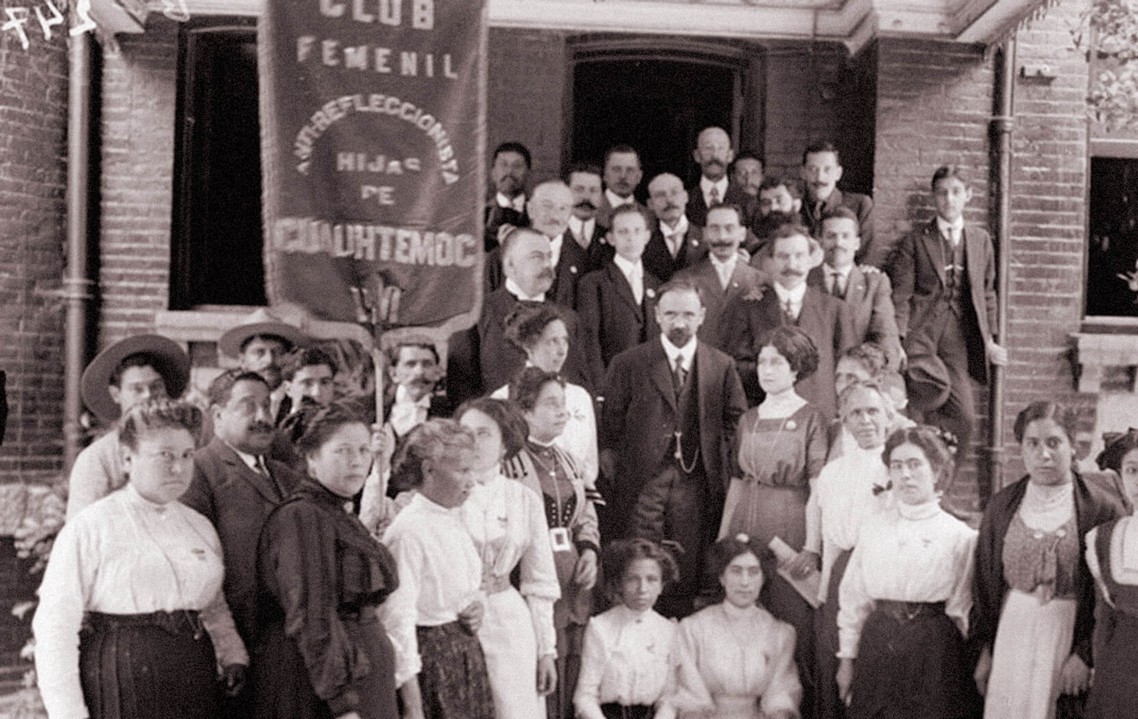
03/17/2024
ESSAYS
Juana Belén was the first female independent thinker and a precursor of the Mexican Revolution. [...] Despite her restless struggle, her name and political activity are never mentioned in mainstream history books. [...] To learn and know about her life and work, we must know how to research through feminist scholars ... read more -
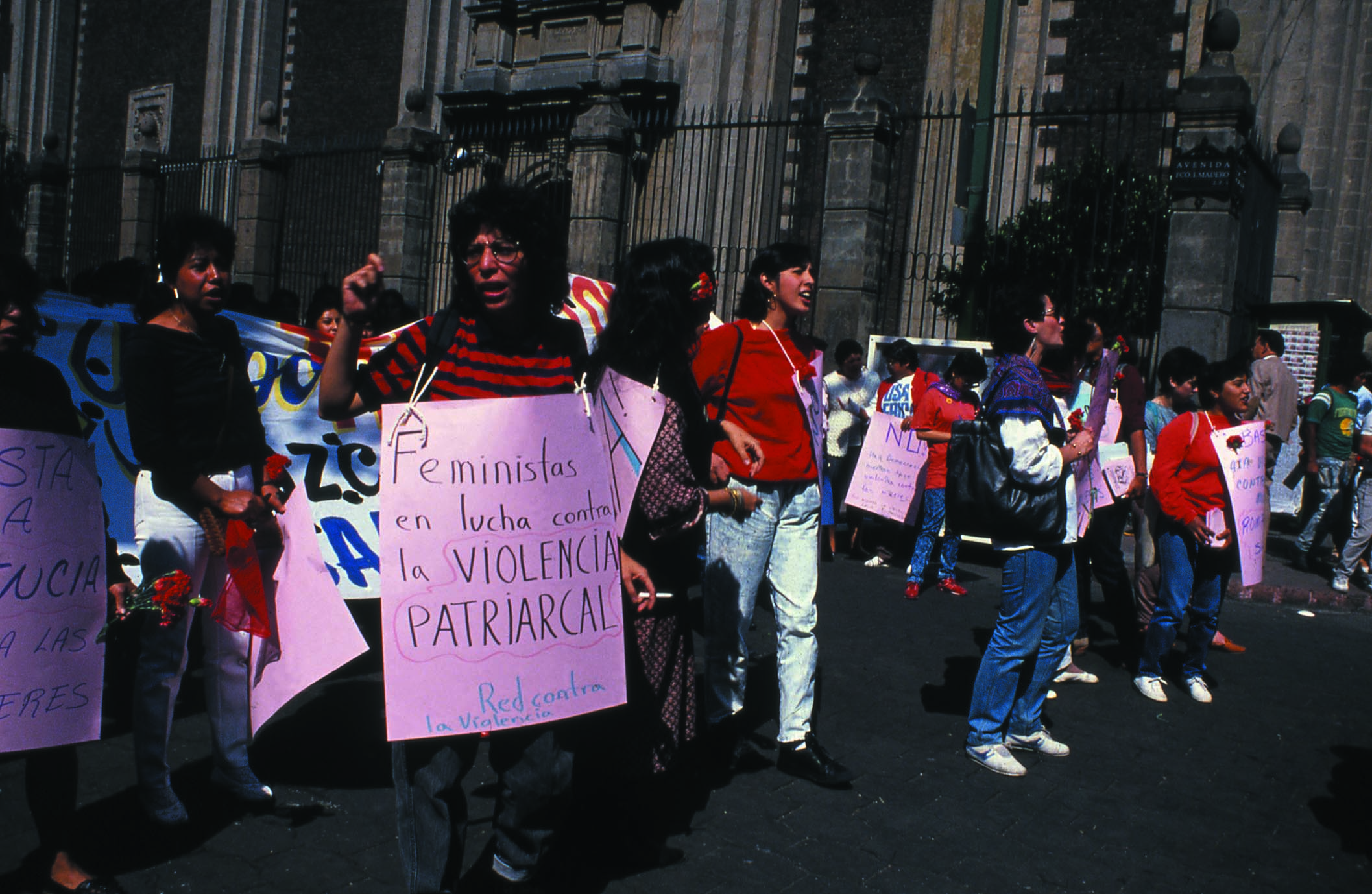
03/16/2024
ESSAYS
The AAVJ not only articulates Ana Victoria Jiménez's militant activity, her interest in photography, publishing and performance, but also documents the broad collaborative networks of activists and visual artists in which she participated [...] —including groups of women who did not call themselves “feminists” or even ... read more -

03/01/2024
CONVERSATIONS
In this interview for LA ESCUELA___, curator Madeline Murphy Turner talks with multidisciplinary artist Laura Anderson Barbata about her practice deeply connected to education, the creation of horizontal structures of dialogue and collaboration, and a commitment to artistic research as a method of accessing, ... read more -
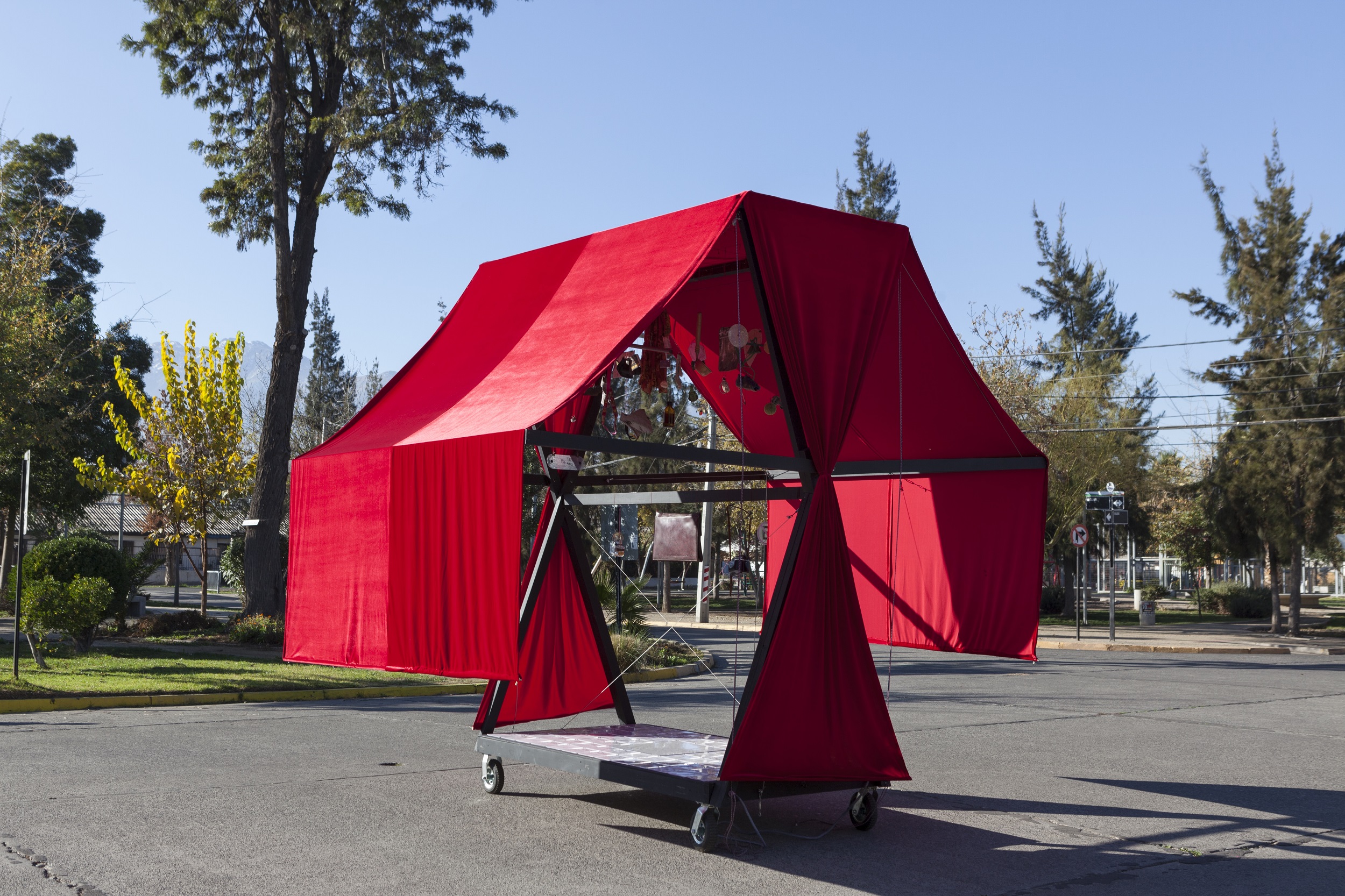
02/16/2024
CONVERSATIONS
He is co-founder of Supersudaca, an international group of reflection and urban research and architecture, and of Susuka, the practical version of architecture in Chile. He is co-affiliated with the sound and space project Sindicato de Urbanistas Planetarios. He is currently dean of the Faculty of Architecture, ... read more -
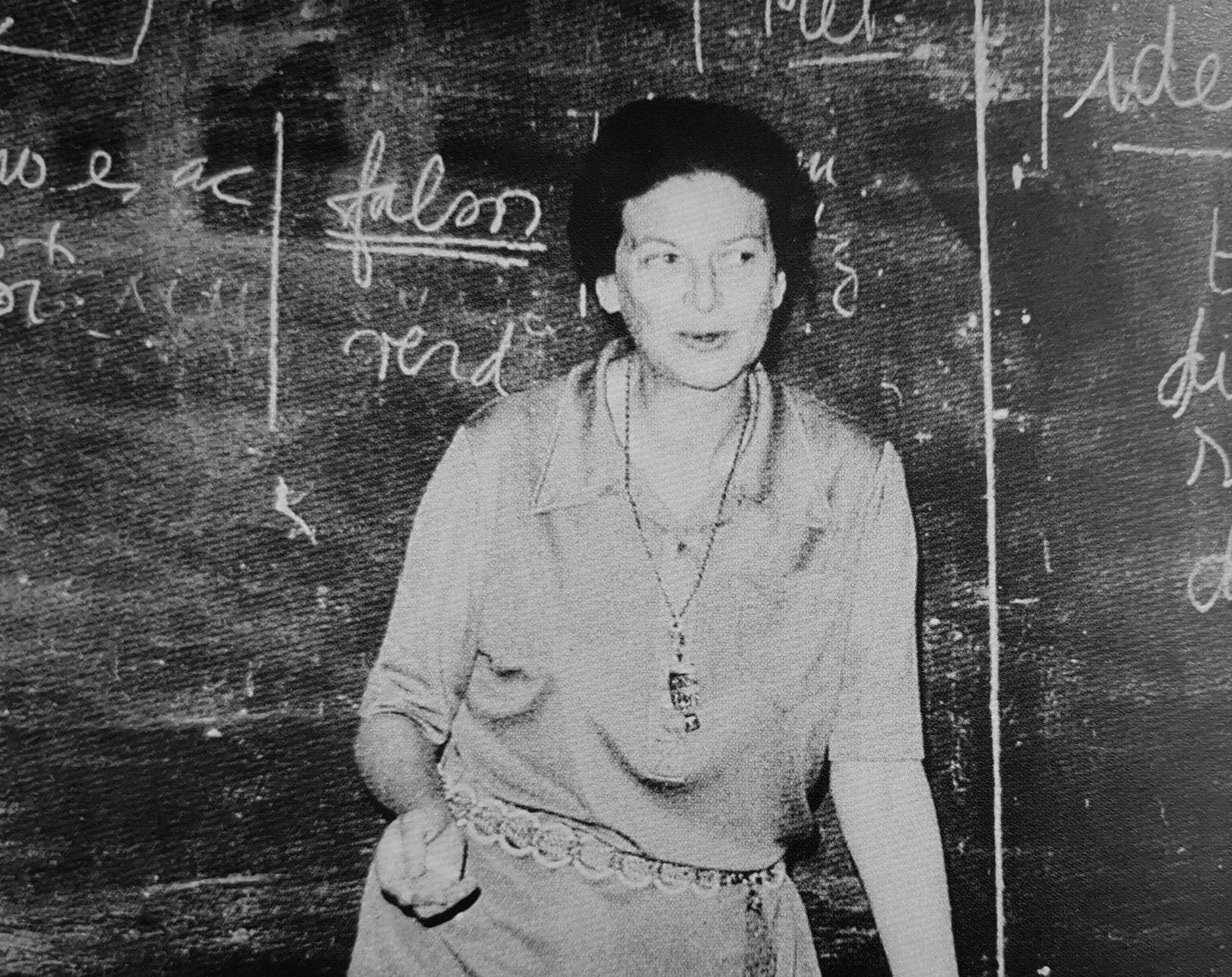
02/14/2024
ESSAYS
In her pioneering and innovative career, Marina Waisman intertwined teaching, research, and dissemination, understanding that these activities create a necessary synergy for the construction of a discipline situated in its time and context. read more -
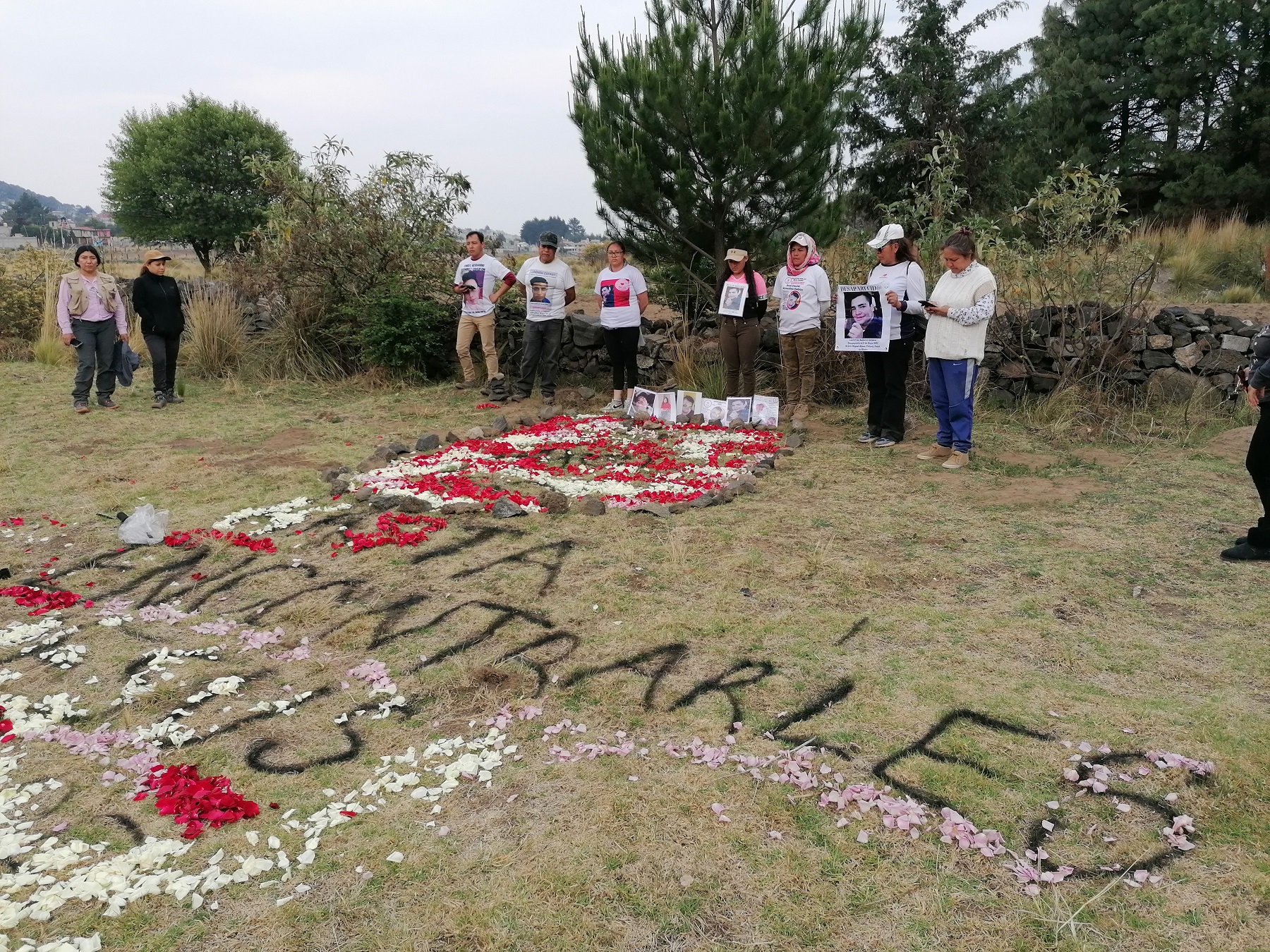
02/14/2024
MAPPINGS
The body remains inseparable from its image; the body is always its own image. But that image becomes representation only when the body that sustains it is prescinded, when the body is absent, or when the body is deprived of that which defines it as a subjective body. read more -
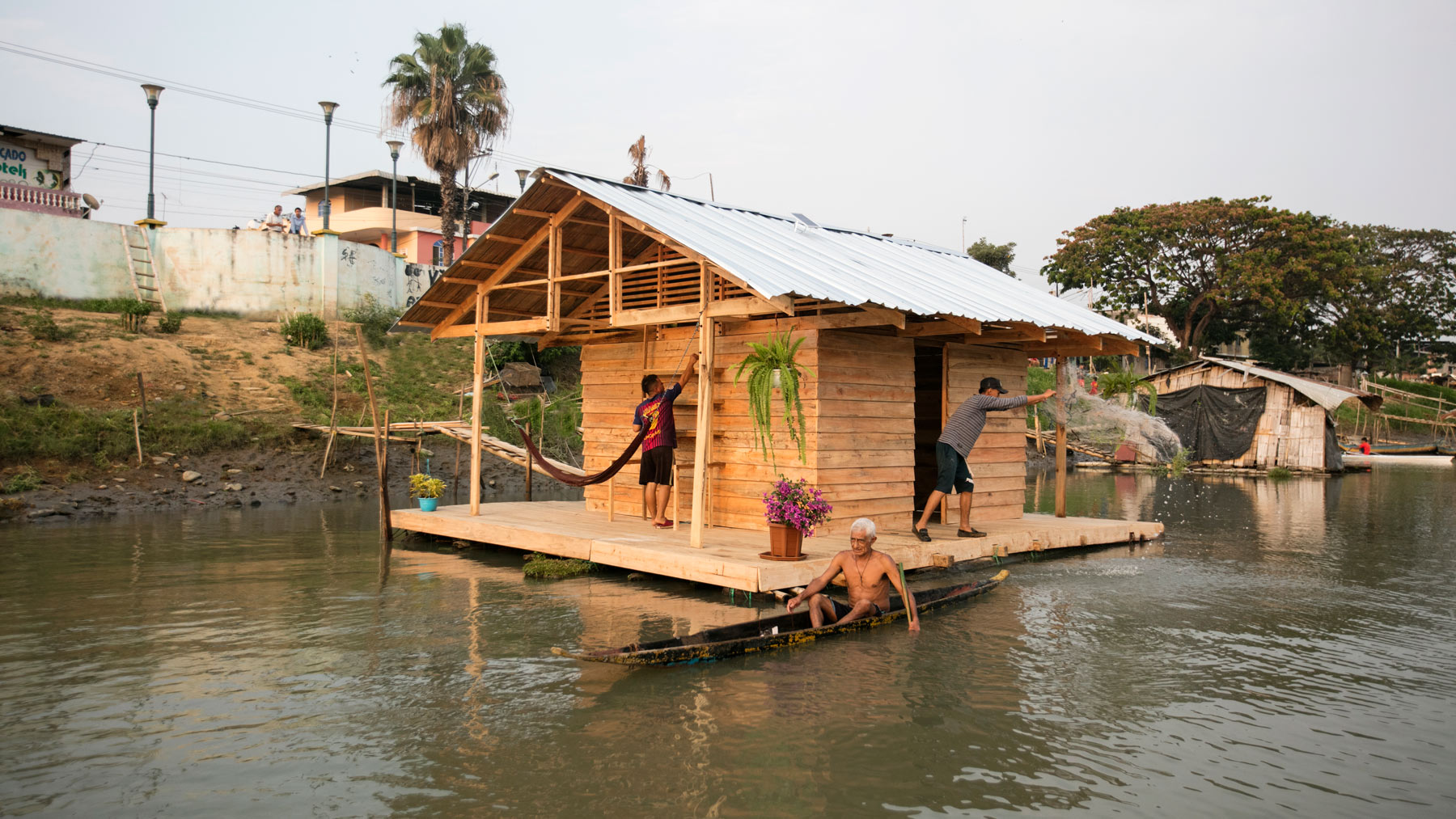
02/12/2024
PRACTICES
Their practice is based on a continuous redefinition of the collective dimension, proposing actions that generate courteous cohabitation and processes of knowledge transmission. read more -
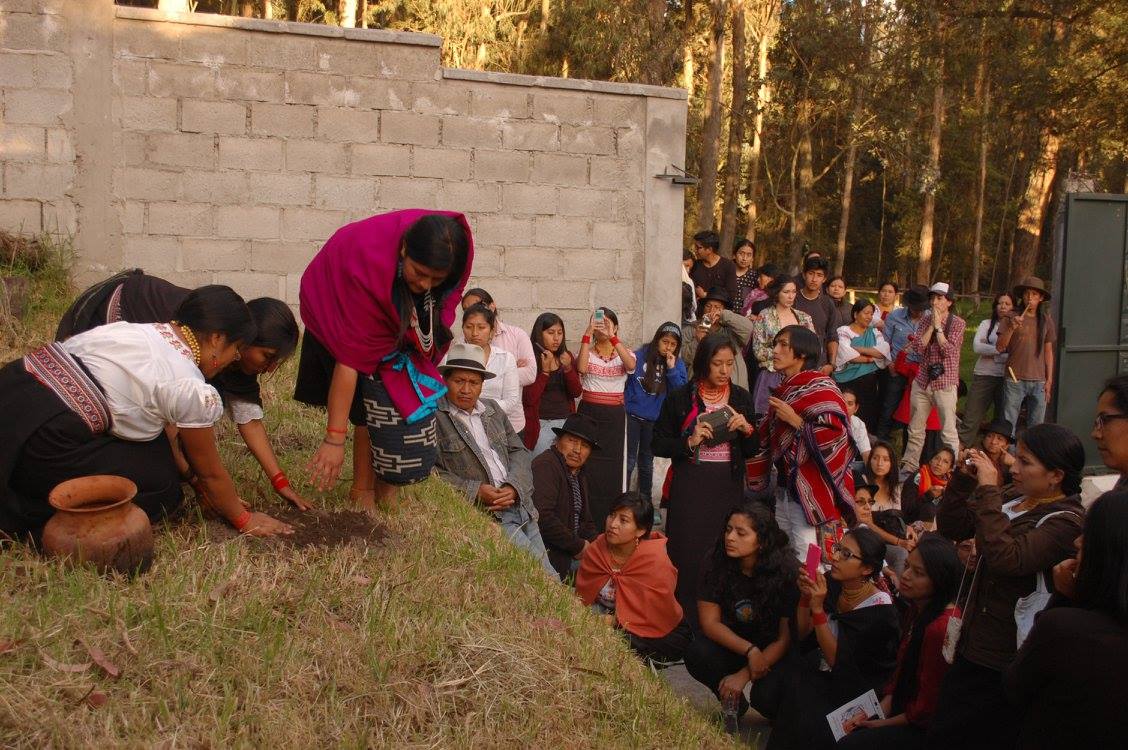
02/09/2024
CONVERSATIONS
Warmi Muyu is a collective of women artists from different indigenous peoples of Ecuador and Colombia, including the Kichwa people settled in the northern highlands of Ecuador and the Inga-Kamentsa people located in Putumayo Colombia. They understand art as a possibility to transform, propose and create new ... read more -
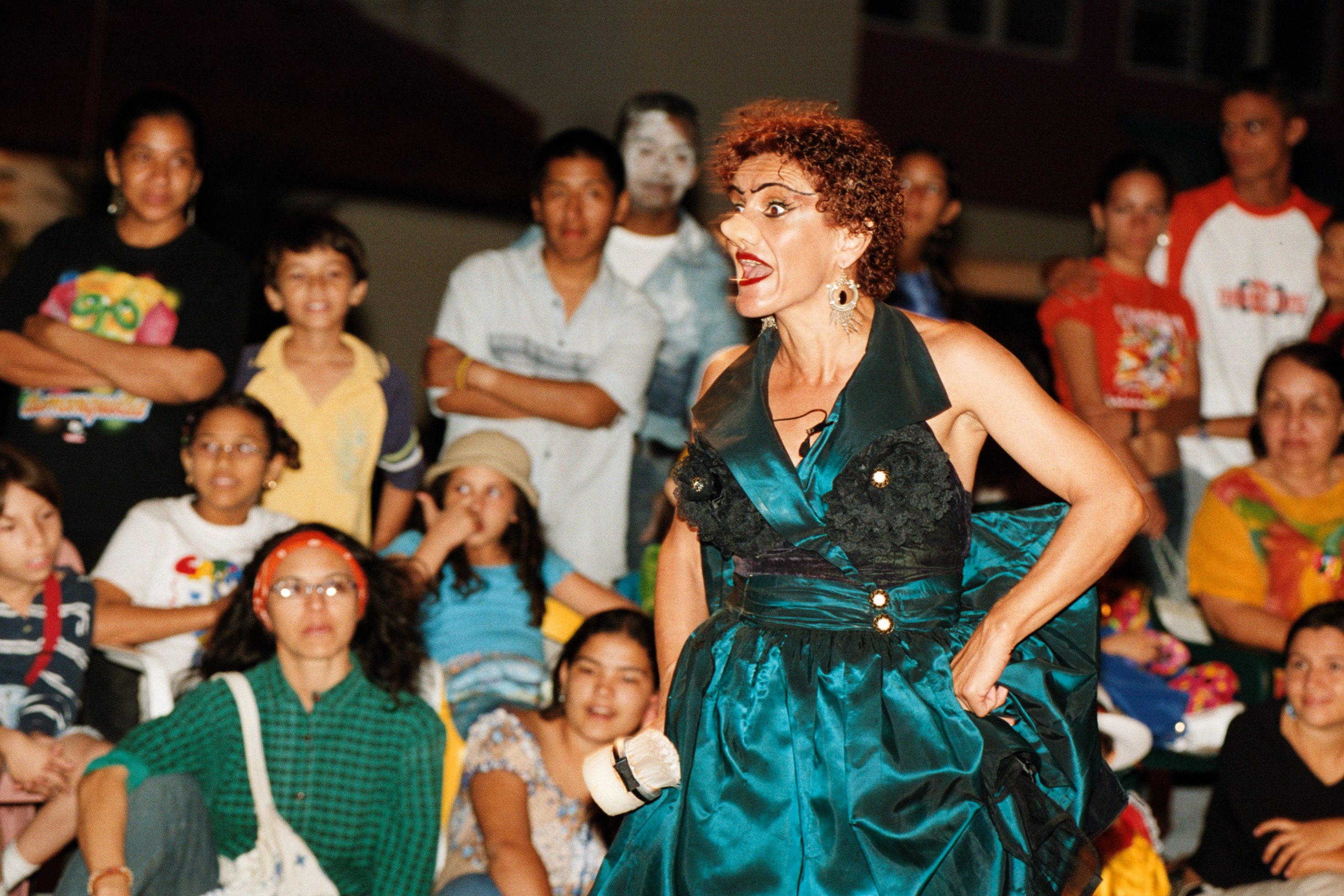
02/09/2024
MAPPINGS
Since November 2003, UNESCO declared the Carnival of Barranquilla as Oral and Intangible Heritage of Humanity. Before that year, the practices and interests of the private sector (commerce and industry) had already interfered in the arrangements of the carnival, far removed as they are from the unproductive nature and ... read more -
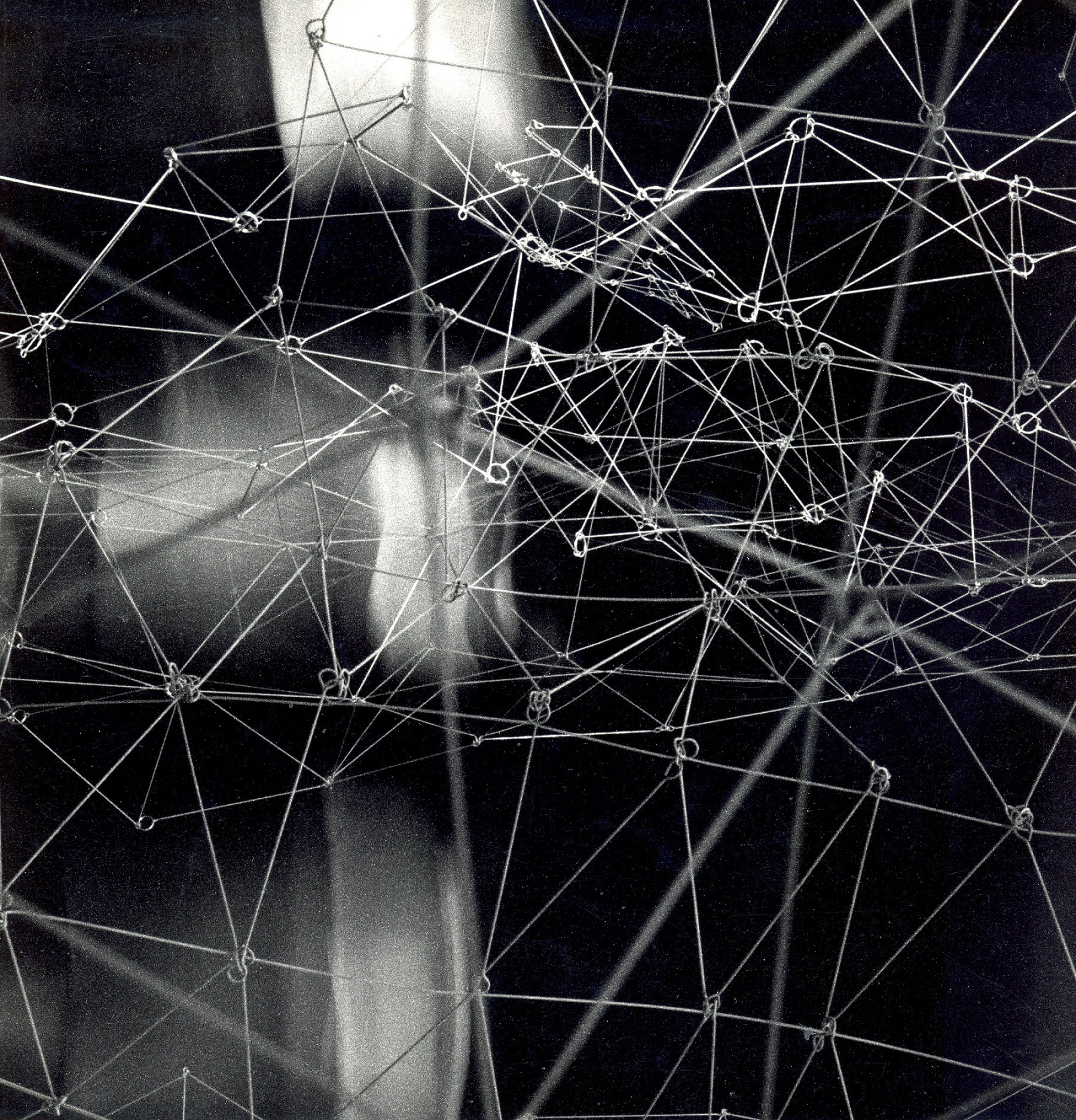
11/23/2023
ESSAYS
This text draws from Monica Amor’s book Gego: Weaving the Space In Between, New Haven: Yale University Press, 2023. read more -
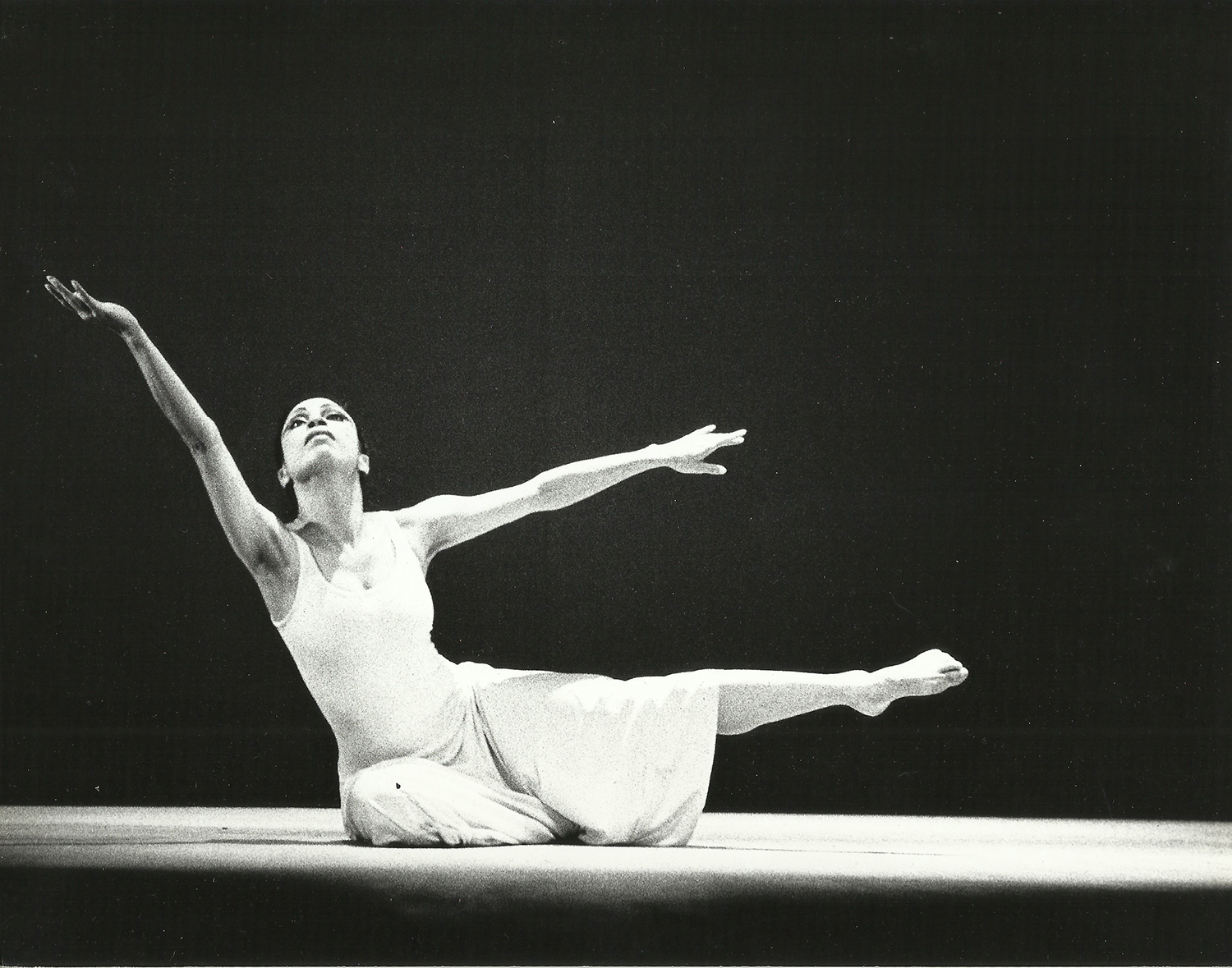
11/20/2023
ESSAYS
Because of the scope of her legacy, [...] it is urgent to analyze and reflect on her teaching contributions, since it is in this integral space where we can multiply the essence of her knowledge and perpetuate her spirit. read more -
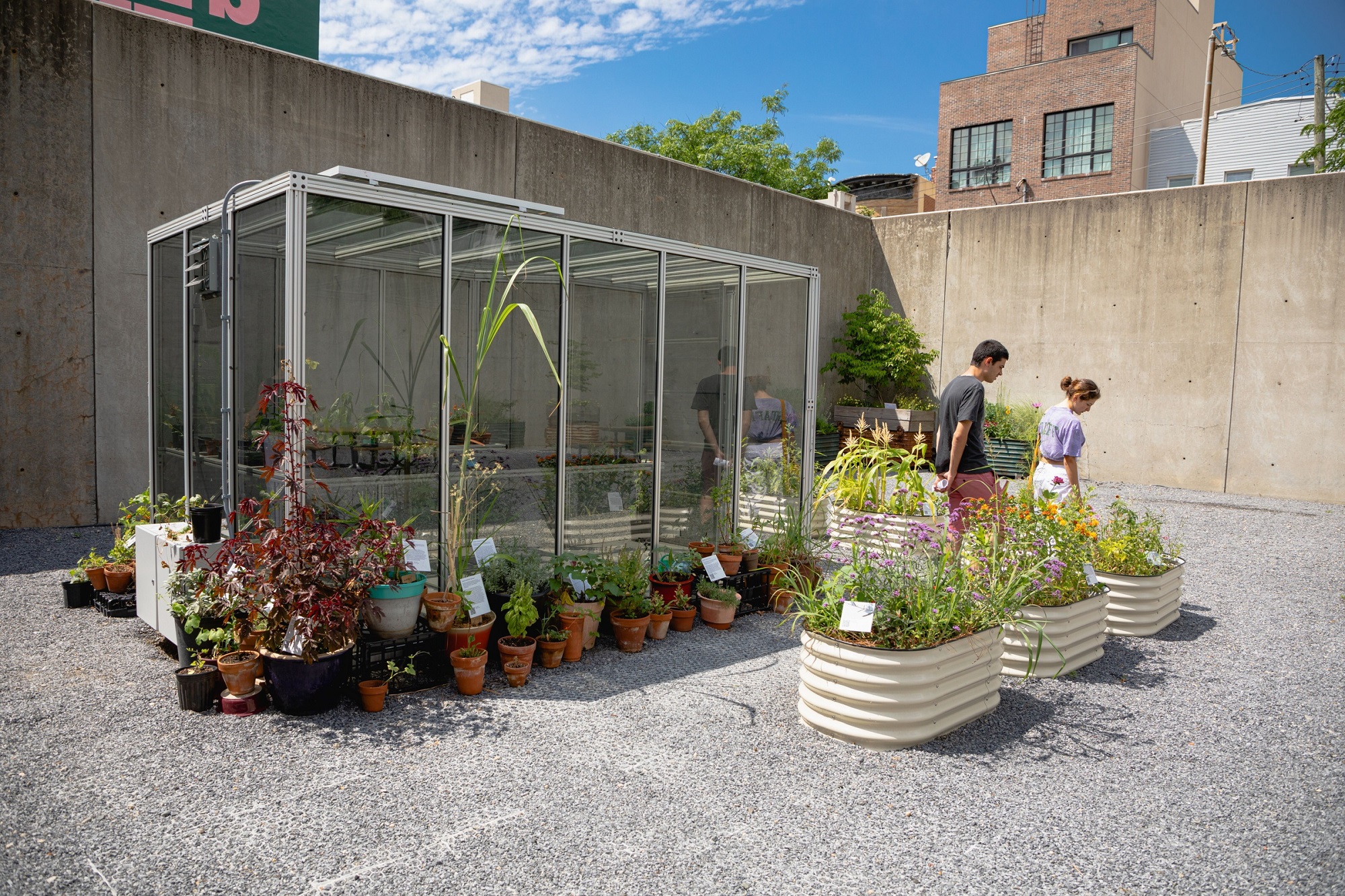
11/17/2023
PRACTICES
She was the founder of La Salita, a curatorial project dedicated to researching Latin American artists working from Latin America, the Caribbean, and their diasporas. She is currently an associate curator at MoMA PS1. read more -
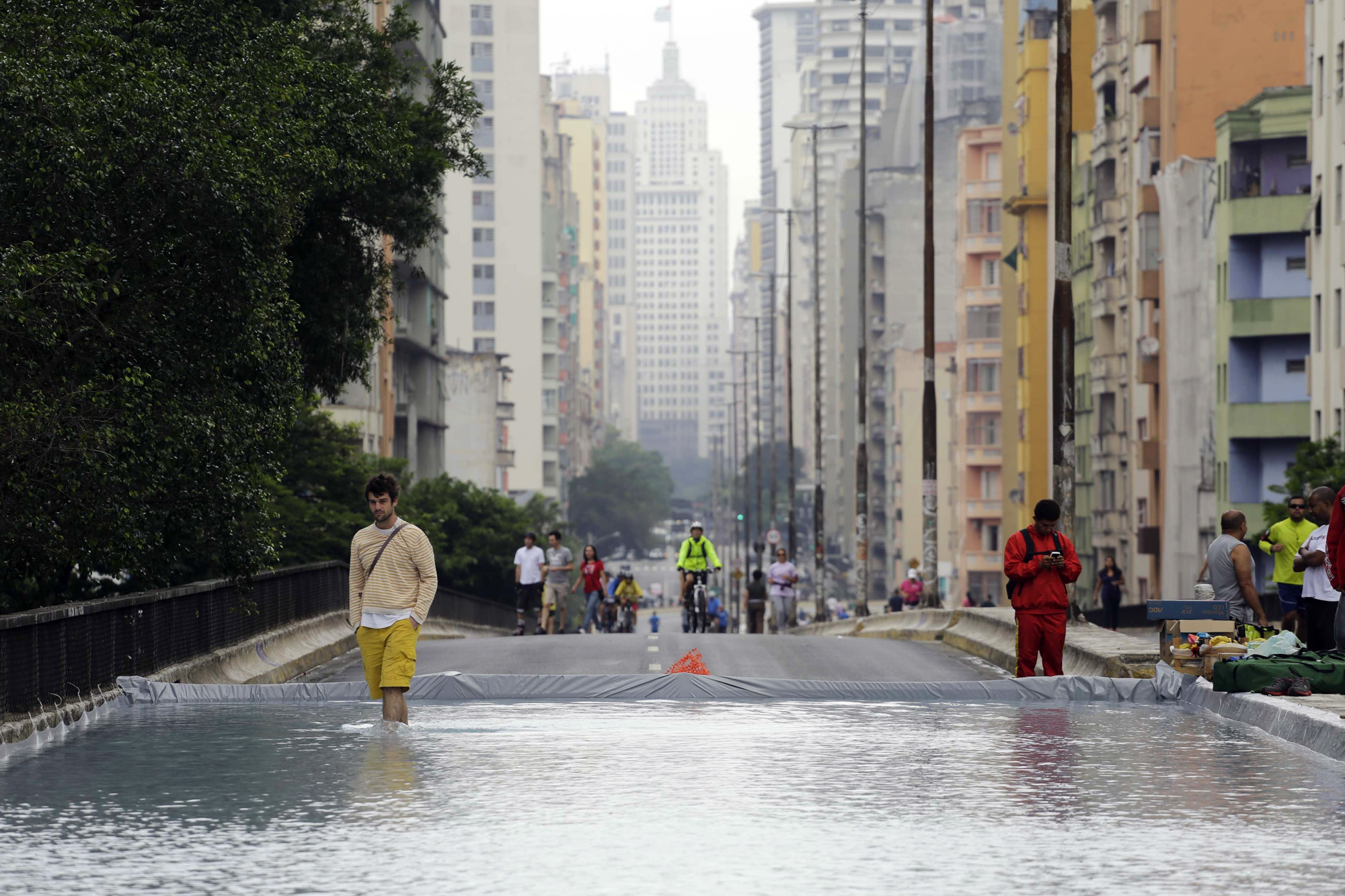
11/16/2023
CONVERSATIONS
Guilherme Wisnik is a renowned Brazilian architect, architectural critic, writer and professor. He is known for his work at the intersection of architecture, urbanism, and culture, as well as for his academic work, critical writings, and contributions to cultural and artistic debate. Wisnik has been a professor at the ... read more -
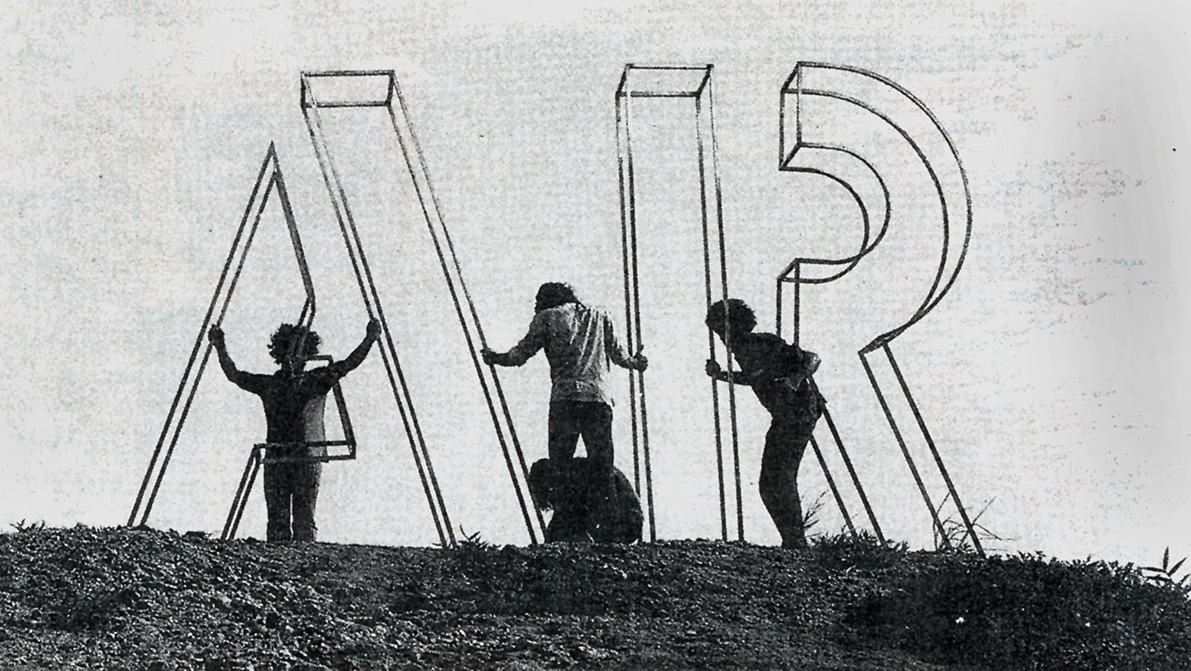
11/14/2023
ESSAYS
If the goal was to de-academize the school, it was by no means to de-intellectualize it [...] Rather than being a space dedicated to leisure, to the so-called "disorder" of the time, the EAV became an unrelenting powerhouse of artistic production, in tune with the transformations that would mark the second half of the ... read more -
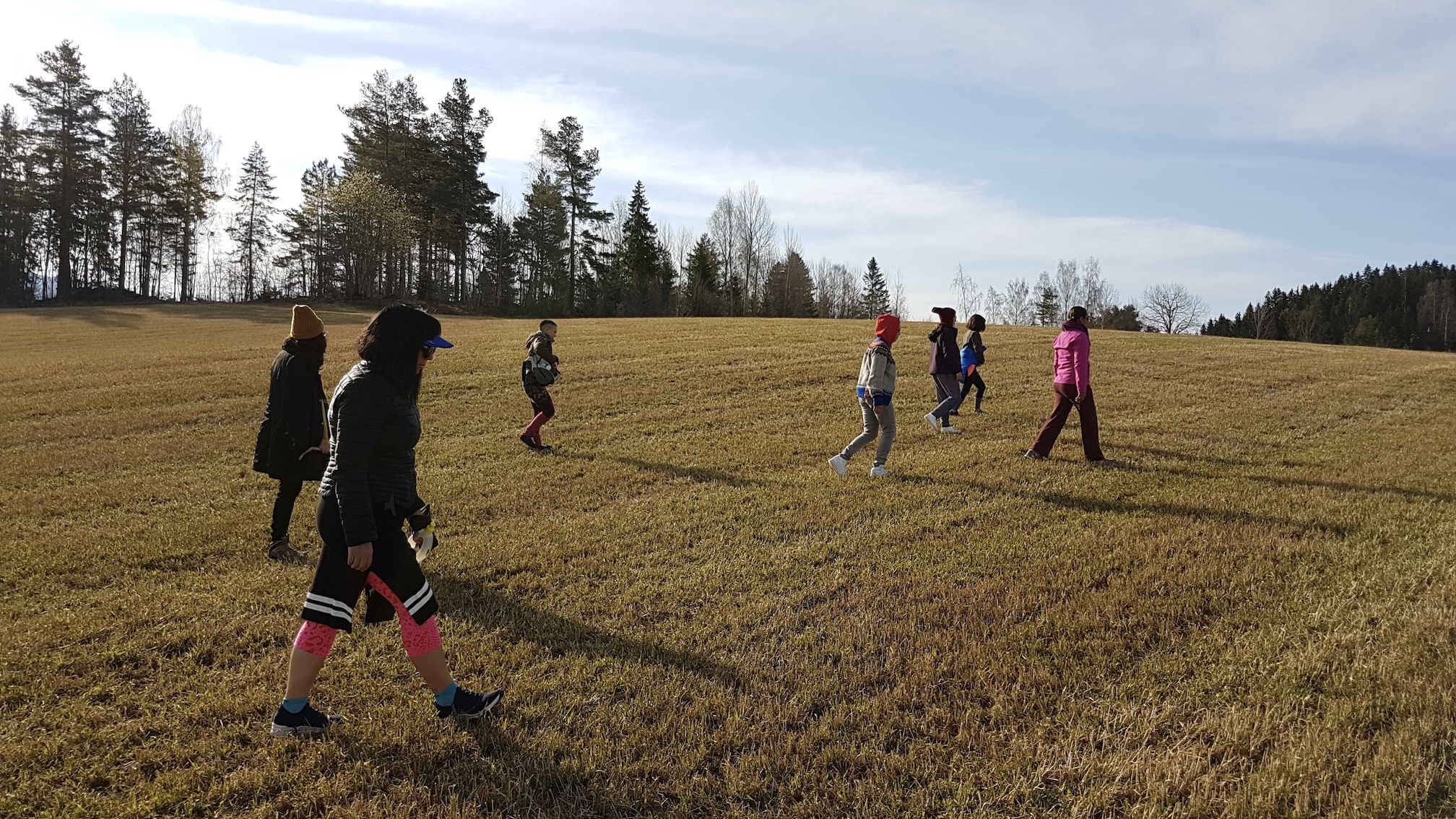
11/13/2023
MAPPINGS
What these projects [of Milo Tamez and Ximena Alarcón] have in common is the expansion of sonic thought as a node between communities and the willingness to decentralize listening, breathing as a material and affective form, and the politicization of auditory experience as a mode of action in the present. read more -

11/10/2023
MAPPINGS
I dedicate this text to him, who left us while I was writing it, but who will continue to be our guide–because, as José Miguel Wisnik said, “there is no death that can end with him.” 2 And I take the opportunity to share the feeling of philosopher Douglas Rodrigues Barros: “Today, with a theater that is increasingly ... read more -
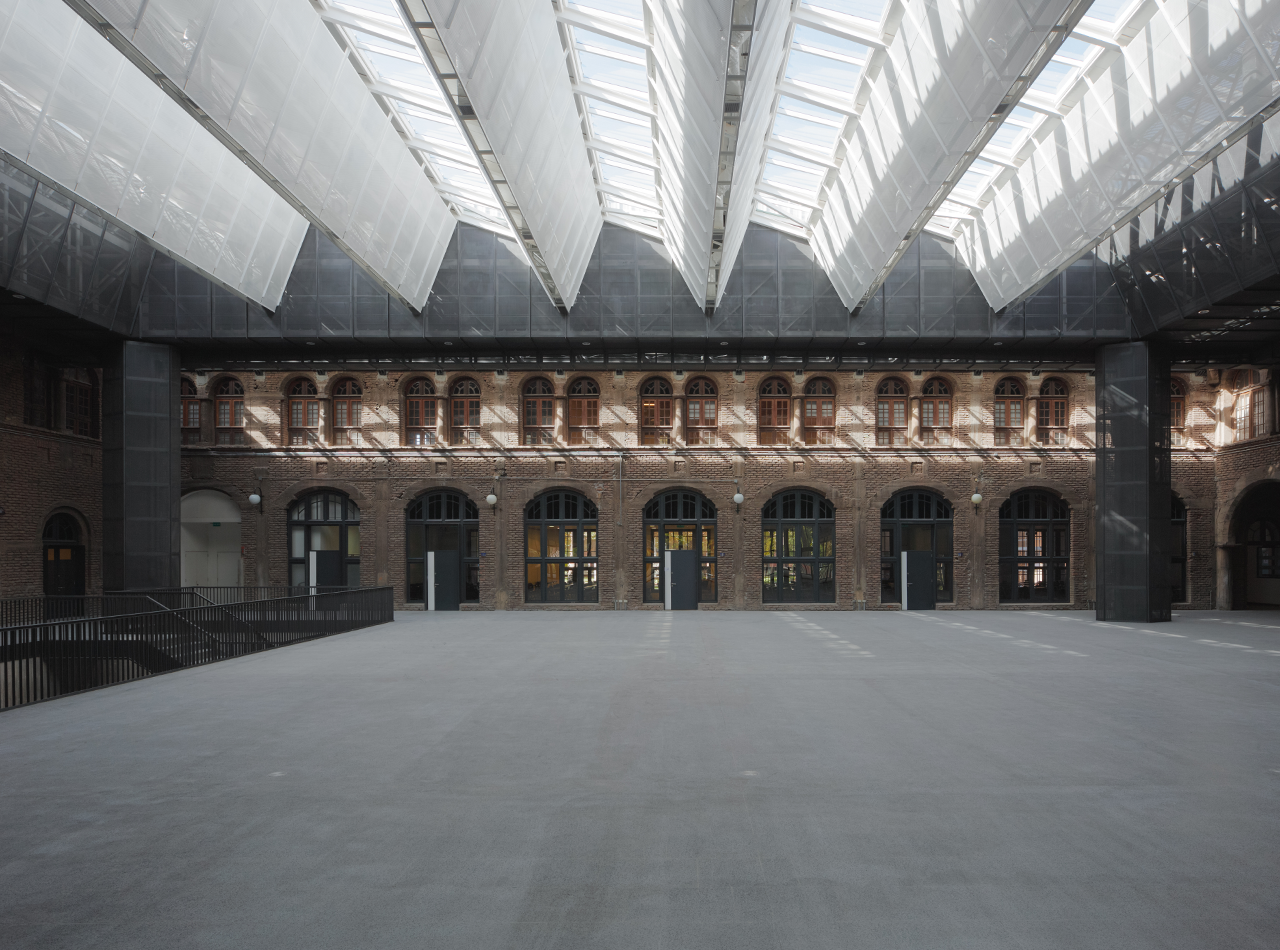
11/01/2023
CONVERSATIONS
He was director of the School of Architecture, dean of the Faculty of Architecture and Fine Arts, head of the doctoral program, and director of the Cultural Heritage program. He has developed and published extensive research on 20th-century Chilean architecture and is co-author of the fundamental book Los hechos de la ... read more -
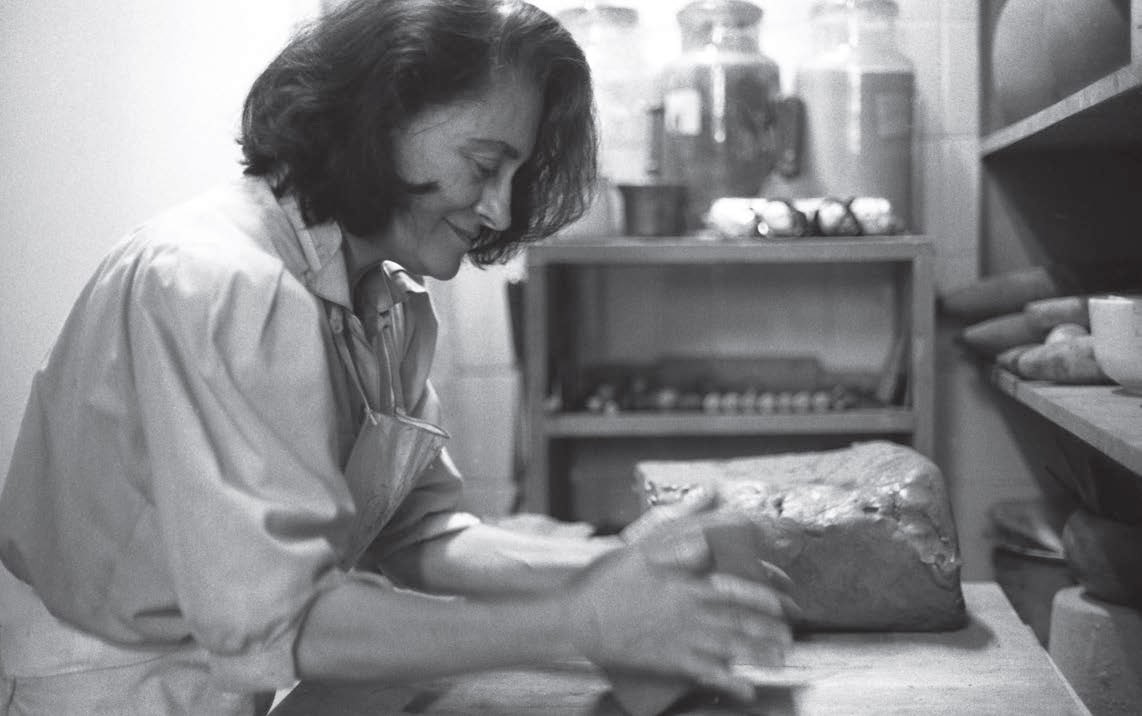
10/16/2023
ESSAYS
The emancipatory, dialogic, and experimental character of Celeida Tostes' pedagogy and its intertwining with her artistic practice remains one of the most radical examples of art education in Brazil [...] She did not seek to inculcate aesthetic standards in the students, but to help each one find their own language in ... read more -

10/14/2023
PRACTICES
No hacer nada is an artistic / curatorial / editorial duo, formed by artists Daniela Flores Arias (Mexico City, 1994) and Carmen Huízar (Colotlán, Jalisco, Mexico, 1995) that has operated since 2015 based in Mexico City. Its main objective is to generate collaborations with other artists, curators, editors, and ... read more -
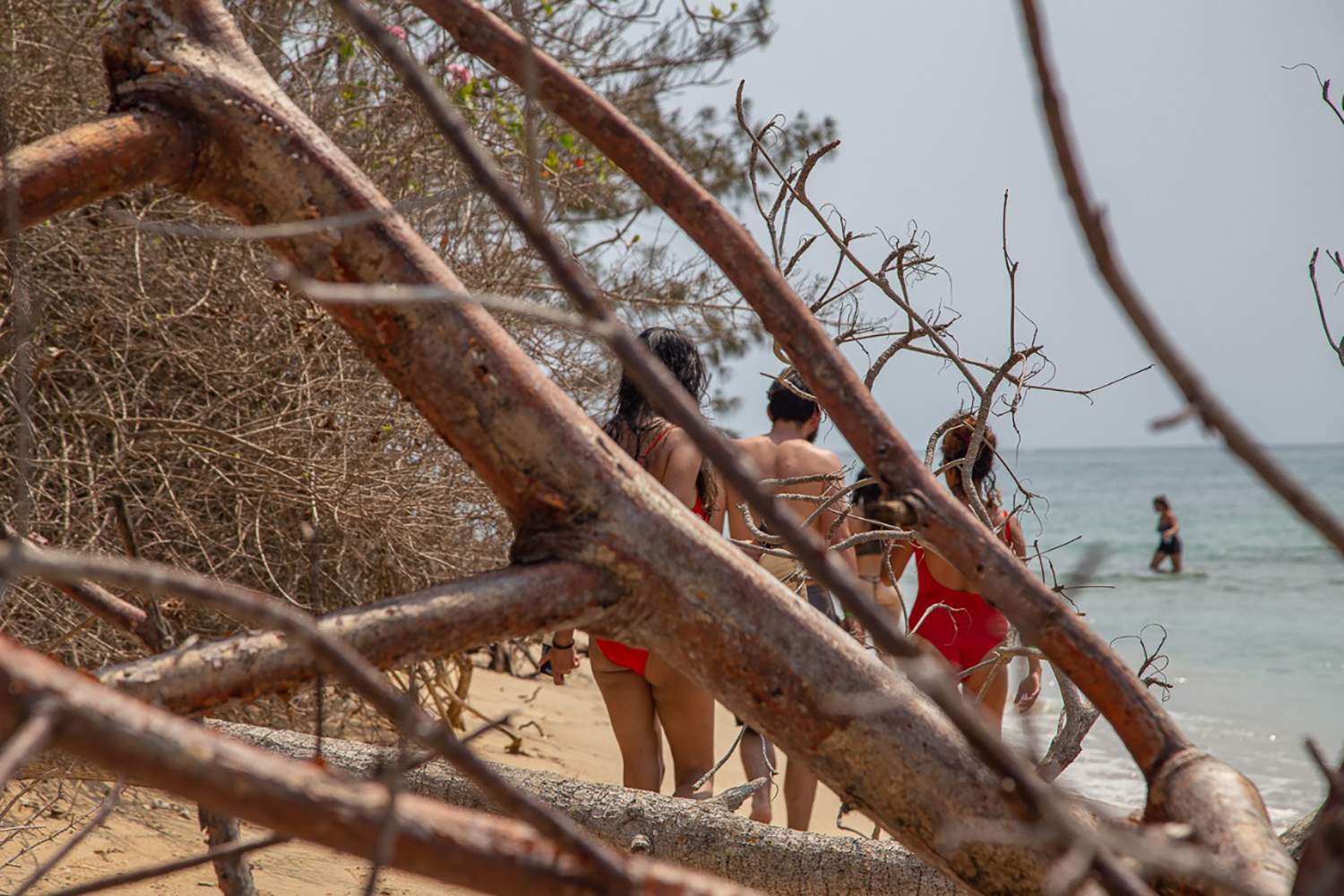
10/12/2023
MAPPINGS
For this mapping, I will talk about four projects: Bruma laboratoria, Ensayo en Sitio, Vivero de Tebanca’s Topote de Acahual, and A la Vera Editorial [...] groups that work with self-education and the questioning of the colonizing forms of progress and order imposed during the last century. read more -
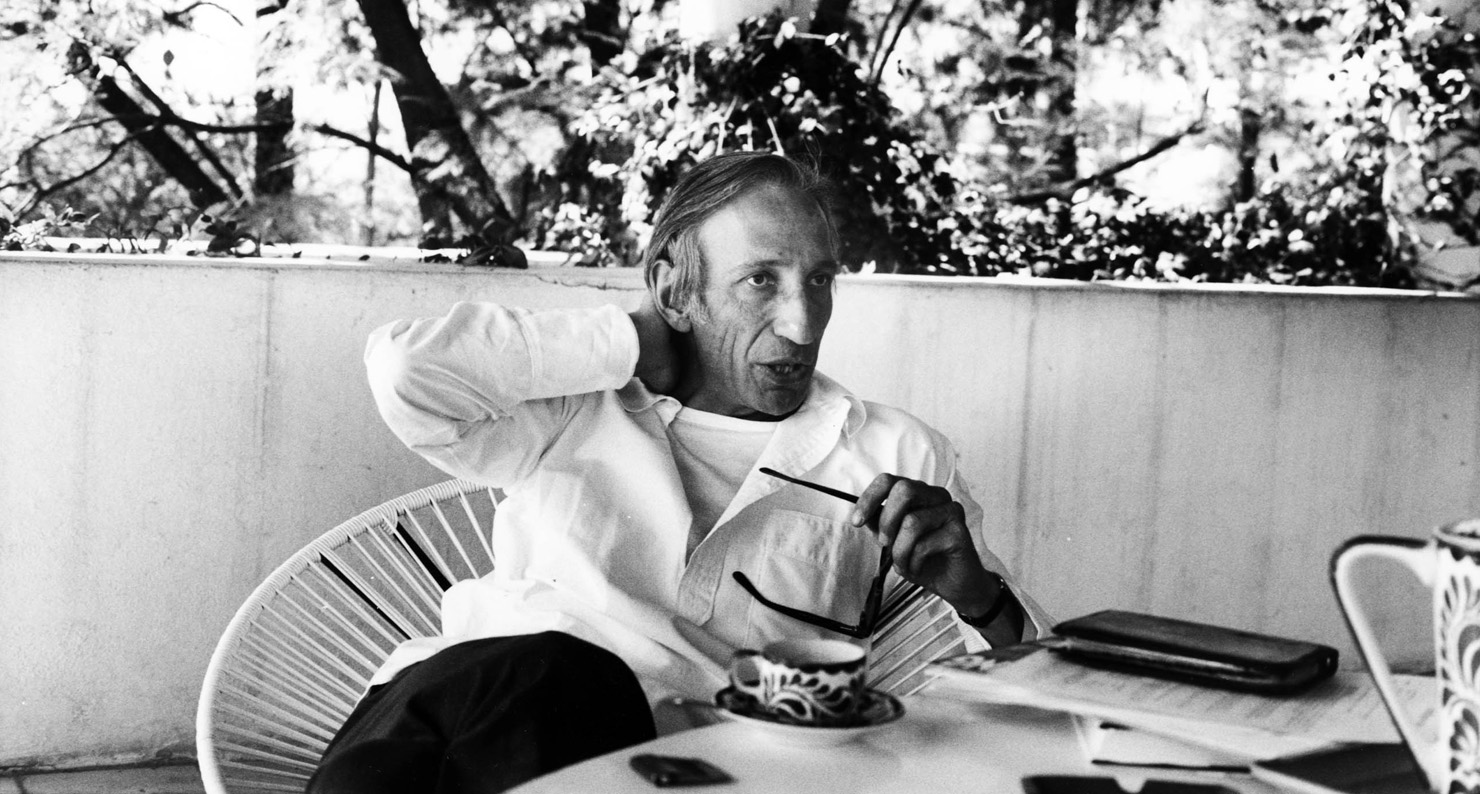
10/10/2023
ESSAYS
In the sound of what Illich calls 'communities of mumblers,’ we can hear forms of societies that are more flexible, more undisciplined, connected in less hierarchical ways, and more inclined to form what he also calls in Deschooling Society 'threads of learning.' read more -
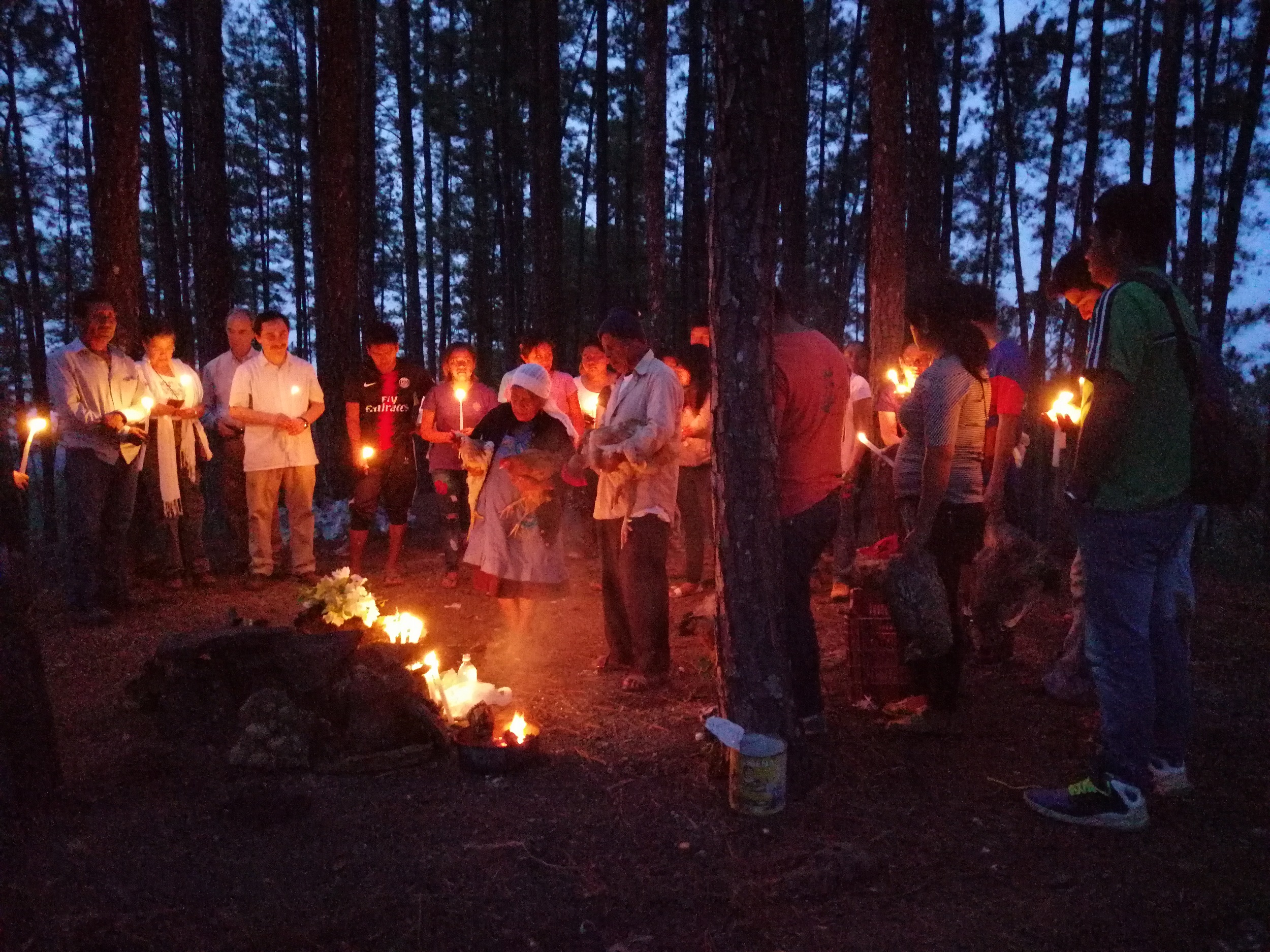
10/03/2023
MAPPINGS
Since the so-called 'indigenous awakening,' the people of the communities have established new routes of defense, production, and reproduction of communal community life. This has given rise to attempts to make new scientific paths and generate what could be called a communal epistemology. read more -

10/01/2023
CONVERSATIONS
The work of the Chilean critic and essayist Nelly Richard has played a significant role in the reflexive formation of artists and scholars of the arts in the Americas. Although not directly involved in teaching, she has authored numerous publications and directed several spaces for critical thinking. In this ... read more -
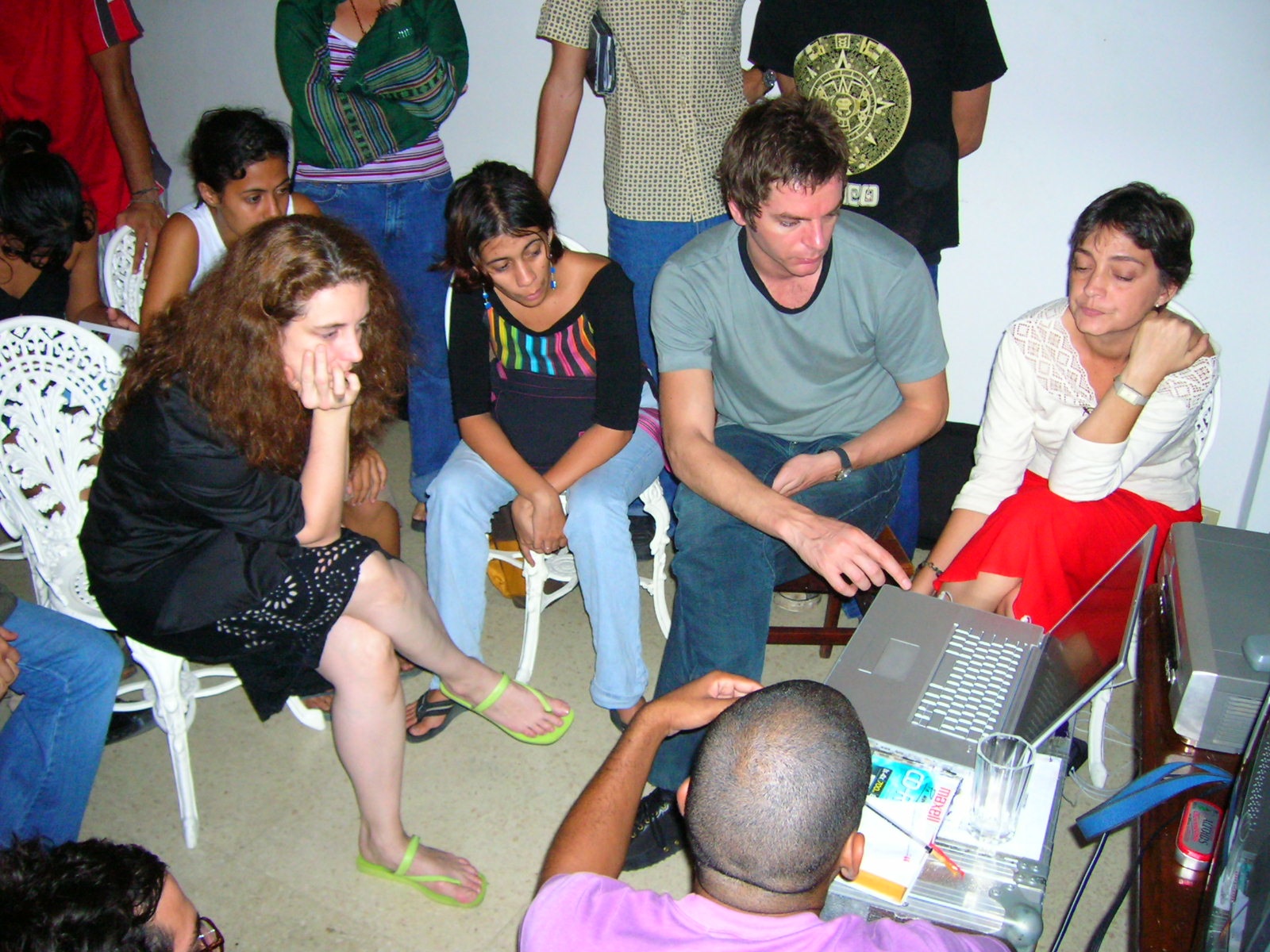
08/22/2023
CONVERSATIONS
His extensive trajectory as a scholar of Latin American art and its insertion in global dynamics poses an open perspective framed in the notions of "openness, diversity, and flows." In this context, he points out the potentiality of a “liquid pedagogy.” read more -
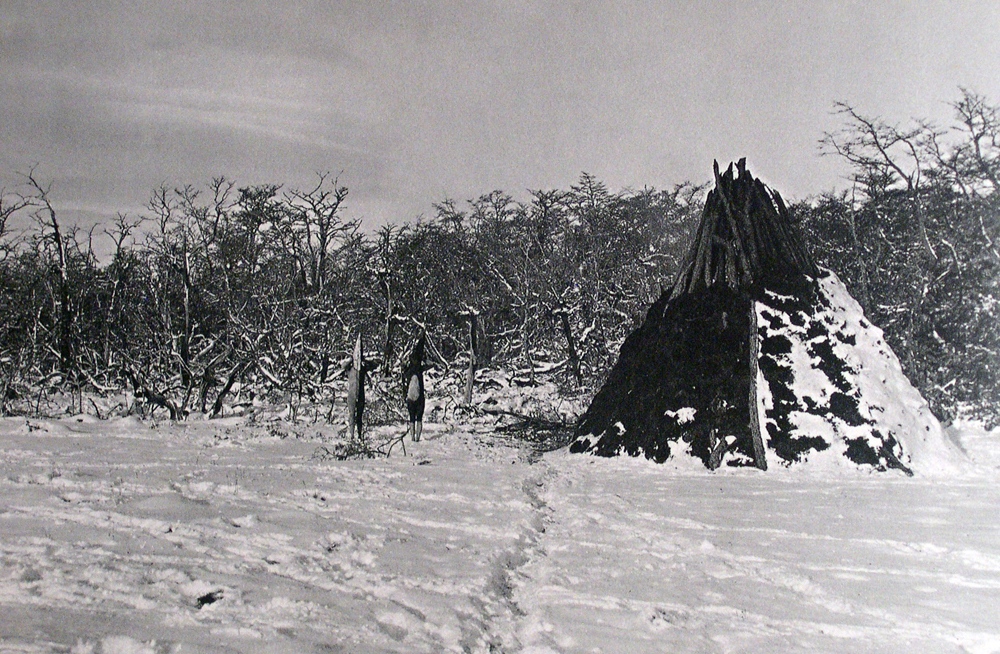
08/20/2023
MAPPINGS
Architecture, compared to other fields of knowledge, presents codes and procedures that are different from the common reference mechanisms of science. Normally, the production of knowledge requires the incorporation of previously developed theories, evidence, studies and experiences, these being the ones that define ... read more -

08/18/2023
ESSAYS
The need to eliminate any vestige of the dictatorial ideology led him to summon intellectuals, poets and other artists to bring art, culture and thought to the peripheral neighborhoods of the city, under a maxim that would determine his cultural production forever: to change the spectator people into a creative people. read more -
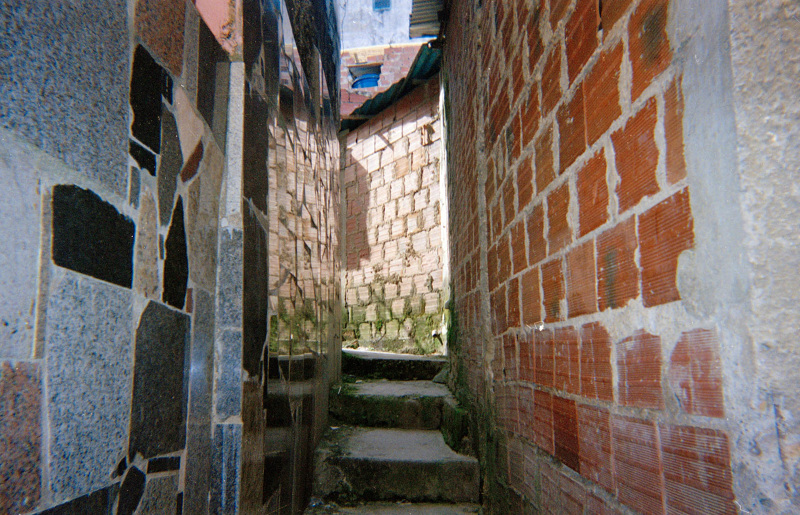
08/14/2023
PRACTICES
Assuming different roles and enunciative instances, artist-psychologist Diana Rangel (Caracas, Venezuela, 1987) addresses the relationship between art and mental health. Her work proposes a reflection on pedagogical processes in which the subjective construction and the search for individuation are configured among ... read more -
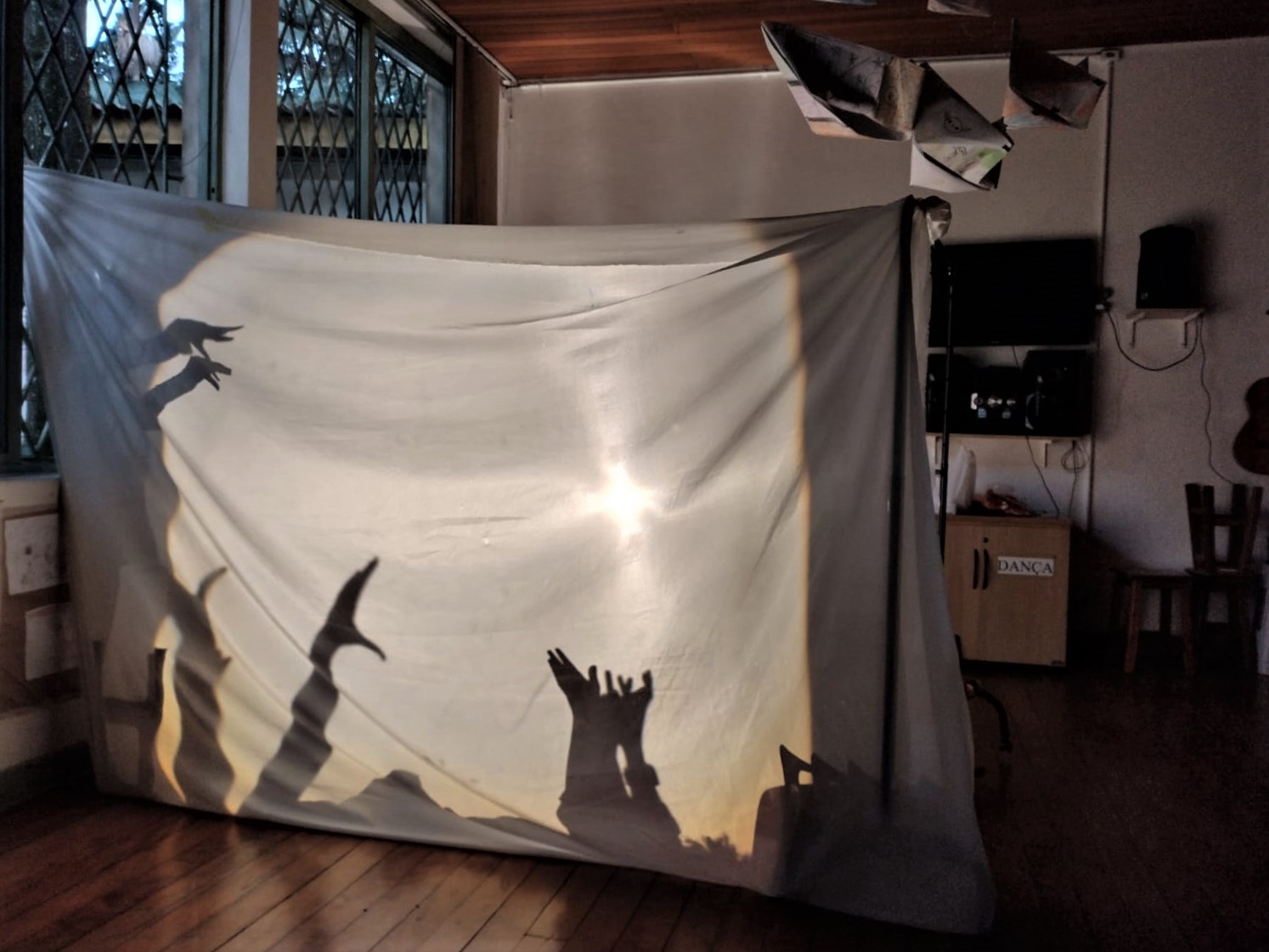
08/12/2023
MAPPINGS
Television, books, entertainment, sounds, spatialities, visuals, movements. These instances acting together cooperate for the perception of these relationships. The children will feel where their existence is "given" by disgust and when it will be welcomed as power and beauty. All this goes through the skin, reaching ... read more -
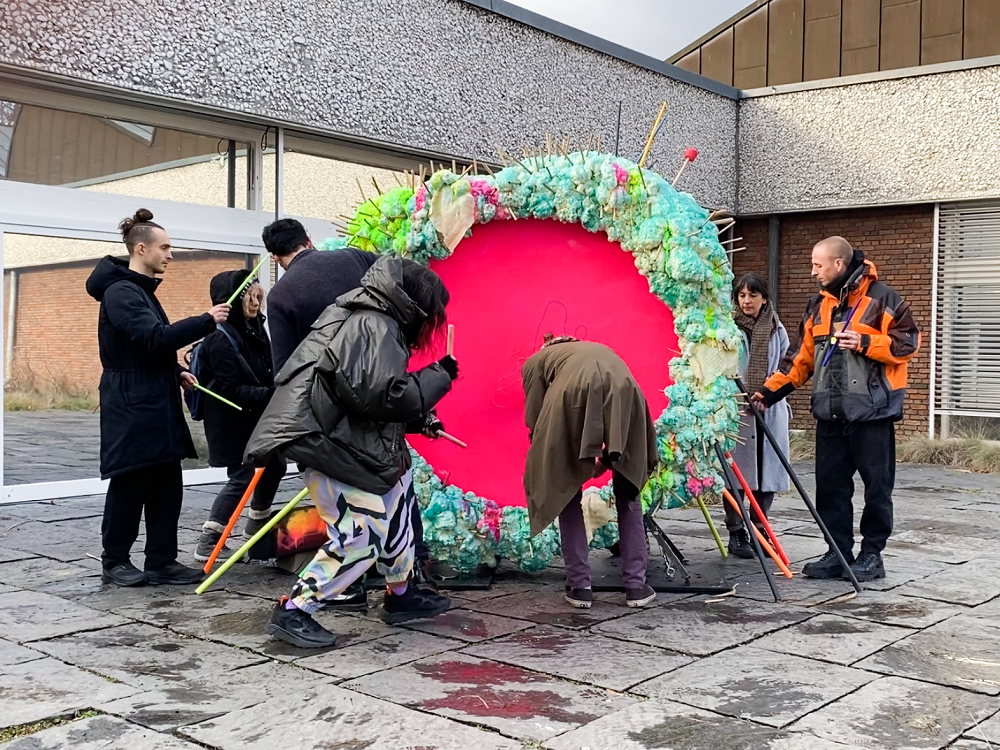
08/11/2023
PRACTICES
Nicole L’Huillier (Santiago, Chile, 1985) is a transdisciplinary artist and researcher whose practice centers on exploring sounds and vibrations as construction materials to delve into questions of agency, identity, collectivity, and the activation of a vibrational imagination. Her work materializes through ... read more -
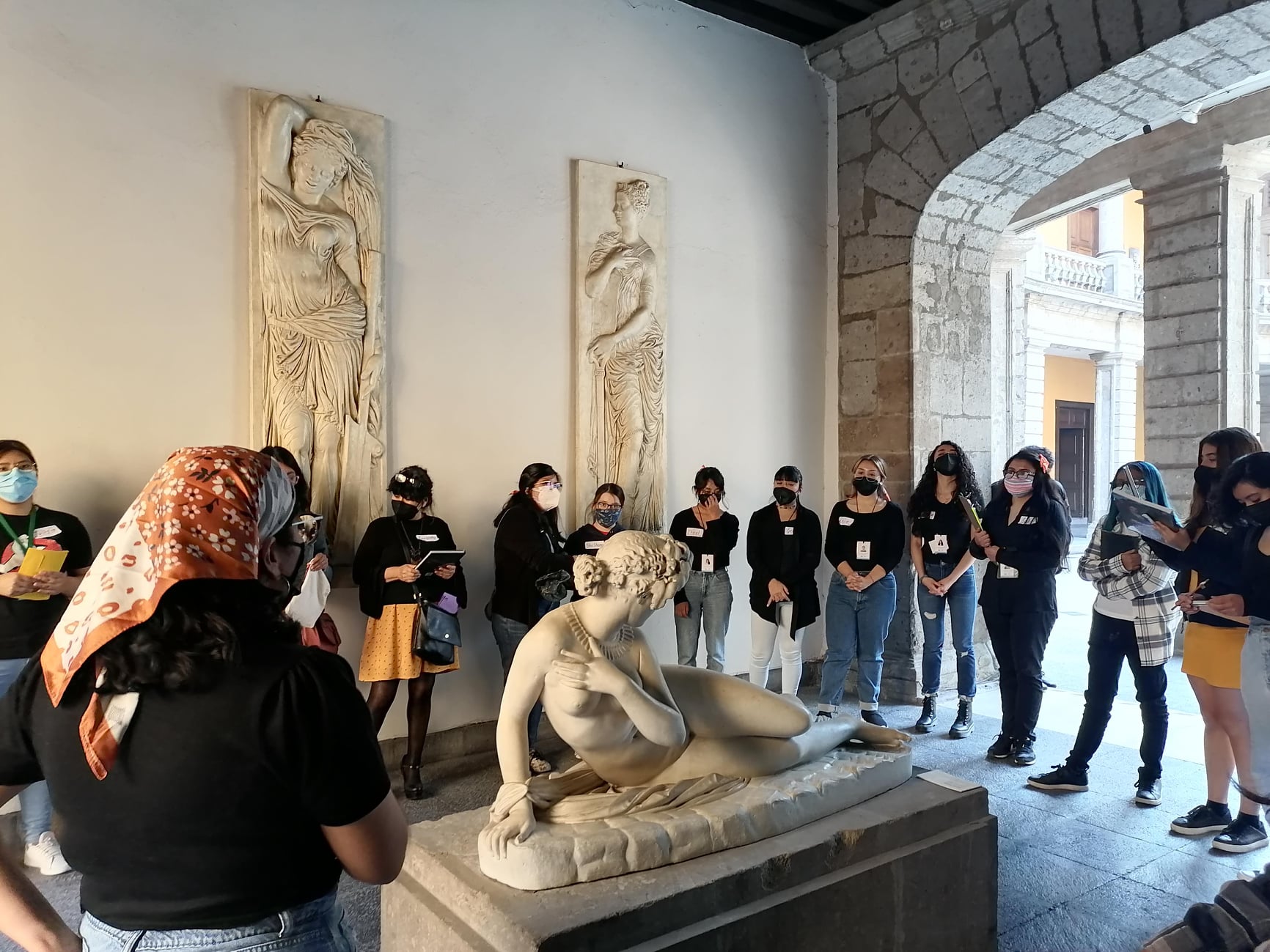
08/10/2023
CONVERSATIONS
Paola Eguiluz (Ecatepec, Mexico, 1986) Visual artist, curator, and art historian. She holds a degree in Visual Arts from the Universidad Autónoma de Querétaro, and an MA in Art History in the field of Curatorial Studies at UNAM. Her lines of work and research address issues such as peripheries, the body, decentralized ... read more -
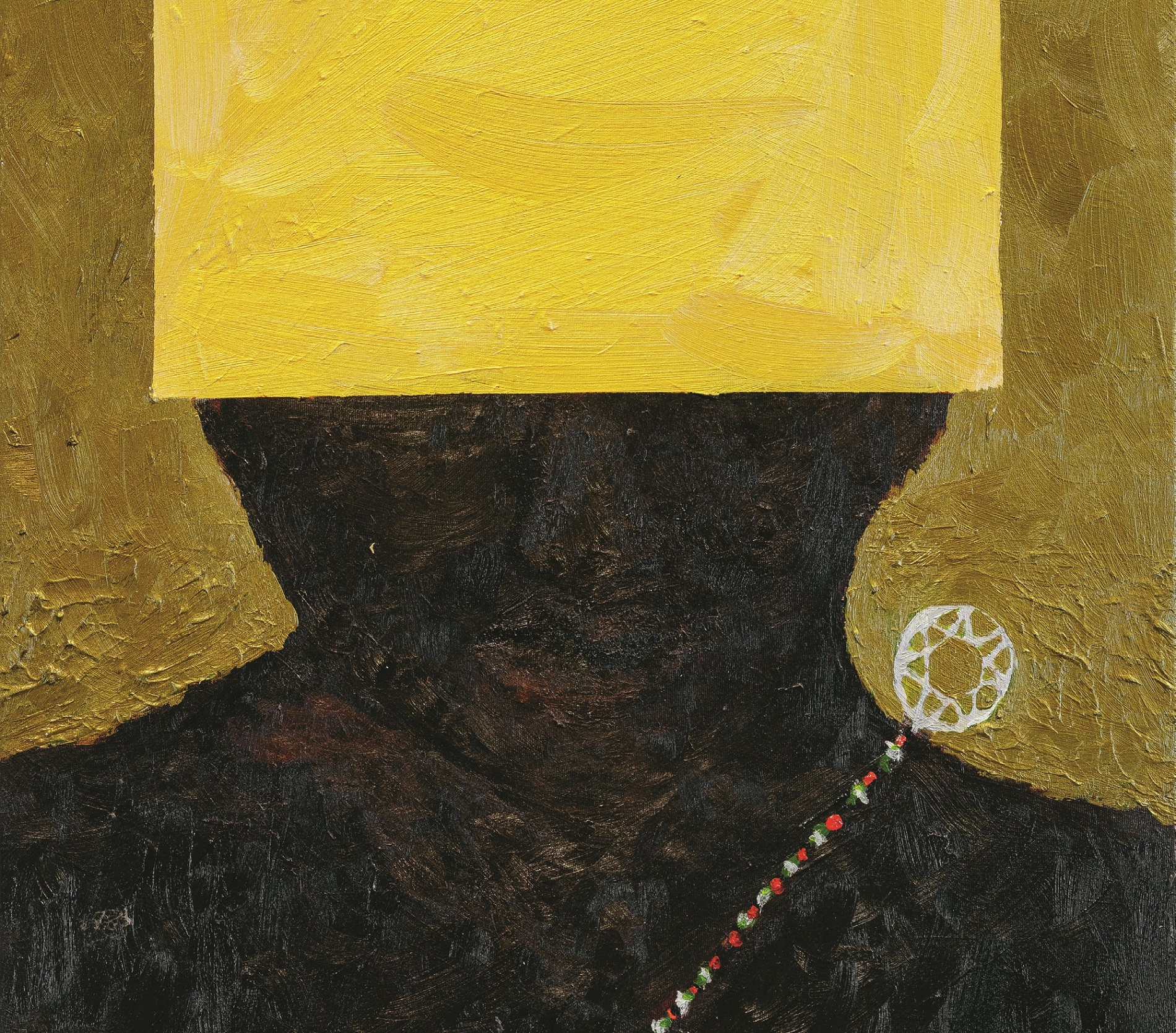
08/06/2023
ESSAYS
The effort to give someone a face is an endless movement, an action that is not exhausted because that man represented would be a glimpse of the portrait of that king that does not circulate in a single body and emits echoes. read more -
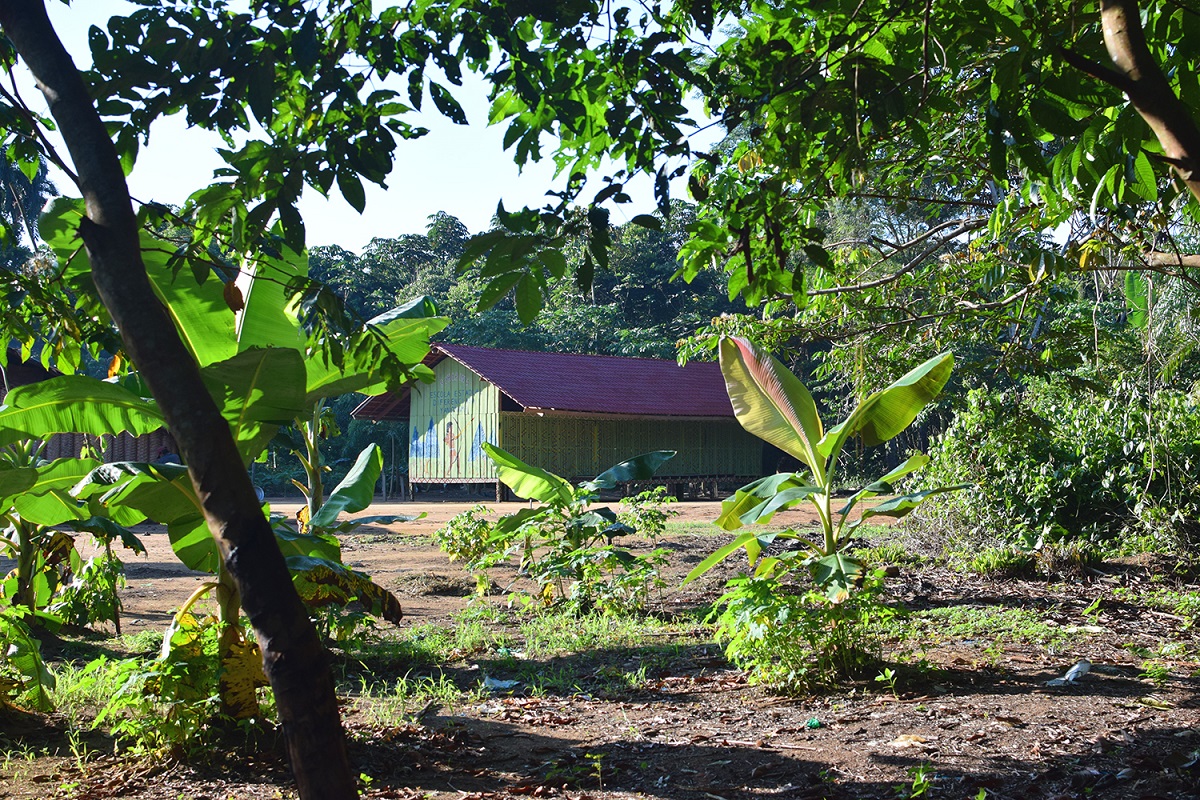
07/15/2023
MAPPINGS
As much as the school, architecture itself also served colonialism as a civilizing instrument, so, together with the Yanomami people, we were incited to think about how we could make it serve the interests of the communities. read more -
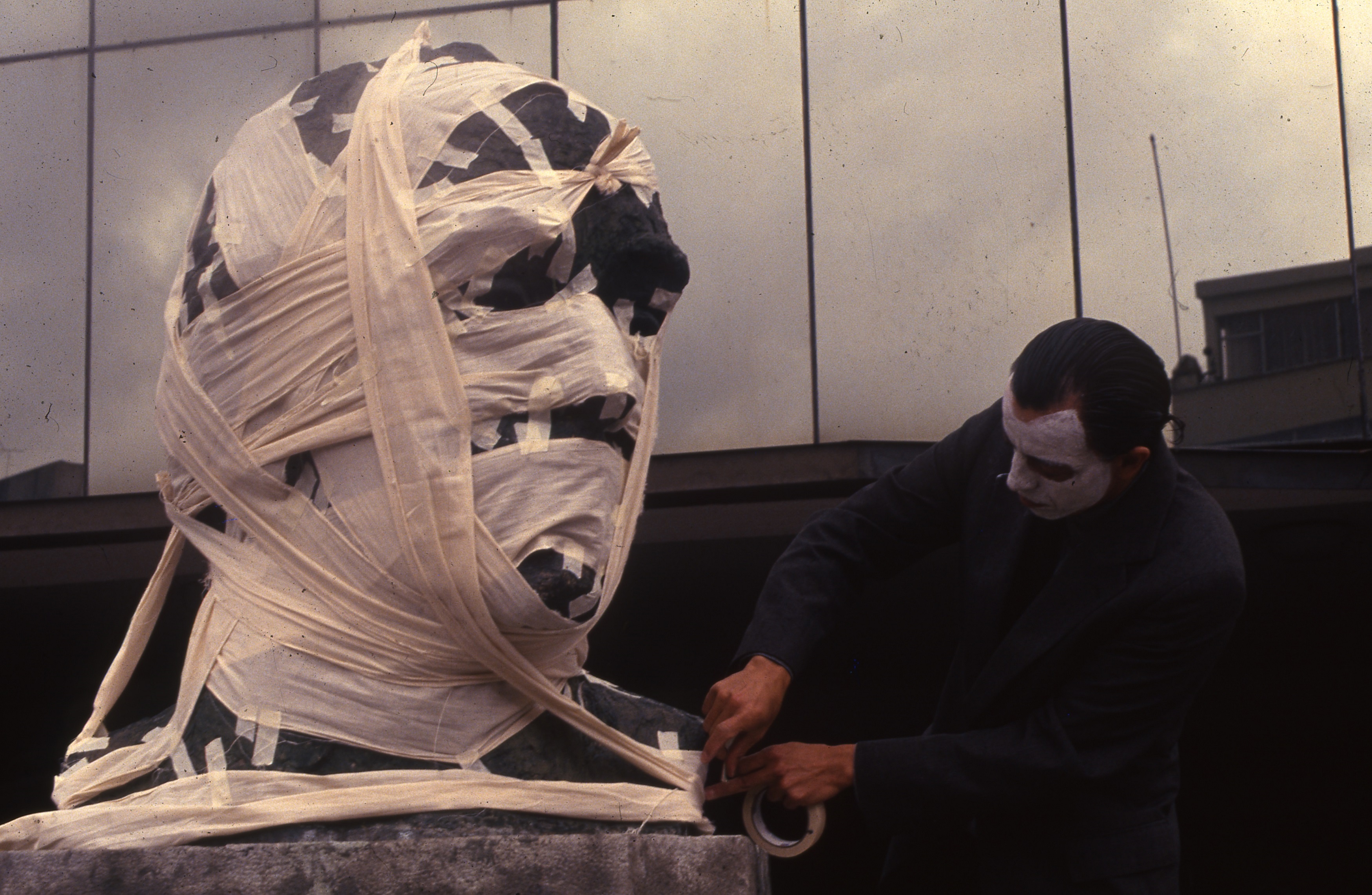
07/13/2023
ESSAYS
Barriga's imprint has to do with ideas and postures, not with a style [...] It is only in the last two decades that research has been carried out that situates the importance of his work for the renewal of the artistic field, placing it as an antecedent of art, and community practices. read more -
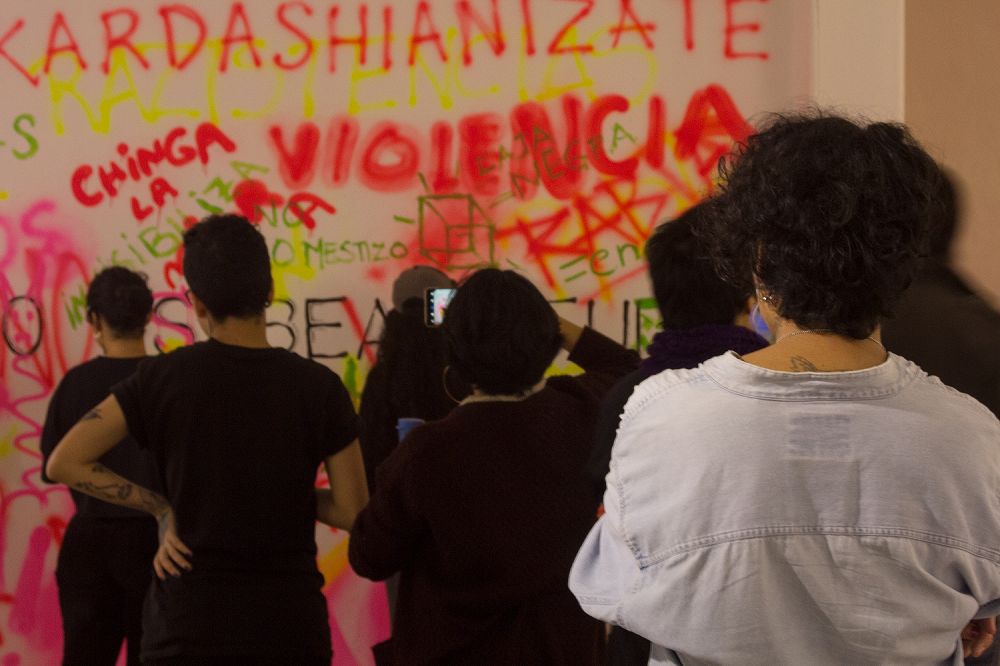
07/12/2023
CONVERSATIONS
danie valencia sepúlveda (Ayutla, Jalisco, Mexico, 1990) Herrorist, educator, researcher, cultural programmer, and independent translator. They initiated the Círculo Permanente de Estudios Independientes (CIPEI), a counter-pedagogical research platform that, among other projects, runs the ongoing de-formative course ... read more -
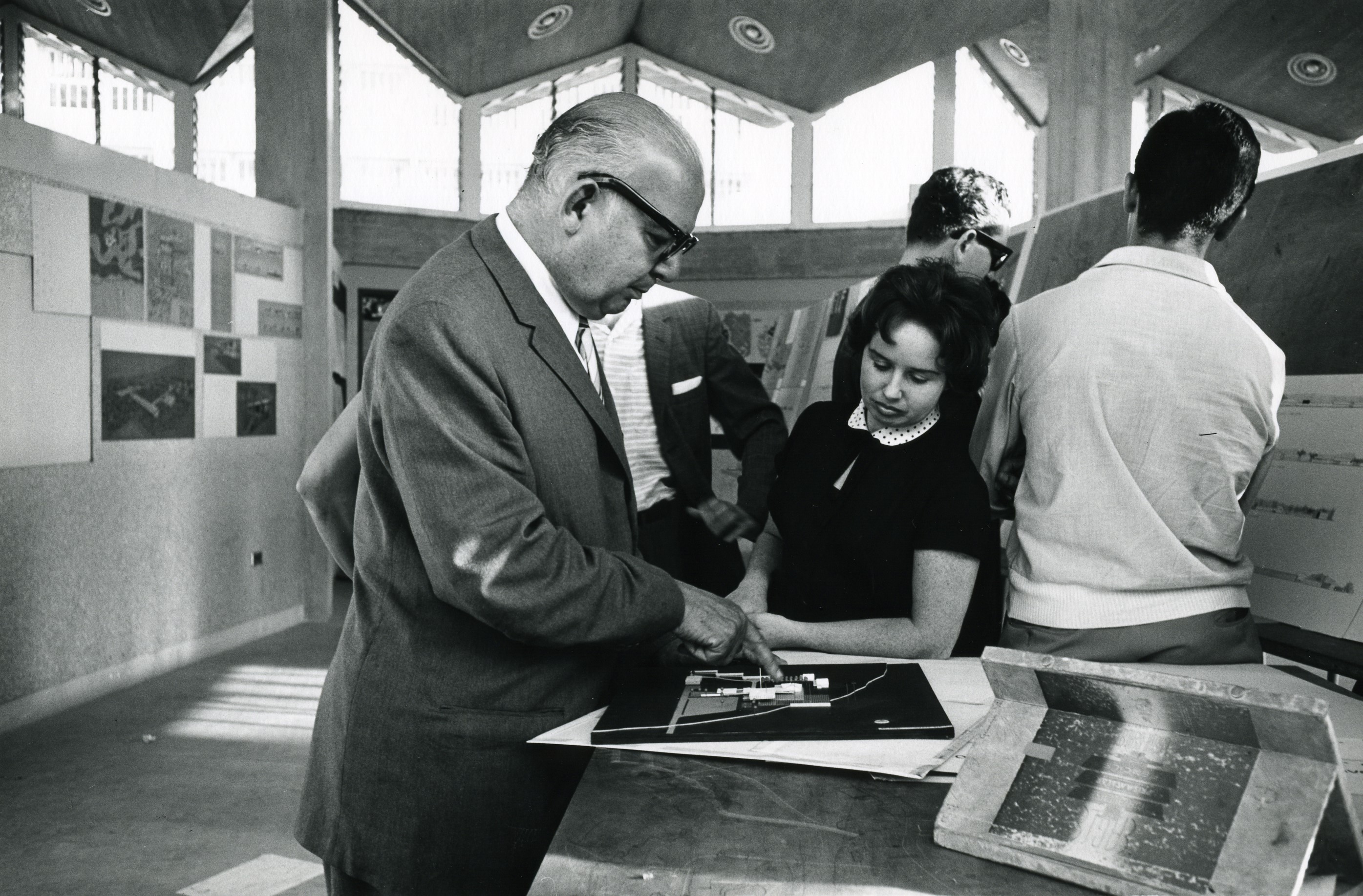
07/11/2023
ESSAYS
If the Ciudad Universitaria and the Faculty of Architecture can be considered true classes of urban planning and architecture from which to draw lessons, the "Teaching Notes" open a door to a new reading of Villanueva and his work. [...] They represent a valuable pedagogical instrument because of their content, ... read more -
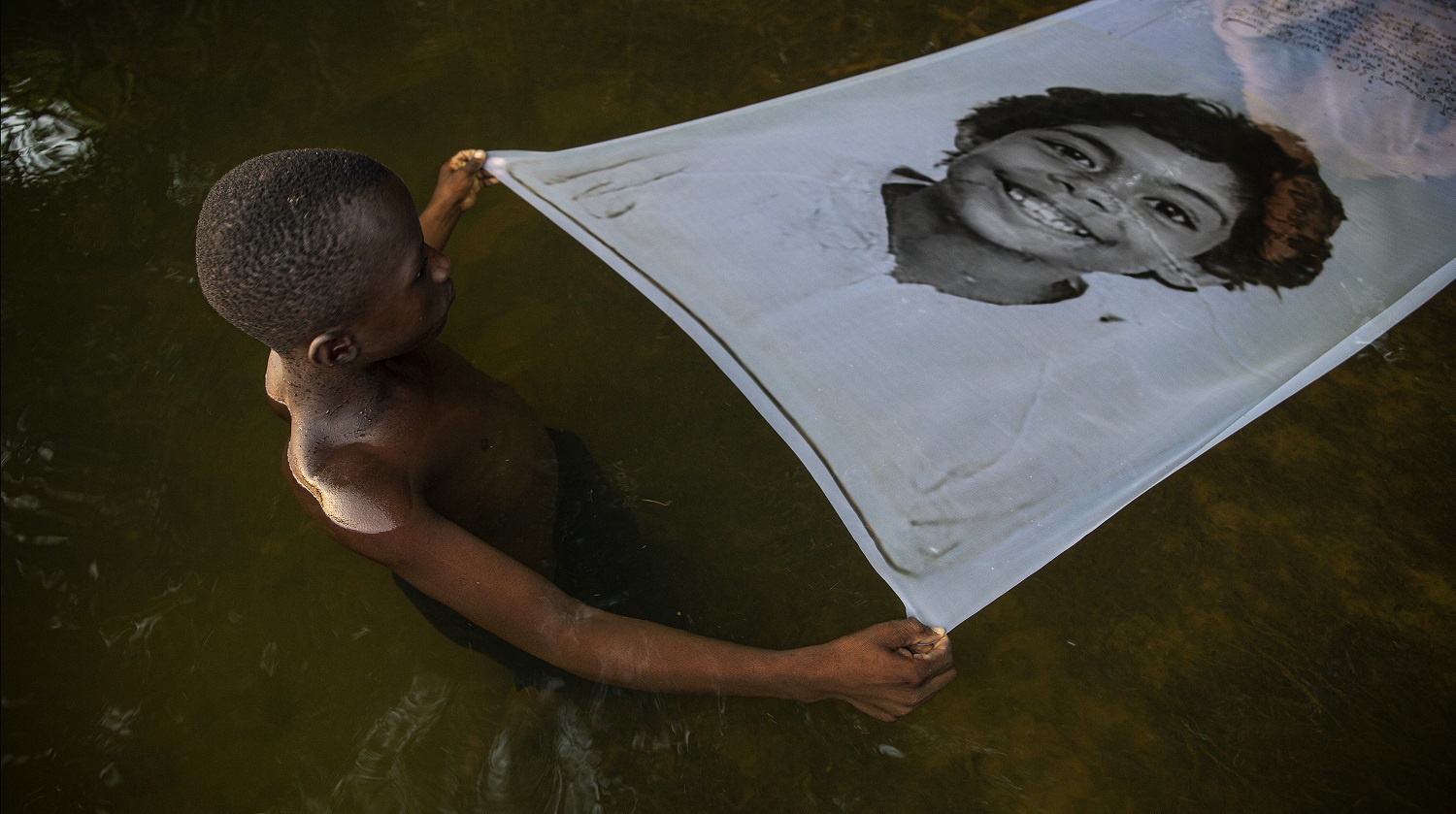
07/06/2023
MAPPINGS
The objective of this text is to present a critical review of the educational advisory process for the exhibition PretAtitude: Emergências, insurgências e afirmações [...] based on contemporary Afro-Brazilian art, the exhibition focused on themes such as memory, identities, and ancestry. The purpose of the advisory ... read more -
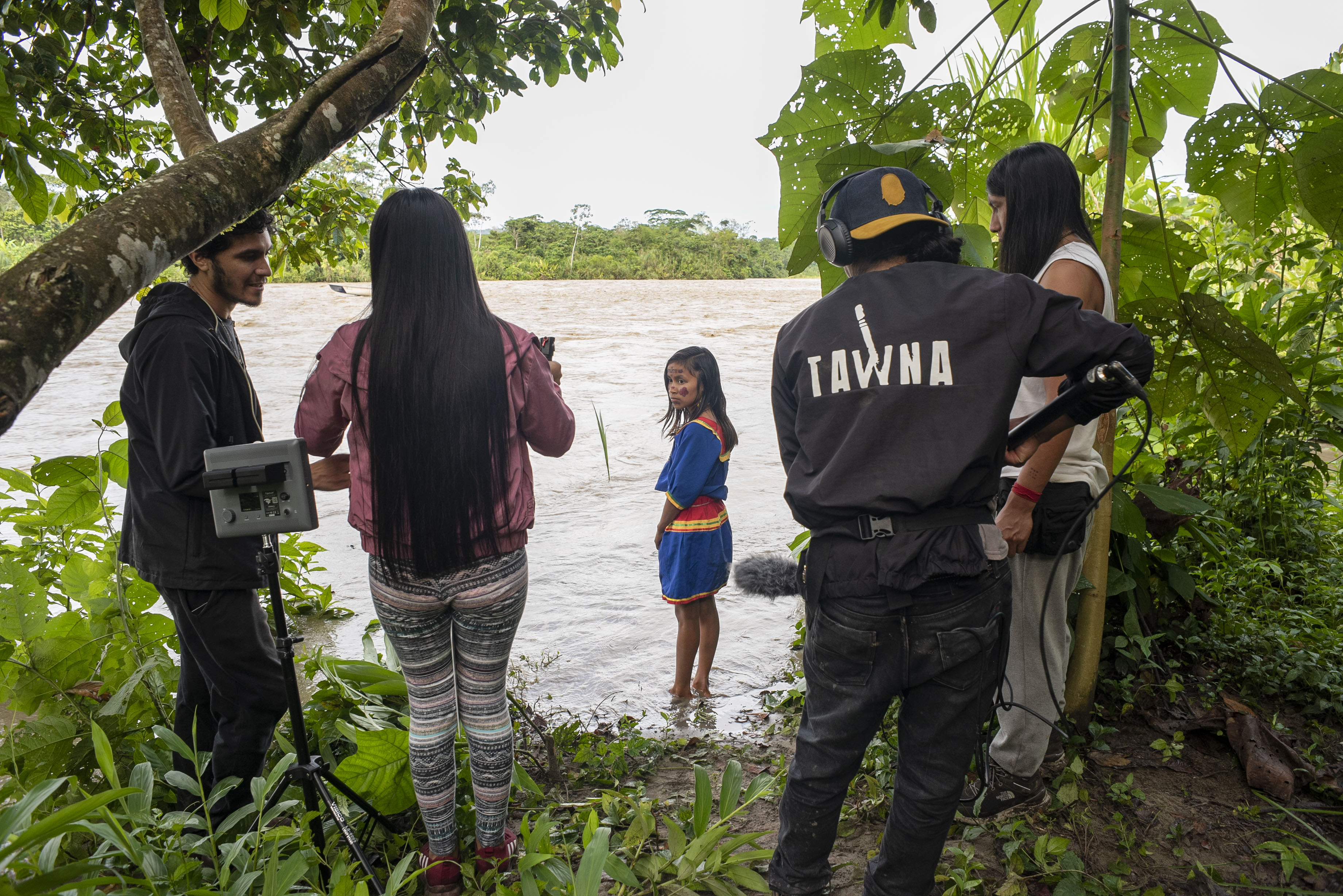
07/04/2023
CONVERSATIONS
Composed of filmmakers, visual artists, and communicators from various Amazonian, Andean, and mestizo cultures, TAWNA seeks to connect audiovisual narratives from the socio-cultural, environmental, and dream worlds. read more -
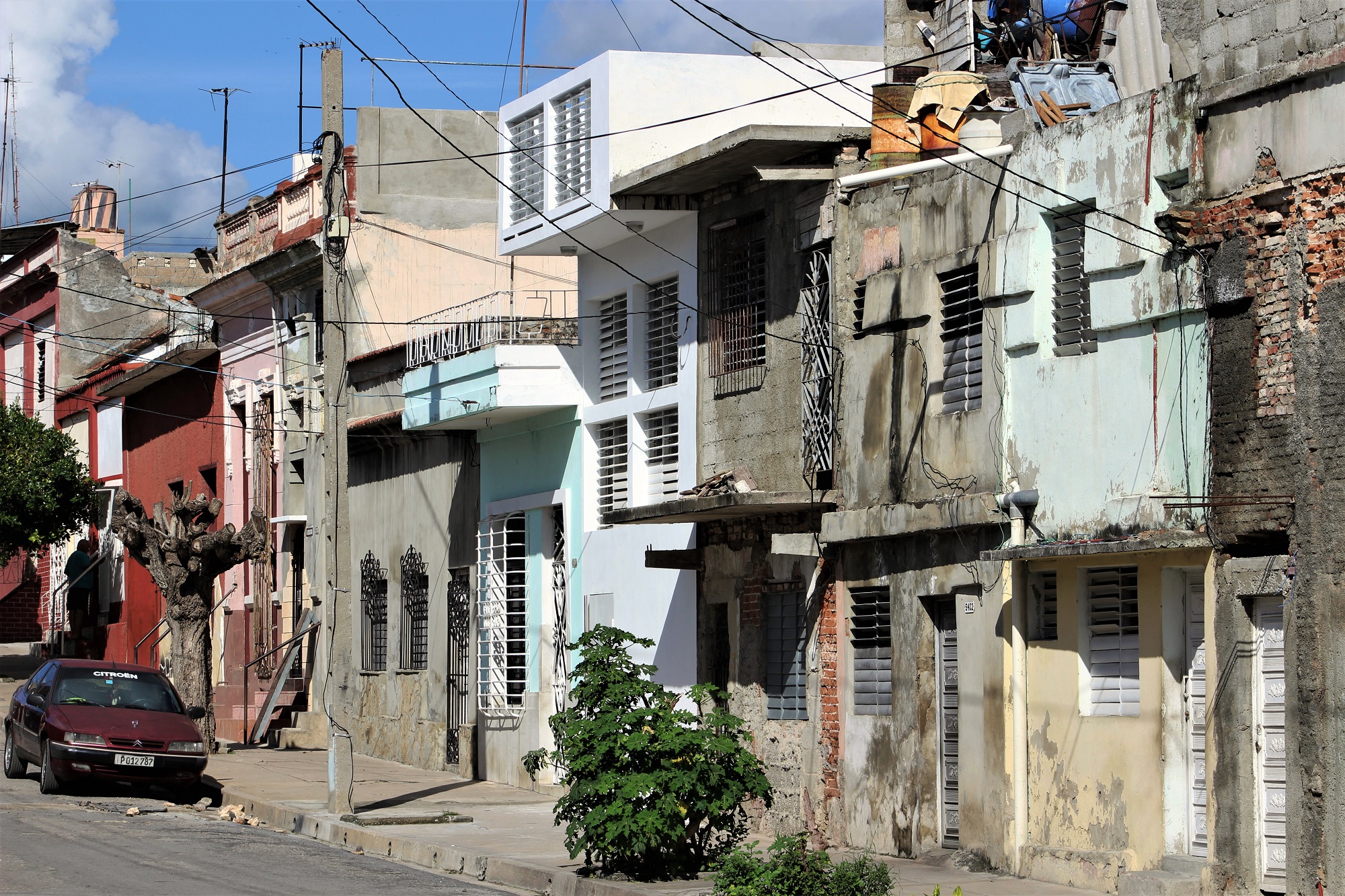
07/03/2023
PRACTICES
Founded in 2011 in Cienfuegos, Cuba, Albor architecture studio is the result of the association of Carlos Manuel González Baute, Alain Rodríguez Sosa, Camilo José Cabrera and Merlyn González García, a group of young architects who share interests in professional and creative ... read more -
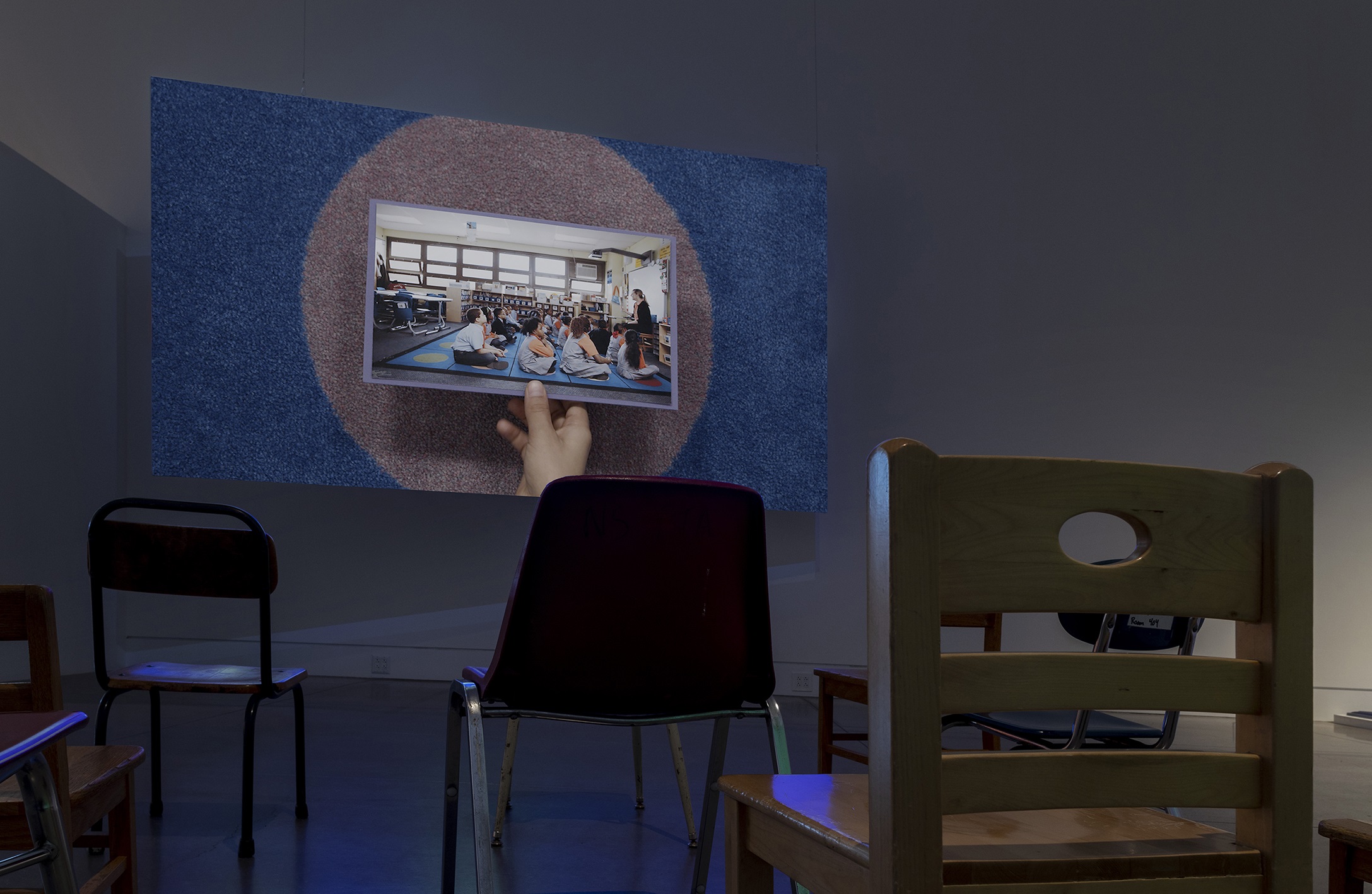
07/03/2023
PRACTICES
Artist, educator, and musician Gabo Camnitzer (1984) shares reflections on his experiences as a student and teacher throughout his life, thus evidencing that the common divisions of the professional field of art and education are much more porous than one might think. read more -
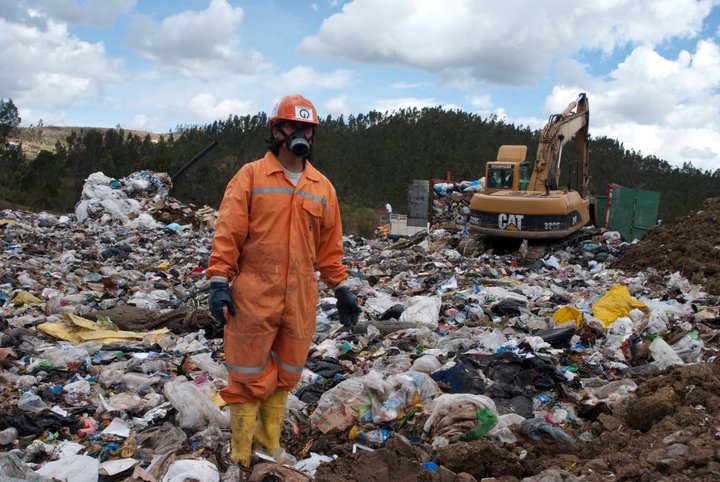
07/01/2023
CONVERSATIONS
Ecuadorian curator, art critic, and teacher Susan Rocha is active between non-formal pedagogies, academic activity, and museum work. In this interview, she comments on the importance of education in the process of professionalization of artistic practice. She also discusses the role of educational mediation in the ... read more -
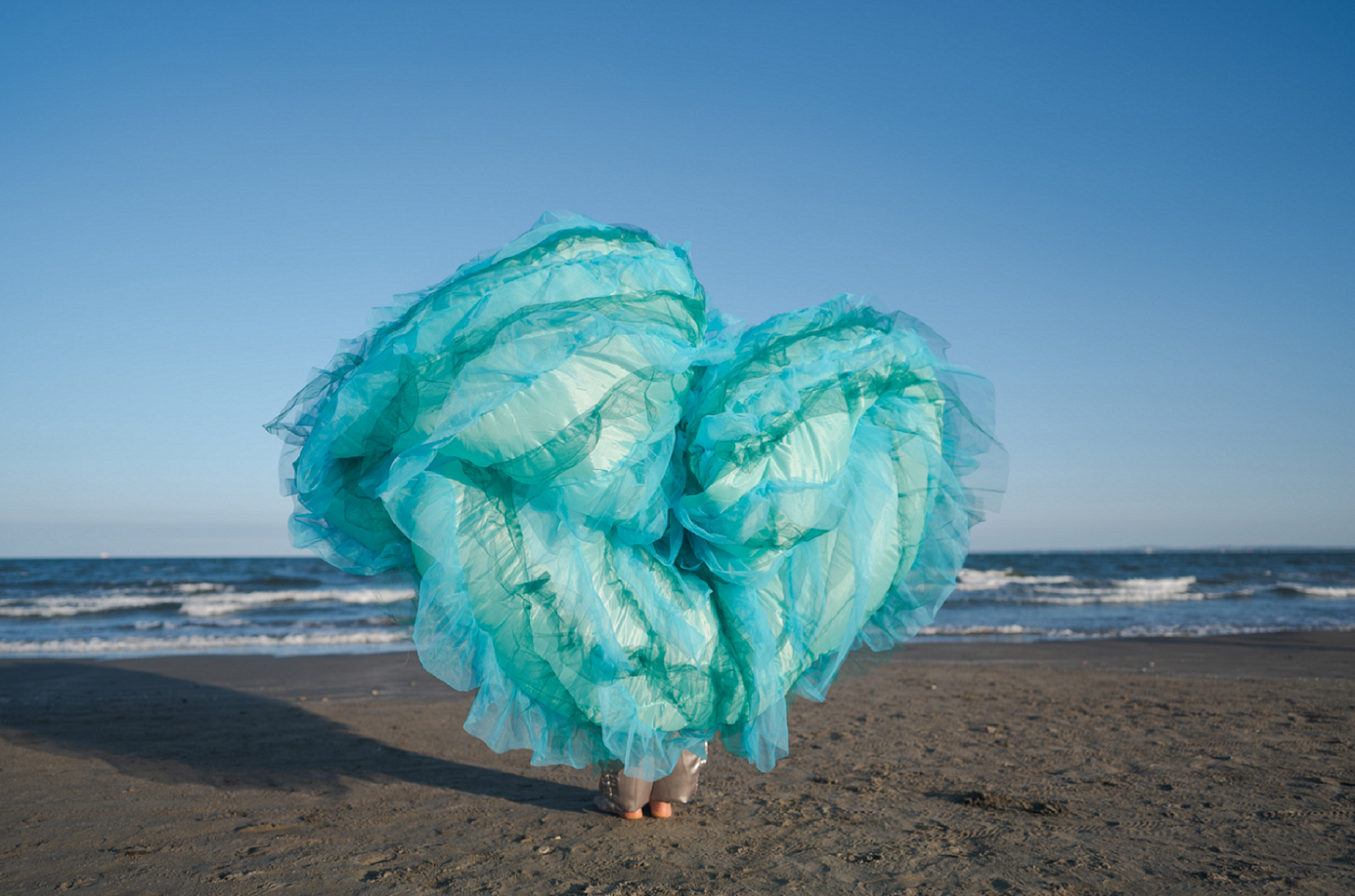
06/15/2023
CONVERSATIONS
Fernanda Barreto (São Paulo, Brazil, 1988) is an artist, translator, and cultural manager interested in educational and pedagogical practices. Her research focuses on language within communication practices, collective enunciation, and social structures, making use of different media to answer them. read more -
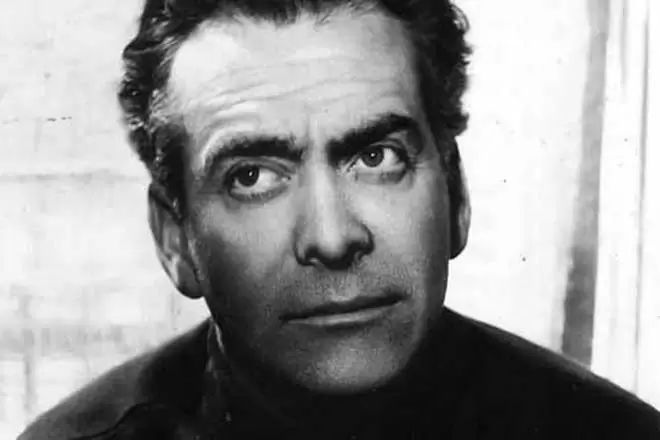
06/10/2023
ESSAYS
The notion of ‘transit-pedagogy' expresses a position on the relationship between the socio-economic, political and educational spheres that places him among those who disagree with the mechanistic views that distrust schools' democratizing role. read more -
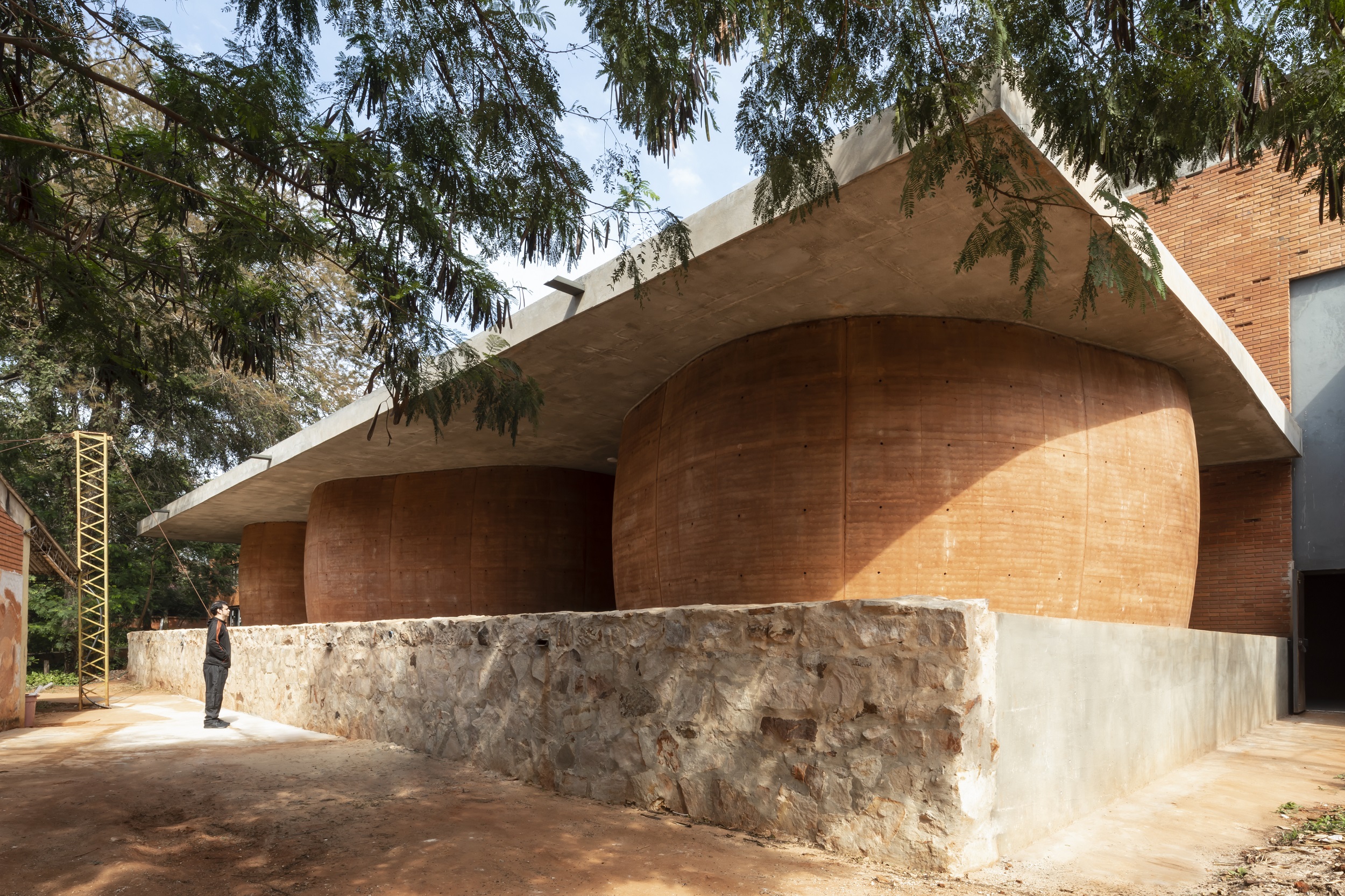
06/10/2023
MAPPINGS
Several movements and schools with a strong local imprint are arising in the Paraguayan cultural scene. They are developing unprecedented products and translating local language into a universal language. read more -
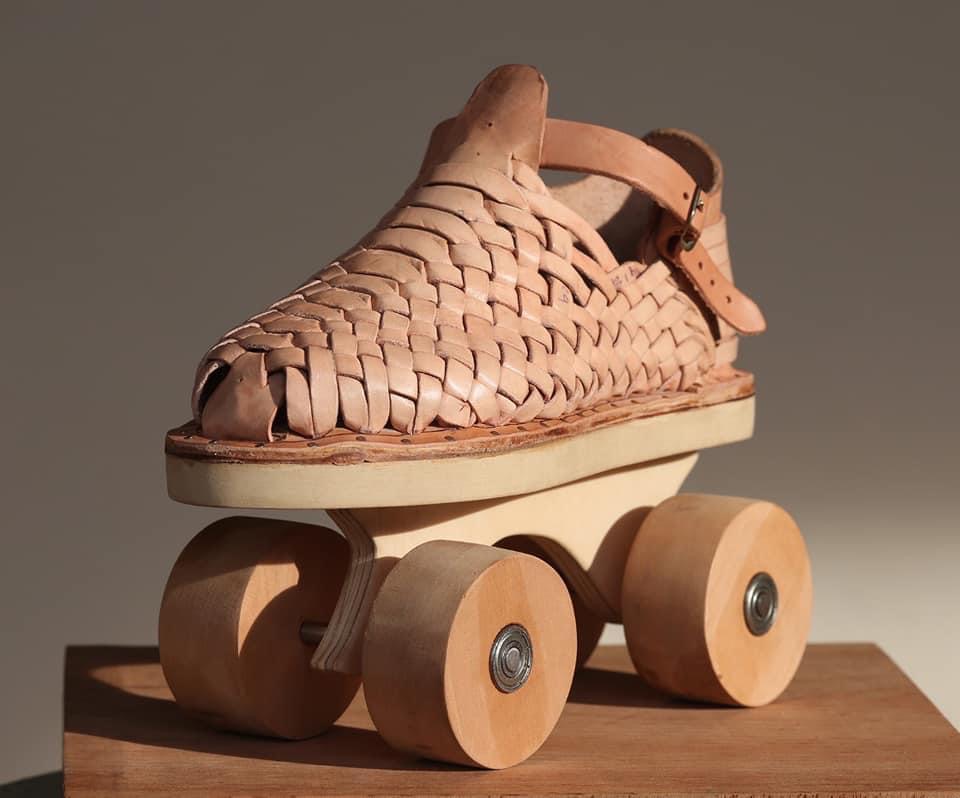
06/09/2023
CONVERSATIONS
Prisciliano Jiménez is a sculptor, cultural promoter, and businessman. He holds a degree in Visual Arts from the Universidad Veracruzana. He has been performing La Manda since 2003, in which he carries a self-made metate (a traditional stone grinding device used in Mexican cuisine), with walks made in Serbia, ... read more -
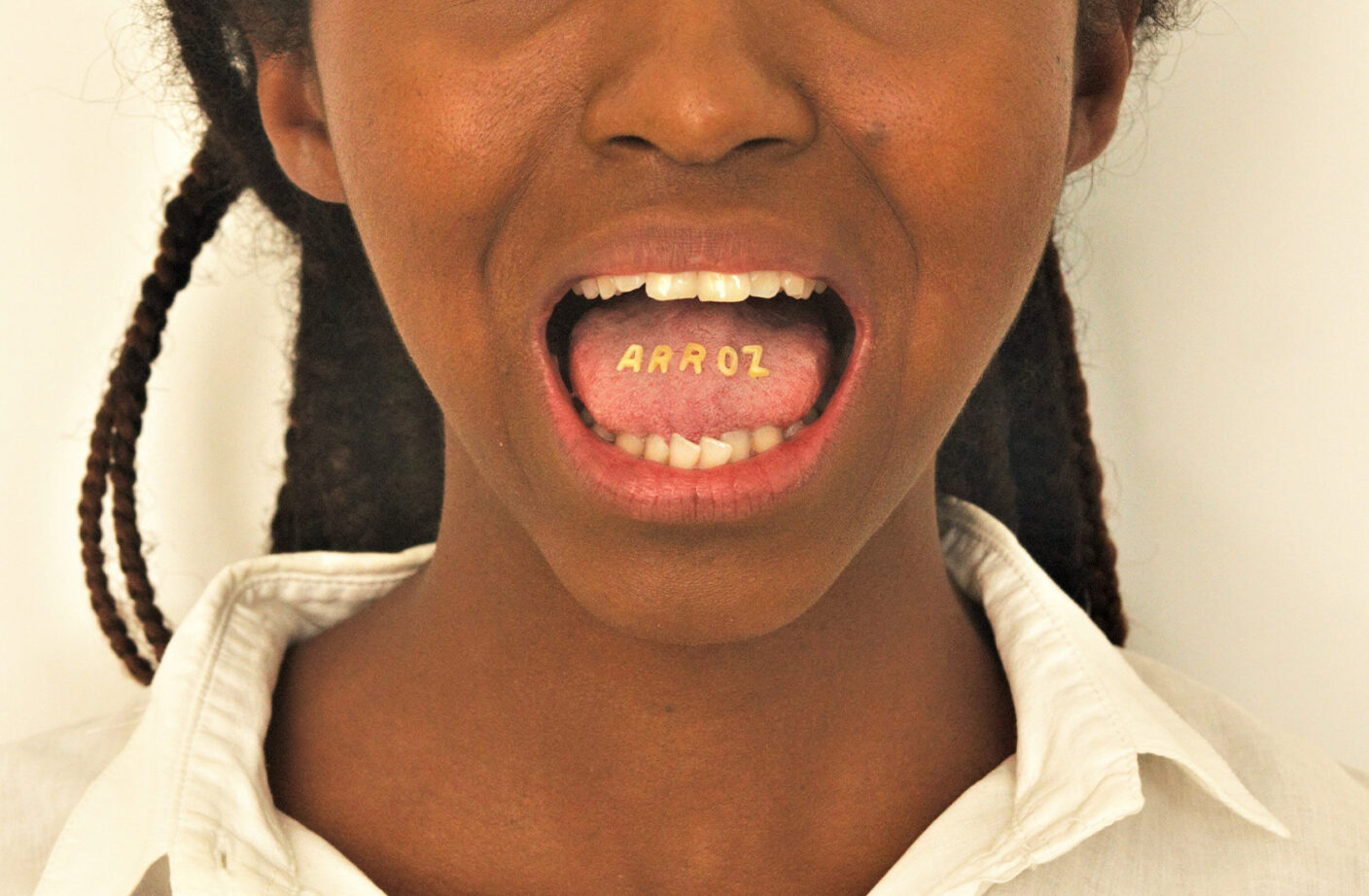
06/06/2023
MAPPINGS
The term ‘(in)curate visualities’ attempts to approximate what is disclosed and what is still covered in artworks that touch on educational topics. [...] The artworks’ analysis will imply some of the reading possibilities [...] which invite viewers to the debate about education access and permanence in the Brazilian ... read more -
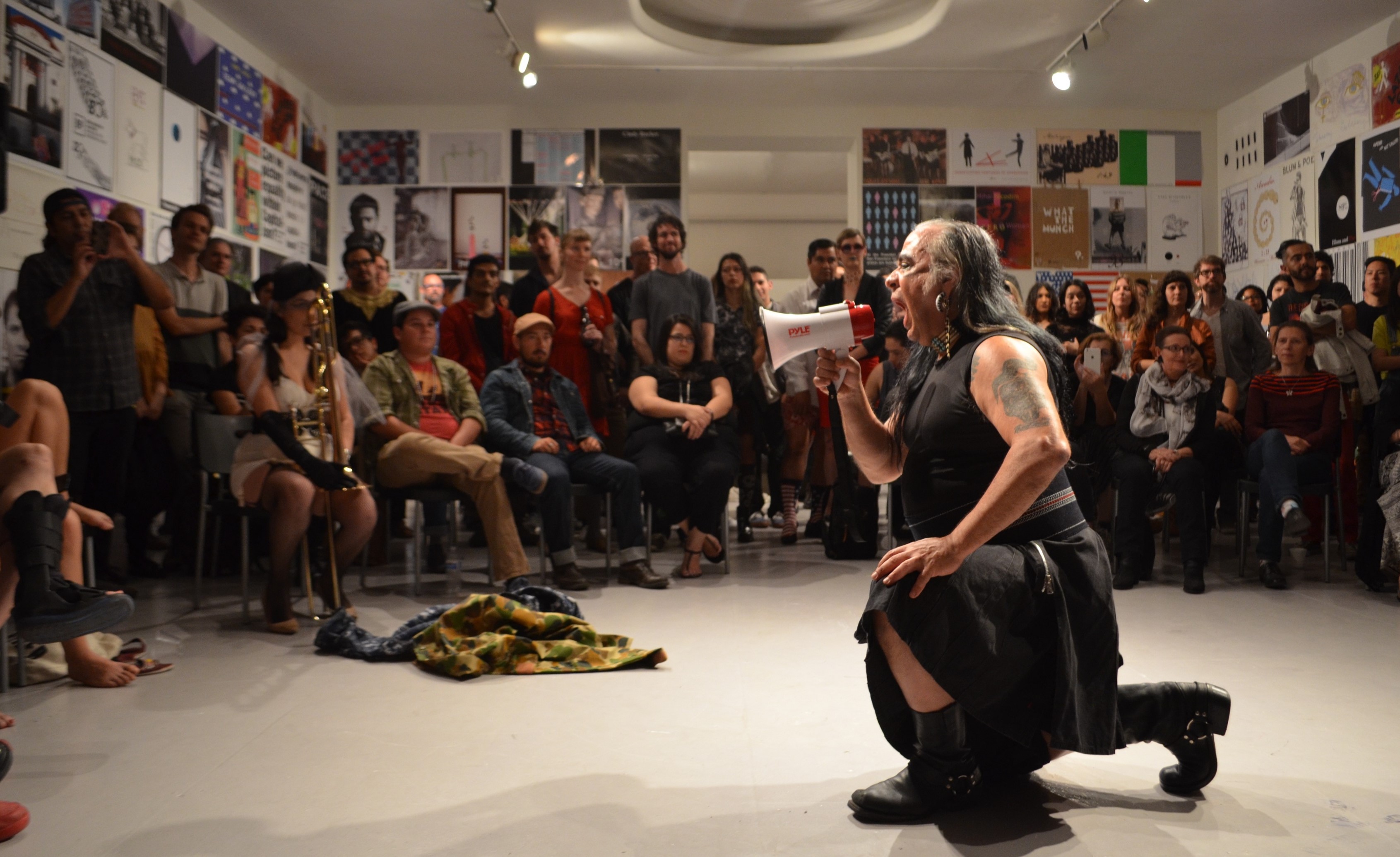
06/05/2023
CONVERSATIONS
Dedicated to the study of performance art in Mexico and Latin America, Mexican researcher Josefina Alcázar has published numerous books and articles on the subject. In this interview, she offers us her point of view on the formation of performance artists, identifying some of their main motivations and areas of ... read more -
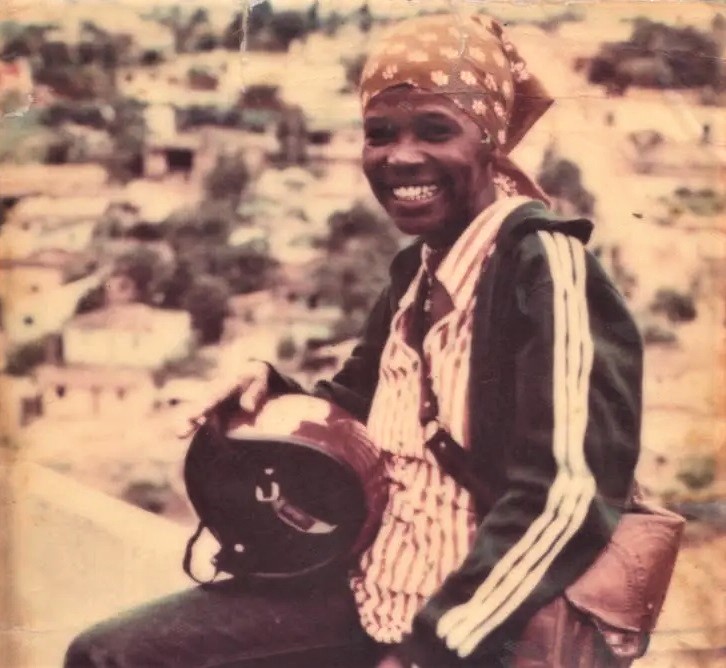
06/02/2023
ESSAYS
The working proposal of the study group was to relate this terrestrial technology as a research method to generate knowledge [...] Thus, our meetings involved learning through composting technologies as a way to connect with regenerative dynamics from living materials. read more -
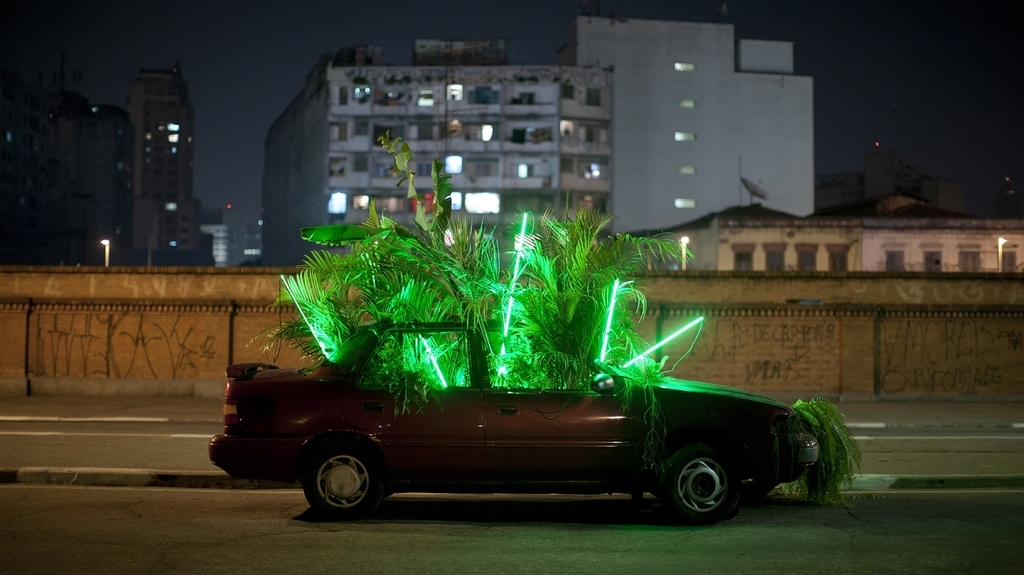
05/18/2023
MAPPINGS
What this type of recent art activism practices have raised through their interventions is the importance of disputing the mediations and infrastructures that constitute the fabric of the common [...] They are no longer epic actions (notably masculinist) that seek a radical revolution, but rather situated exercises ... read more -
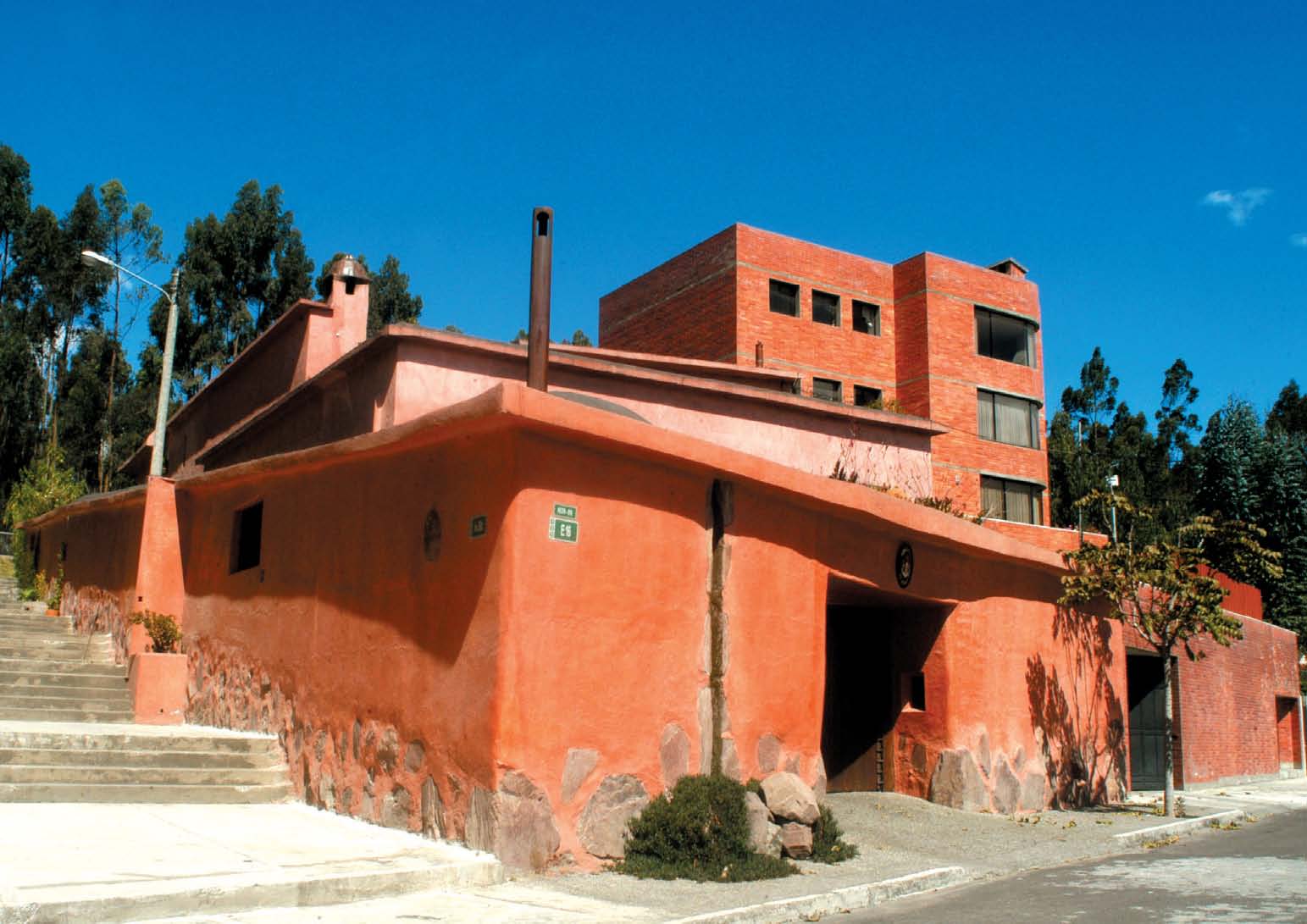
05/17/2023
CONVERSATIONS
From Ecuador, ESE Colectivo talks with architect and professor Handel Guayasamín (Guayaquil, Ecuador, 1951), known for his architectural work and ideas, which invite thought and exploration of non-rational languages. Guayasamín talks about his political experiences linked to academia, the poetics of architectural ... read more -
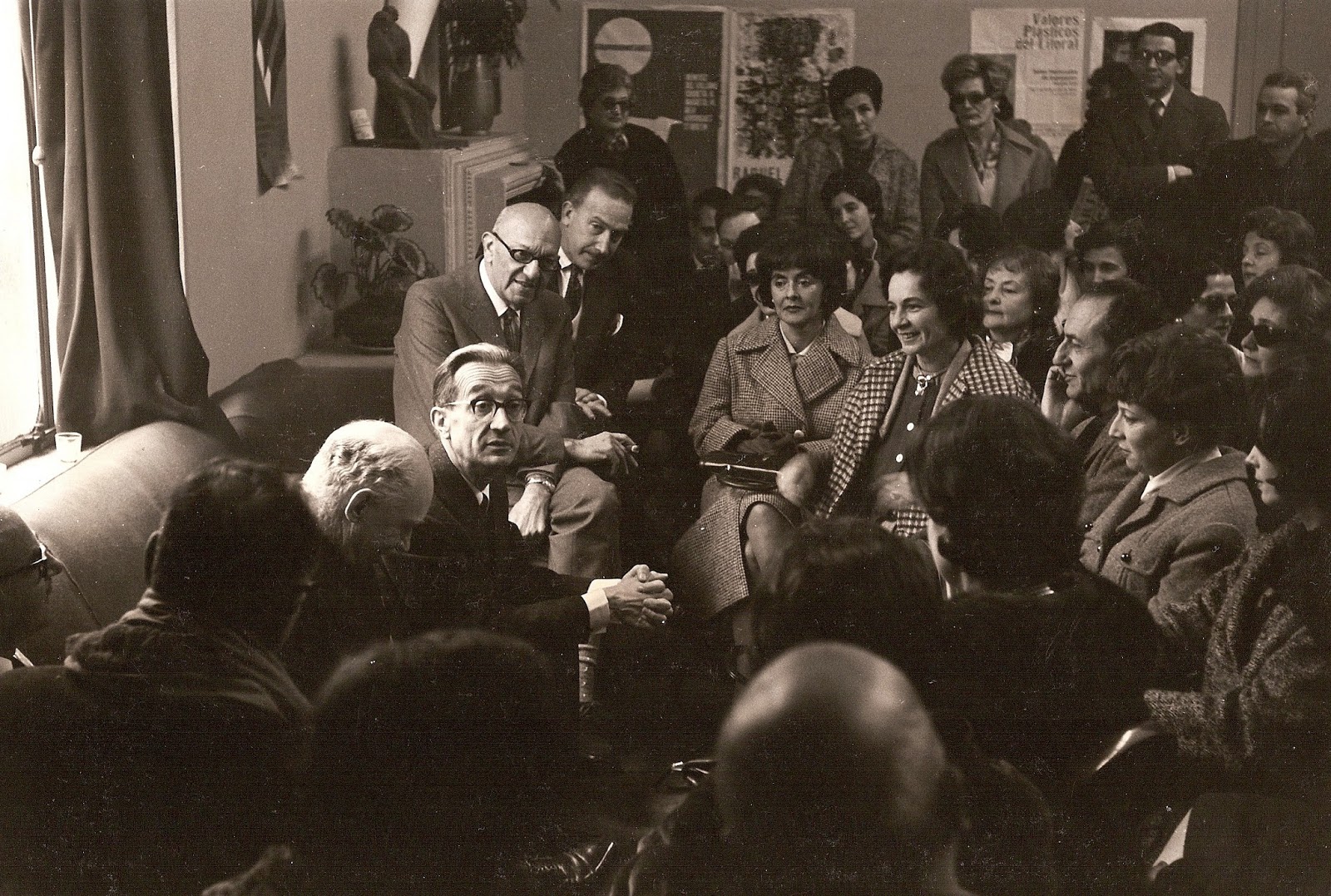
05/12/2023
ESSAYS
A career dedicated to the permanent questioning of reality through art as well as to the formation of educators, artists and a critical public, skilled in the understanding and enjoyment of a particular mode of communication, the language of the visual arts [...] read more -
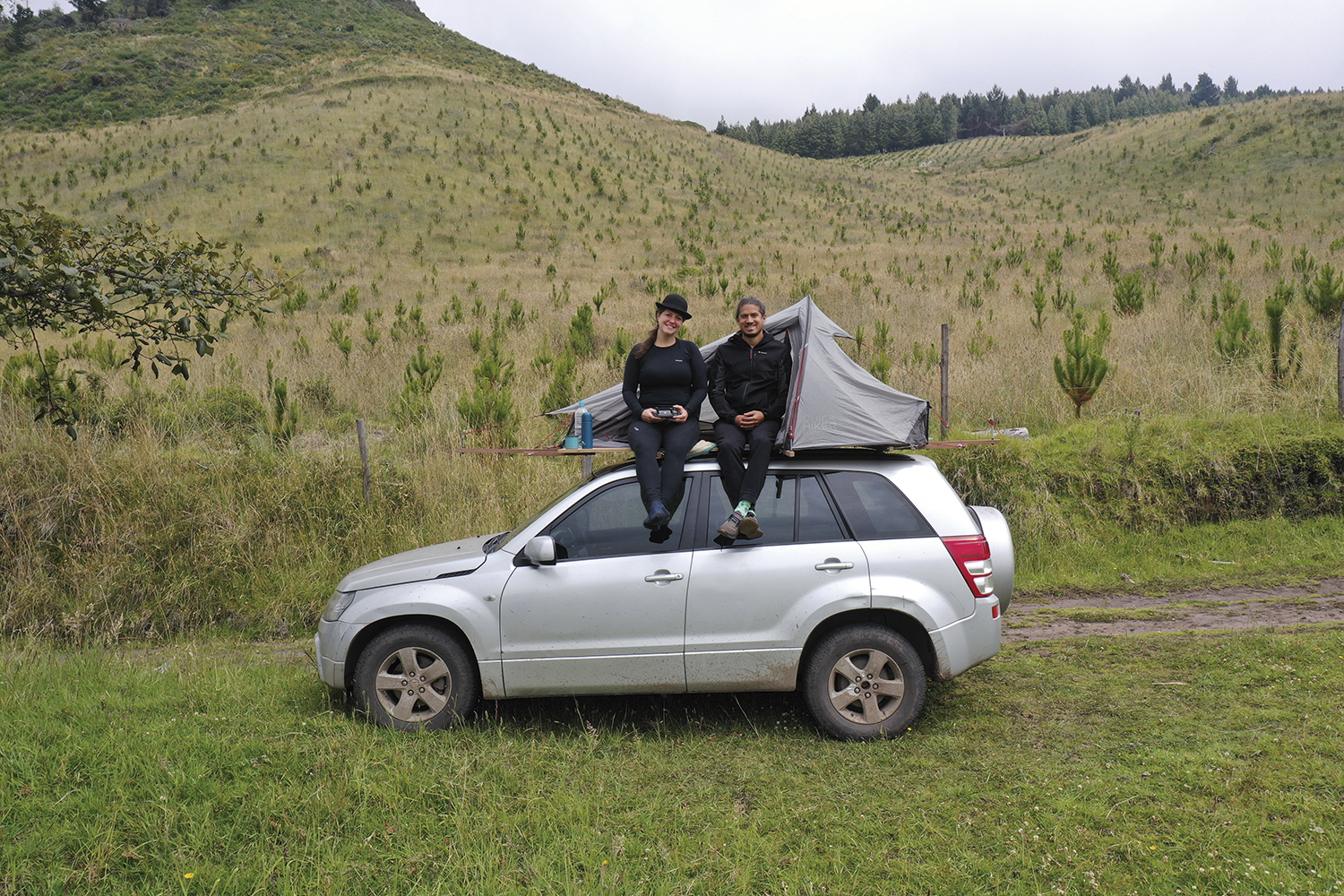
05/12/2023
PRACTICES
Based in Quito, Ecuador, and directed by Marie Combette and Daniel Moreno Flores, La Cabina de la Curiosidad is a traveling laboratory that includes art, craftsmanship, architectural design, territorial awareness, landscape, environmental processes, pedagogy and teaching, construction, rehabilitation, and management. ... read more -
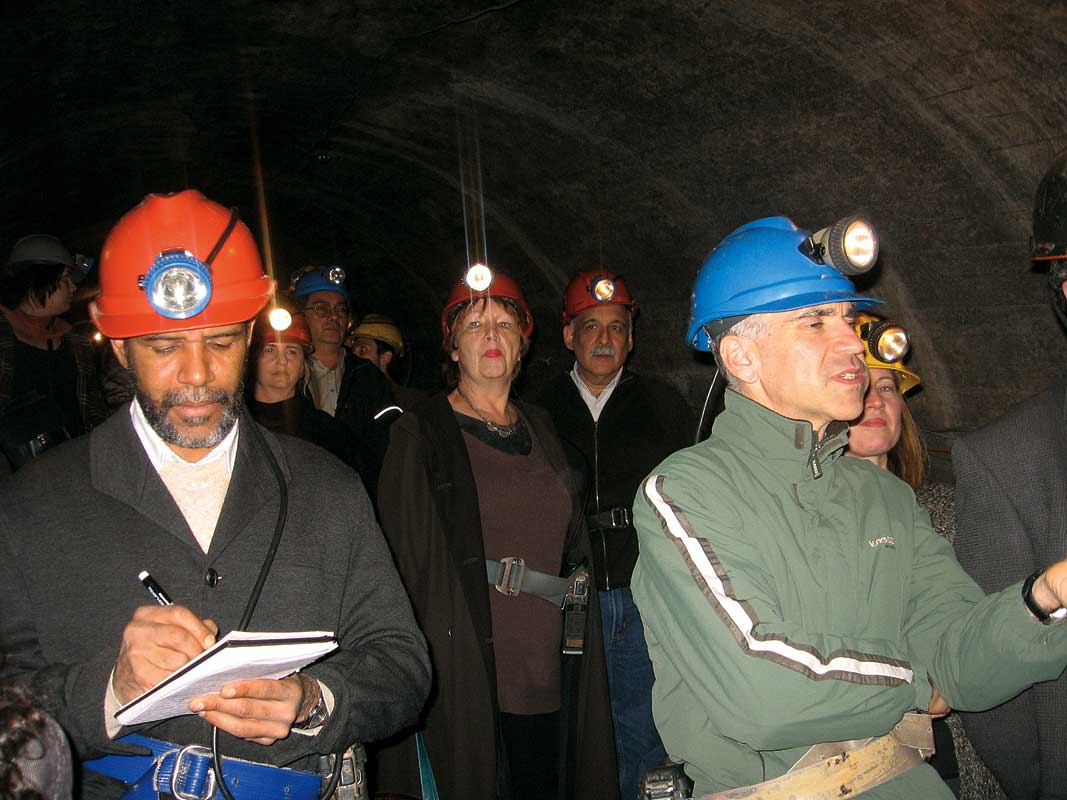
05/10/2023
CONVERSATIONS
In this interview, he also meditates on the transversal aspects crossing the concepts of art, education, and ethics—an idea anticipated in the cosmovision of Guarani peoples. In a world that leans toward "the commodification and trivialization of visual culture," Escobar questions the models that "leave aside the ... read more -
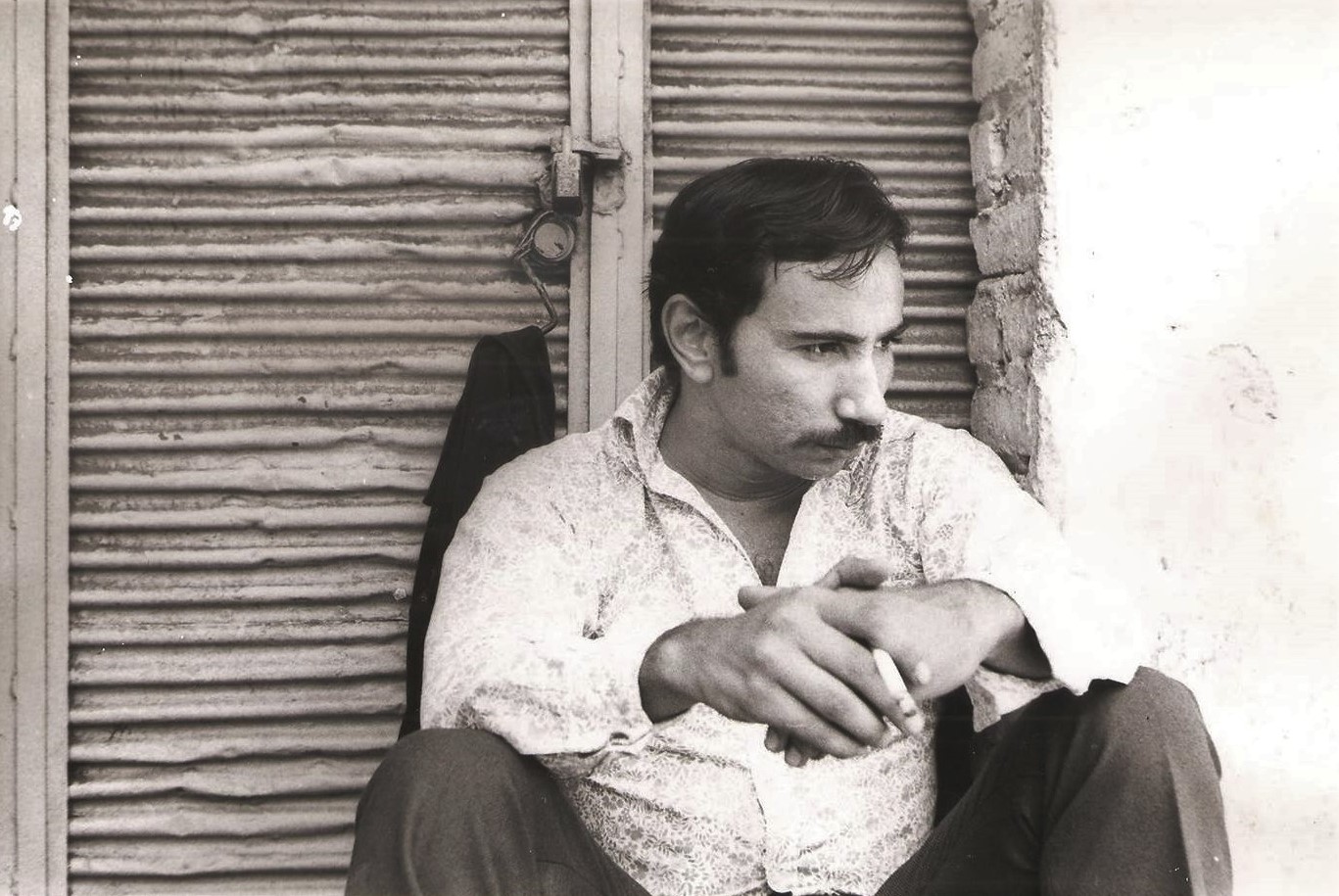
05/10/2023
ESSAYS
The Pernian praxis is today synonymous with the multidisciplinary, and the development of his vast photographic and conceptualist work was intertwined with his teaching practice [...] as well as with his research on photography and the creation of a public policy for the visual documentation of the country. read more -
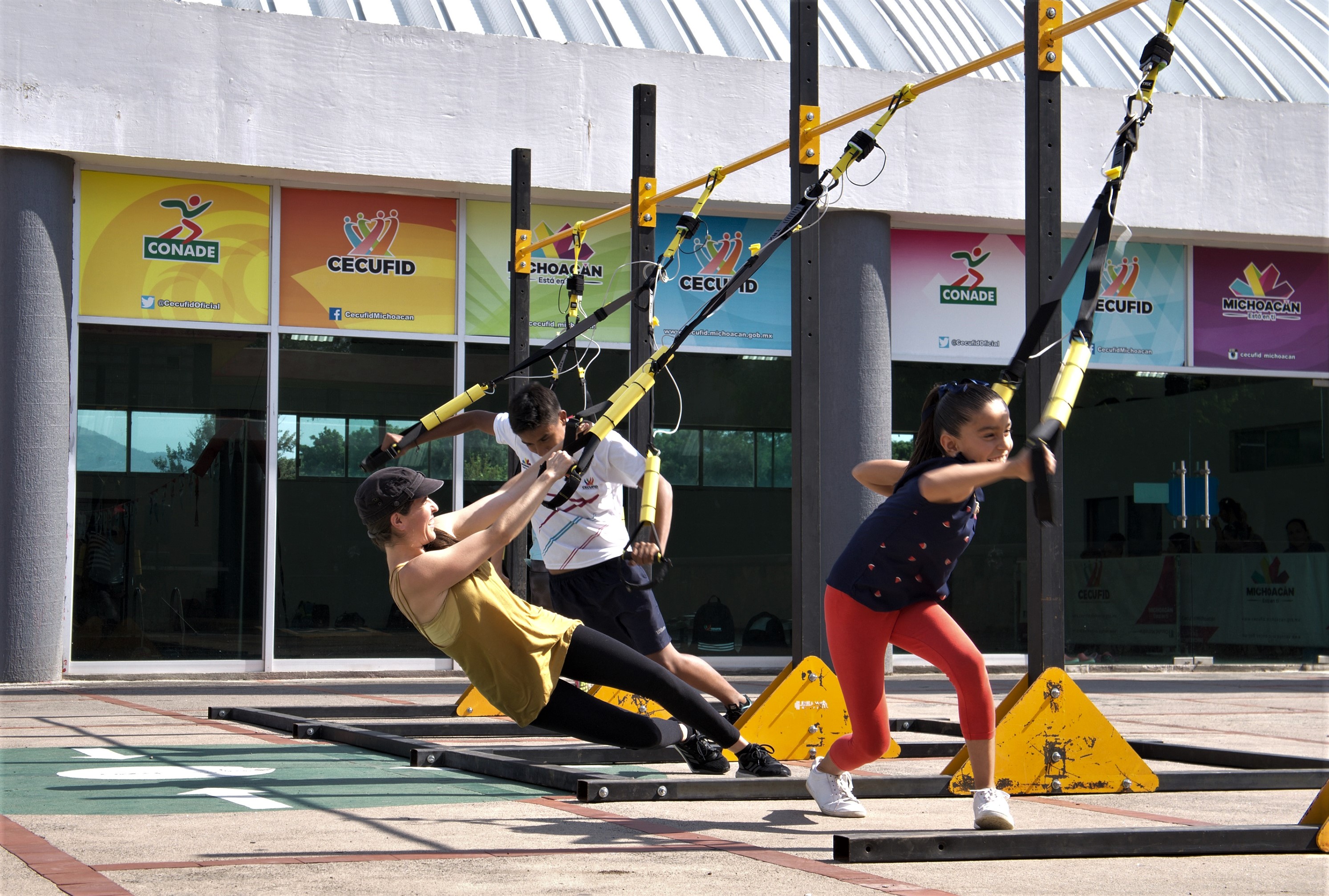
05/09/2023
CONVERSATIONS
Trauma Interdisciplina is a transdisciplinary art collective currently based in the city of Morelia, Michoacán. Trauma was born from the collaboration between Rosario Romero and José Luis García Nava, with the aim of carrying out experimentation, research, and transdisciplinary artistic productions in a ... read more -
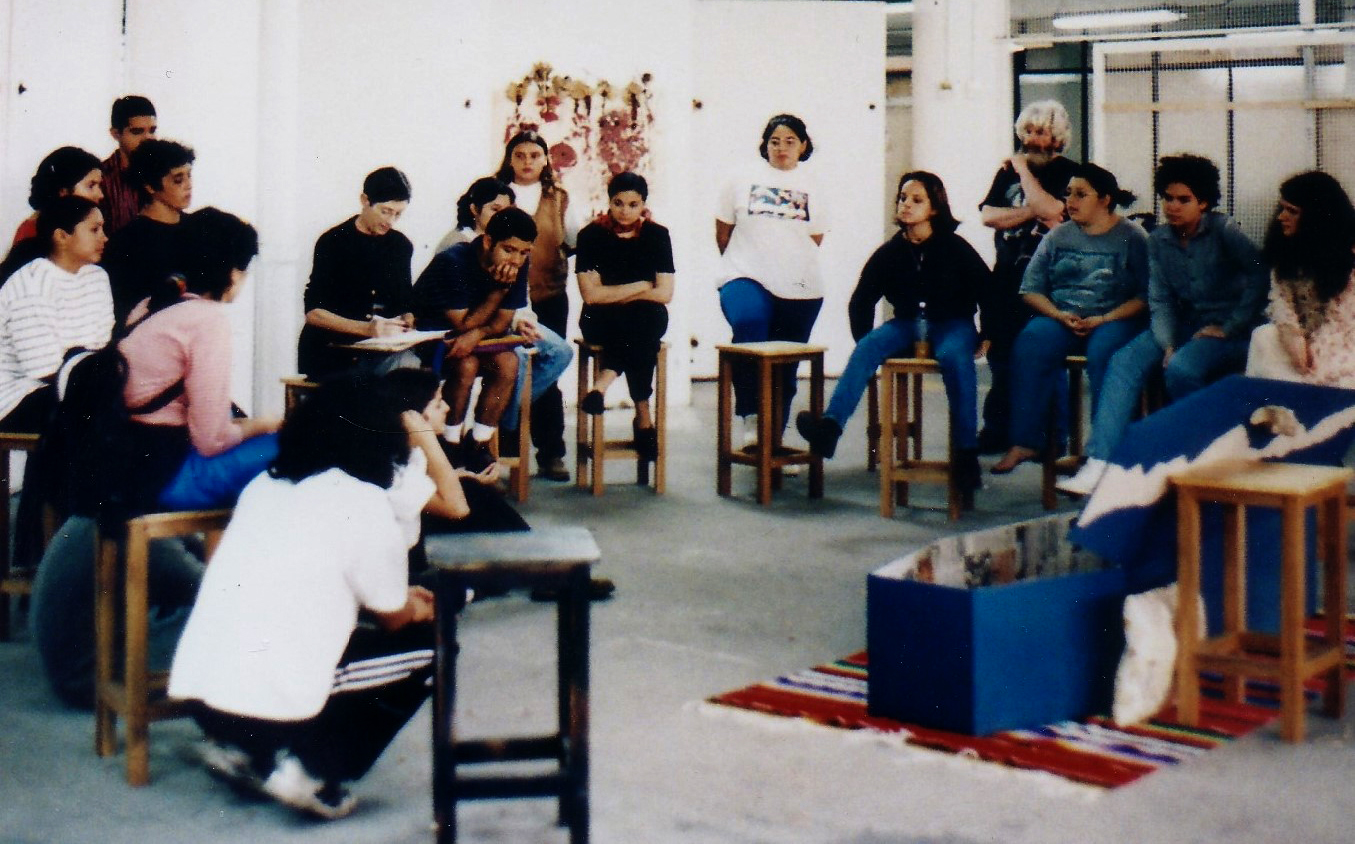
05/08/2023
MAPPINGS
Who has forged and shaped the referents (and possibly the canon) of Venezuelan art? [...] We will attempt to map possible indications of the establishment of a canon through the most influential referents, questioning the place given to art produced by women (and its themes) within that "canon." read more -
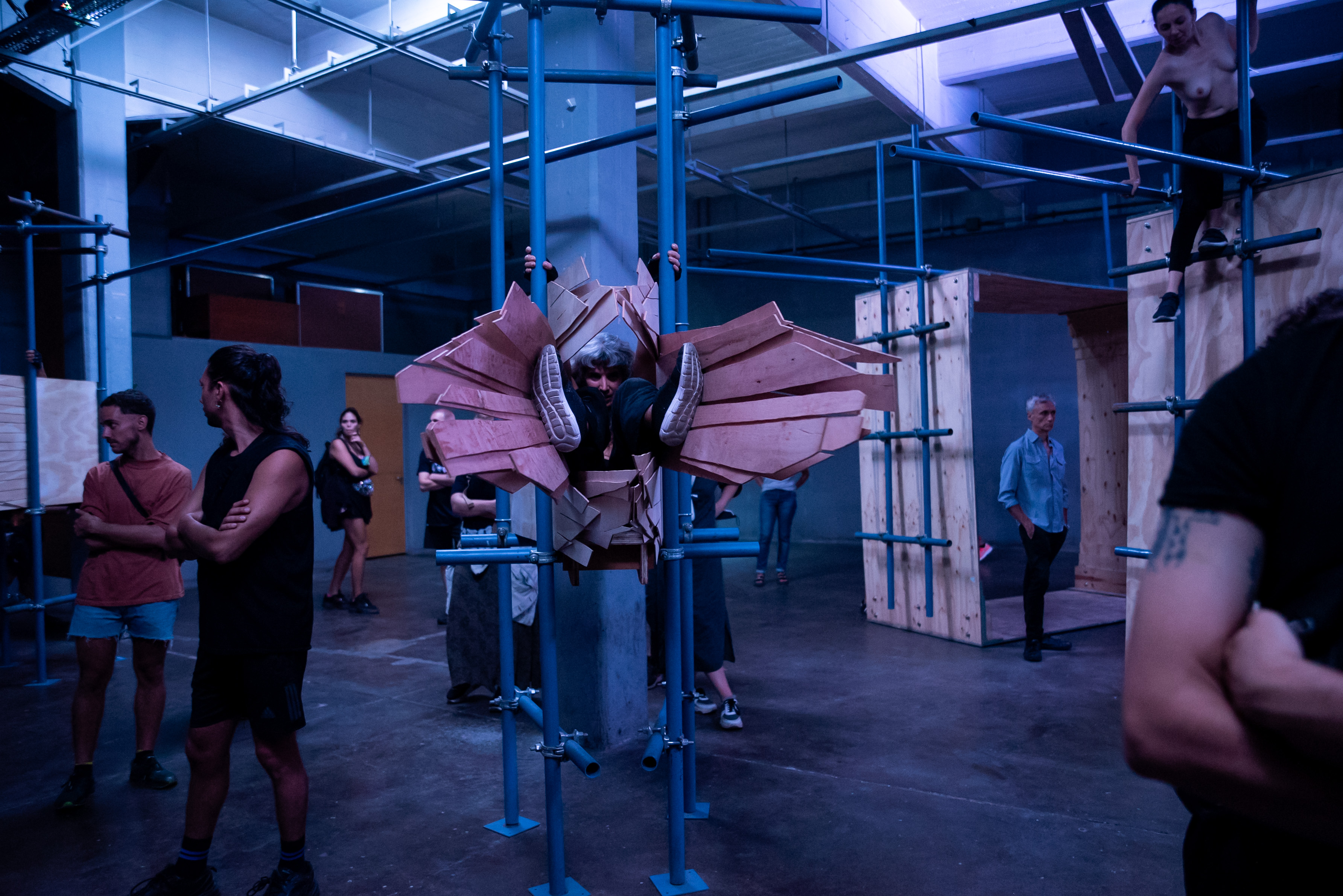
04/28/2023
PRACTICES
Gonzalo Lagos (Neuquén, Argentina, 1988) is a dance artist and independent curator whose work is developed at the intersection of the performative and visual arts from choreographic and performative approaches. From a rhizomatic sensibility, his projects seek to stimulate the desire to unfold reflections around the ... read more -
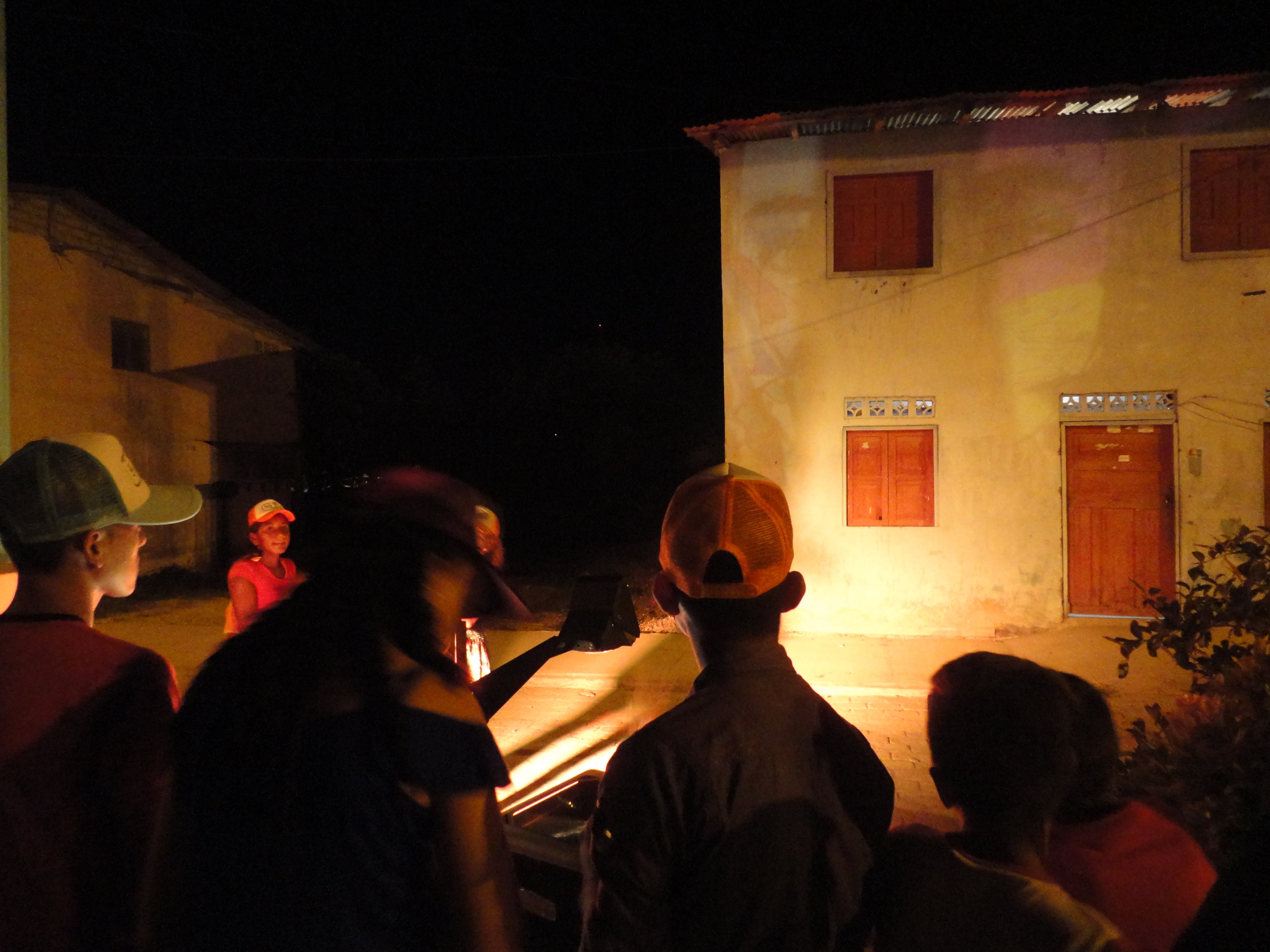
04/21/2023
CONVERSATIONS
Since 2008, it has unfolded as a collective dedicated to electronic (analog) experimentation, both sonically and visually, in its different ranges of possibilities, focusing on the development of projects that combine experimentation, artistic action, technologies, and open knowledge. read more -
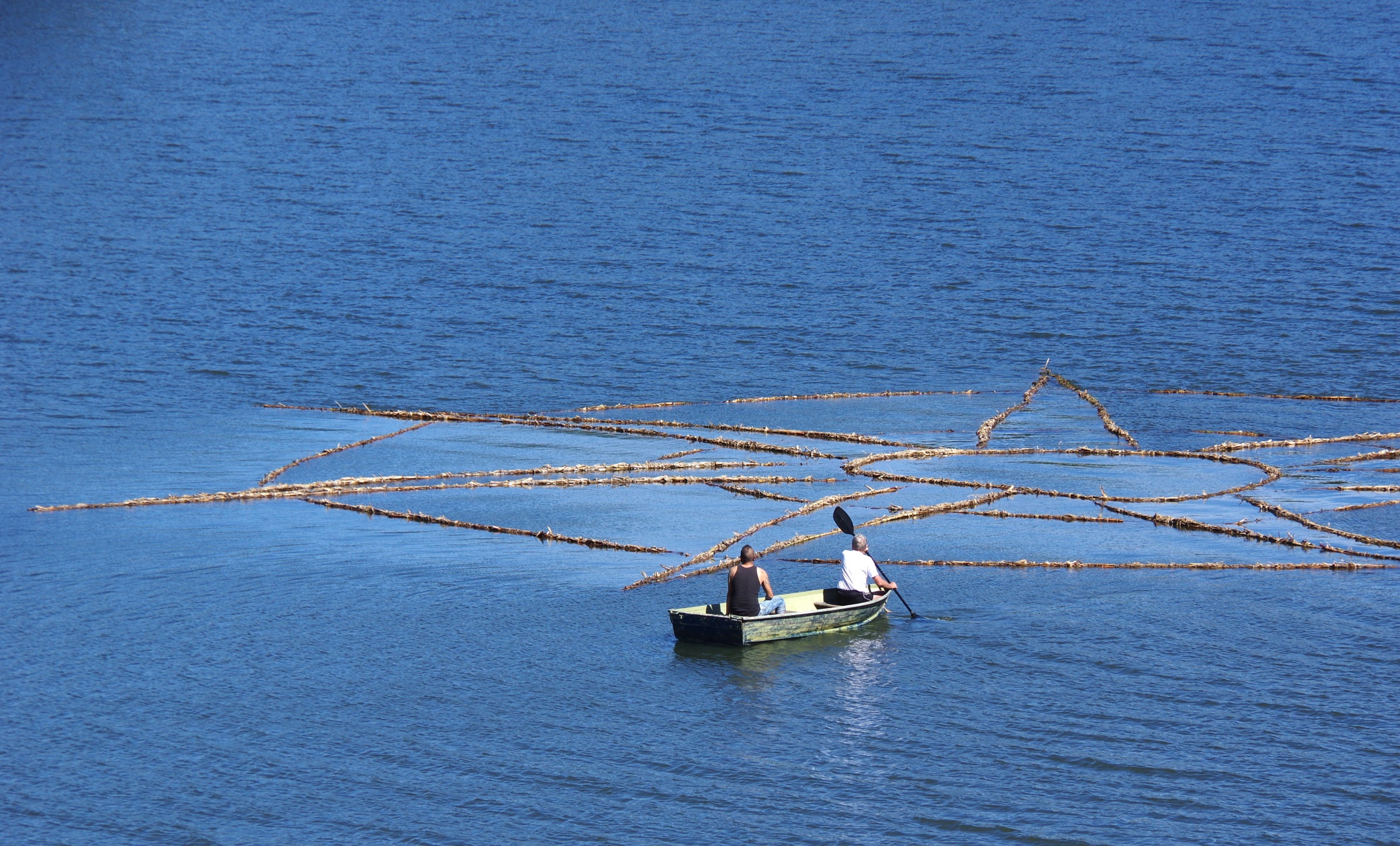
04/20/2023
CONVERSATIONS
Furthermore, they are actively involved in educational projects for the local community and other various cultural projects that take place in the rural village of Umecuaro. La Coyotera also offers a residency program for professional artists to work on their art projects, with a residency cabin and studio available ... read more -
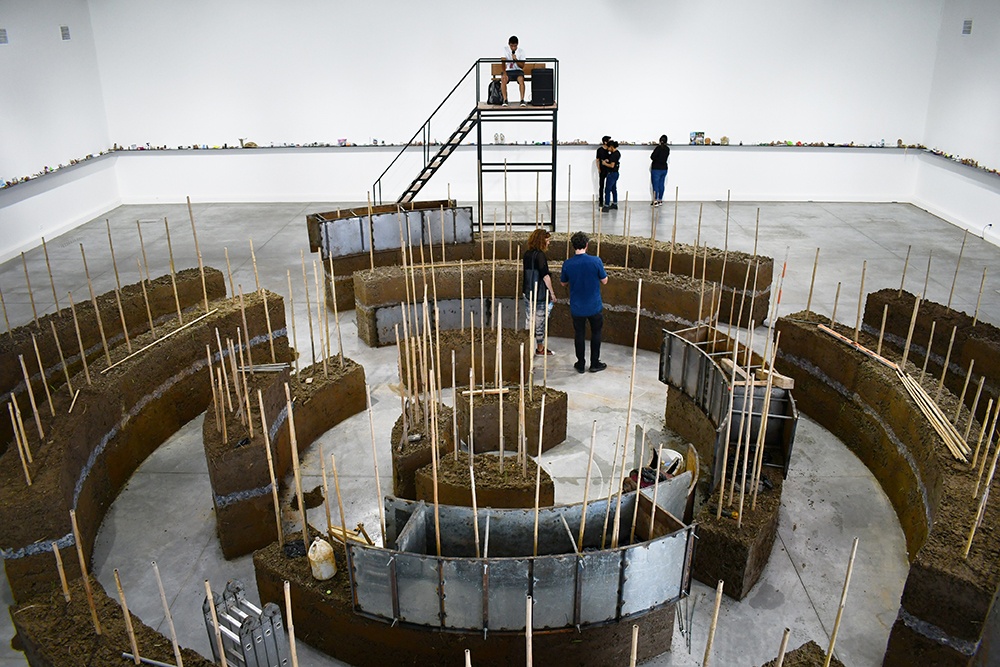
04/19/2023
CONVERSATIONS
With agile and controversial ideas, curator, writer, artist and professor José Luis Falconi addresses in this interview several issues of high sensitivity for today's art and education. Falconi advocates for an "expanded pedagogy," not only for teaching art, but incorporated into other disciplines as a tool for ... read more -
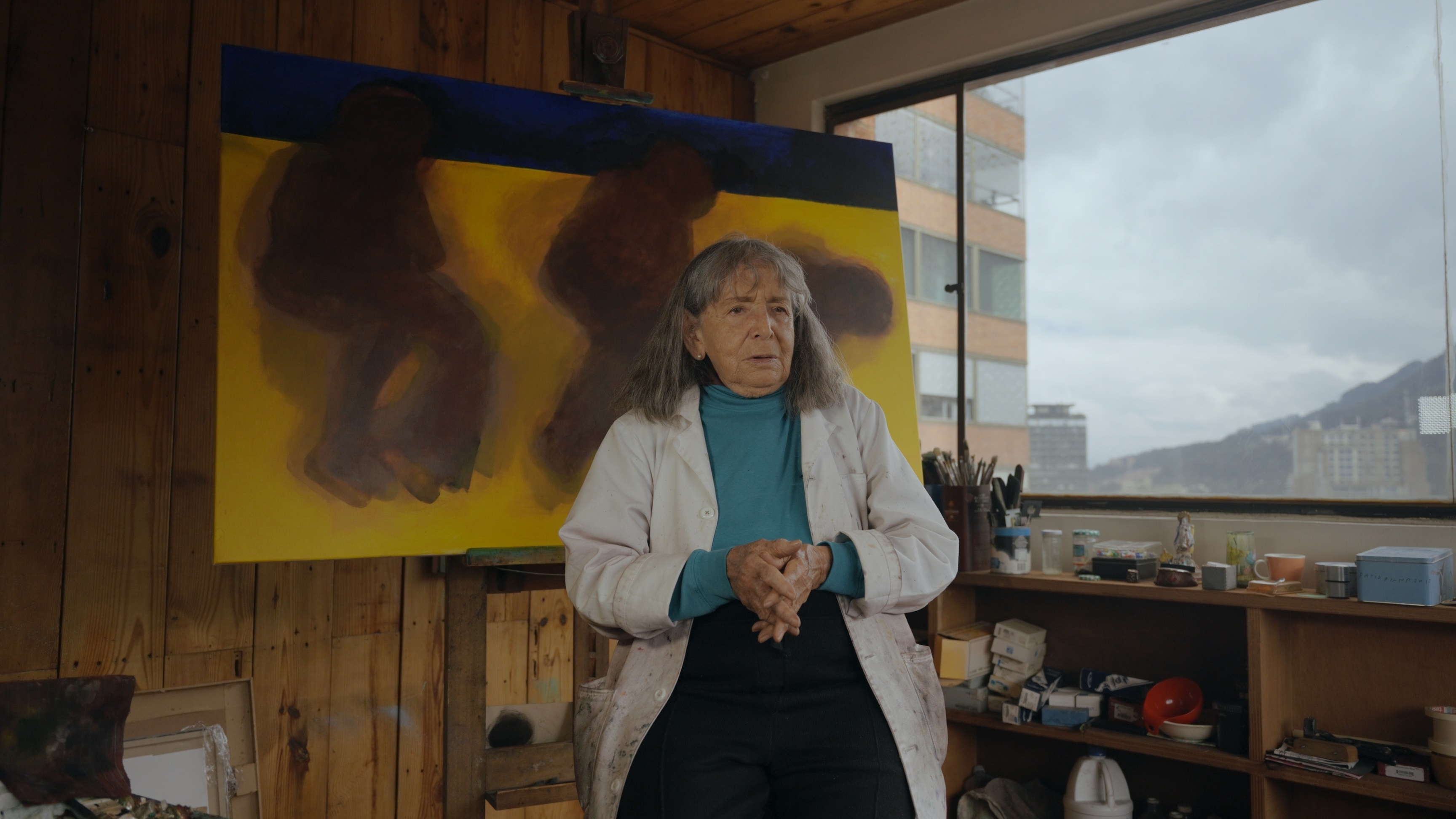
04/14/2023
CONVERSATIONS
Beatriz González is considered one of the most influential figures in the Colombian art scene due to her incisive and lucid stance as a chronicler of her country's recent history. In addition to her extensive artistic career, González developed an important curatorial and pedagogical work from her role as ... read more -

04/14/2023
PRACTICES
These themes are manifested in pieces and exercises that allow for the sharing of materiality, choreography as a system of organization, and politics, thus allowing for collaborative interpretations. She is currently developing Maneras de Salir with the support of Nave and Centro Cultural Gabriela Mistral, a piece ... read more -
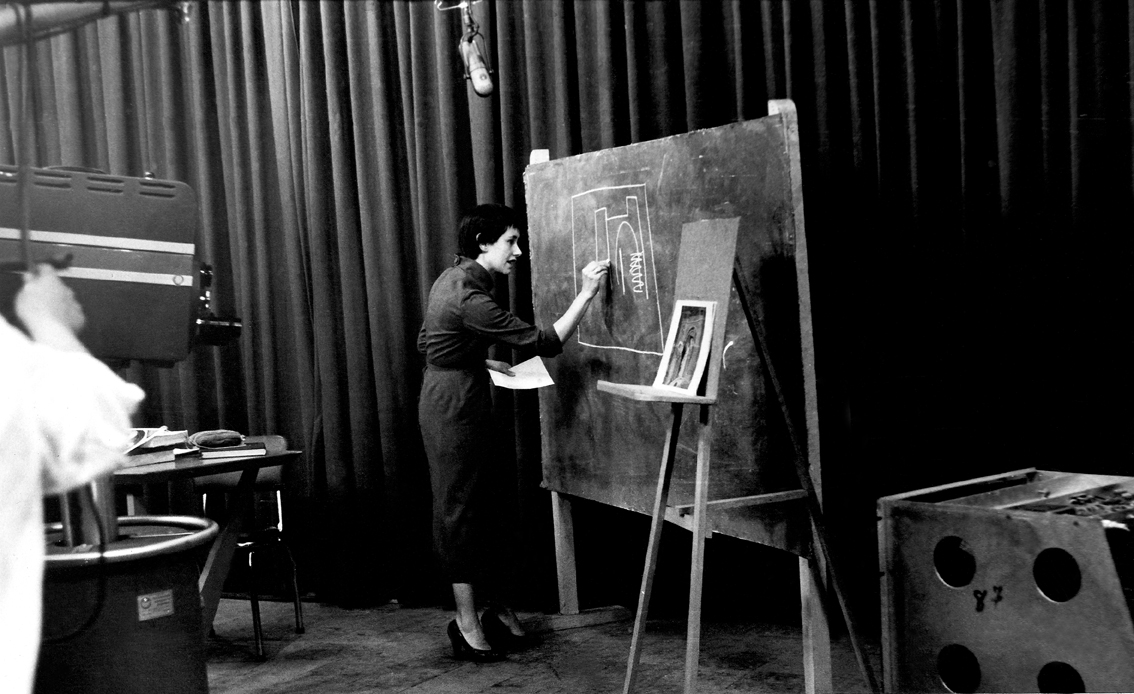
04/11/2023
ESSAYS
Marta Traba's work in the country managed to combine art criticism with academic teaching, radio and television programs, magazine editing and exhibition management. She also contributed to the creation and direction of the Museum of Modern Art of Bogota. In addition, her work in favor of the internationalization of ... read more -
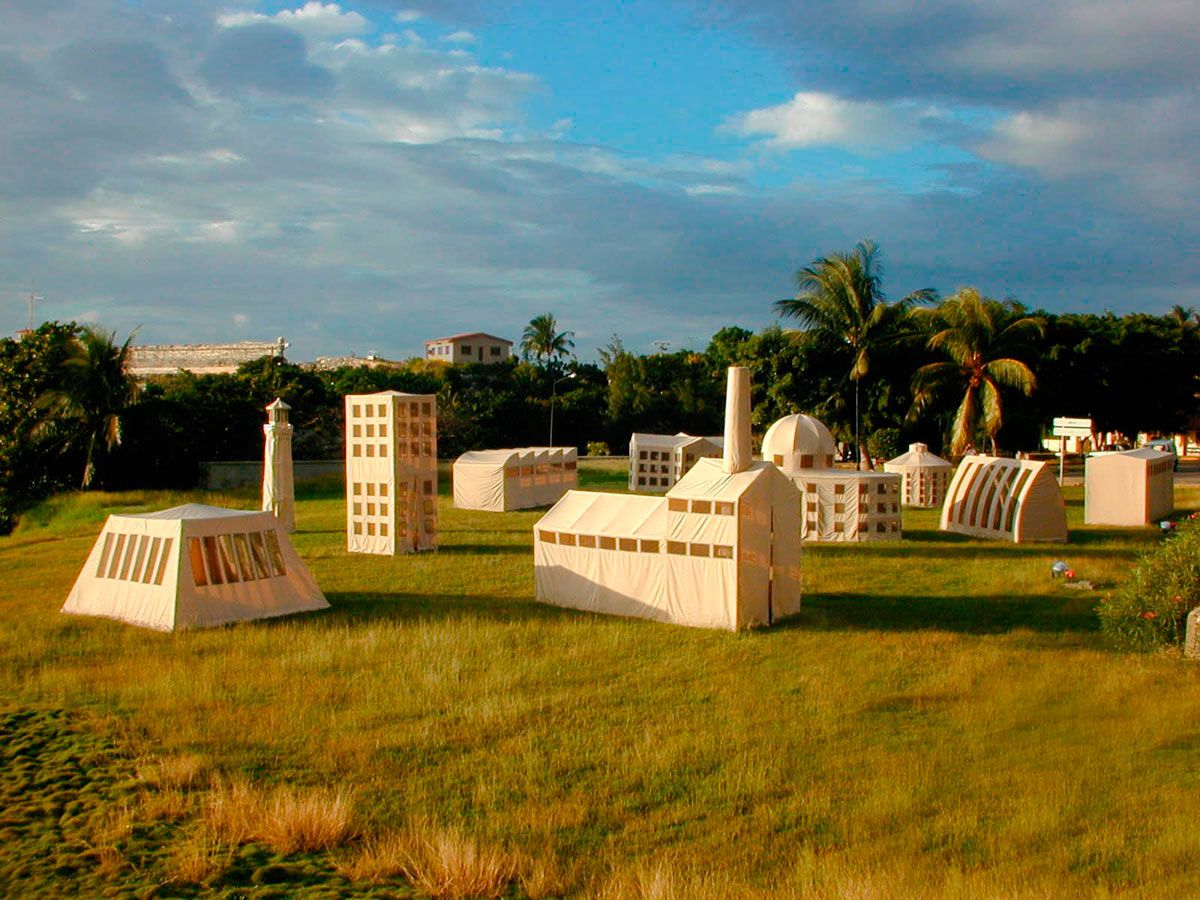
04/10/2023
MAPPINGS
The space is often cited as being less affected by the political ebbs and flows of the Cuban State, where freedom of speech and expression are largely maintained, thus creating the perfect grounds for creative growth and blossoming. read more -
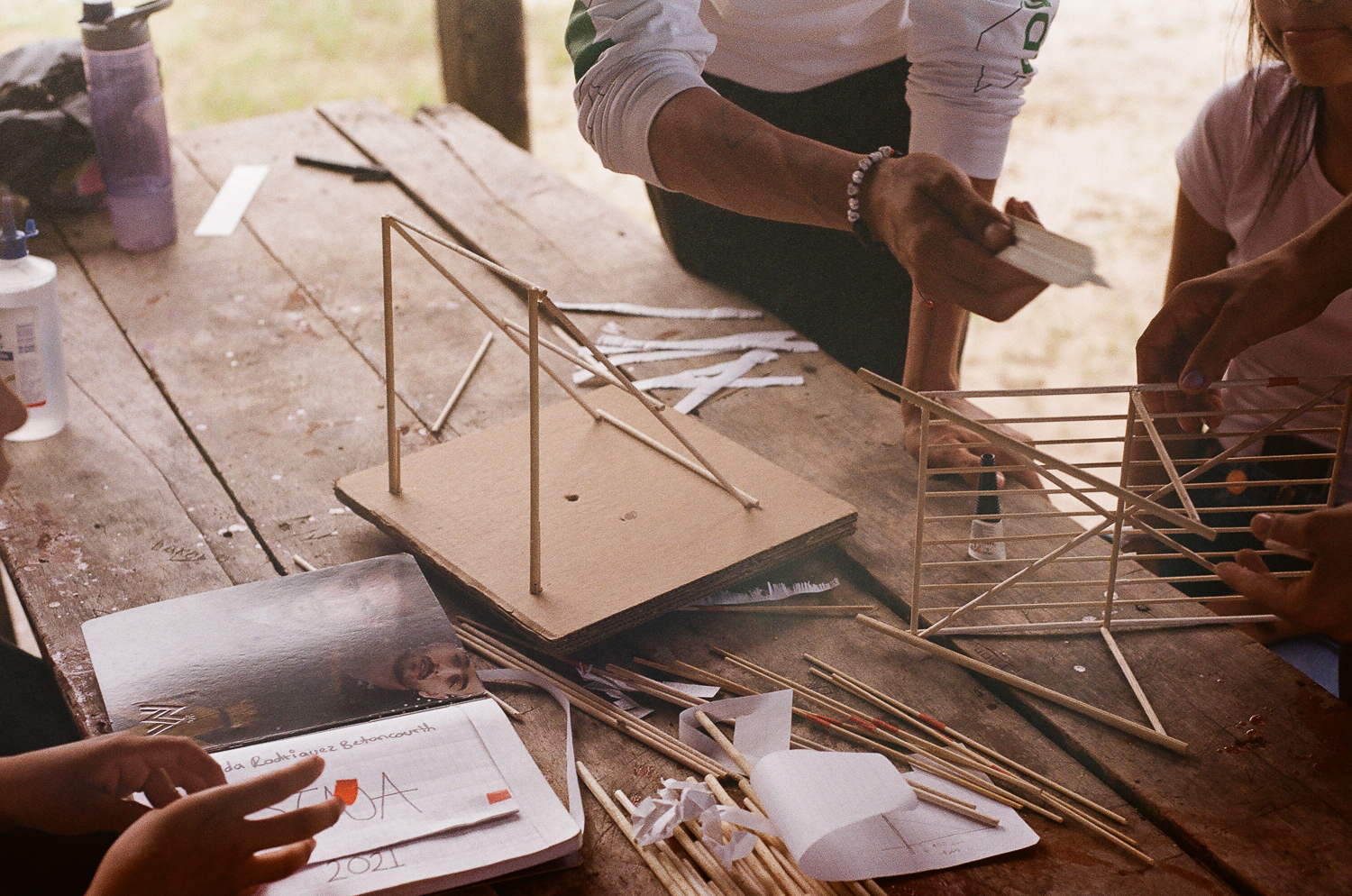
04/03/2023
MAPPINGS
How flexible and malleable can curating become in order to provoke a flux of ideas rather than reassert already established concepts? [...] What happens when curating is about being within live processes rather than relating through finished forms? read more -
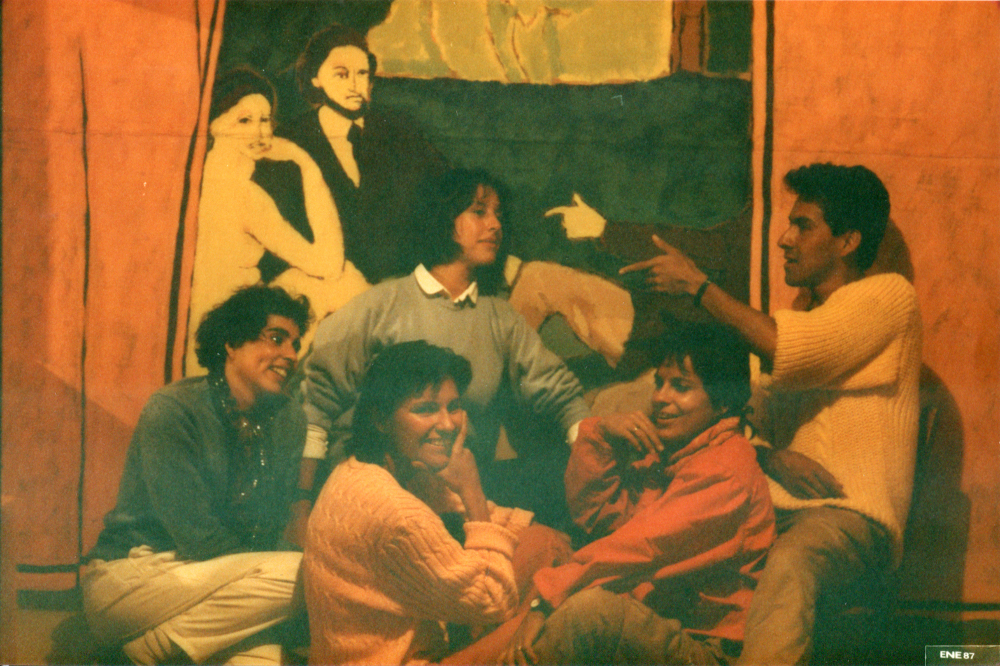
04/01/2023
ESSAYS
How can one teach how to look? What results are sought? How could they be evaluated? Would there be a method, a path, or rather, a rhizome, a loop between teacher, students and public? What would be the privileged scenario? If a traditional, academic, standardized, and quantified result was not desired, the space of ... read more -
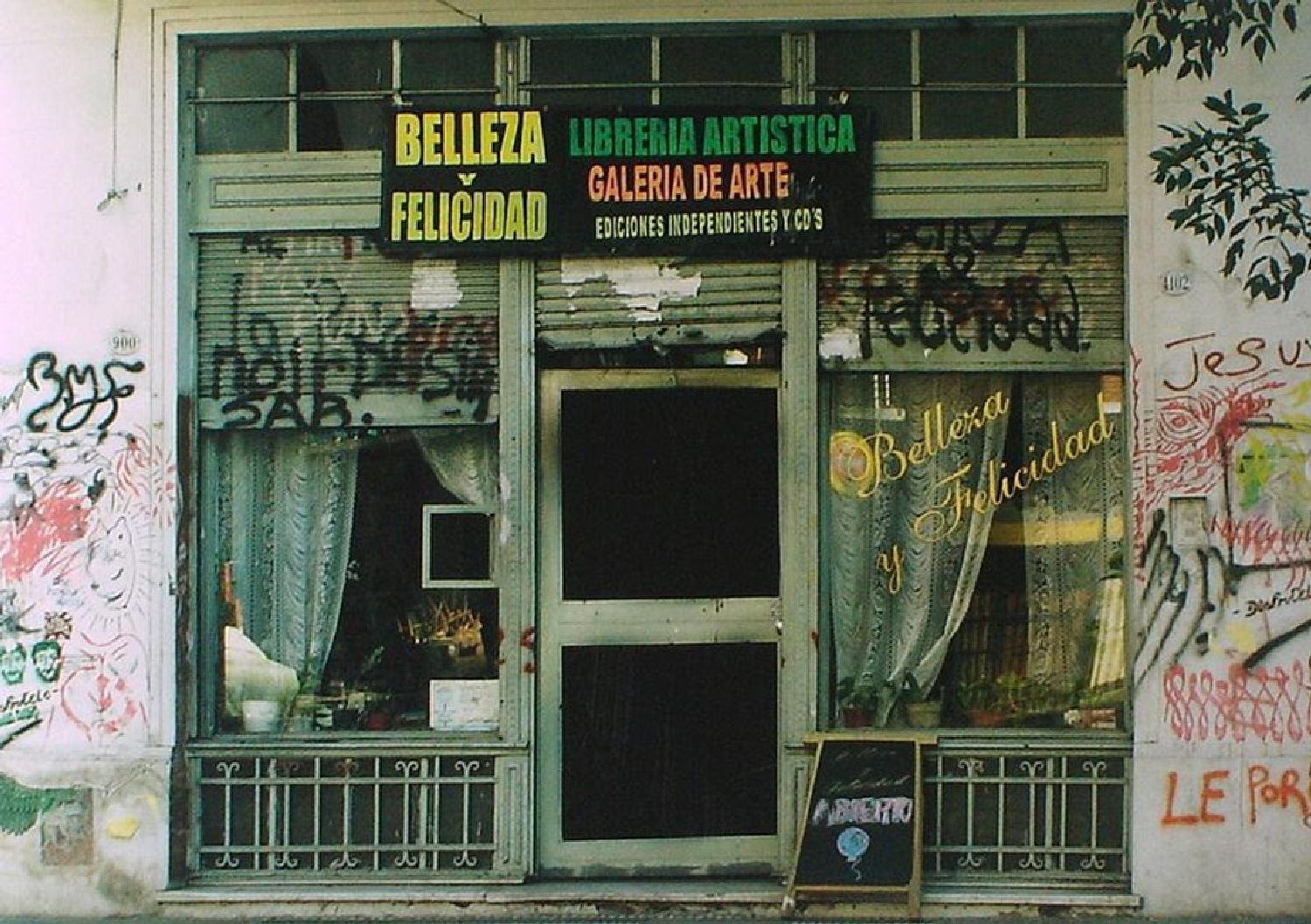
03/29/2023
MAPPINGS
The artistic, pedagogical and curatorial practices of Alberto Goldenstein, Fernanda Laguna and Roberto Echen generated new ways of perceiving and understanding part of the world [...] What fights they had to face? What traces they left? Why they marked an era? read more -
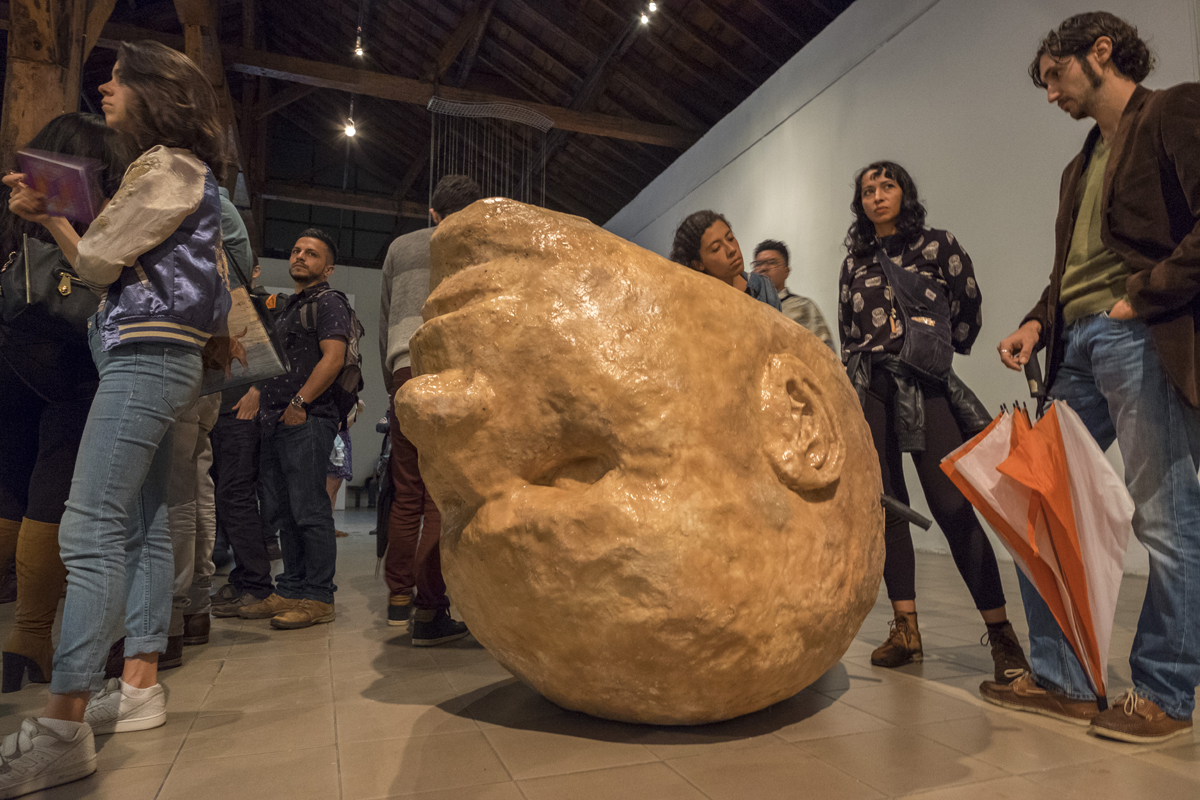
03/28/2023
MAPPINGS
The fact that the three projects [CAP, Escuela Experimental de Arte, and EspIRA] are based on affective pedagogies is the outcome of experiential and contextual knowledge of their territories. A little bit a consequence of the hostility and shortcomings of the context, but also a reflection of a practice born from ... read more -
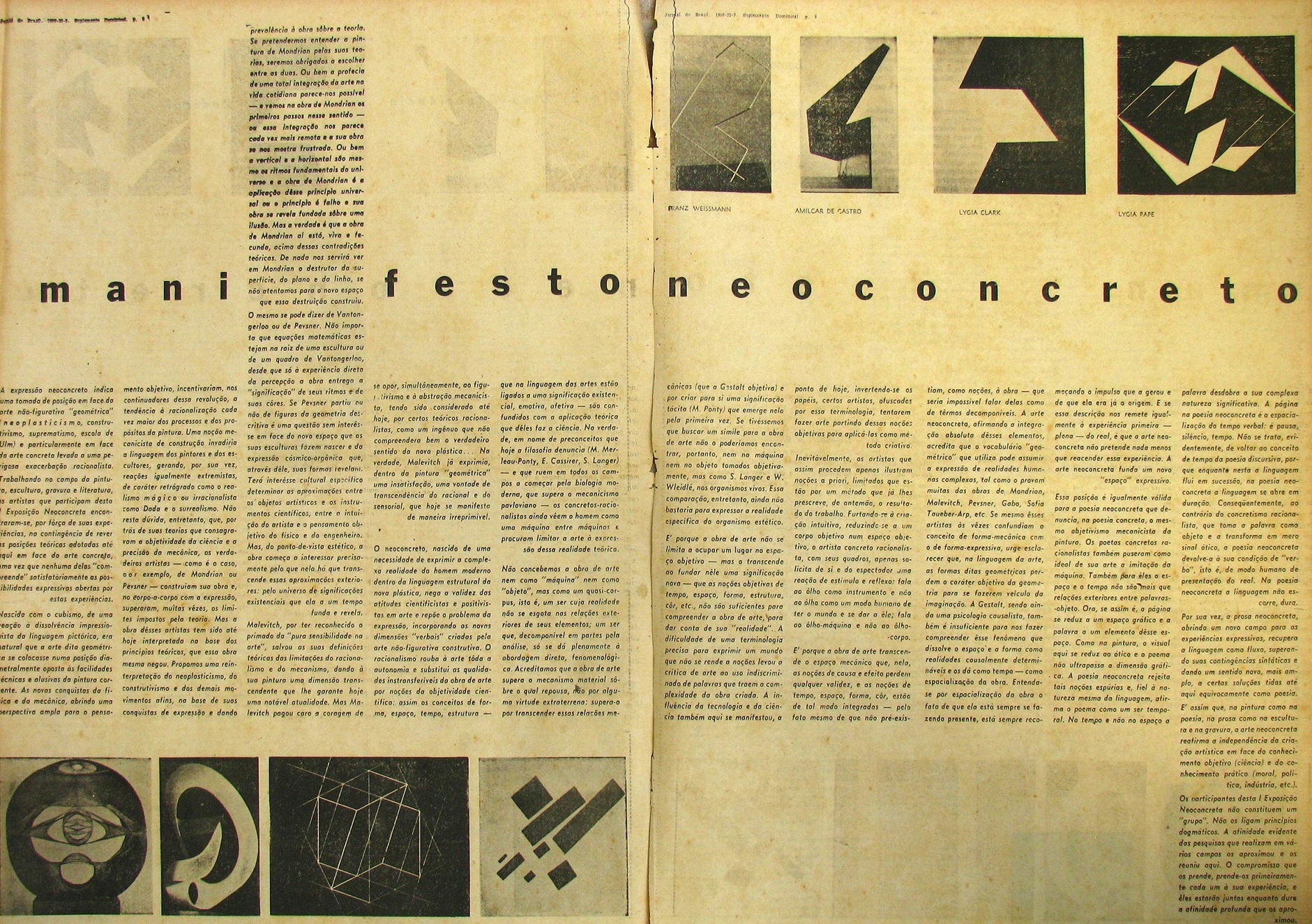
03/16/2023
ESSAYS
To look at SDJB and its graphic solutions is to see the principles proposed by Brazilian concrete and neo-concrete art acting directly upon the real world, since the newspaper is linked to a function: it is a vehicle for information. read more -

03/15/2023
PRACTICES
Based on a personal practice of oneiric exploration sustained over 20 years and academic research on Indigenous art of the Americas and dreaming, Delonis Escalante (Havana, Cuba, 1979) develops a personal artistic and pedagogical practice oriented towards creative stimulation as a tool for self-knowledge, the ... read more -
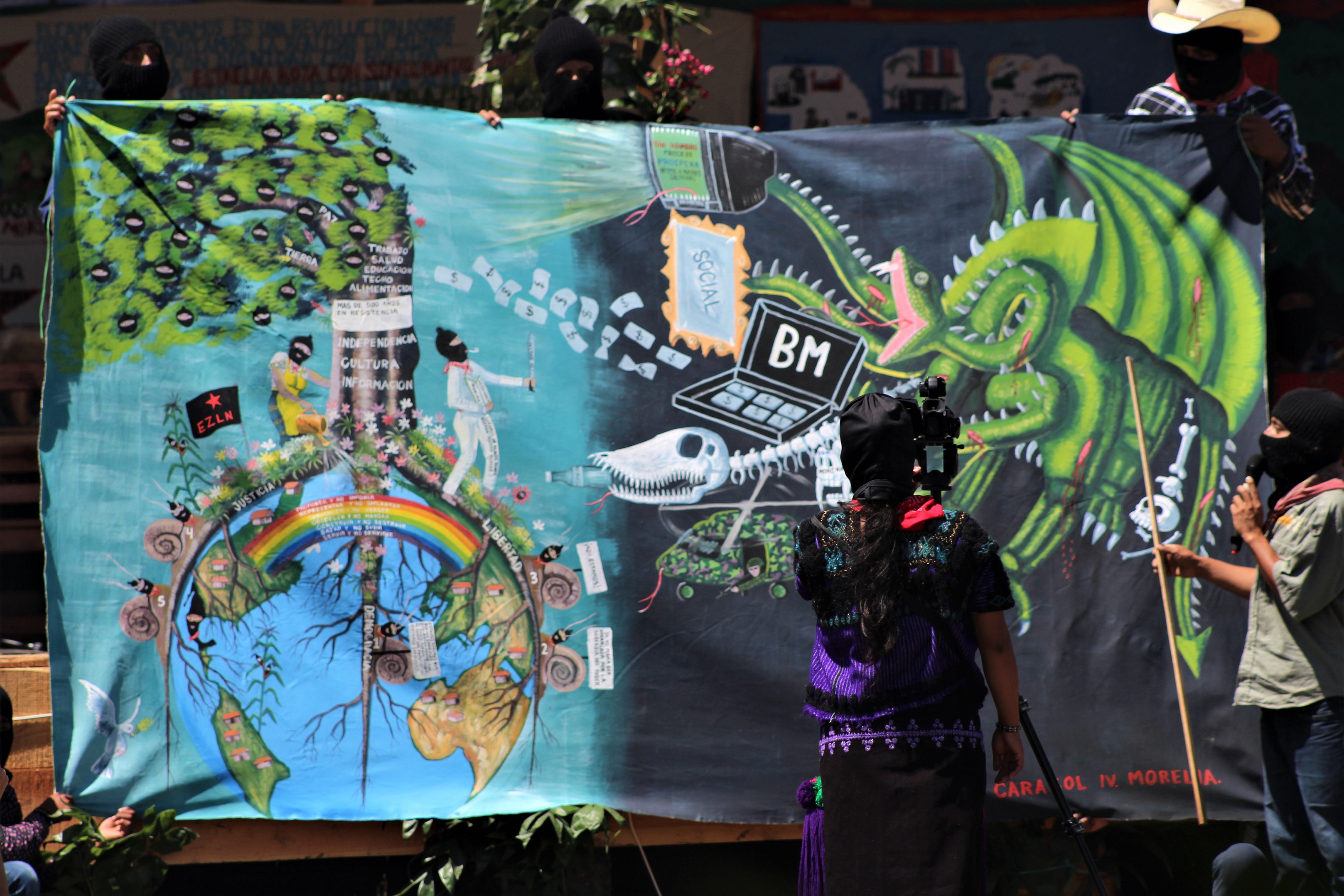
03/14/2023
MAPPINGS
The Zapatista arts are fulfilling the double function of, on the one hand, narrating their own history for the exercise of collective memory and, on the other, making pedagogy about the current daily praxis of autonomy. read more -
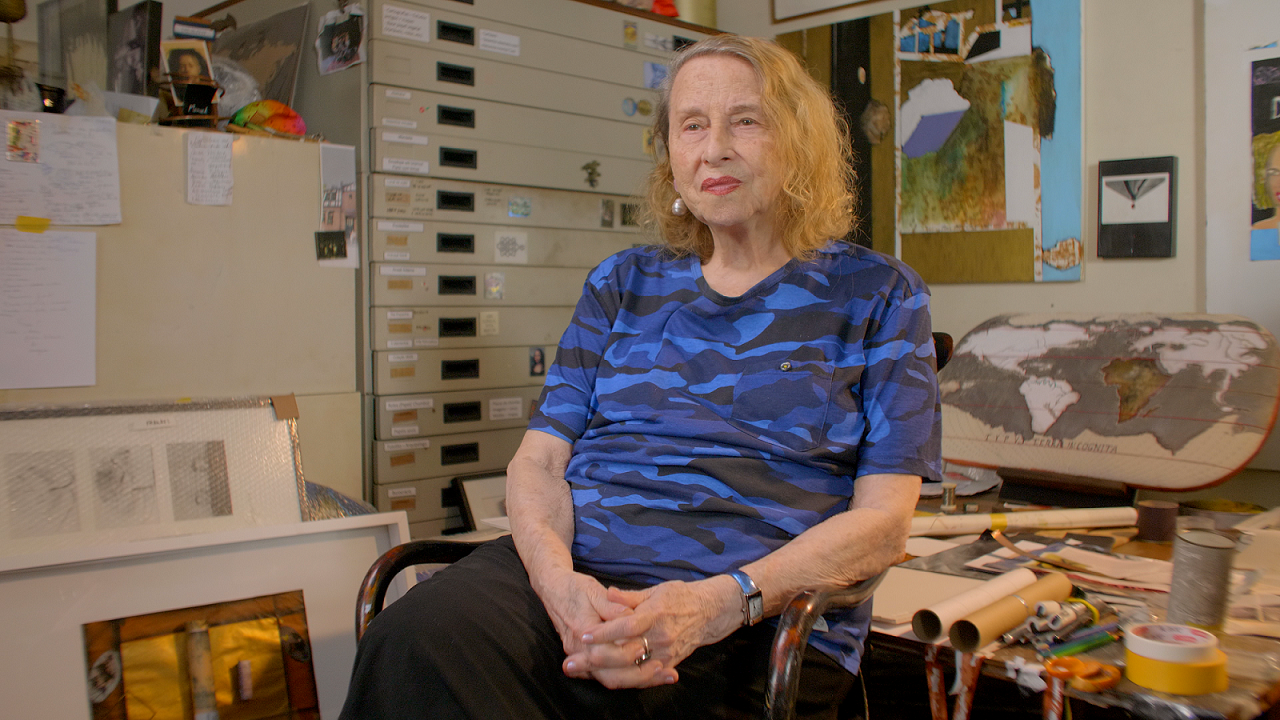
03/08/2023
CONVERSATIONS
Anna Bella Geiger (Rio de Janeiro, Brazil, 1933): multidisciplinary artist and professor of Polish-Jewish ancestry and professor at the Escola de Artes Visuais do Parque Lage. She is widely known both for her early abstract works and for her pioneering incursions into video art and installation, as well as for her ... read more -
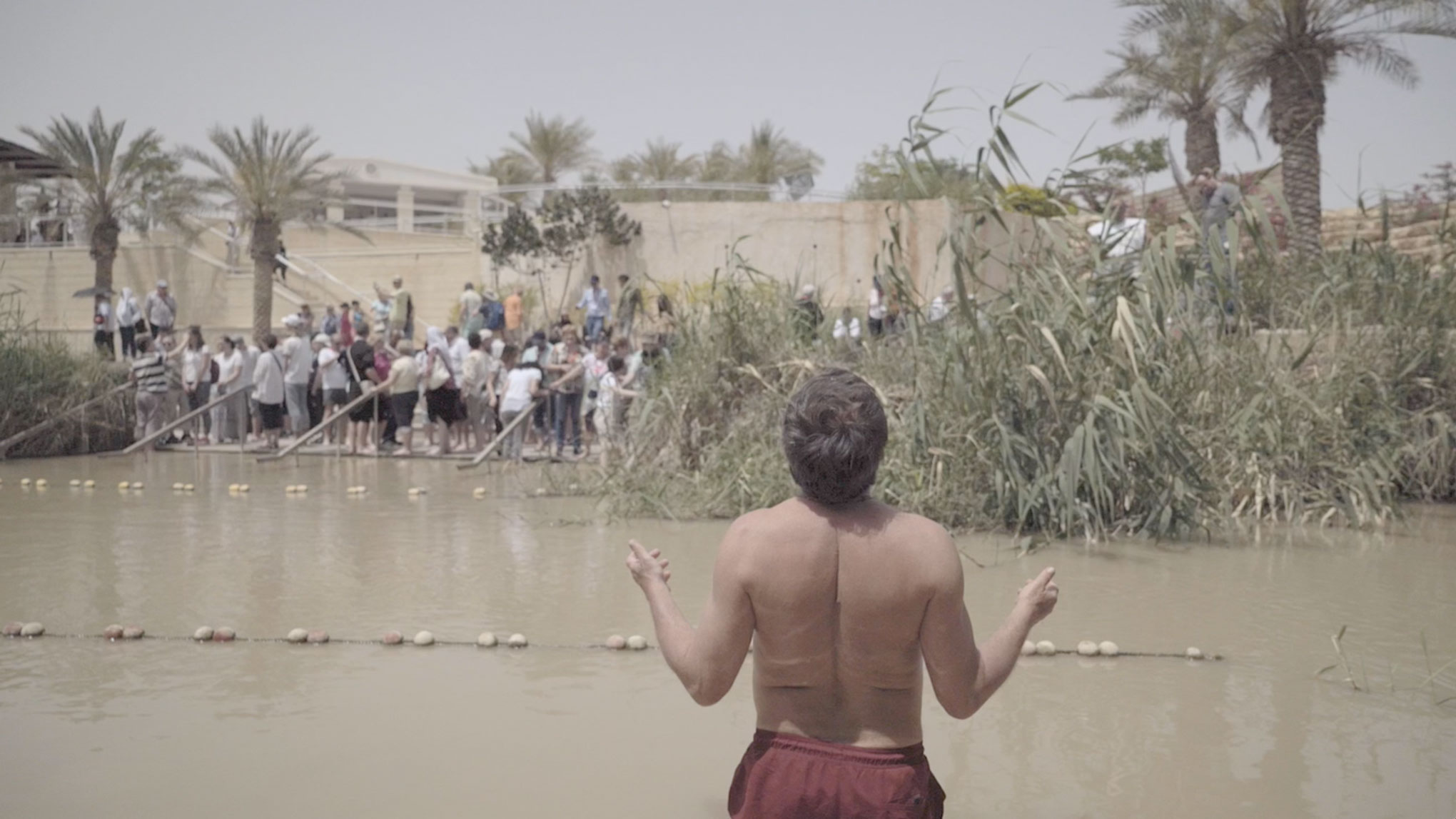
03/07/2023
PRACTICES
From an interdisciplinary approach that spans film, photography, poetry, and pedagogical projects, Gian Spina (São Paulo, Brazil, 1984) carries out an investigation on the materialization of power in history, its narratives, and the public sphere. In recent years, his work has drawn on the experience of residing in ... read more -
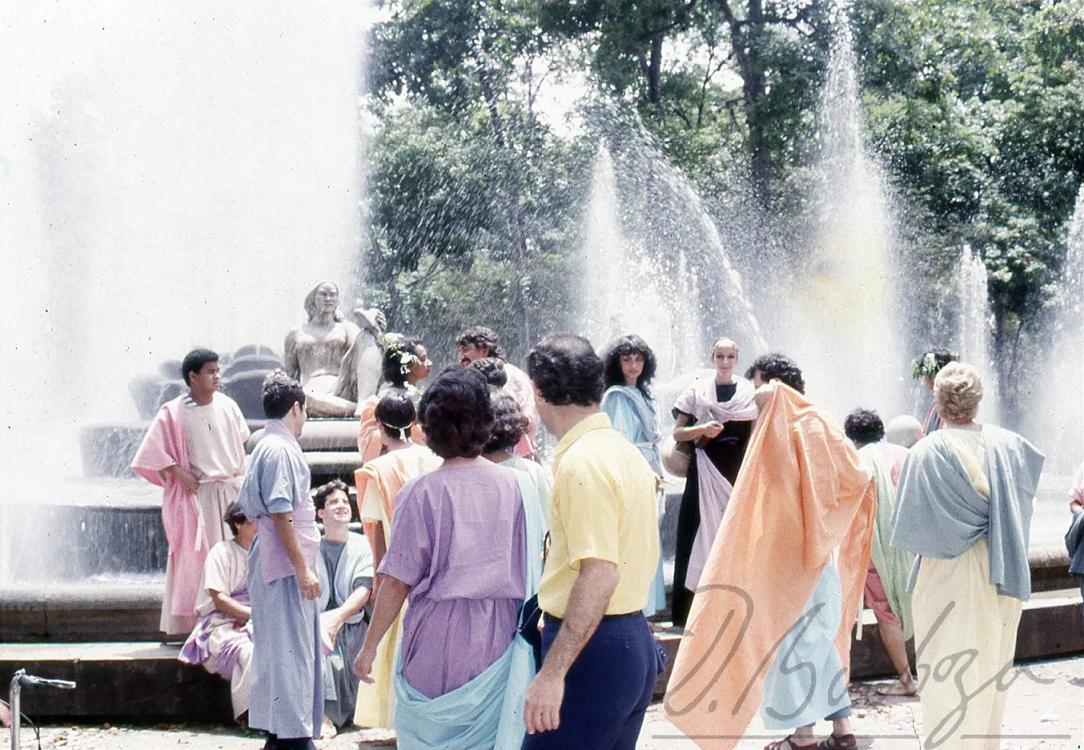
03/06/2023
ESSAYS
The viewer’s participation was a way to create a space for sensitive interactions that would allow a change in our way of being in the world, to "awaken the spectator from his lethargy and passivity before life [...] and, likewise, to enable the emergence] of a better way of thinking, feeling and loving.” read more -

02/06/2023
PRACTICES
It was founded in Santiago de Chile in 2013, as a result of the sustained work in the area of pedagogy and social intervention by actress, playwright, and current creative director Paulina Hunt Precht, together with her team formed by Adriana Castro Hunt and Juan Guillermo Ossa. Their research and projects based on ... read more -
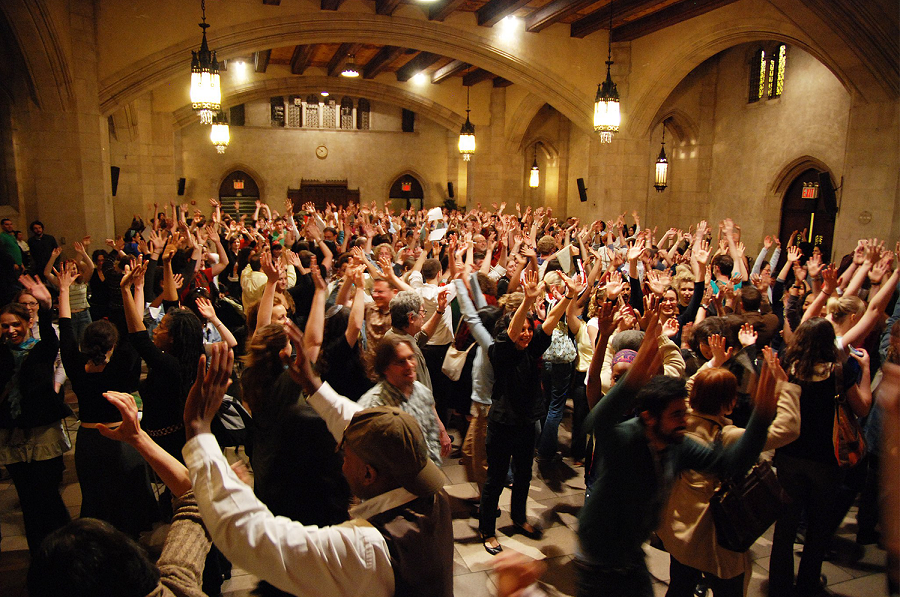
02/02/2023
ESSAYS
Fragmenting machismo means co-creating a psychodiversity and a diversity of ways of expressing masculinities from the point of view of a relational and processual poetics [...] this essay is a first approach to the implementation of such fragmentation through the dramatic-pedagogical tools of the Brazilian playwright ... read more -
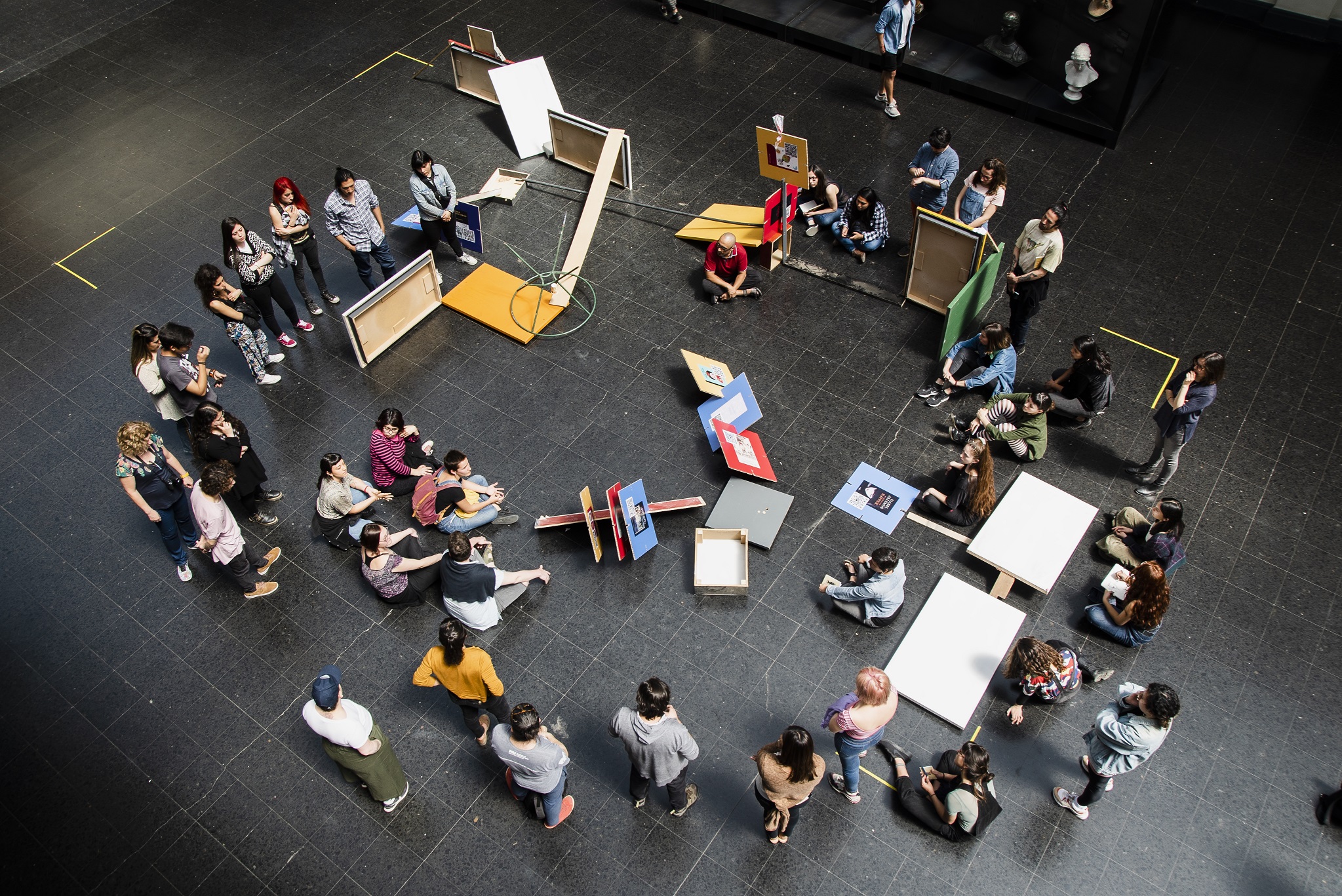
02/01/2023
MAPPINGS
Are there pedagogical strategies that dislocate art museums from their vocation as civilizing devices to become institutions of reparation, rooted in their territories and histories? read more -
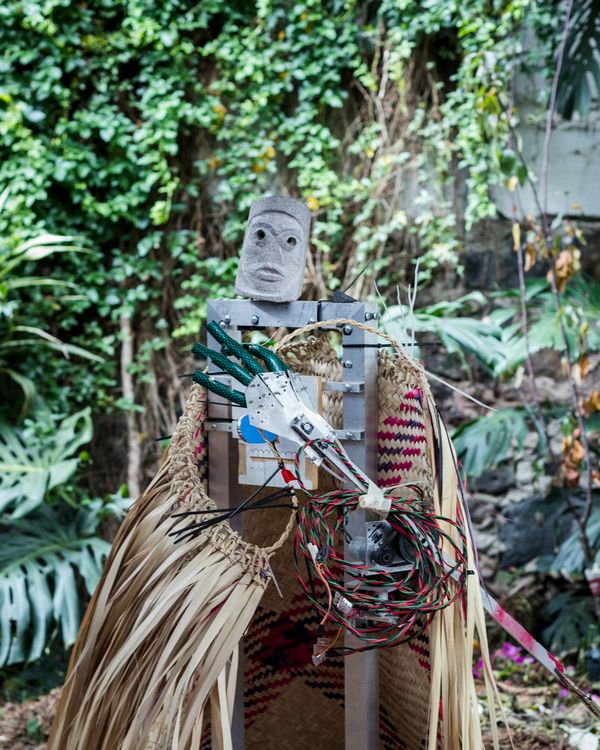
01/26/2023
CONVERSATIONS
We talked with Sara about her interests in expanding curatorial practices that extend beyond exhibition-making, and as a site for the construction of collective knowledge through encouraging visual encounters. This conversation is an invitation to ask ourselves how artistic and curatorial practices help us repair, ... read more -
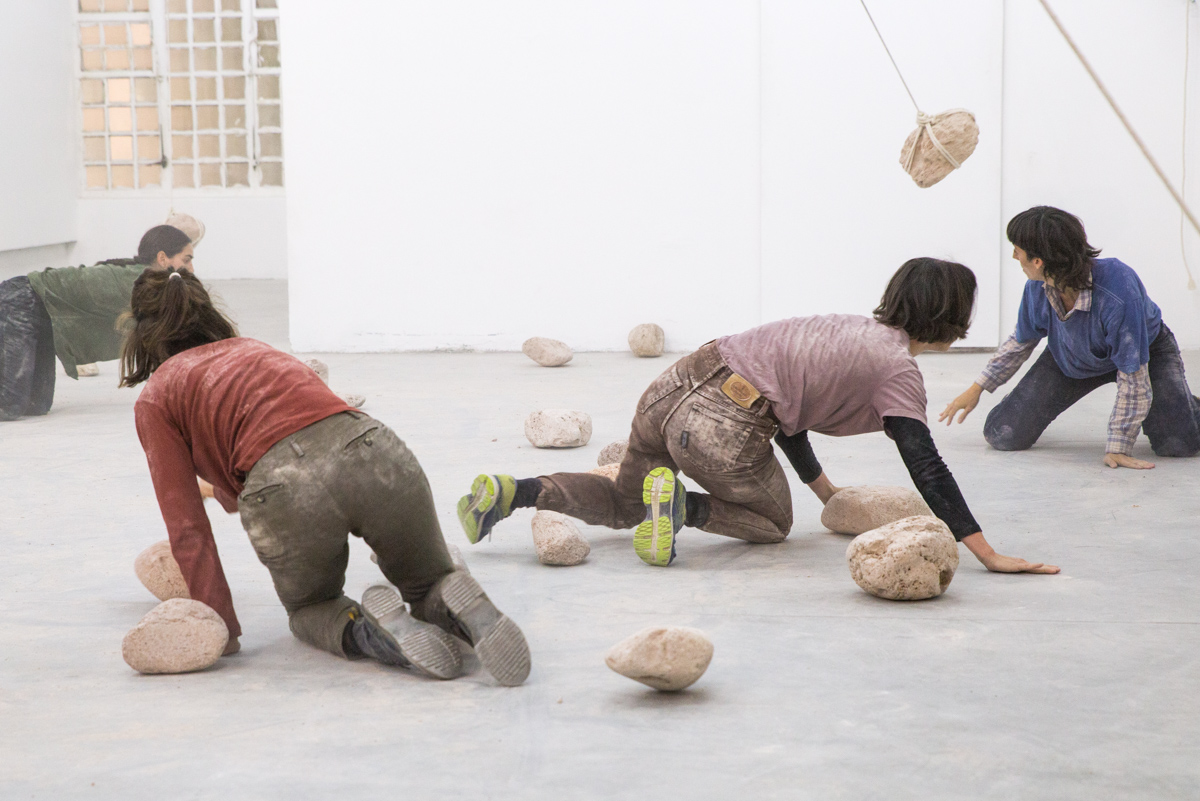
12/16/2022
PRACTICES
Hence, from an expansive and disseminated choreographic practice, Alina develops her work and research together with plants, animals, objects, and other humans. She also participates in self-directed collaborative projects of scenic research and co-directs El Asunto de lo Remoto – performance cycle, the Club Galería ... read more -
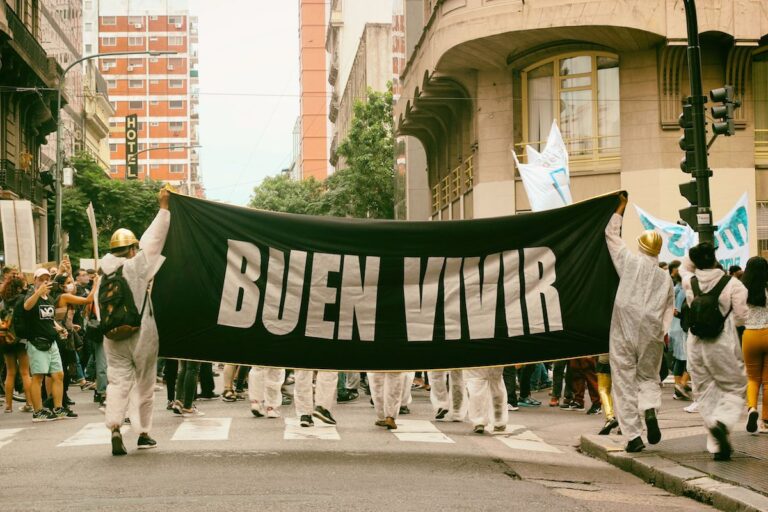
12/11/2022
MAPPINGS
Promiscuity implies indiscriminate care, going beyond the idea of only taking care of "our own" [...] We will trace care practices through specific art interventions by the collectives Mujeres Creando (Bolivia), Delight Lab (Chile), and Etcetera (Argentina). read more -
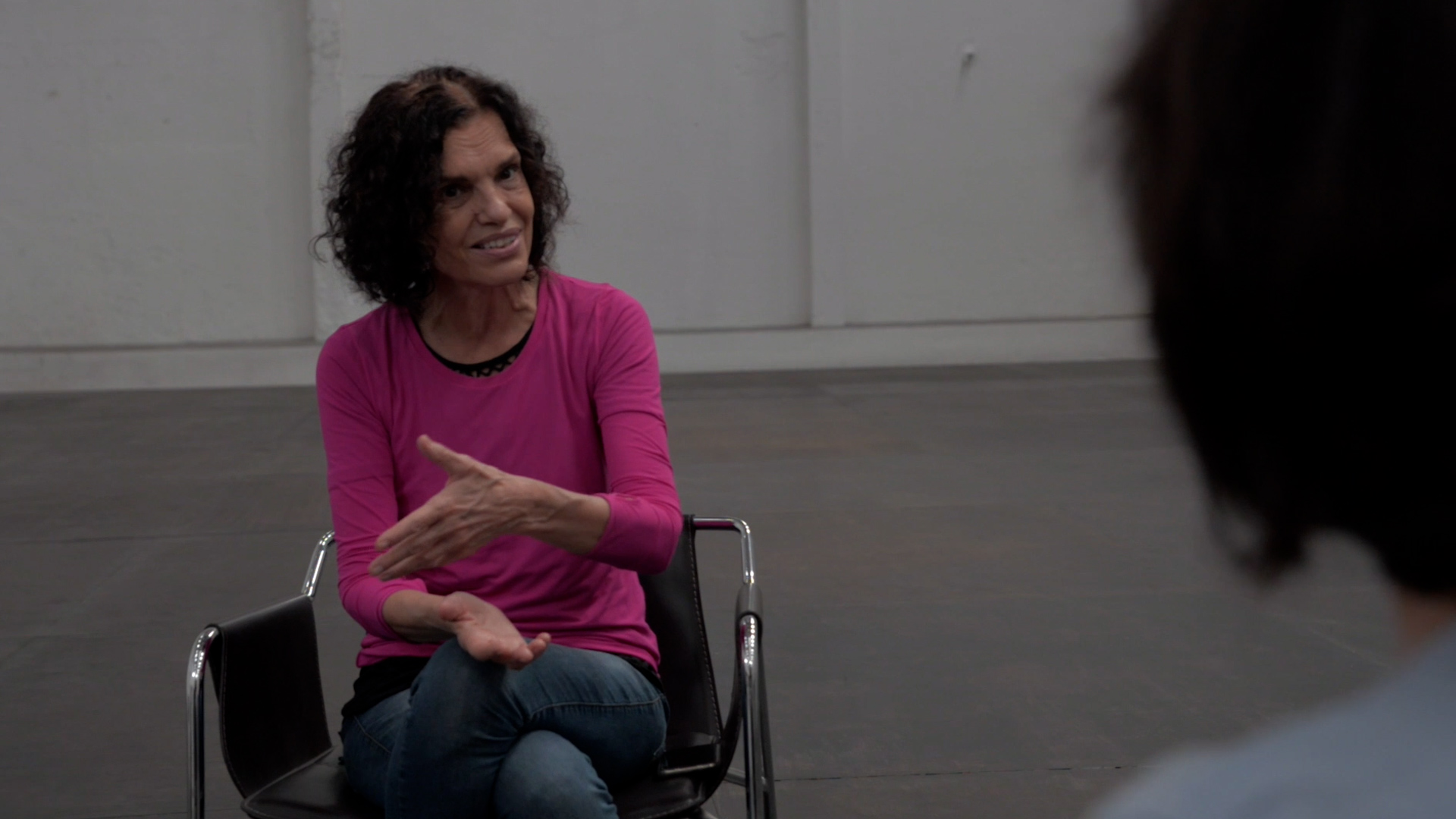
12/08/2022
CONVERSATIONS
Lia Rodrigues (São Paulo, Brazil, 1956) is a Brazilian choreographer well-known for her social-critical and socially-charged pieces developed with the Lia Rodrigues Companhia de Danças. She also founded the Panorama Festival and, since 2004, her Company is based in Rio de Janeiro’s favela da Maré, where she has been ... read more -

12/06/2022
ESSAYS
Implicit in Valcárcel's proposal for a movement that summons creativity to contribute to the construction of a more democratic society, is a new relationship between creativity and politics. This proposal is articulated out of his rejection of the association between artist and genius or virtuosity, [...] because he ... read more -
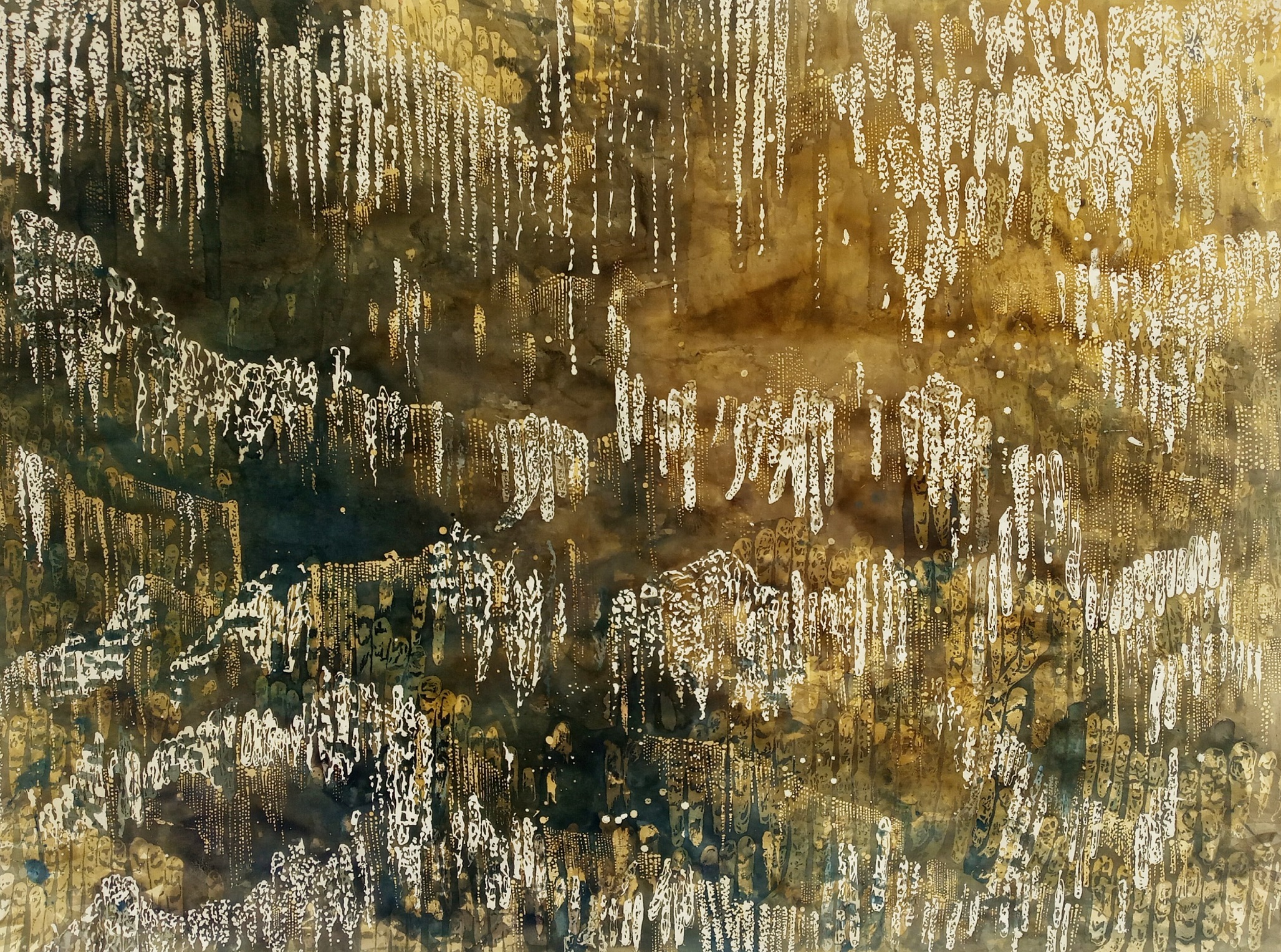
11/21/2022
MAPPINGS
Is it in fact possible to recreate past realities, belonging to a distant past? [...] The works of Argentine artist Lucila Gradín and Brazilian artist Guga Ferraz reveal those geographies lived and hidden under the layer of the present. [...] reproducing spaces that are both imagined and real at the same time. read more -
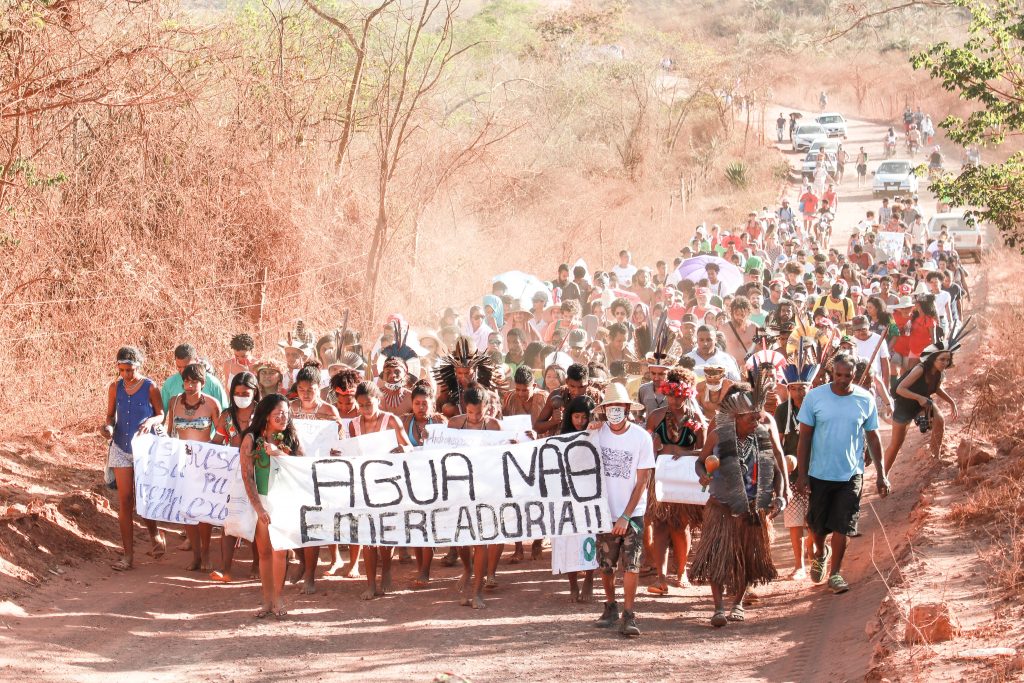
11/10/2022
MAPPINGS
Each one of these experiences weaves together the becomings and tactics that trouble the foundations that build our ideas of State, community and political action. In this sense, we understand these processes as speculative precisely because they extrapolate a present considered atrophied. read more -

11/07/2022
CONVERSATIONS
Miguel Rubio Zapata (Lima, Peru, 1951) is a Theater director, founding member and director of Grupo Cultural Yuyachkani. He proposes a theater of creation and research based on material produced by actors. His experience is based on research into Peruvian culture and its application in contemporary artistic ... read more -
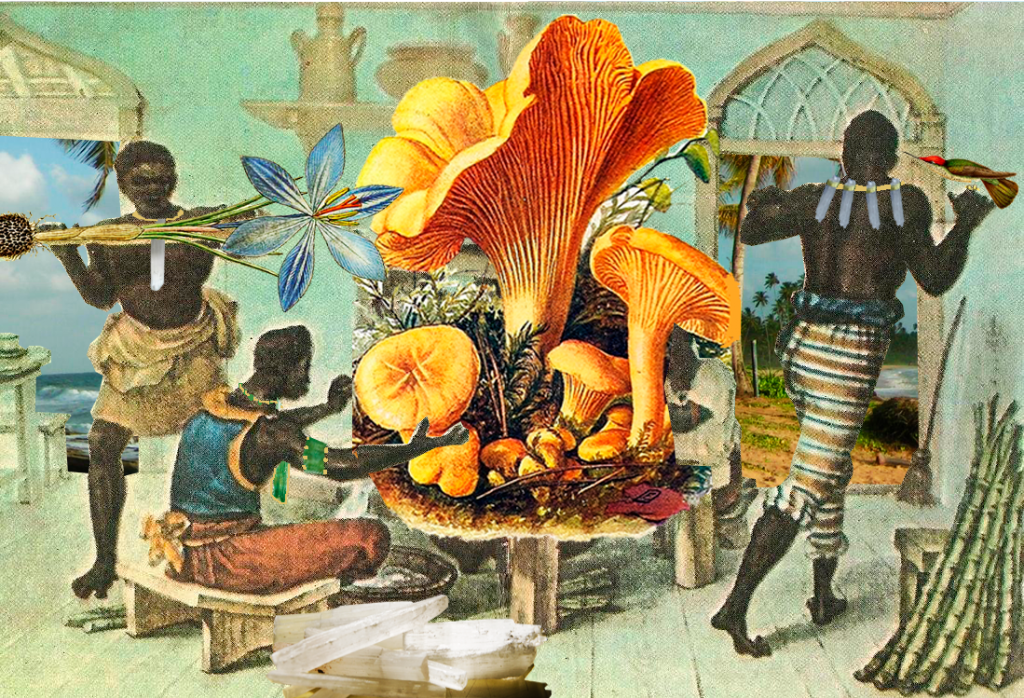
11/07/2022
ESSAYS
Our struggle for the acceleration of the end of the world as we know it will include a programming executed from counter-pedagogical notions. It will also contemplate imagination as a strategic field of destruction, resignification and invention situated within our struggle of low intensity and micropolitical scale. read more -
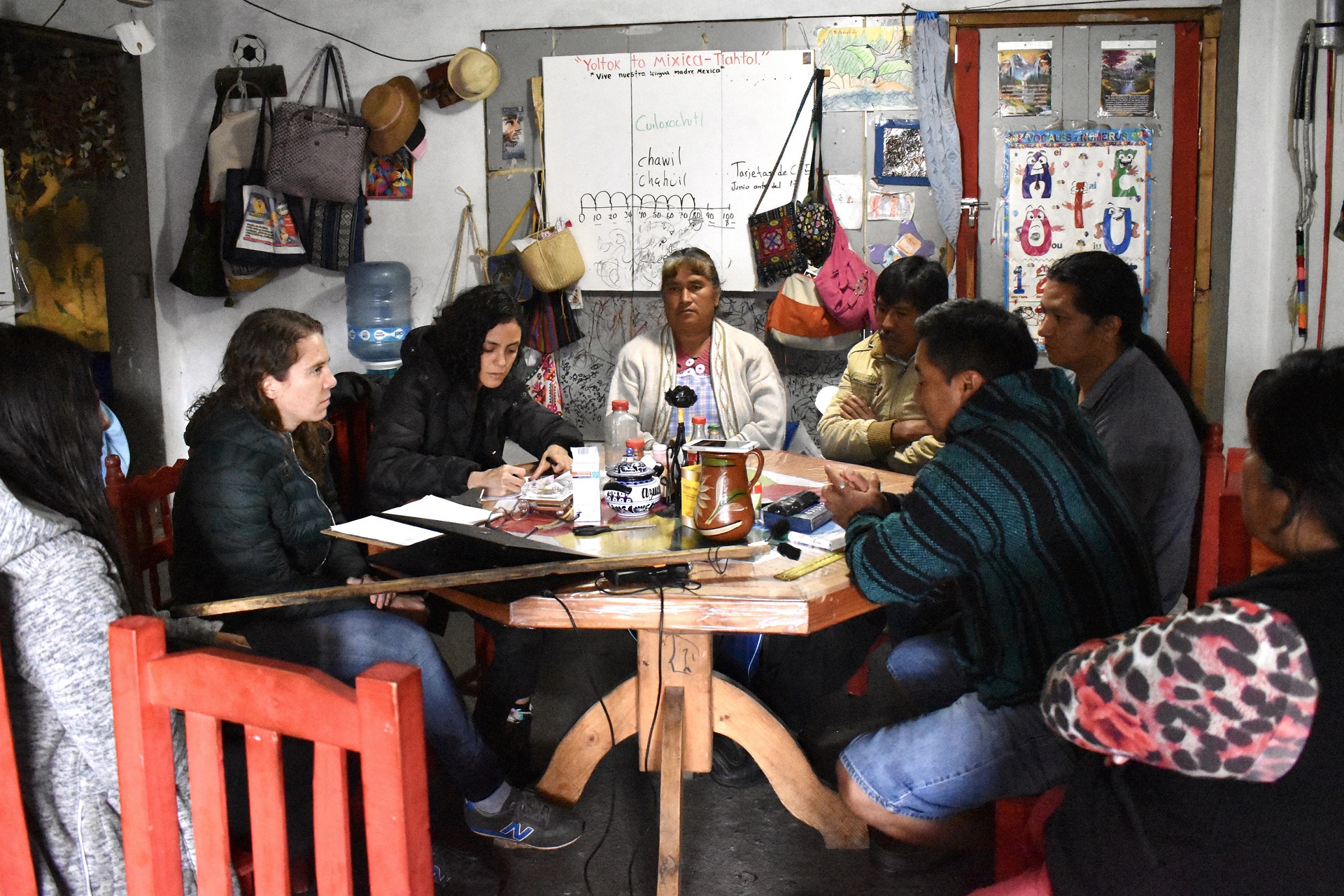
10/28/2022
PRACTICES
Reconfigured in 2019 as a Tequiocalco, Arte a 360 Grados is an organization that resides in Hueytlacuauac, Cuauhtotoatla, Tlaxcalla (Mexico), bringing together professionals in the visual and plastic arts, music, biology, philosophy, multimedia and electronics; and professionals in the knowledge and ways of the ... read more -
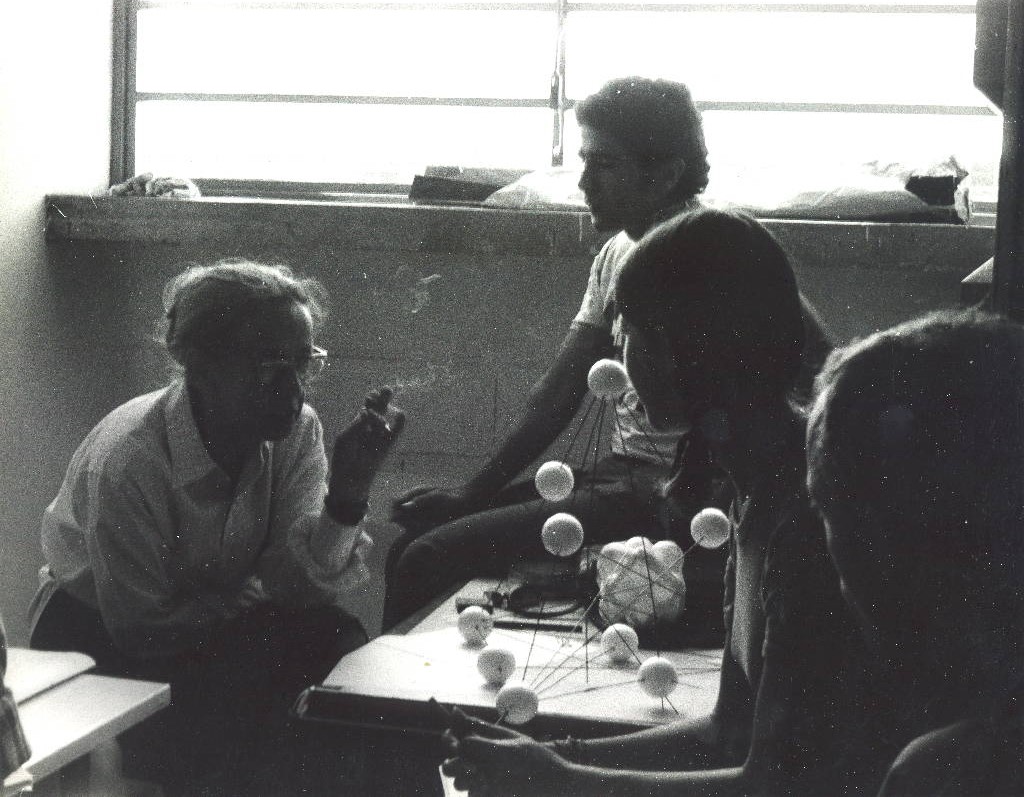
10/14/2022
CONVERSATIONS
Gego (1912–1994) was a German-Venezuelan artist, architect, and designer who gained international recognition with her large-format spatial installations. She is considered one of the most representative artists of 20th-century abstraction in Latin America. Parallel to her artistic work, Gego developed a particular ... read more -
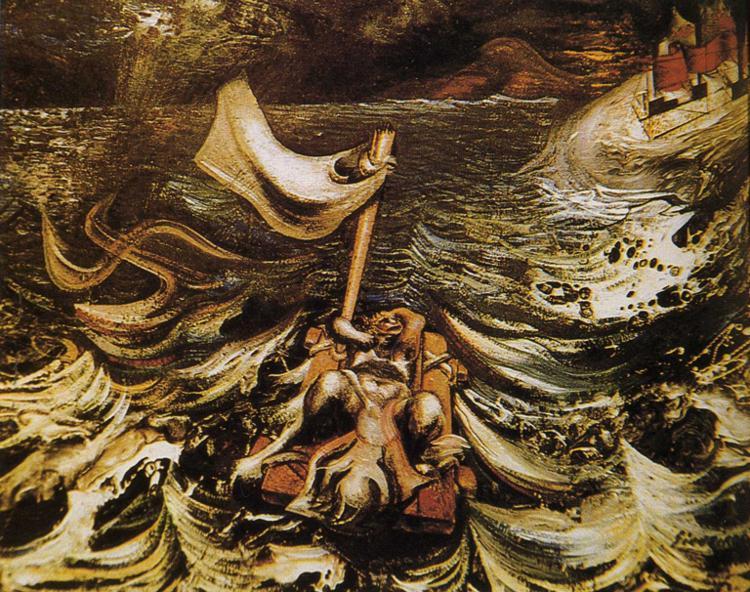
10/04/2022
ESSAYS
The notion of 'public art' understood as a transformative and revolutionary vehicle, at the service of society, is central to understanding his work—his life, as much as his production, is articulated by this precept. read more -
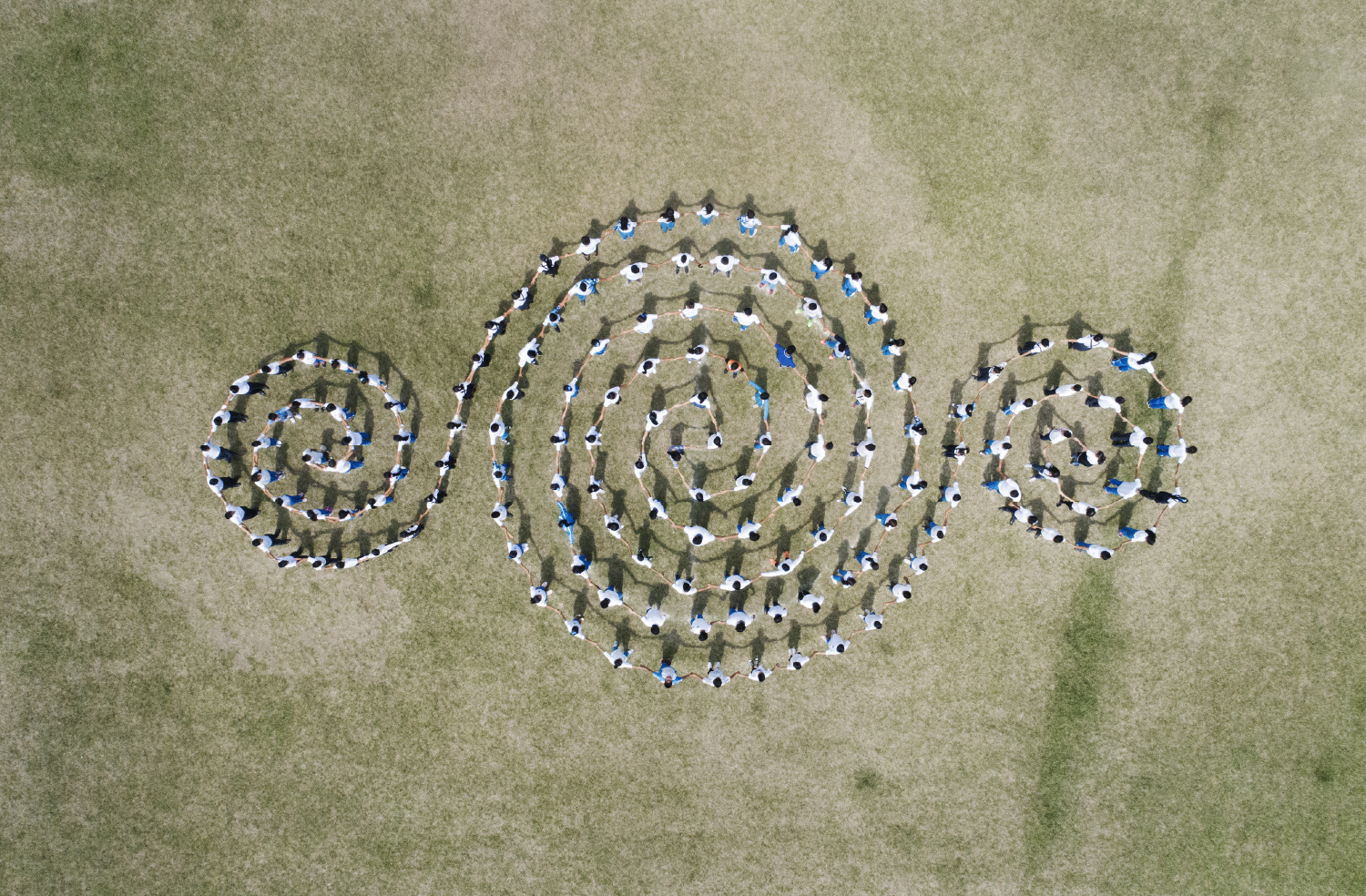
10/03/2022
MAPPINGS
These three projects are signs of how much the school can learn from citizen activism. It is a matter of pedagogical innovation from the art practices and especially from the struggles that are being waged today to redefine democracy [...] with new images of history and with the cultural diversity of all its people. read more -
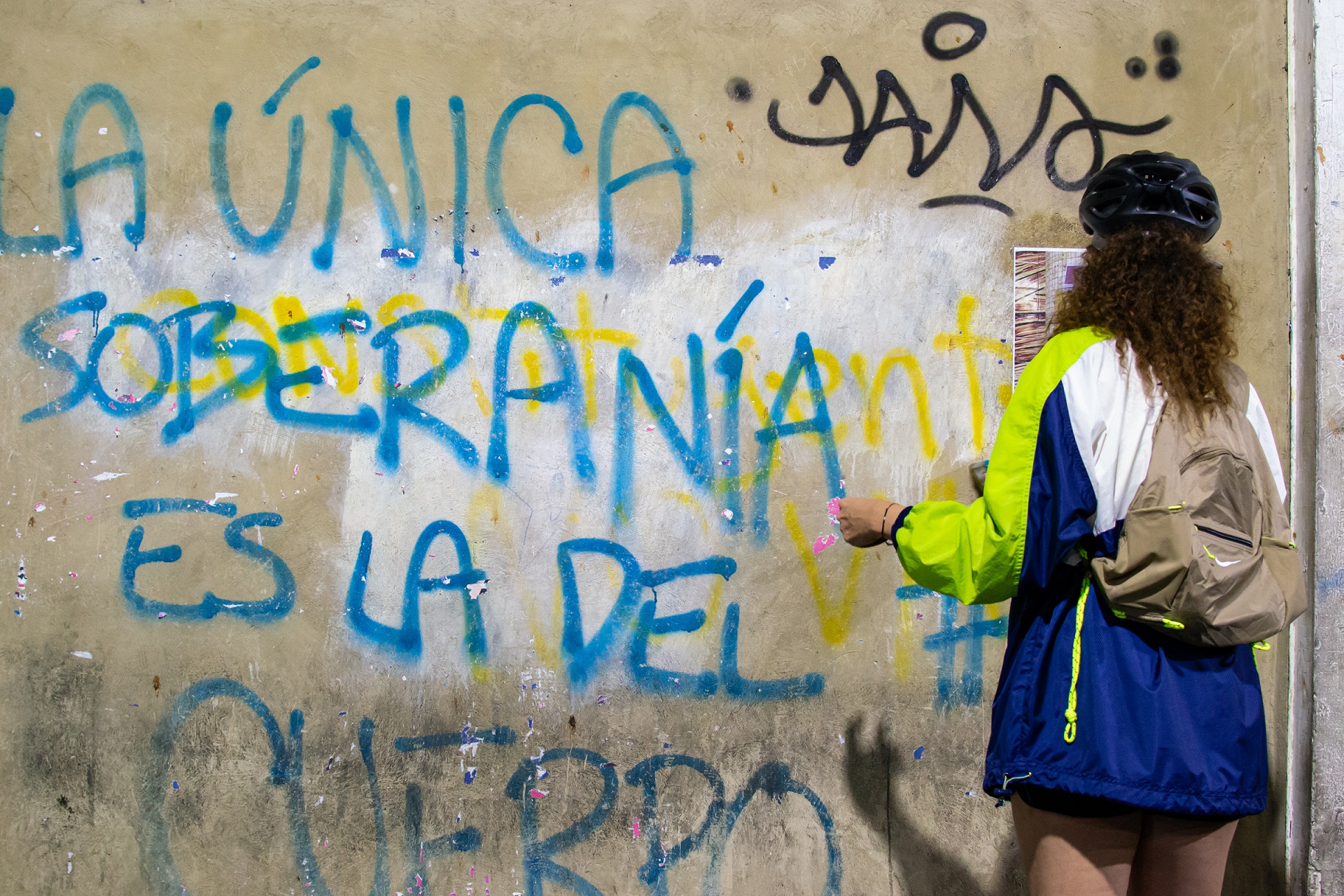
10/01/2022
PRACTICES
Led by Eduardo Burger, Gracia Salazar lang, Seymar Liscano, Andreina González, and Rogmy Armas, Labo Ciudadano (Caracas, Venezuela, 2017) is a laboratory of social innovation that co-designs experiences of non-violent collective action. In response to the desire for a different reality, their work is a continuous ... read more -
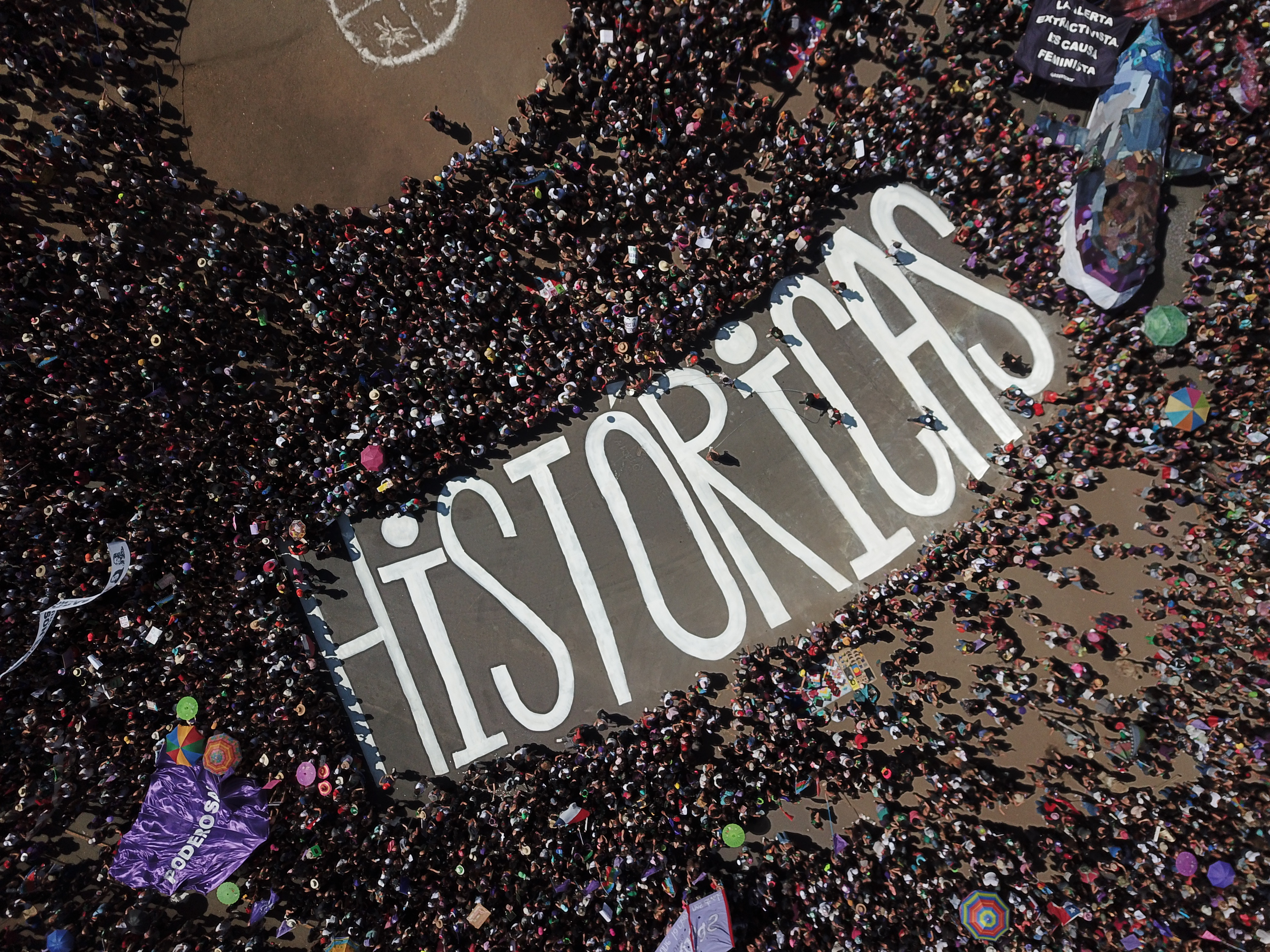
09/22/2022
MAPPINGS
A selection of cases of artivism from Argentina, Chile, and Mexico, which work with practices of un-education and radical imagination, using tools that destabilize the prevailing order from the arts and various aesthetic devices [...] they lead to develop radical imaginations that are capable of changing the living ... read more -

09/12/2022
PRACTICES
Founded in 2014, Galería MUY (GaleMUY) is an arts space formed by a collective of Mayan and Zoque creatives of Chiapas, Mexico. Based in San Cristóbal de las Casas, the GaleMUY has temporary and permanent exhibits and disseminates art in communities in Indigenous territories of the state. Here are collectivized ... read more -
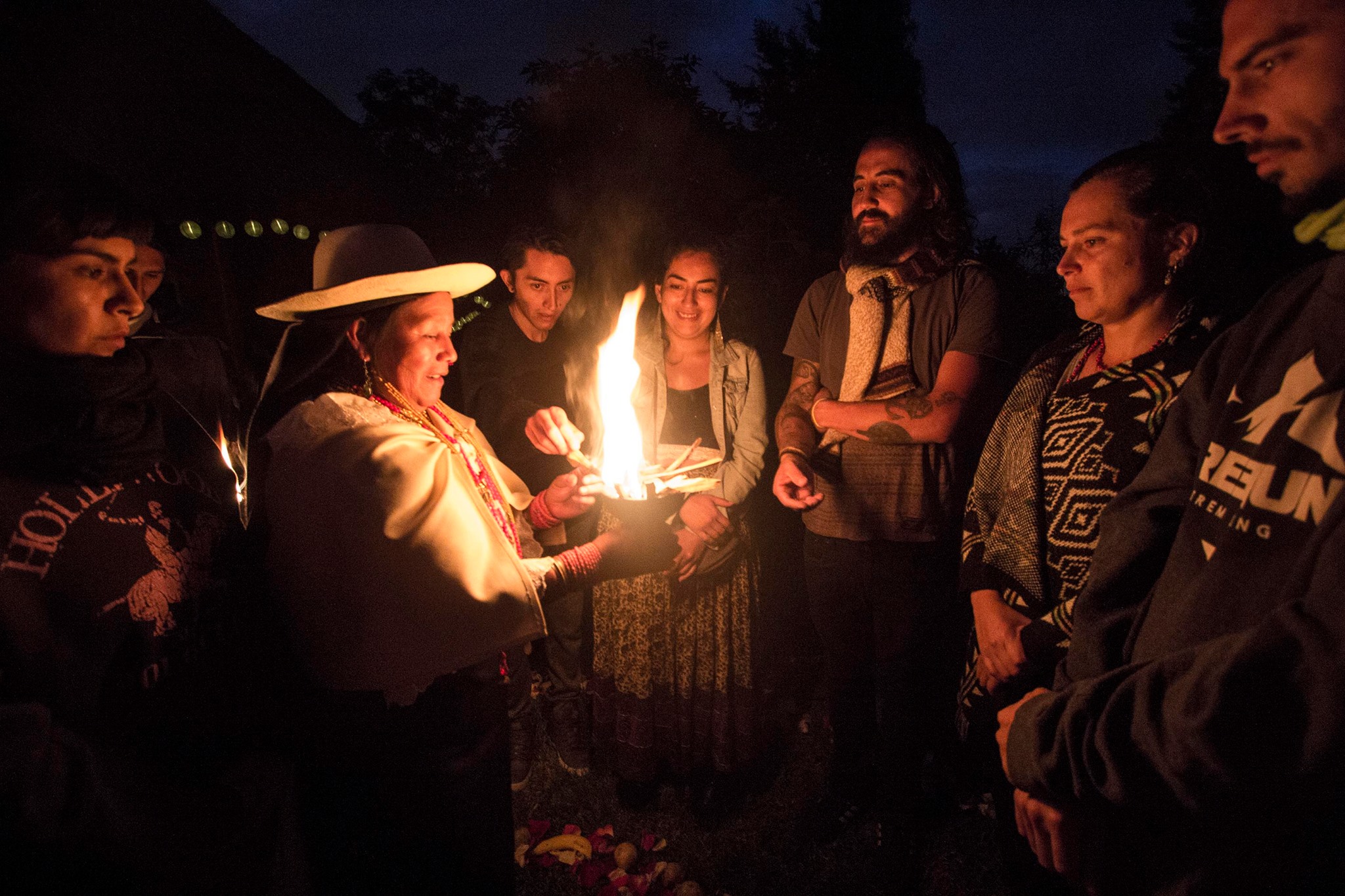
09/09/2022
MAPPINGS
These initiatives are proposed as a place of life and production of subjectivities, impulse and energy in the face of the epistemological opening that we are experiencing at a global level [...] to stop commodifying knowledge as something which is possible to possess, and to work from a position of non-knowing. read more -
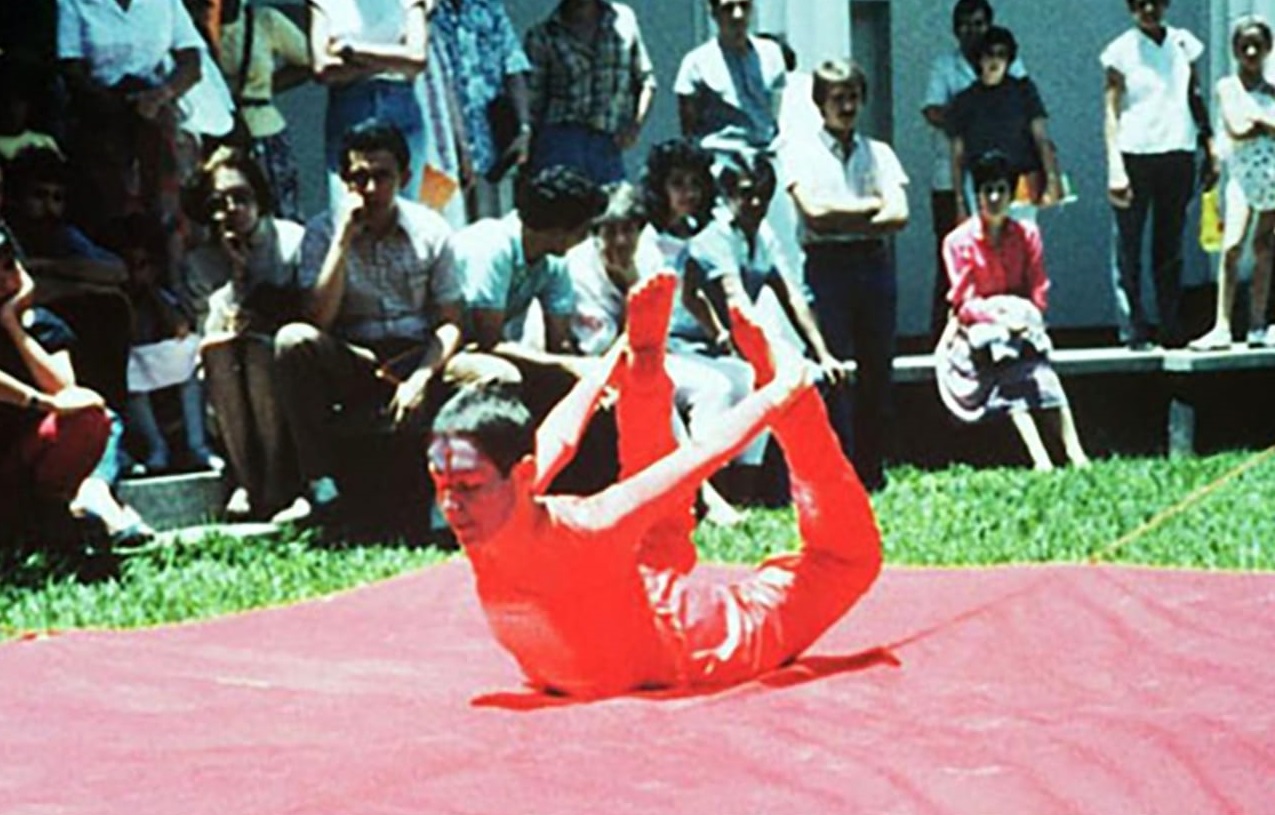
09/08/2022
CONVERSATIONS
Antonieta Sosa (1940, Venezuelan, New York) is a conceptual artist who addressed pedagogy as a social, ethical, and political action through her artistic practice, from a particular sensibility for the poetic and performative possibilities of space. With a special interest in the body as well as its expressions, ... read more -

09/05/2022
ESSAYS
To think of Antonio Caro (Bogotá, Colombia, 1950–2021) as a teacher-artist because he gave workshops that he considered part of his oeuvre, makes us neglect or lose sight of the educational potential of the rest of his plastic work. (...) His insistence on distrusting novelty and thinking more of iteration as a model ... read more -
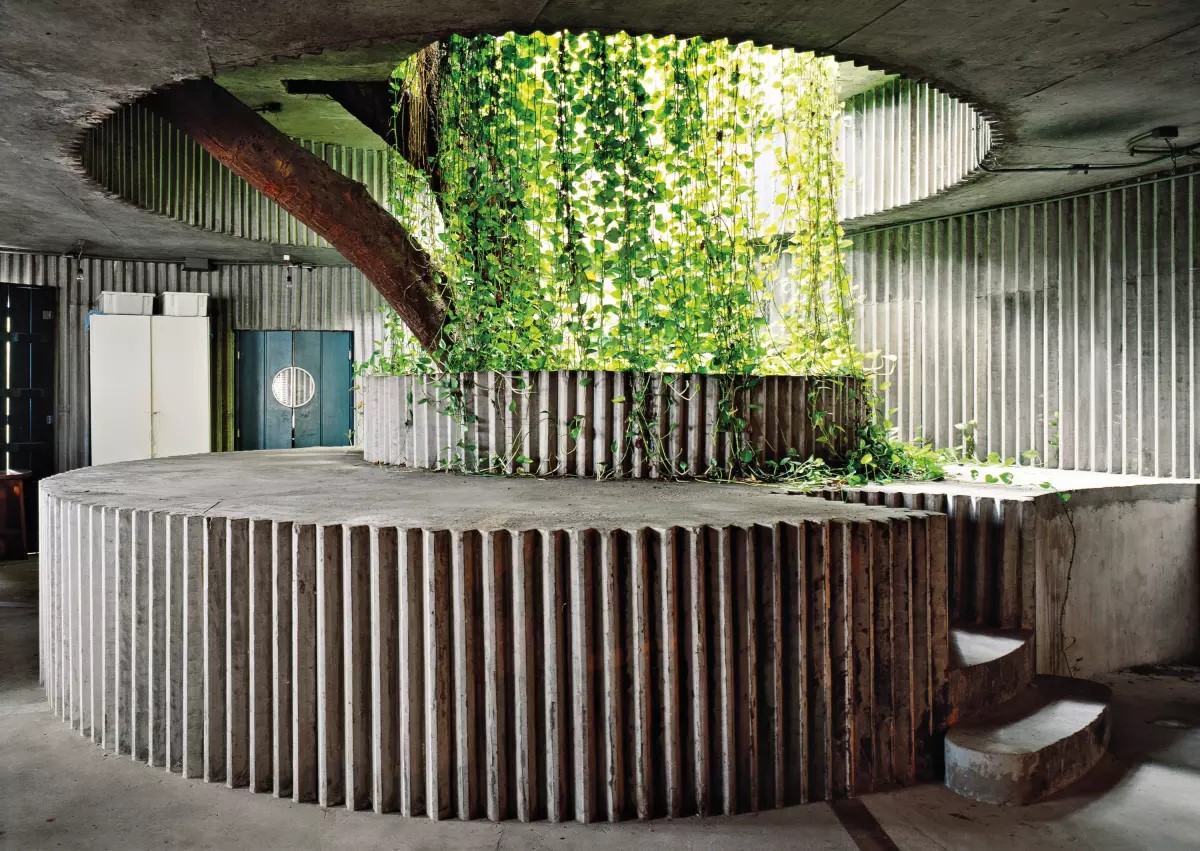
08/26/2022
ESSAYS
It was not a matter of aestheticizing the ruin or regeneration through certain cultural humanism, but rather a form of resistance that paid attention to the life that grows in the interstices of places where destruction seems to be all there is (...) read more -
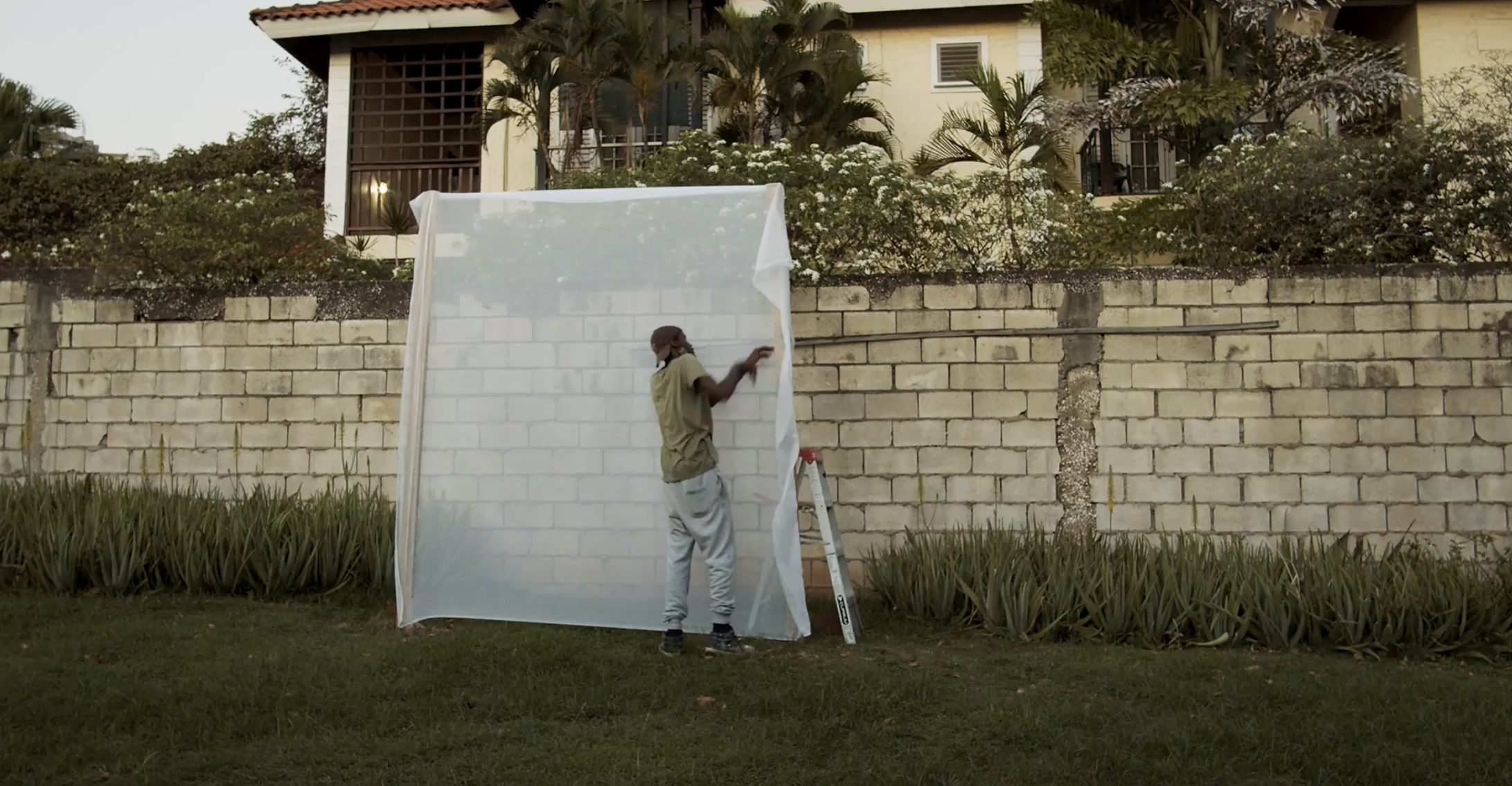
08/22/2022
MAPPINGS
The pedagogical programs of aesthetic thought in the region, conceived and managed by independent organizations, emerge from an intense desire to contribute to the emancipatory processes of the communities where each of them operates. read more -
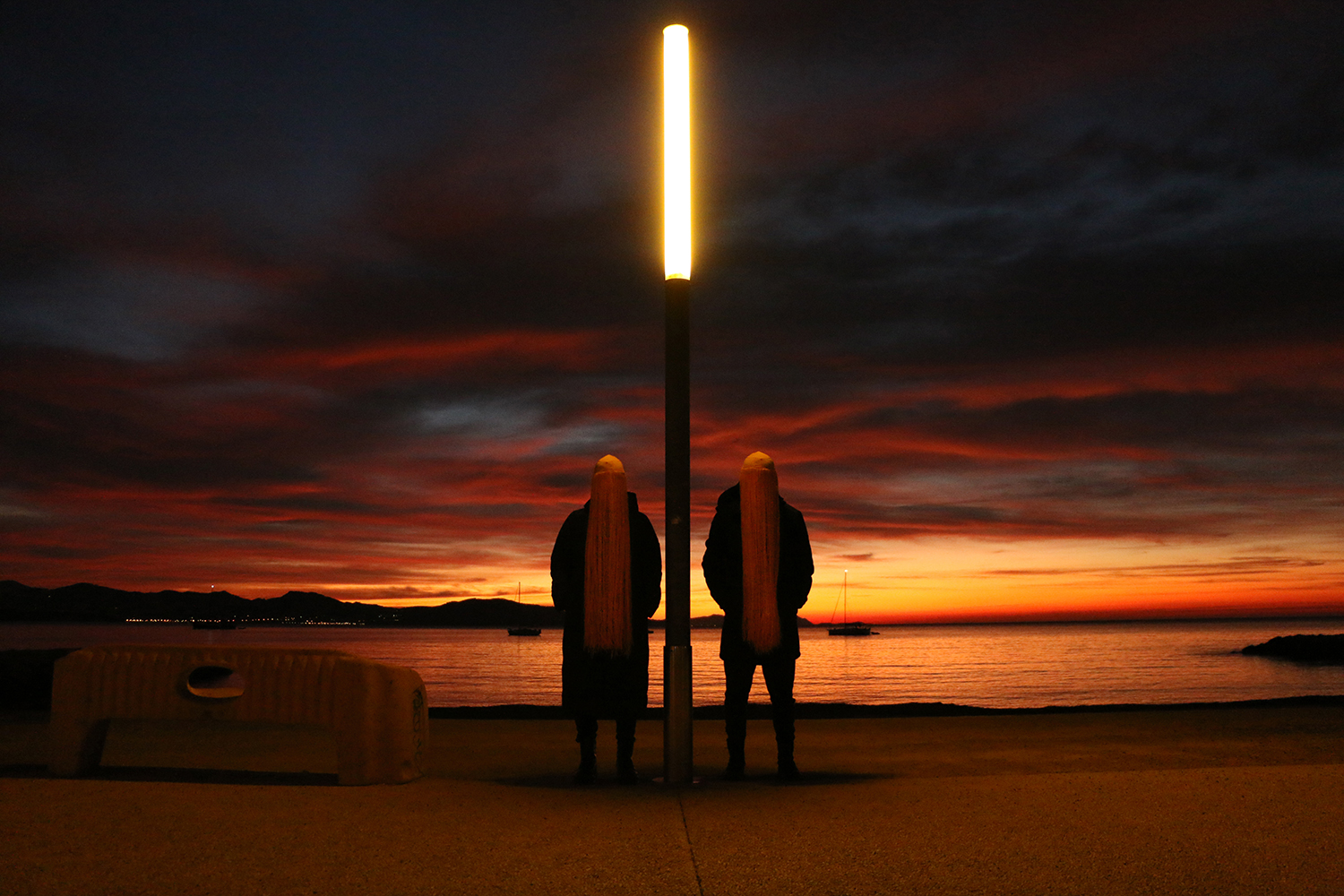
08/20/2022
PRACTICES
The NOMASMETAFORAS collective, integrated by Clara Melniczuk and Julián Dupont, works in the fields of contemporary art and experimental thought between France and Colombia. Committed to the indigenous knowledge of the Cauca region in Colombia, their artistic practice is developed by activating spaces of ... read more -
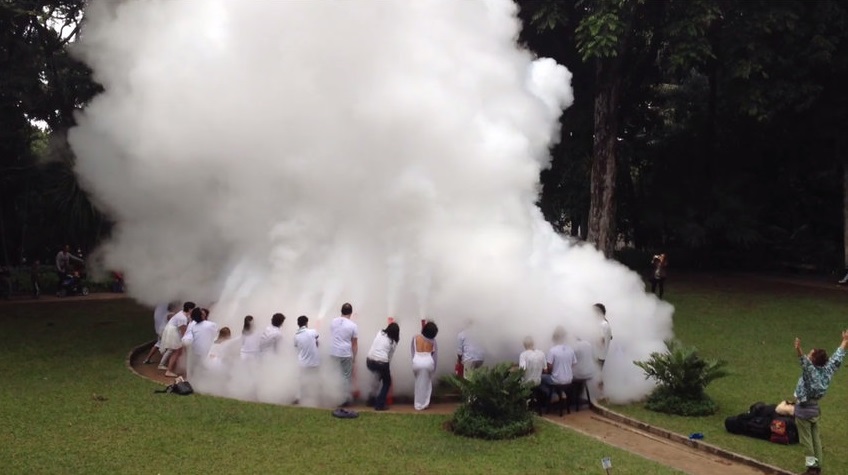
08/14/2022
CONVERSATIONS
Among these, we find Ronald Duarte (Barra Mansa, Brazil, 1963), artist and curator, whose micro-political strategies take over public space through interventions filled with poetry and symbolism. From Rio de Janeiro, Brazil, Duarte talks with La Escuela ___ in order to help us understand the experiences ... read more -

08/10/2022
ESSAYS
Introduction... emerged in the context of the last post-dictatorship in Argentina as a tool to begin healing the civil trauma of years of human rights violations (...) Resituating this method today could prove interesting for restoring the social and affective bonds that have been highly stressed due to the Covid-19 ... read more -
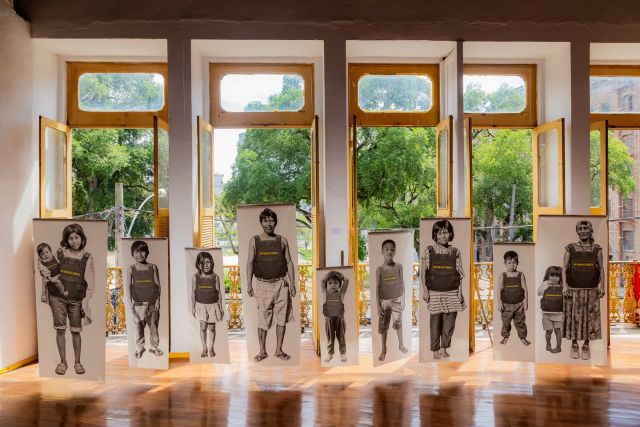
08/08/2022
MAPPINGS
When thinking about education as a space for the exchange and expansion of perspectives, we must take into account the complexity of issues of opacity and visibility, given that both are strategically articulated in the history of humanity and have contributed to the world as we know it, where a scenario organized in ... read more -
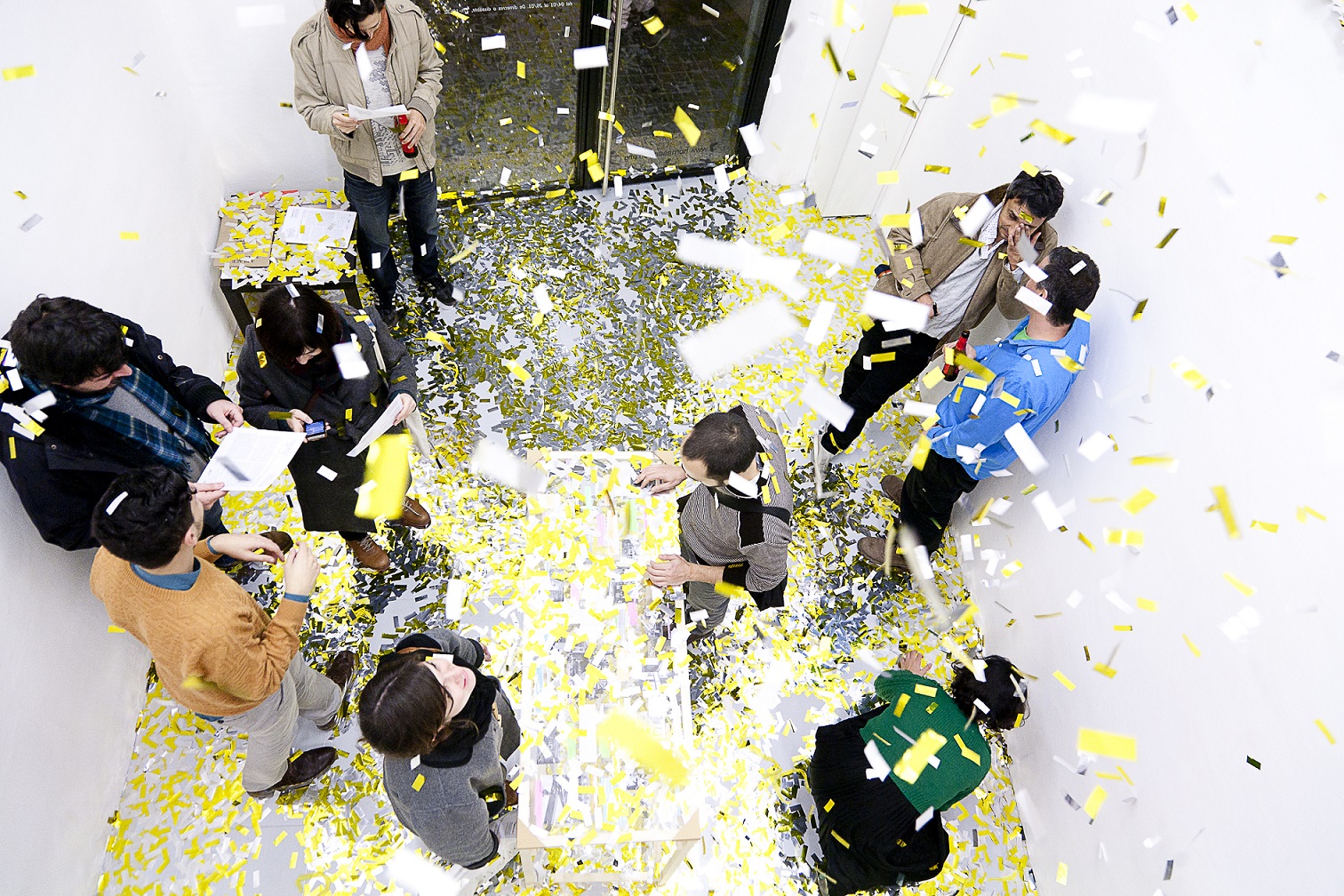
08/04/2022
PRACTICES
Jordi Ferreiro (Barcelona, Spain, 1982) is an artist and educator who enjoys to shake and disrupt structures. Focused on performance and audience participation, his work seeks to analyze the bureaucratic spaces responsible for managing knowledge, shaping what we understand as ‘culture’ and regulating the way we ... read more -
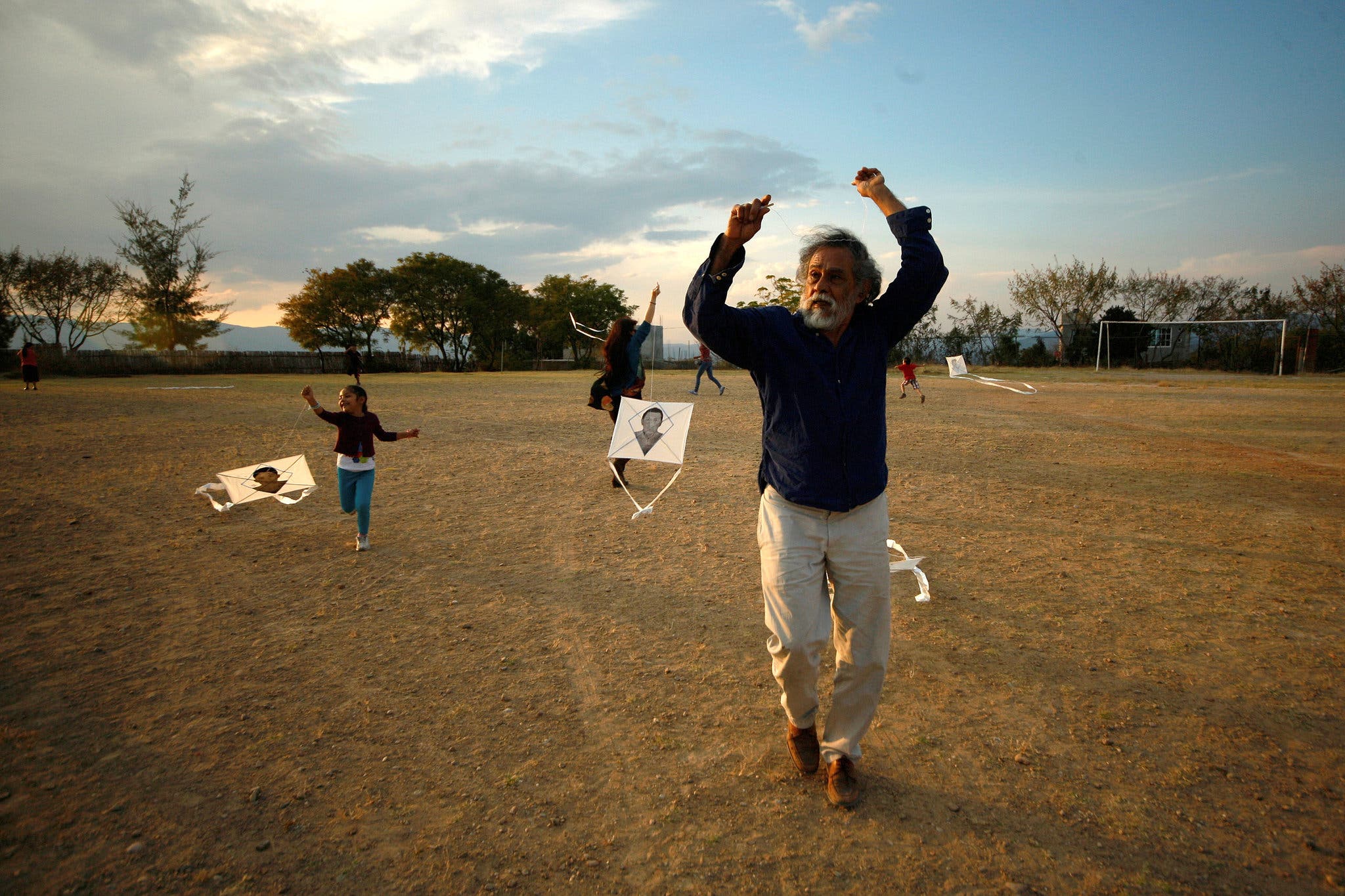
07/25/2022
ESSAYS
The Schools of A’cani enable us to reimagine the naturalized limits between art, activism, education and what we understand by democratization, cultural rights, social relevance, emancipation, self-determination, solidarity, collaboration, public policy and collective construction. read more -
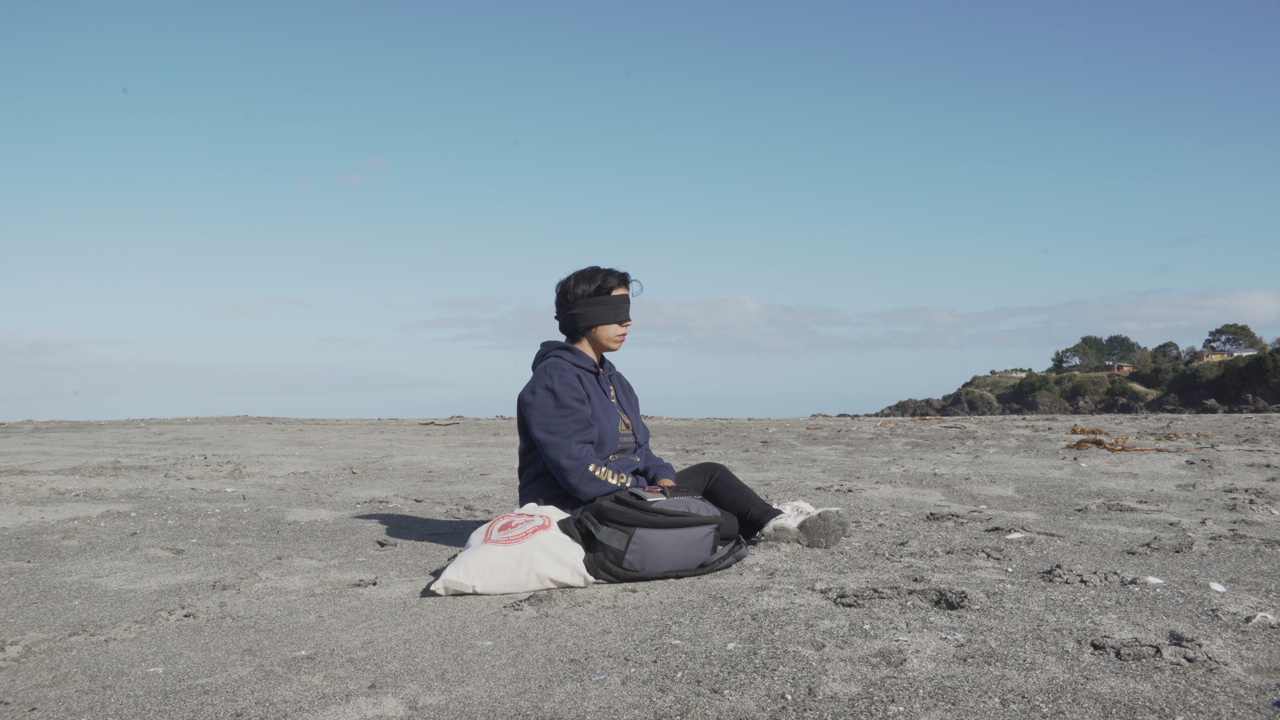
07/20/2022
MAPPINGS
Most of these collective and collaborative research hubs have surfaced mainly because of the scarce resources for managing new ventures and the lack of specialized training in critical studies in the visual arts field. In this sense, the education and art perspective has enabled an in-depth re-exploration of the ... read more -
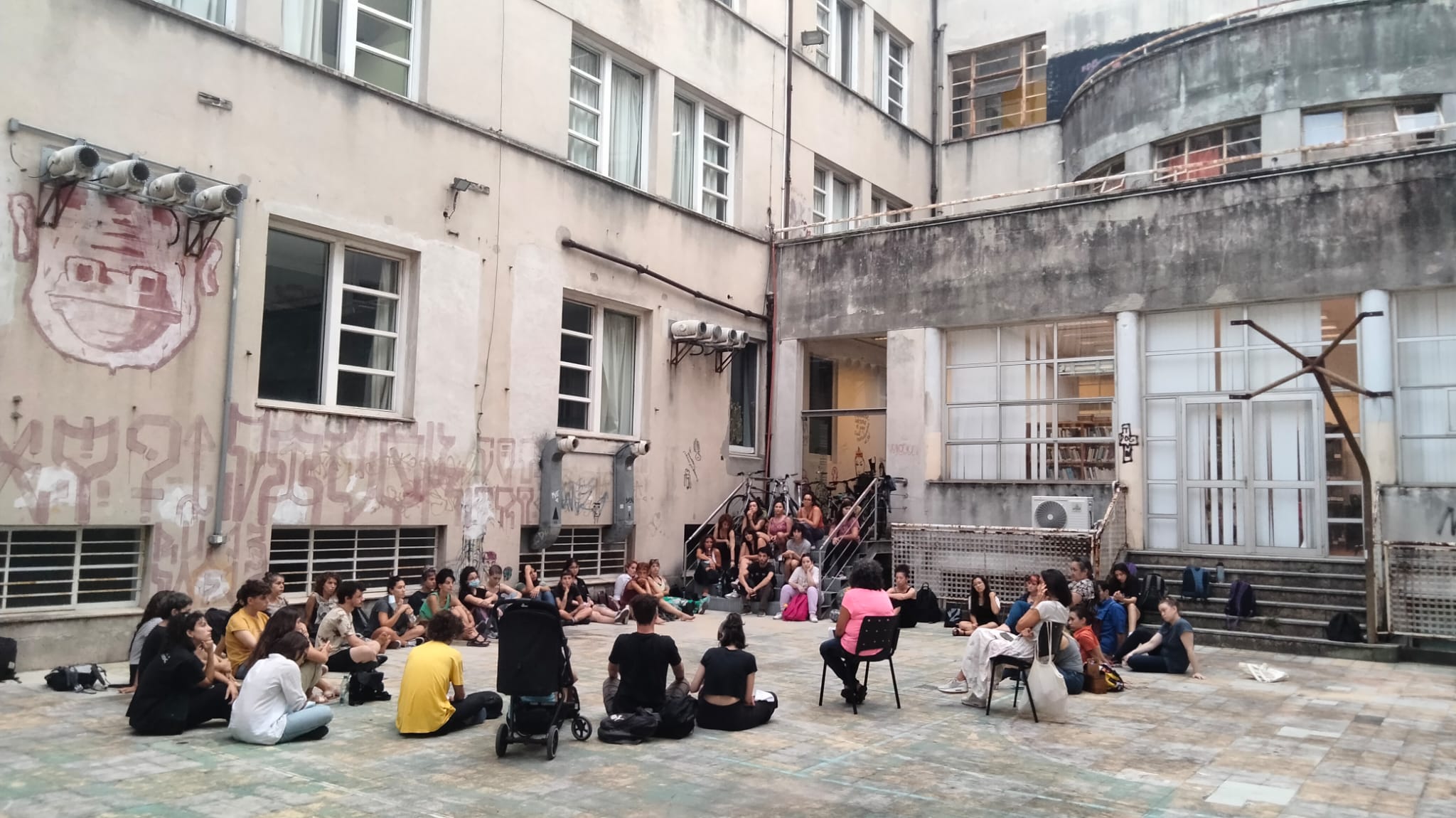
07/15/2022
PRACTICES
Ana Laura López de la Torre (Montevideo, Uruguay, 1969) is an artist, writer and educator. Her work is developed at a community level seeking to contribute to the defense and construction of common goods, stimulating the exercise of generosity, collaboration and exchange. For the Library of Practices, Ana ... read more -
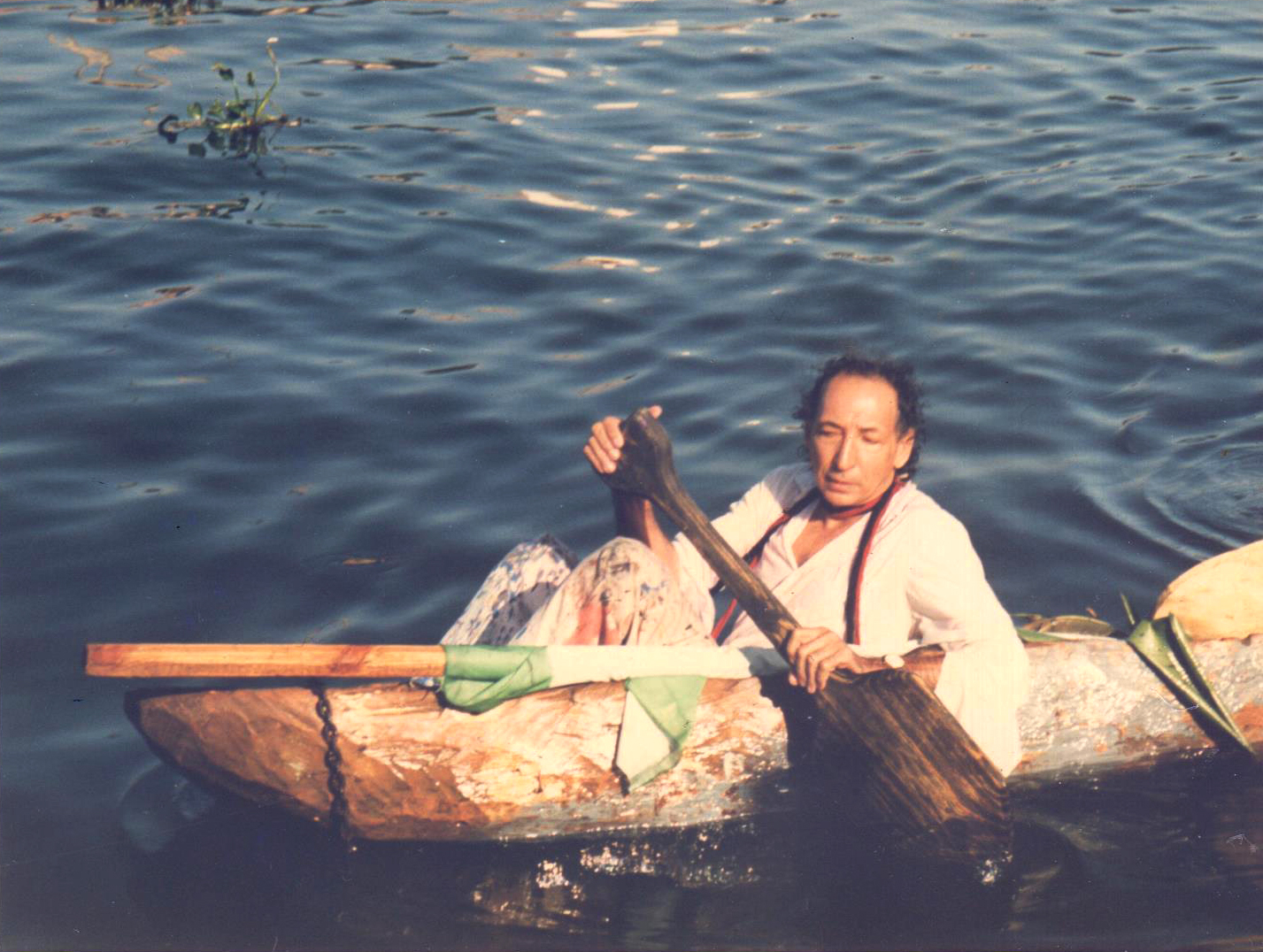
07/13/2022
CONVERSATIONS
Silvano Lora (Santo Domingo, Dominican Republic, 1931 — 2003) was a painter, sculptor, cultural manager, and pioneer of performance and social art in his country. He is a key figure in twentieth-century Dominican history, both for the formal and aesthetic contributions of his plastic work and his social criticism and ... read more -
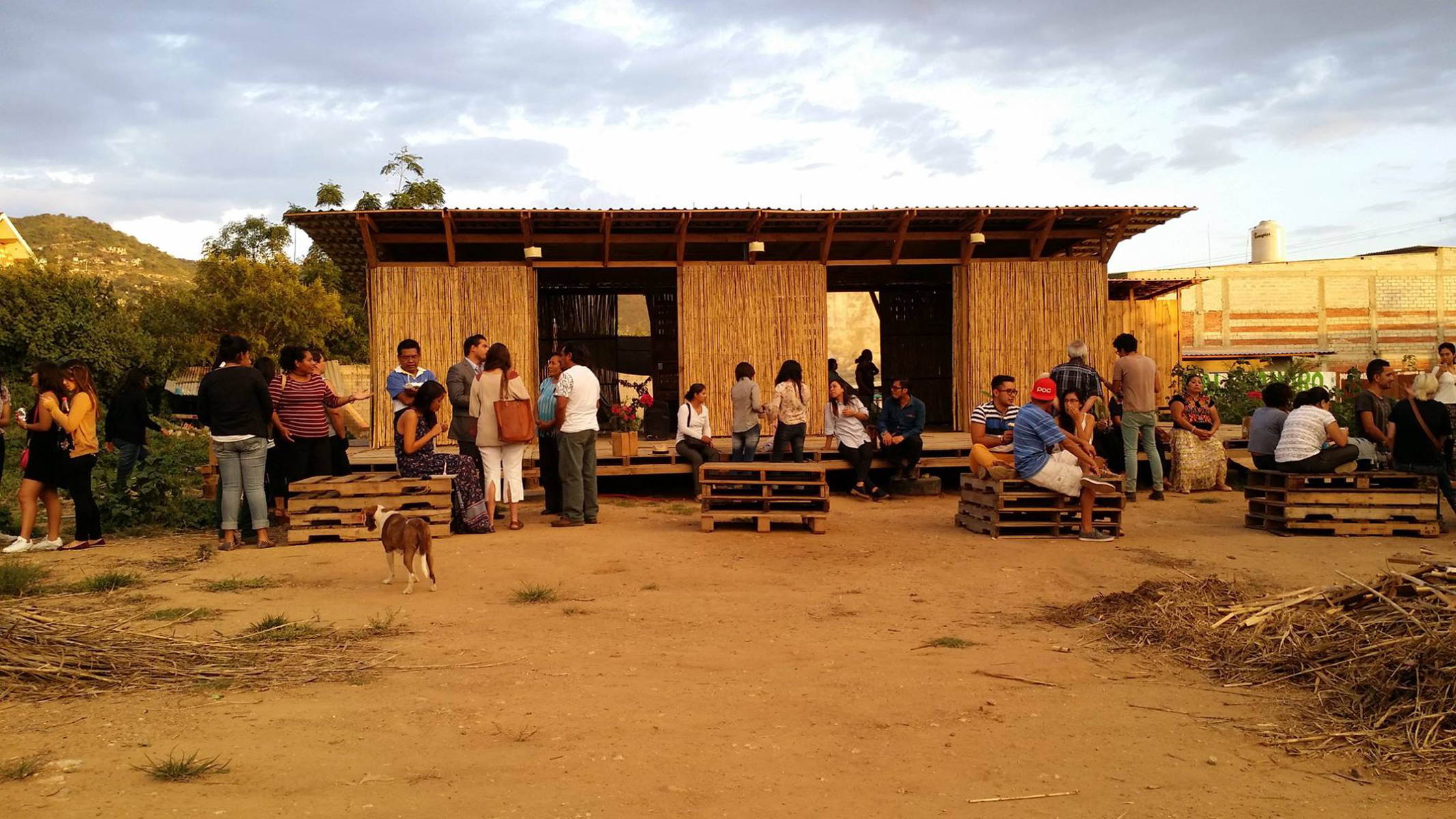
07/13/2022
MAPPINGS
From that confused and polarized atmosphere, arose new imageries to address the public realm, forms of protest, and the quest for self-management. From 2006 emerged a shared effort to renew the artistic social framework, which could no longer continue to rely on heroes or institutions, turning to networks of support, ... read more -
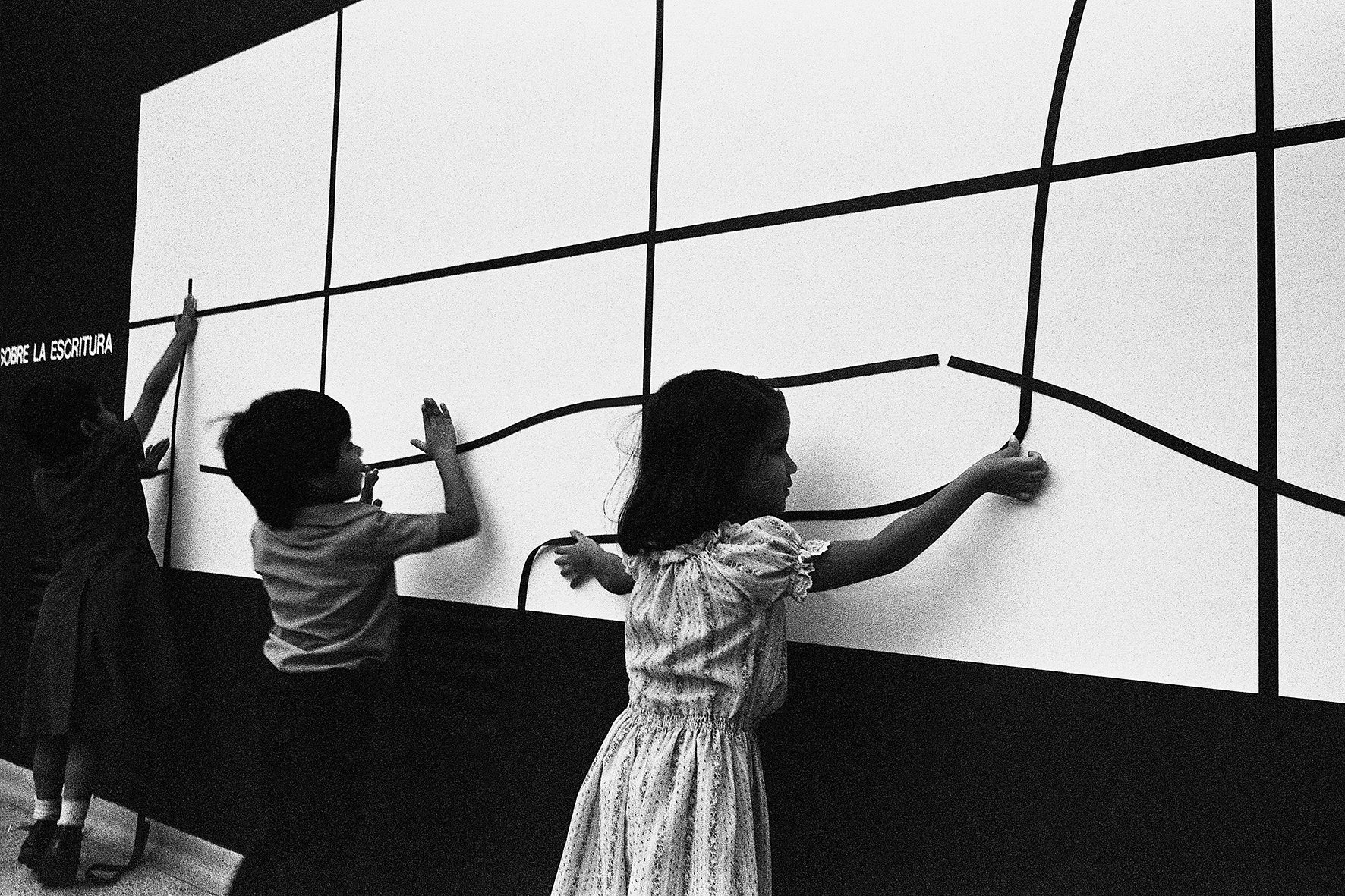
07/11/2022
ESSAYS
In Colmenárez's work, breaking with the asymmetries of power relationships becomes a recurring sign. The artwork is an excuse for holding a dialogue, an event that will allow the individual to dissolve into the collective: there is communication and communion. read more -
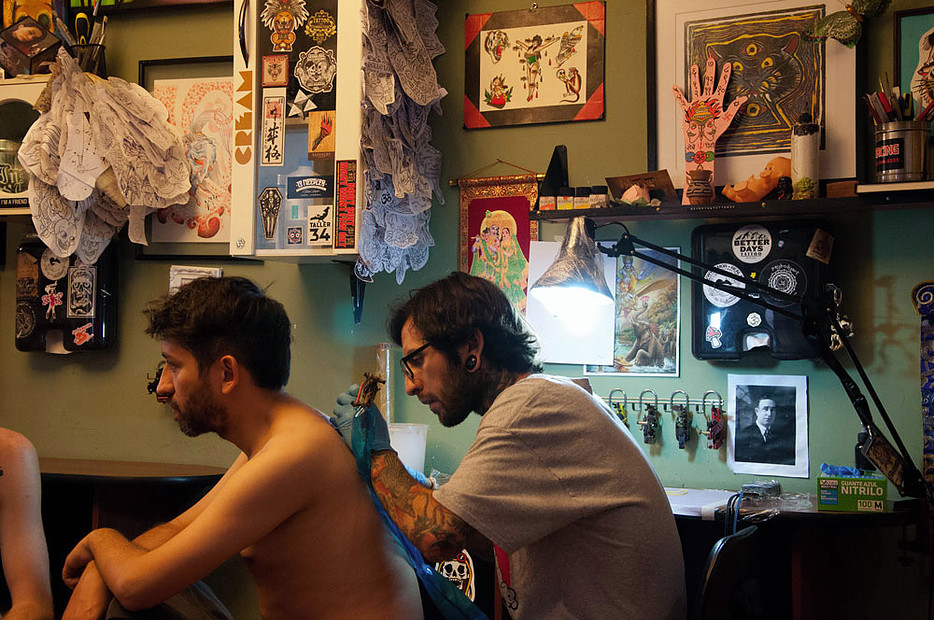
06/24/2022
PRACTICES
Felipe Rivas San Martín (Valdivia, Chile, 1982) is a visual artist, essayist, and sexual dissidence activist. His practice emerges from the crossings between queer activism, archive politics, decoloniality, and technology through mediums such as video performance, painting, installation, and cultural criticism, ... read more -
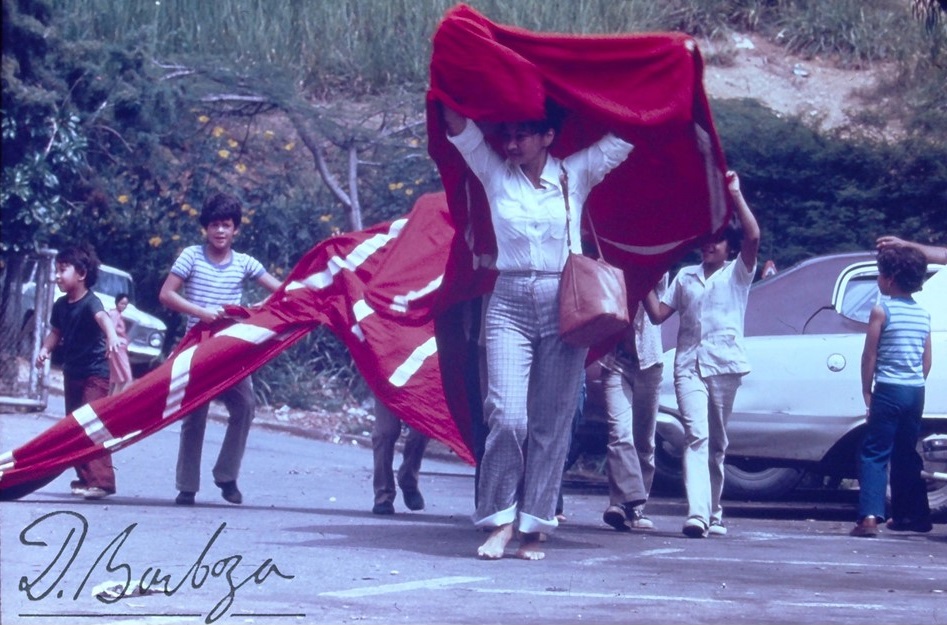
06/18/2022
CONVERSATIONS
Diego Barboza (1945–2003) was a pioneer of Venezuelan action art, known for his expressions in public spaces carried out in several cities around the world in the 1970s. His words, conveying and persuasive, are 'activated' on this occasion in a conversation between La Escuela ___ and Marialejandra Maza, a ... read more -
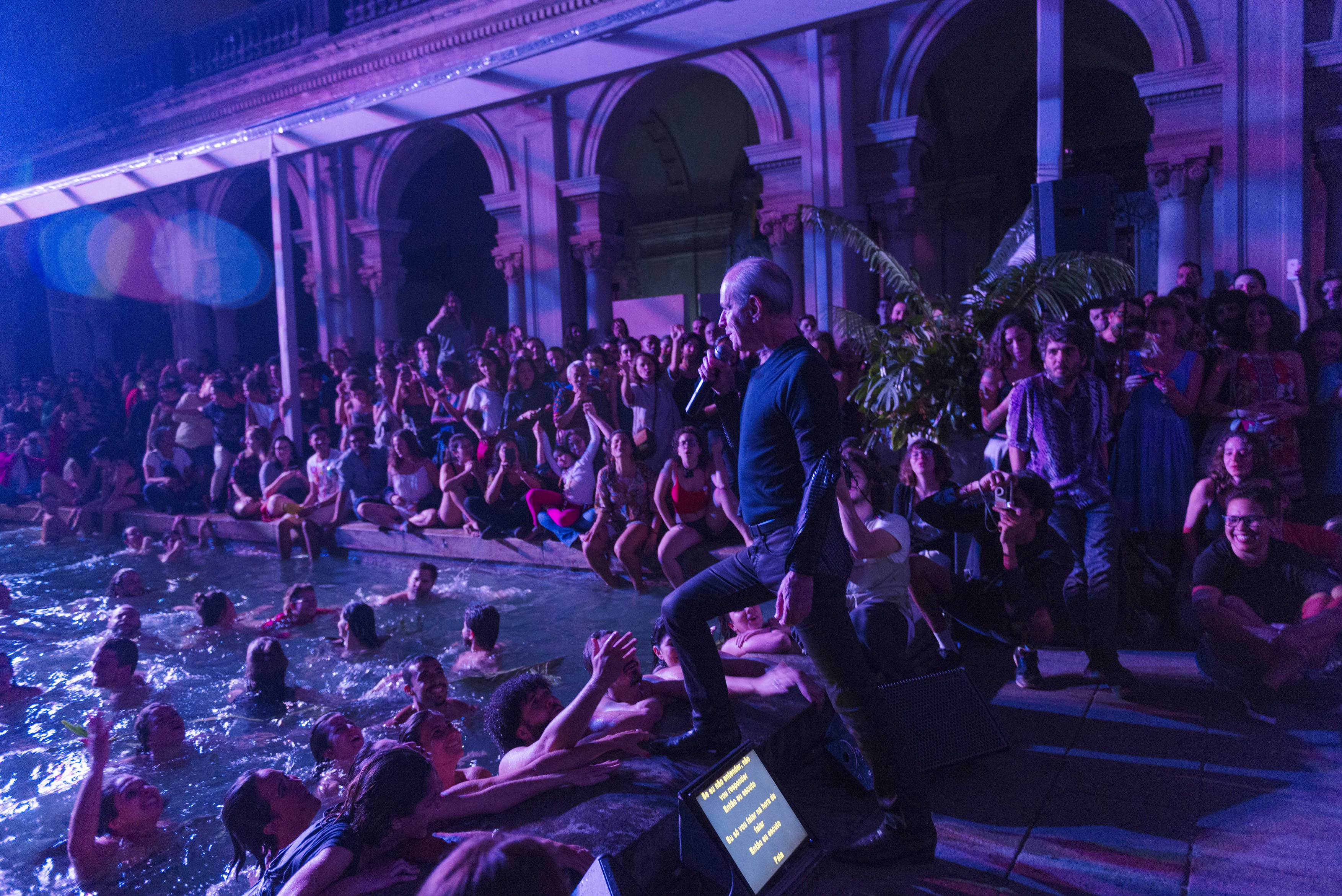
06/16/2022
MAPPINGS
What methodologies and structures for teaching and learning about art are maintained today in academic circles? In this world, what is the relationship between knowledge and practices? What interactions do the worlds of the university and academia establish with the social, political and cultural context? read more -
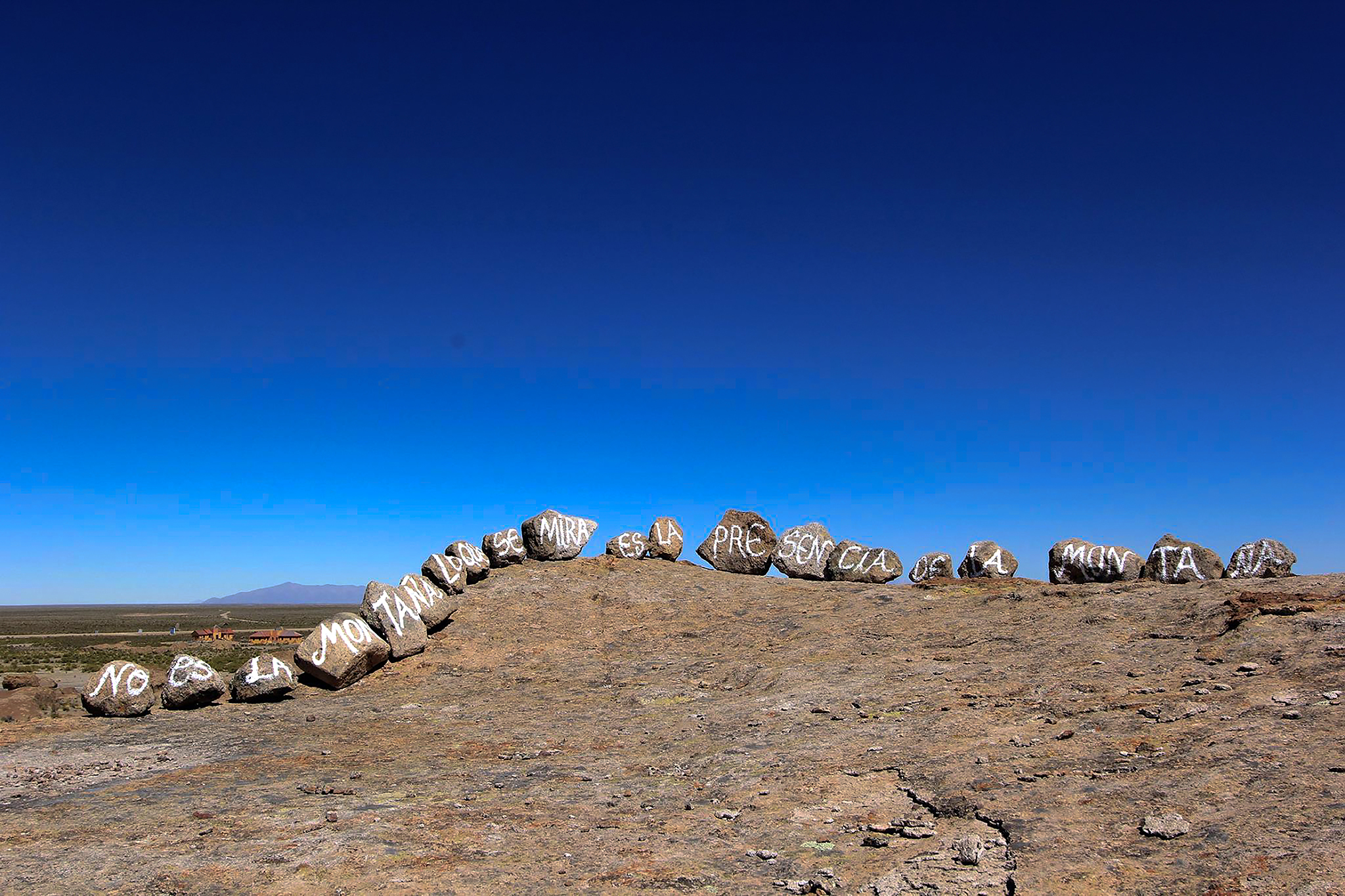
06/16/2022
PRACTICES
José Luis Macas Paredes (Quito, Ecuador, 1983) is a visual artist, professor, and researcher whose practice integrates the specificities and the poetics of territories in site-time-specific actions. In his work, he applies the indigenous Andean concepts of pacha (space-time), tinku (proportional encounter), and ... read more -
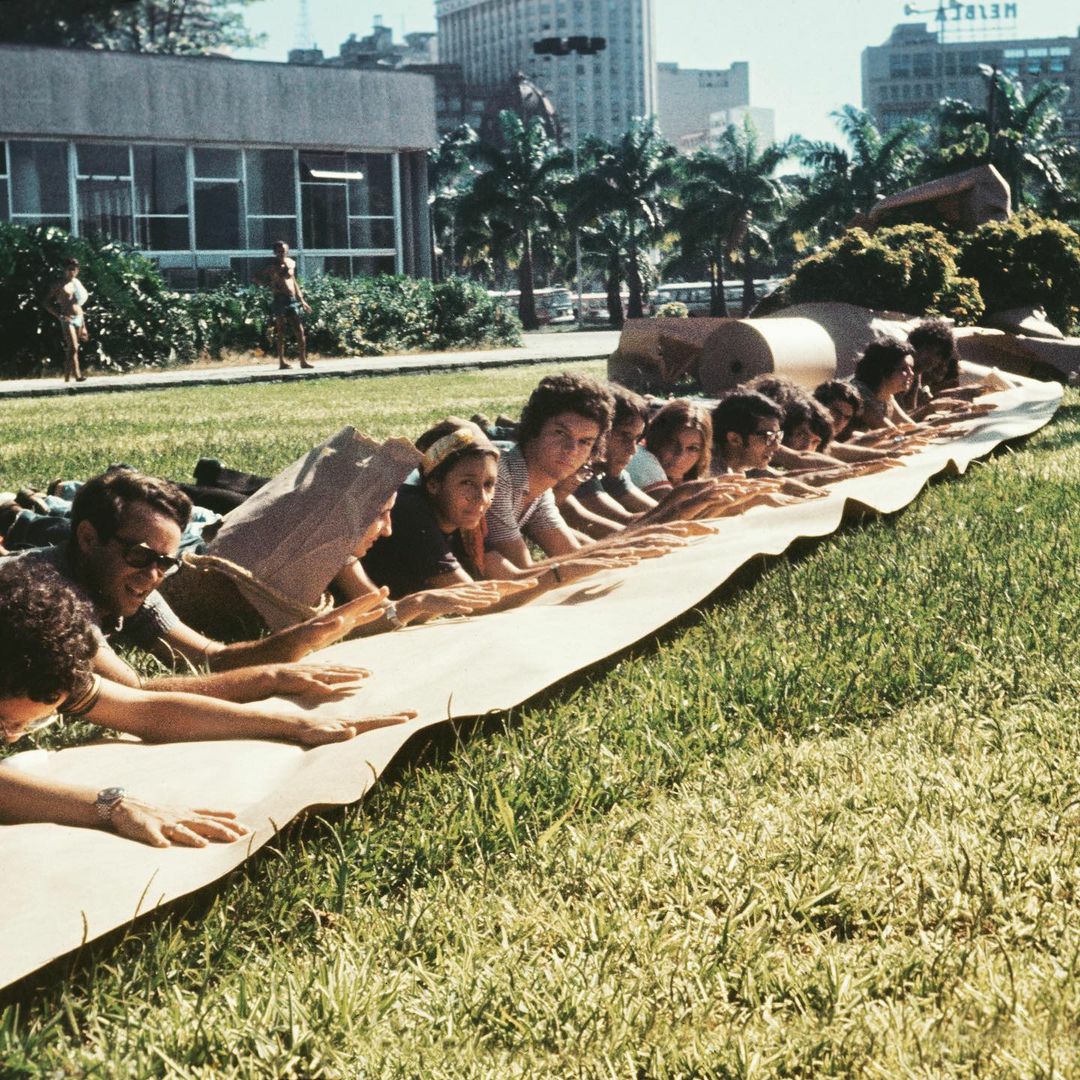
06/13/2022
ESSAYS
Defining herself as "intrinsically an anarchist," her pedagogical practices followed the same direction: they vindicated unrestricted freedom for creation and were based on a "deconditioning" of teaching towards entering "states of invention." read more -
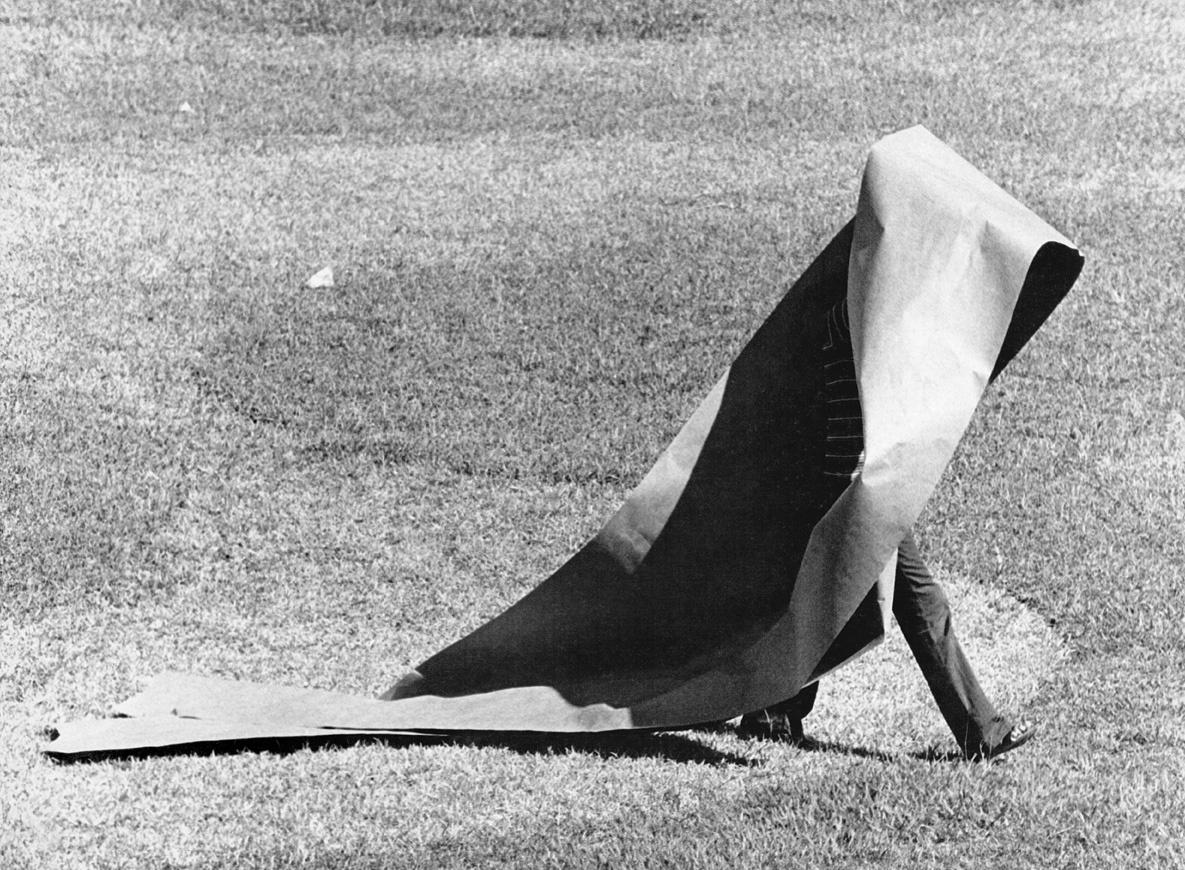
06/08/2022
MAPPINGS
Art as action could be liberated from pedestals, frames or buildings and intertwined with life, affecting and being affected by the everydayness of the world. The experiential and political dimension of such walking and dislocation resonates in various artistic practices in the 1960s and 70s. read more -
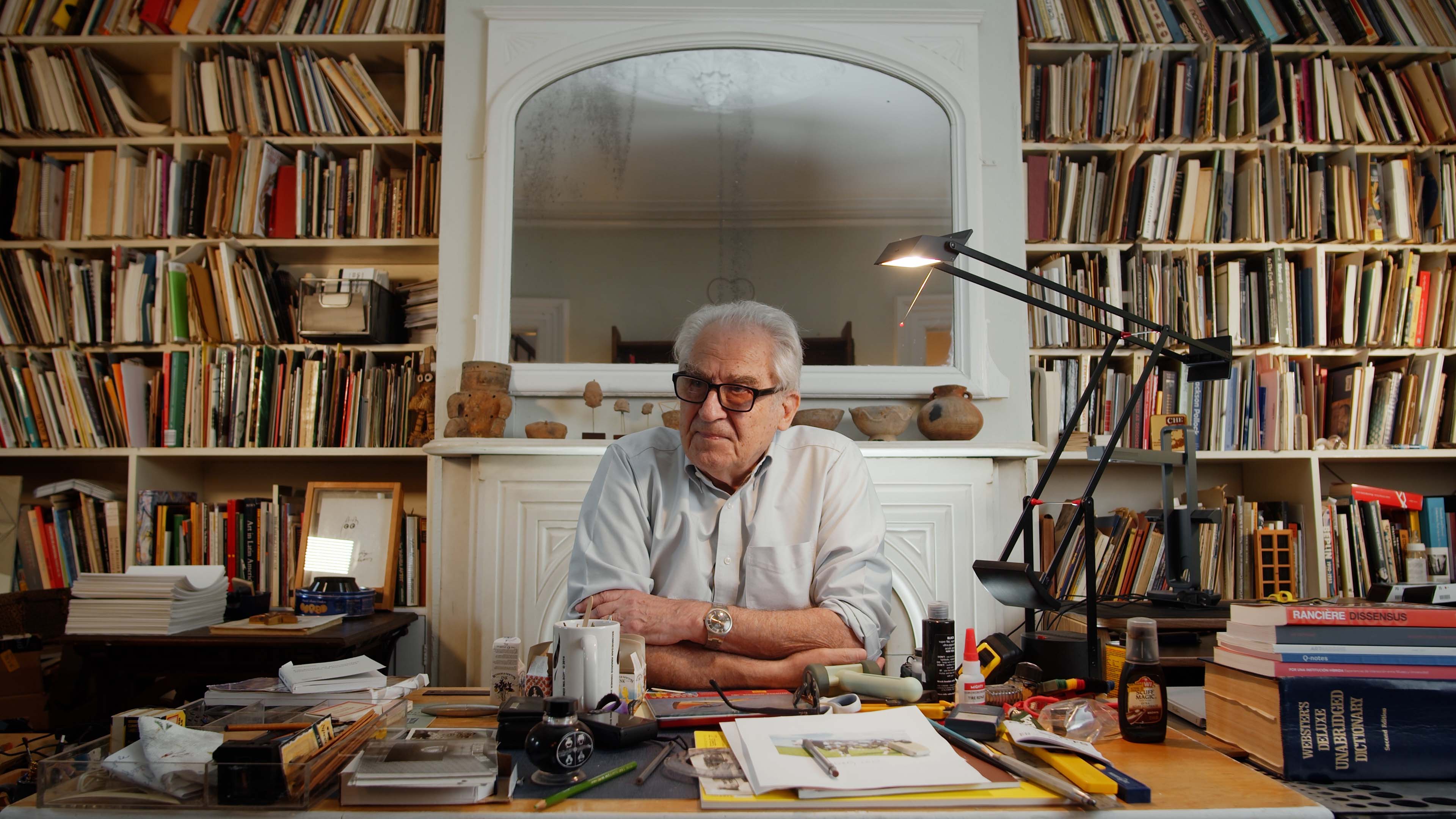
06/07/2022
CONVERSATIONS
Luis Camnitzer (Lübeck, Germany, 1937) is an Uruguayan conceptual artist, teacher, and theorist whose work is essential for understanding the relationship between art and education. Based in New York (USA) since the 1980s, Camnitzer has reflected on, developed, and directed numerous projects in which the boundaries ... read more -
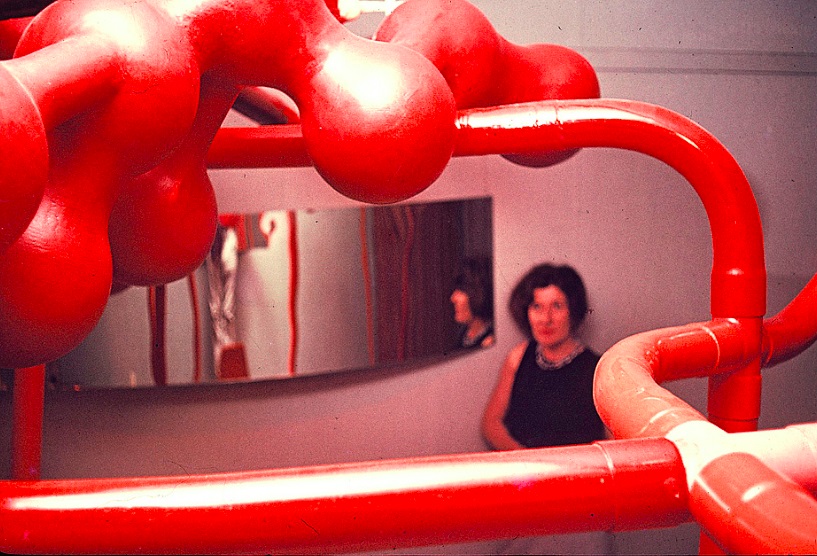
06/06/2022
ESSAYS
That relationship between teaching and art is also apparent in her approach to art history. Far removed from avant-garde positions that suppose a break with the past, Paksa would define artists as “devourers of images” who are able to build upon the appropriation and parodying of elements taken from visual culture. read more -
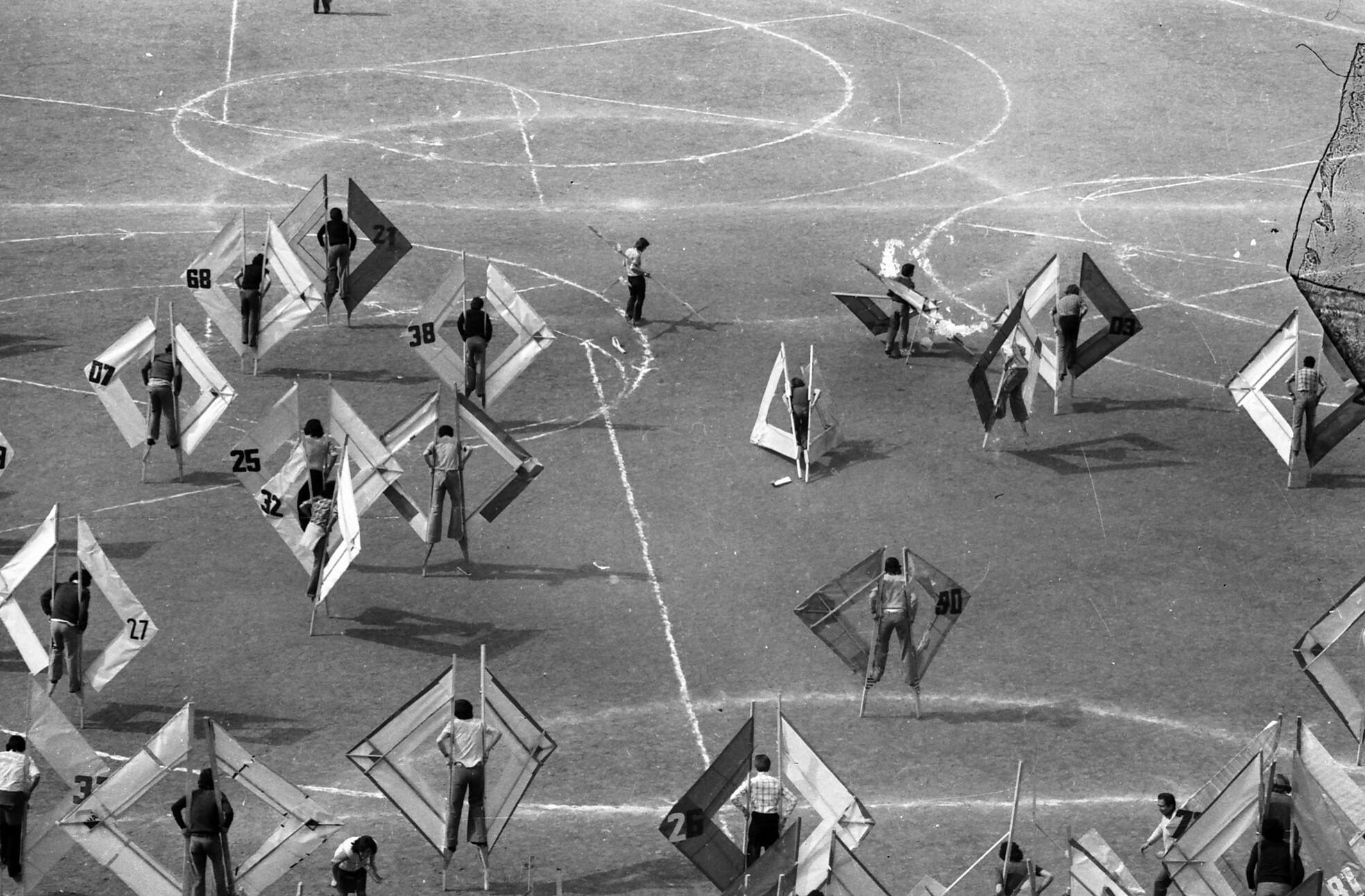
05/31/2022
CONVERSATIONS
Artist, architect, and educator Miguel Braceli speaks with the curator, educator, and researcher Sofía Olascoaga to elaborate on the pedagogical framework of La Escuela ___. The conversation unfolds some of the platform’s structural elements, including the Latin American context it seeks to ... read more -
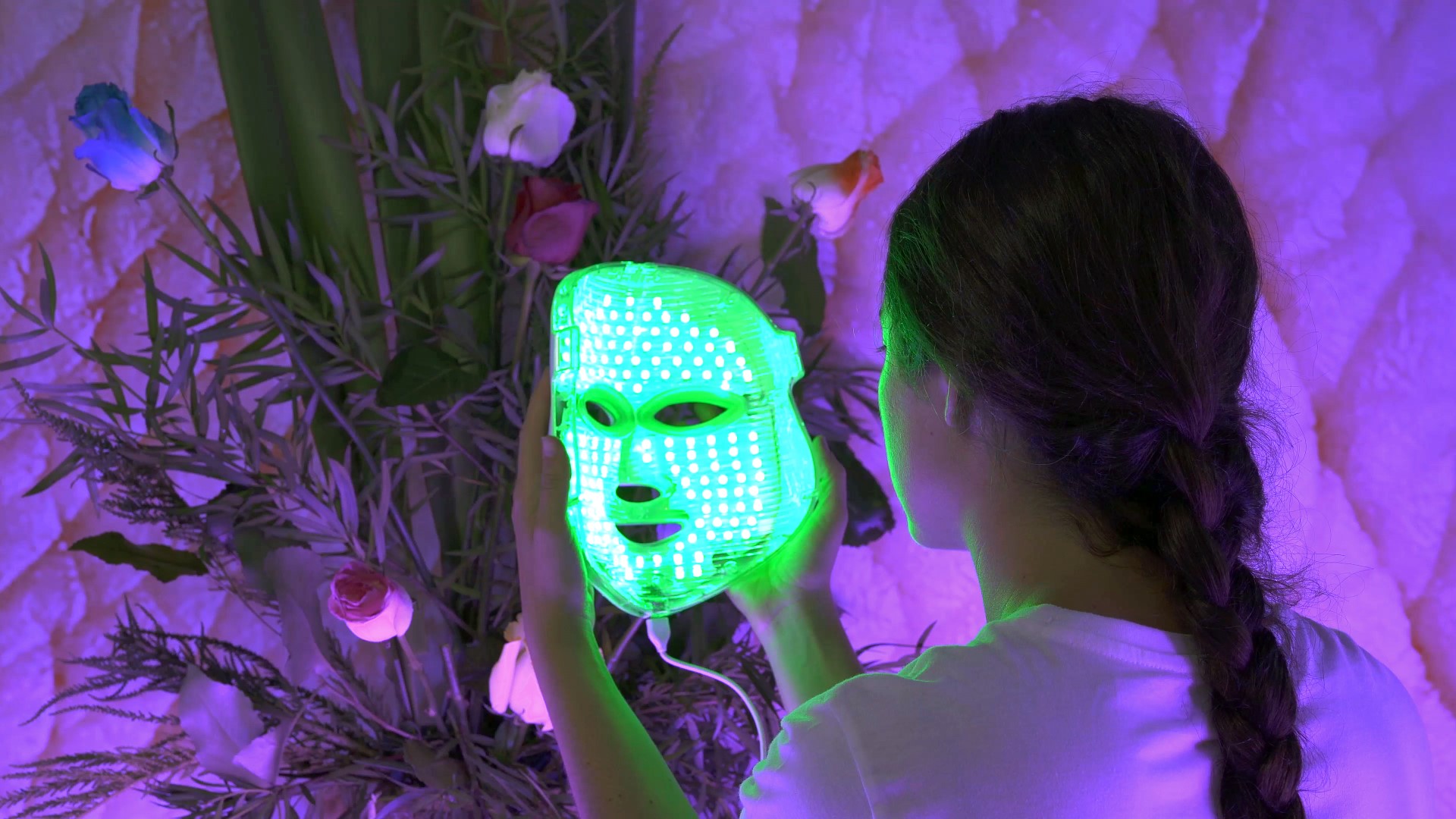
05/18/2022
PRACTICES
Patricia Domínguez (Santiago, Chile, 1984) is an artist, educator, and advocate of the living. Her artistic work organically intertwines with her educational work; both are threaded by an experimental research on ethnobotany, healing practices, and the corporatization of wellness. Since 2014, she runs the ... read more -
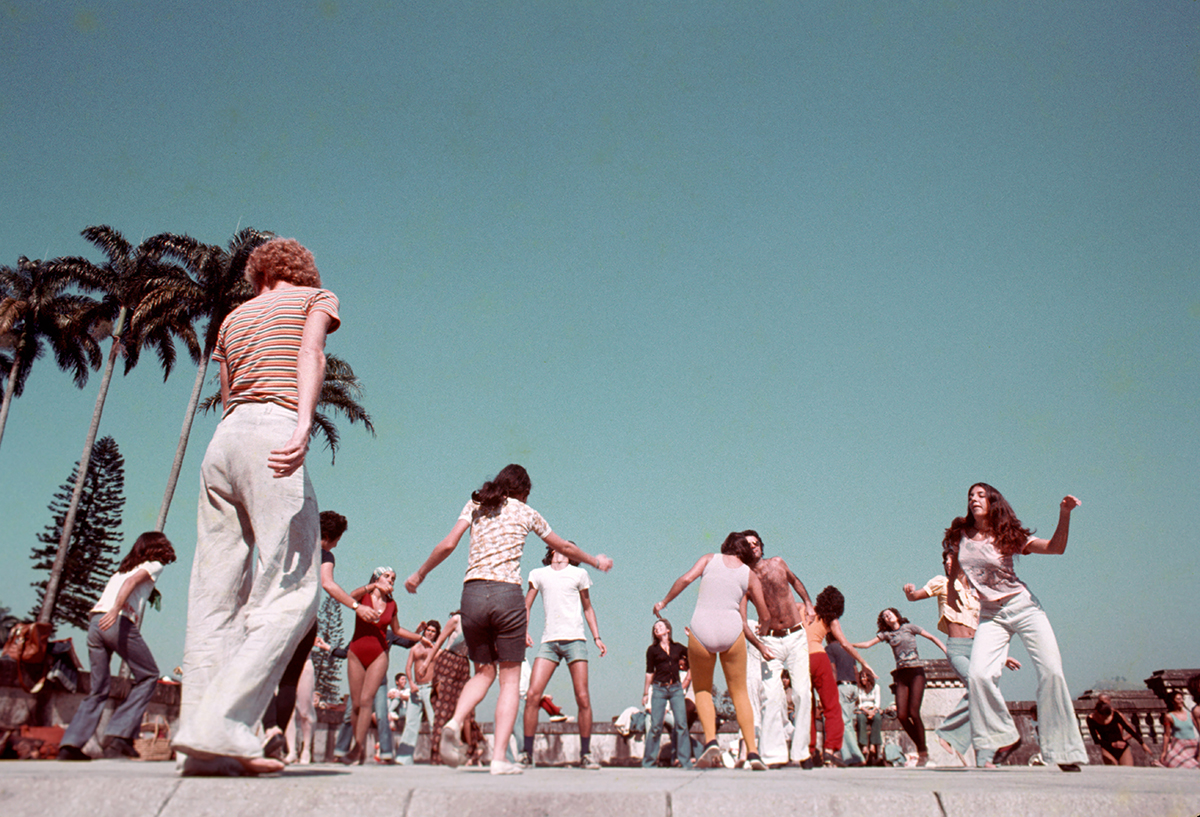
05/16/2022
ESSAYS
Teaching was the opportunity that Helio Eichbauer seized as a way to reduce his activity as a scenographer, and thereby gain some protection from the adversities of that historical moment while continuing to develop his creative and poetic drive, together with his students. read more -
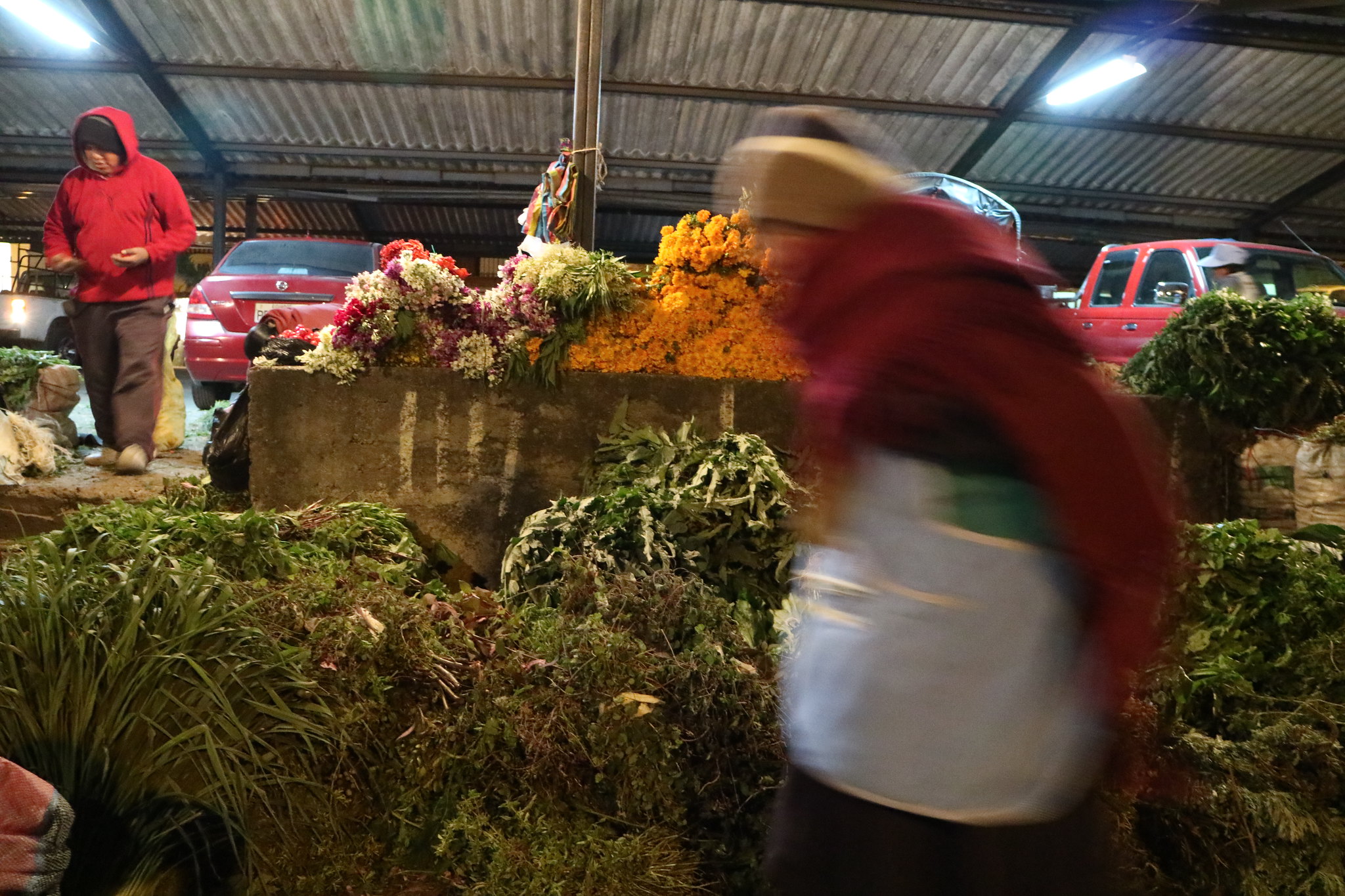
05/13/2022
MAPPINGS
(…) considering particularly what has been called the ontological or vegetal turn in the humanities. The examples of projects and practices that will be commented on briefly are divided into three “categories,” which seek to provisionally situate different types of relationships between humans and non-humans. read more -
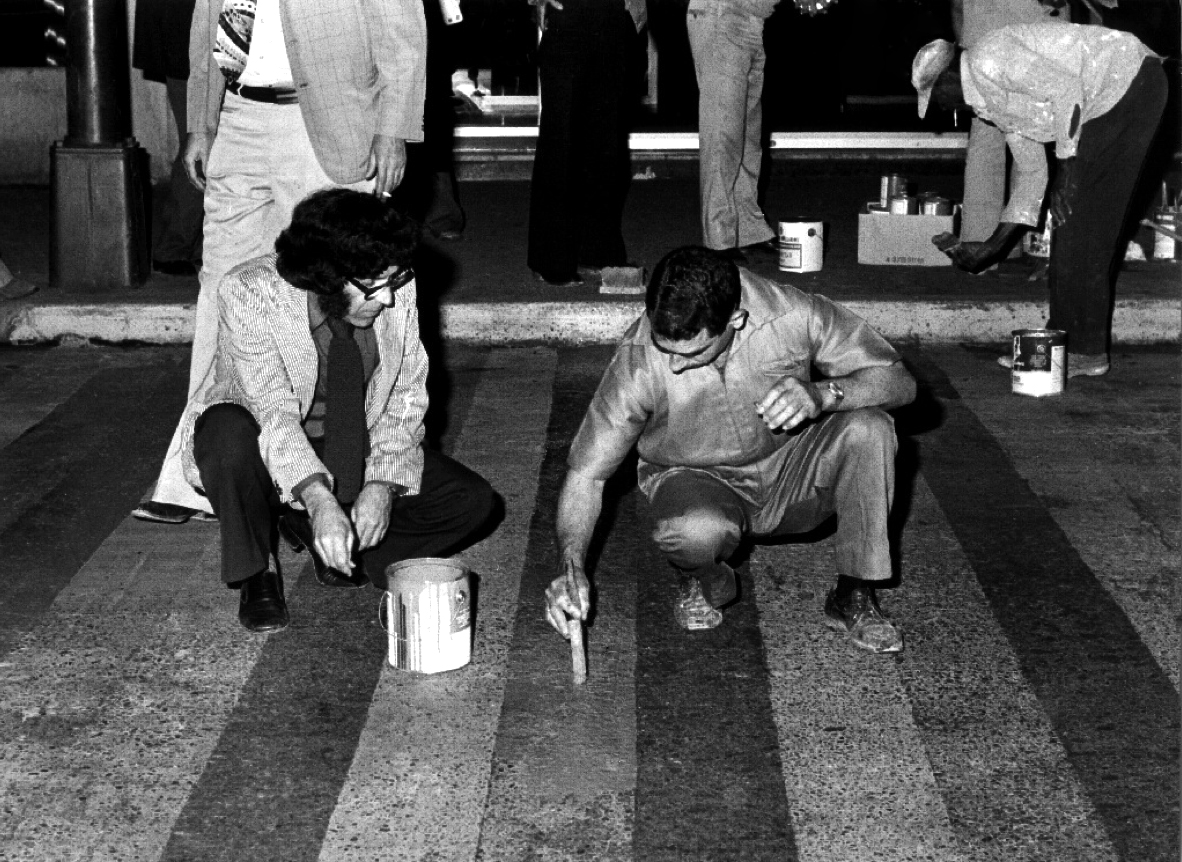
05/12/2022
CONVERSATIONS
Carlos Cruz-Diez (Caracas, Venezuela, 1923 — Paris, France, 2019) was a contemporary artist, regarded as one of the key 20th-century researchers in the realm of color. Many of his works of monumental proportions are placed in urban public spaces around the world. He was also a fantastic teacher, who transmitted his ... read more -
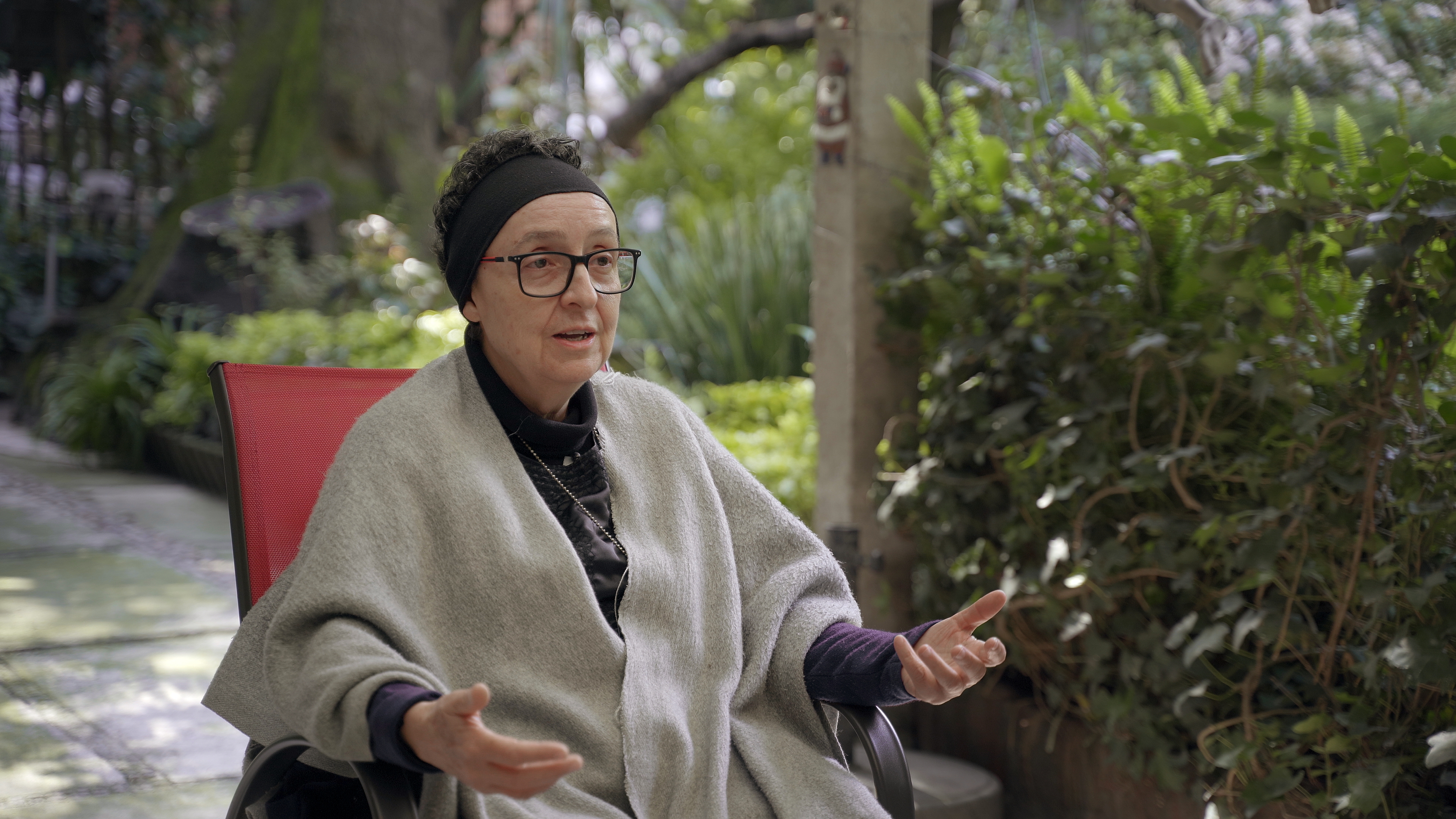
05/05/2022
CONVERSATIONS
Mónica Mayer (Mexico City, 1954) is a Mexican visual artist and feminist activist, known for her conceptual work and her performances that address the role of women in society. Her work has made her a reference point within the art world of the continent, thanks to a feminist approach calculated to make history ... read more -
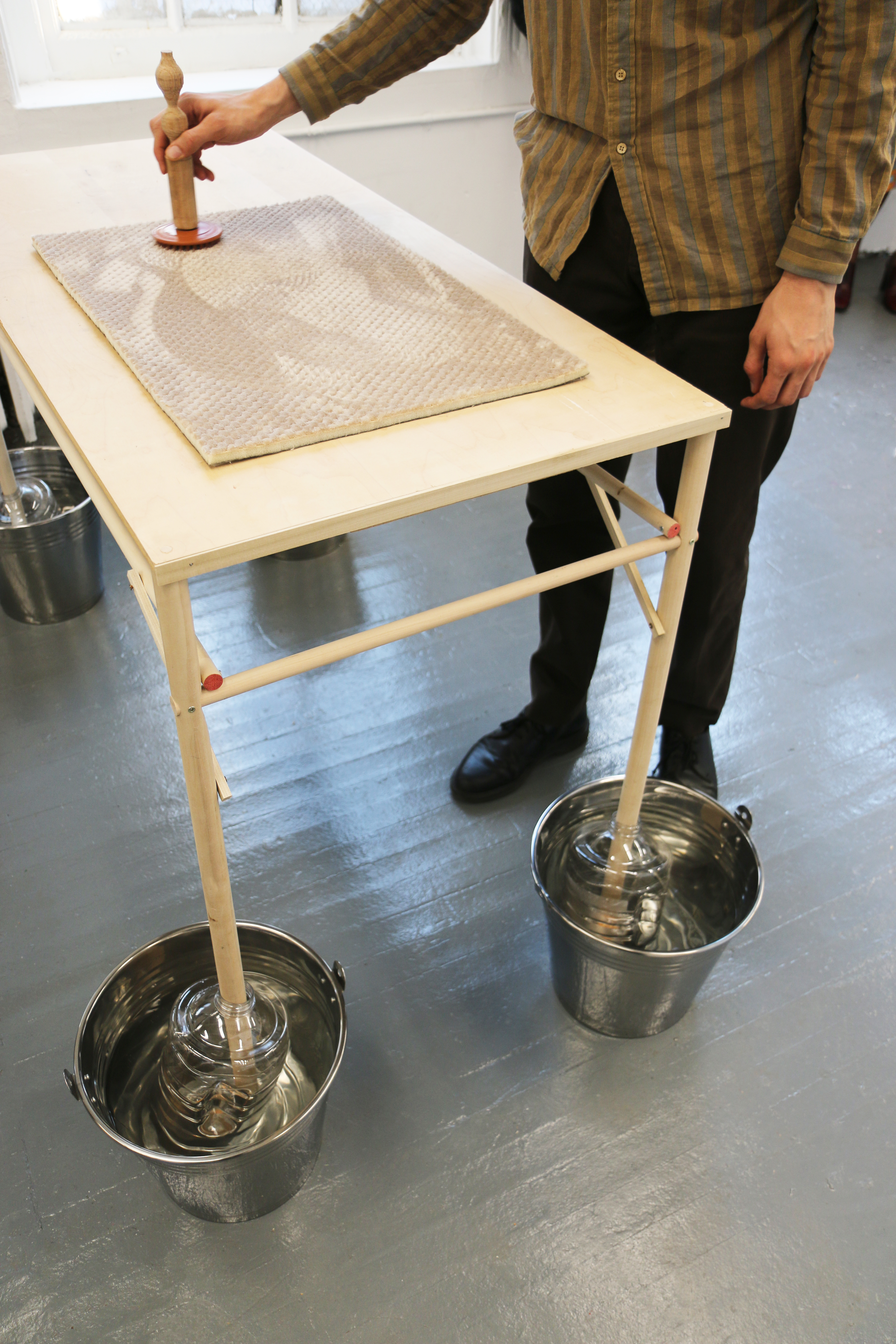
05/05/2022
PRACTICES
Ernesto Rivera is a Dominican artist based in New York. His work moves through different formats, materials, and techniques; using a fragmentary methodology, he follows traces and unfinished processes. His expressive drive pushes his works along allusive and intuitive paths taking the form of drawings, installations, ... read more -
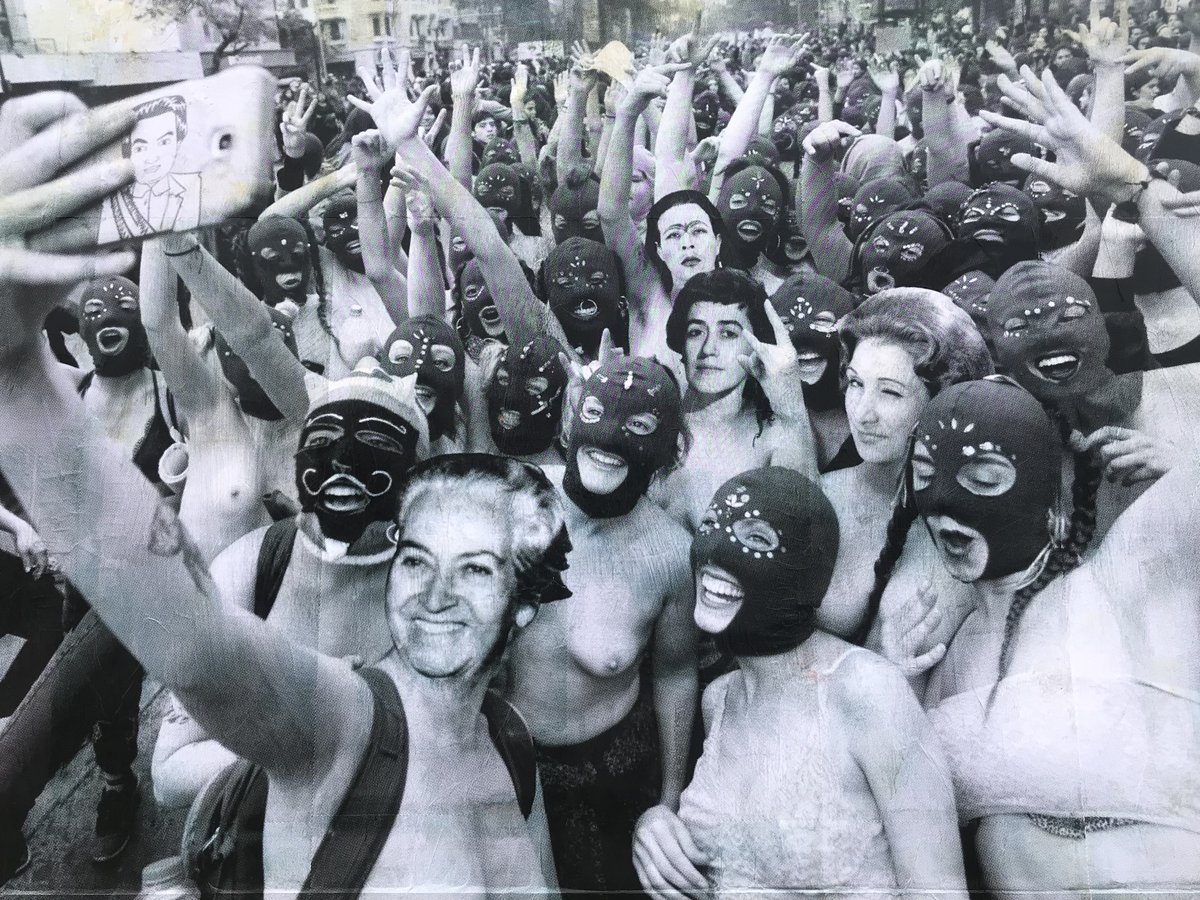
05/04/2022
ESSAYS
Dialoguing with her texts implies going through fundamental issues to think ourselves, individually and collectively, about the role of women; the ethical and political position of teachers; the implications of valuing the land, the local and the indigenous; immigration; the importance of childhood [...] Such matters ... read more -

05/03/2022
MAPPINGS
When I talk about exploring and mapping, I also mean getting out of the way and getting lost. Ahead in this text, I offer three provocations (projects) to awaken your imagination: to identify forms of cultural programming with bonds to sex-dissident communities; to modify the ways of being together in order to sustain ... read more -
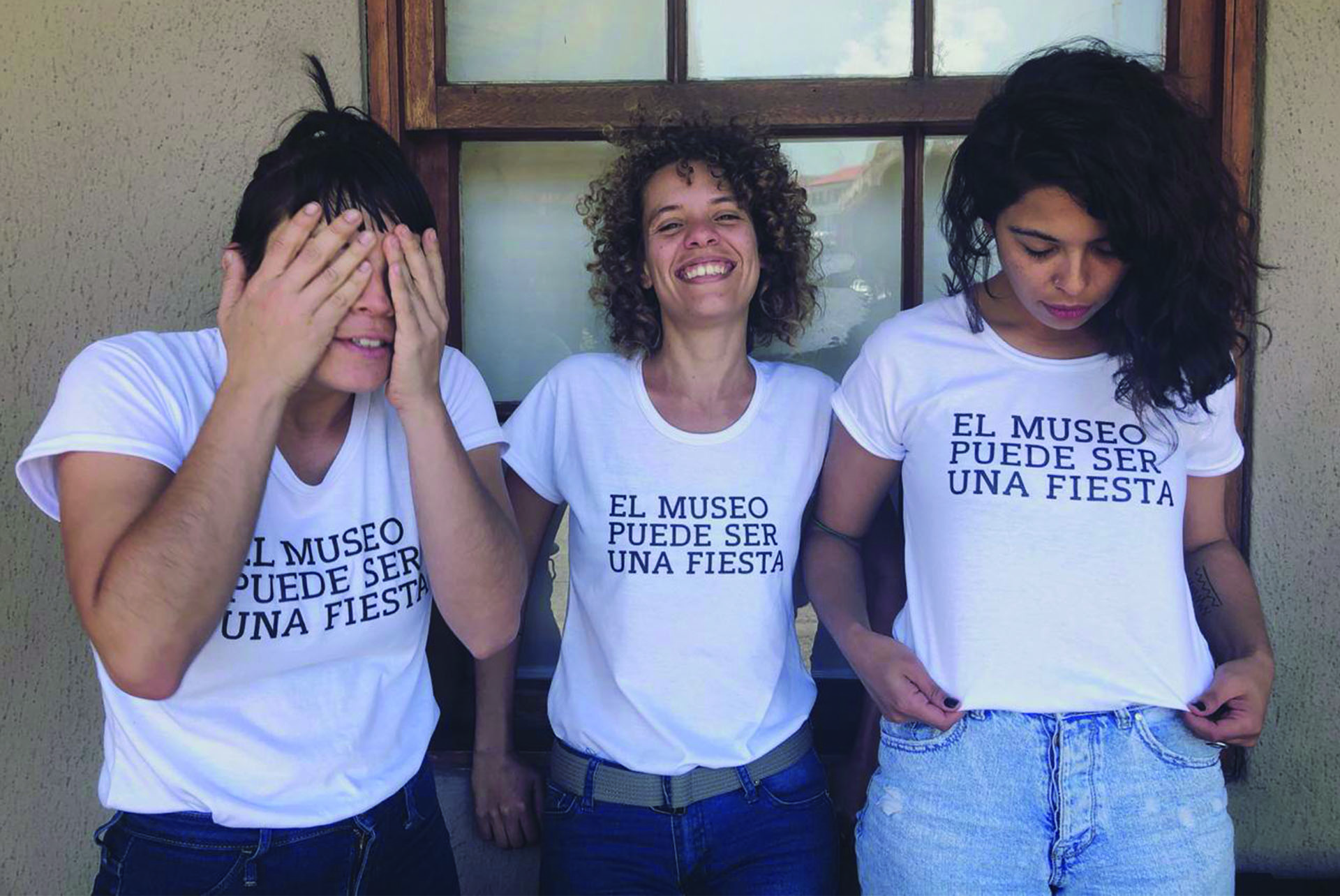
04/25/2022
PRACTICES
La Ruidosa Oficina is an artistic and cultural management and mediation collective based in Costa Rica, which uses the festive dynamics of coming together in joint learning. Its transdisciplinary nature comes from the individual contributions of its members, Marga Sequeira, Catalina Tenorio and Mariela Richmond, ... read more -
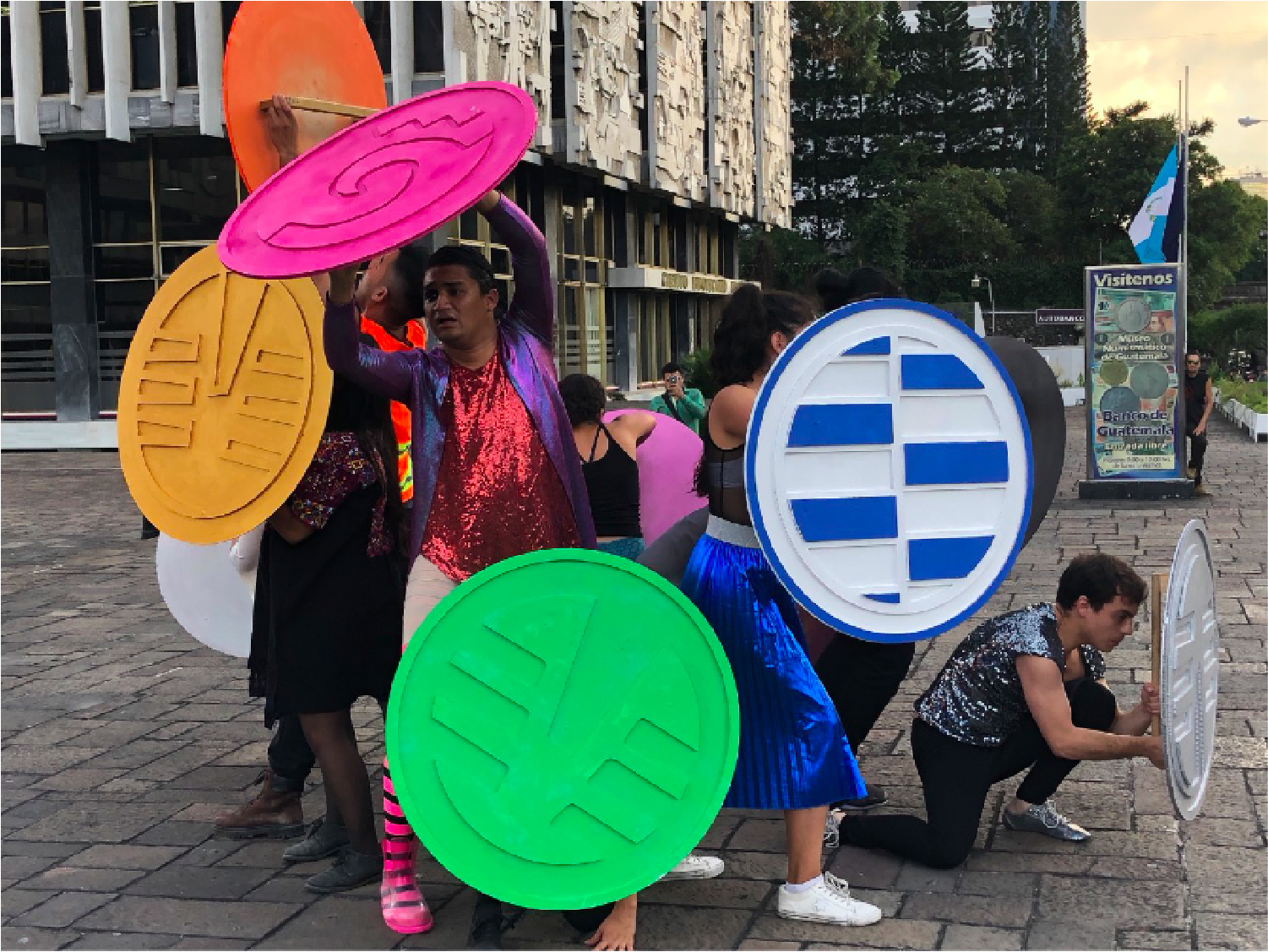
04/23/2022
PRACTICES
Esvin Alarcón Lam (Guatemala, 1988) is an artist whose work revolves around critical thinking about historical and political relations in dialogue with the displacements of people and materials. His projects involve different media such as sculpture, installation, photography, painting, sound, video, and ... read more -
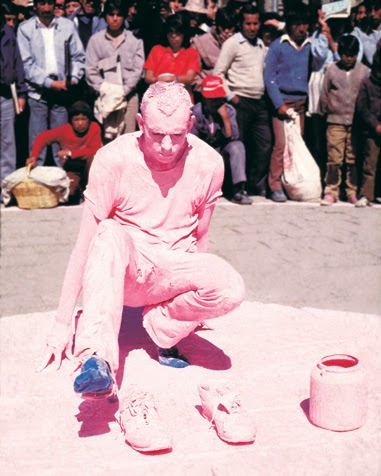
04/21/2022
CONVERSATIONS
On this occasion, we spoke with a person whom Valcárcel recognized as a pupil and a great artist: María Galindo, a creator that moves away from established art schemes and categories to approach activism together with the women’s collective Mujeres Creando [Women Creating]. From La Paz, Bolivia, María talks ... read more -
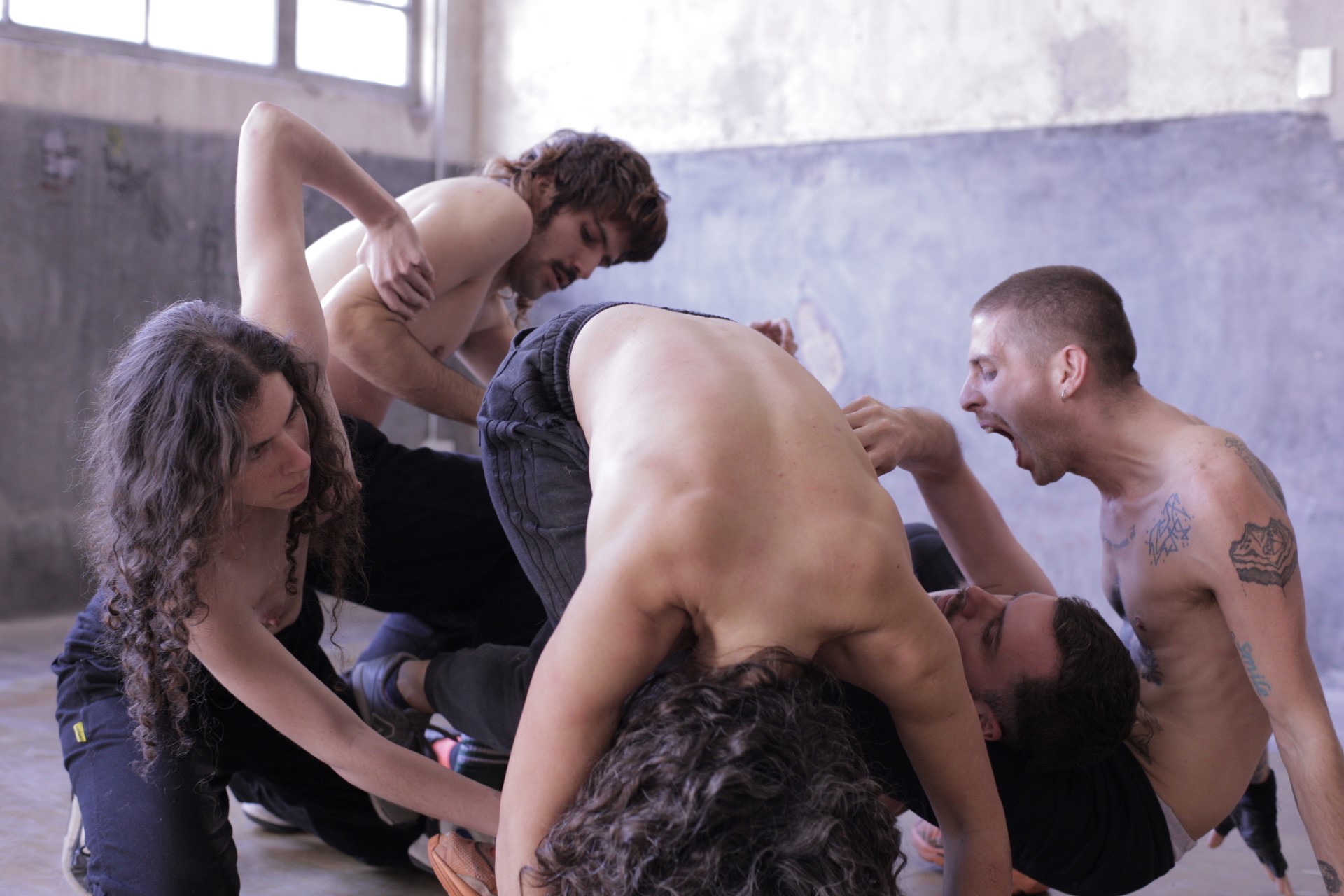
04/17/2022
MAPPINGS
To think of ways of linking the fields of art and education is to imagine possible strategies for modifying the established reproductive mechanism, a difficult task when the owners of knowledge have the means to affirm relations of power/knowledge and the possibility of setting aesthetic and pedagogical agendas ... read more -
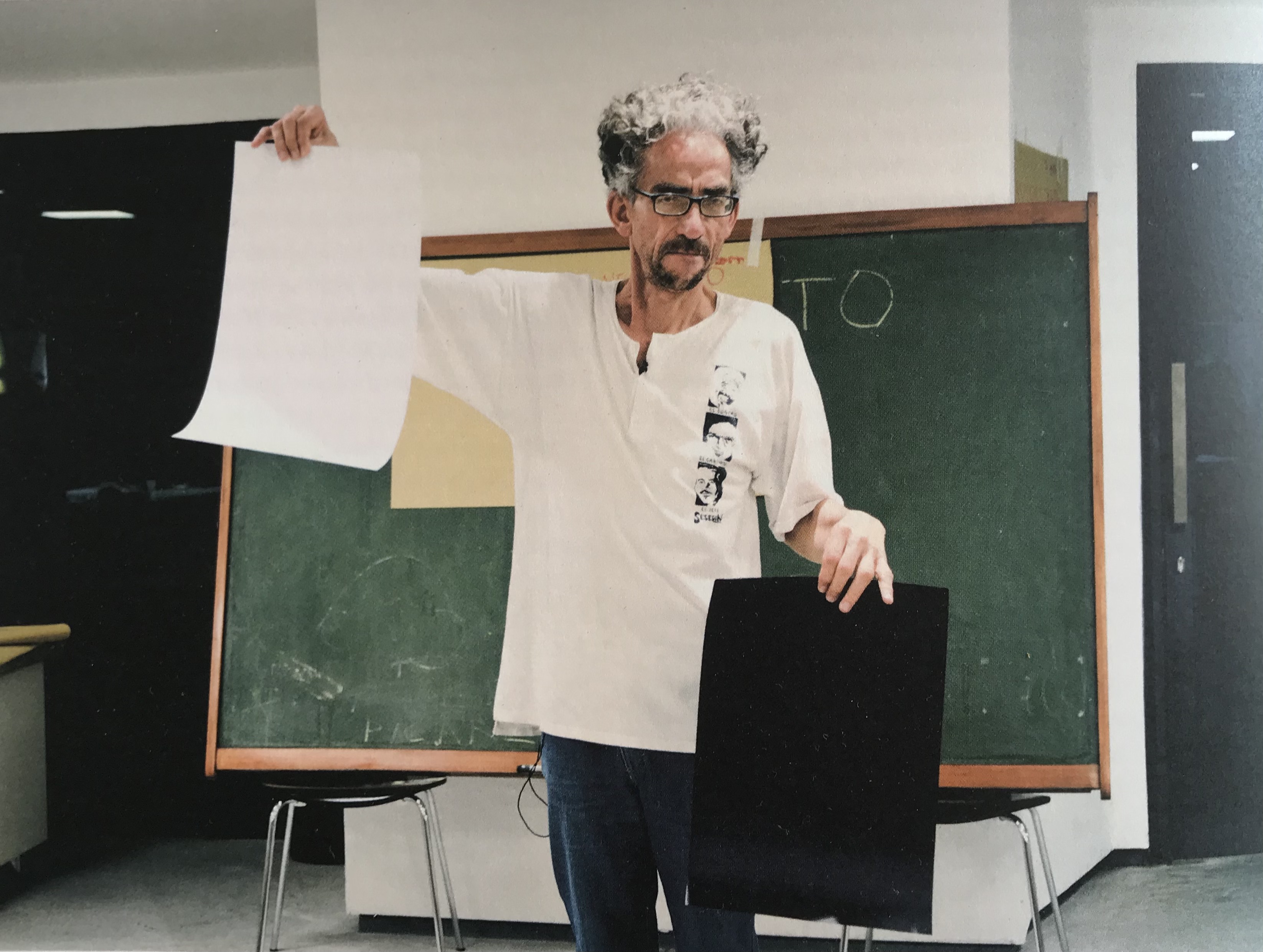
04/15/2022
CONVERSATIONS
On this occasion, La Escuela ___ reflects on his lessons along with curator, researcher, and director of the El Pilar Foundation, Alex Brahim who, from Cúcuta, Colombia, shares his experiences with Caro in the Visual Creativity Workshops, his pending projects for Juntos Aparte, and the complexities of ... read more -

04/09/2022
ESSAYS
The school that creates space for improvisation is also a school of subjectivity, of ways of life, of what one feels, of how one expresses what is being lived, and what needs to be transformed so that a life without oppressions can be lived. read more -
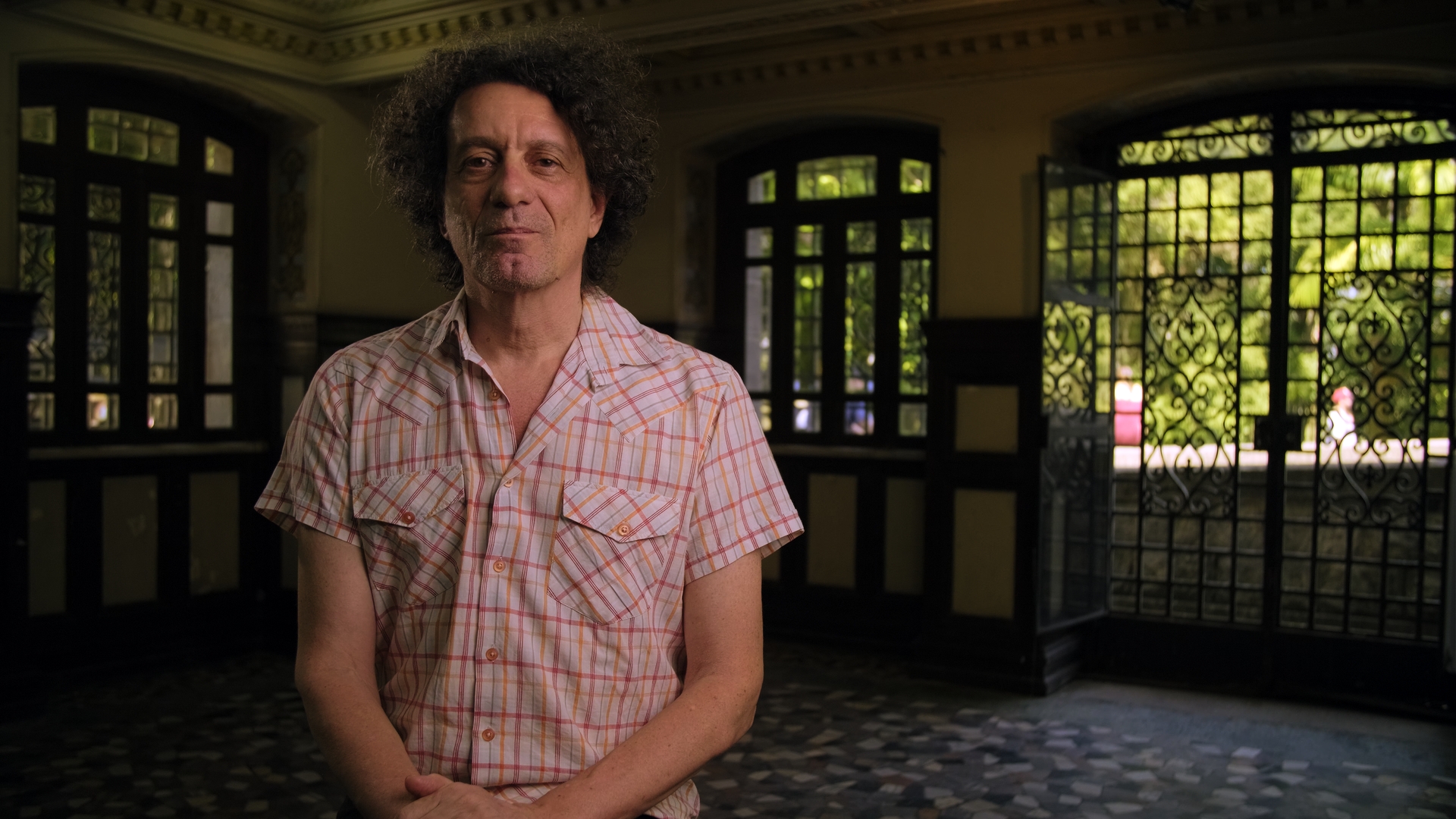
04/08/2022
CONVERSATIONS
Ricardo Basbaum (São Paulo, 1961) is a Brazilian visual artist and writer, known for his experiments and research on art as a mediating device for expressing sensorial, social and linguistic experiences. His work, characterized by the use of diagrams, drawings and installations, transforms exhibition spaces into ... read more -
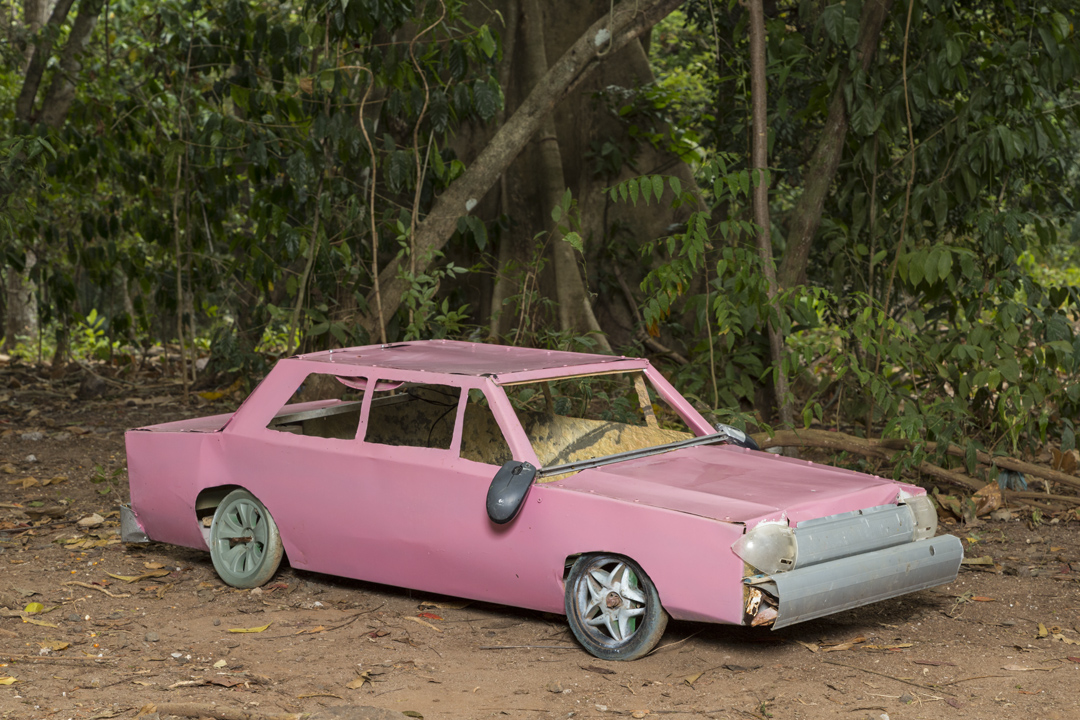
04/06/2022
MAPPINGS
Out of need or desire, those who put into practice a work that seeks to act from education are called to be bridges between artistic practice, cultural institutions, and audiences beyond the art world. This is the result of a fragile cultural institutional framework, which makes artists and cultural agents assume ... read more -
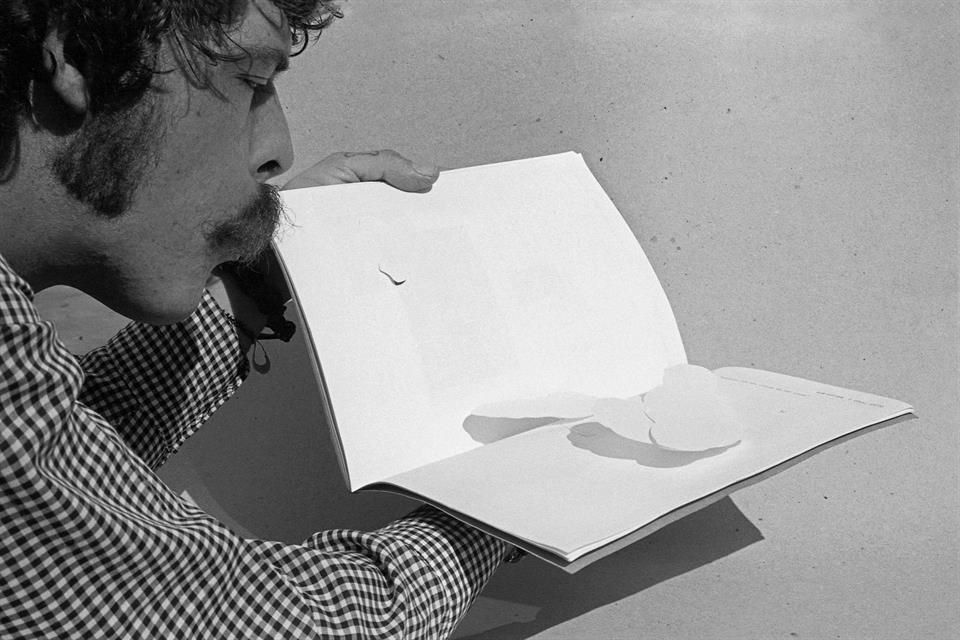
04/04/2022
ESSAYS
“Perhaps, among the hundreds who are learning today to work in groups in order to publish, there will emerge those who manage to even the scales between those who speak and those who observe”, Ehrenberg pondered at the end of the same text in which he suggests that educators must lead and accompany the critical ... read more -
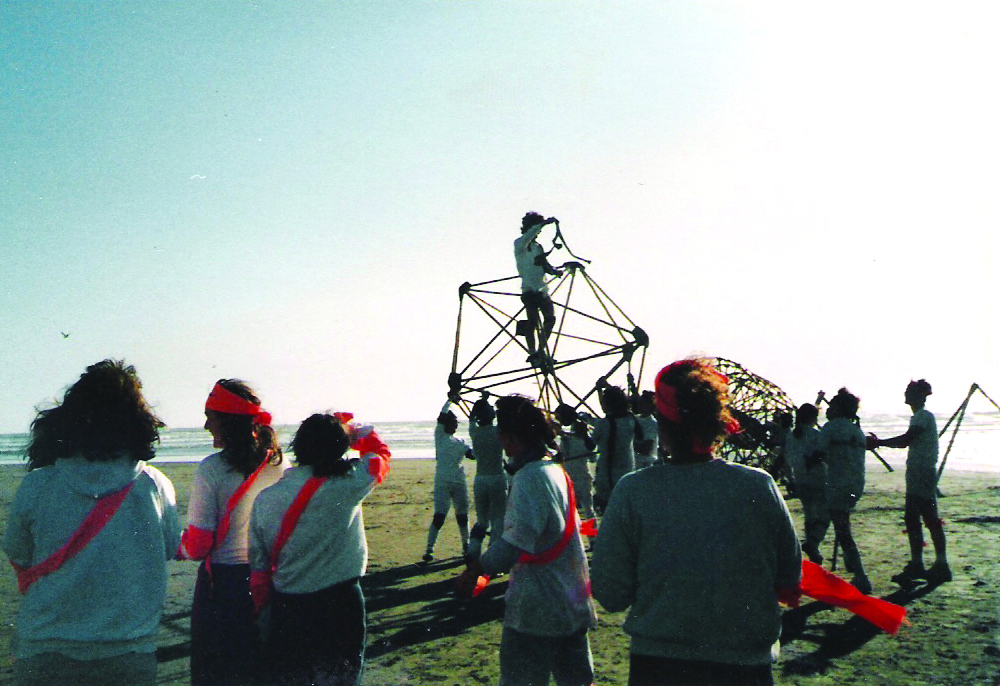
03/21/2022
ESSAYS
Schools must be naked, all their walls demolished to keep their structure, leaving only what is essential. They would then be buildings without facades, fully exposed to reality. They would get wet, dirty, and impregnated with their contexts; they would shake without collapsing, they would inhabit experiences that ... read more -
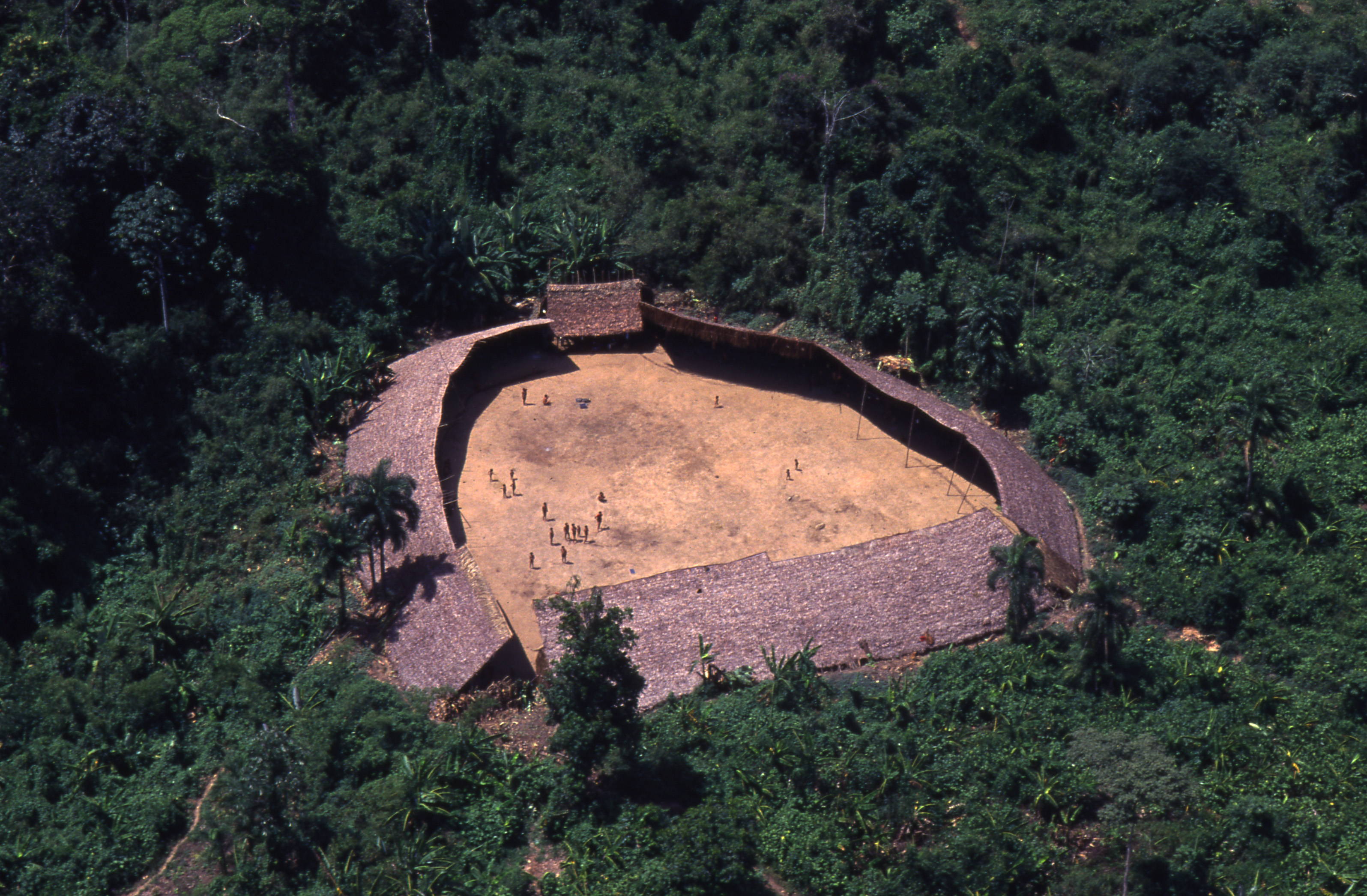
03/18/2022
CONVERSATIONS
In this conversation for LA ESCUELA, Luis Romero shares reflections and anecdotes of his relationship with Sheroanawe, which spans for over 20 years, intertwined with testimonies of his great artist friend. Thus, based on the premise of the term wëai: (teaching through example), LA ESCUELA___ talks with Sheroanawe ... read more -
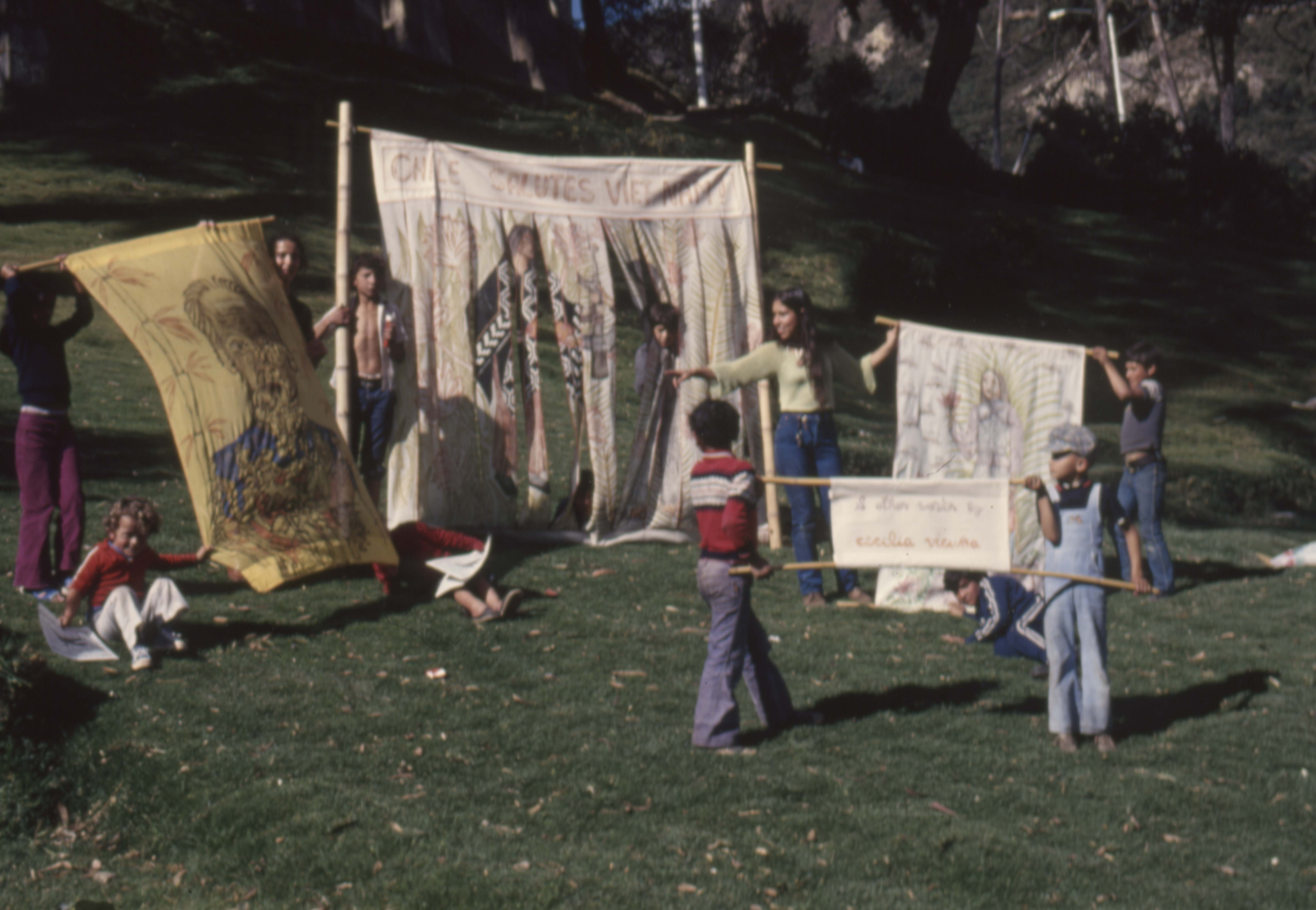
03/10/2022
MAPPINGS
This "provocation to thought" and the action that consequently occurs is something that we will see ahead in a selection of works by Cecilia Vicuña and Lea Lublin (...) How did the searches of these artists materialize around art and education? How did they dismantle the established ways of seeing? What is the role of ... read more -
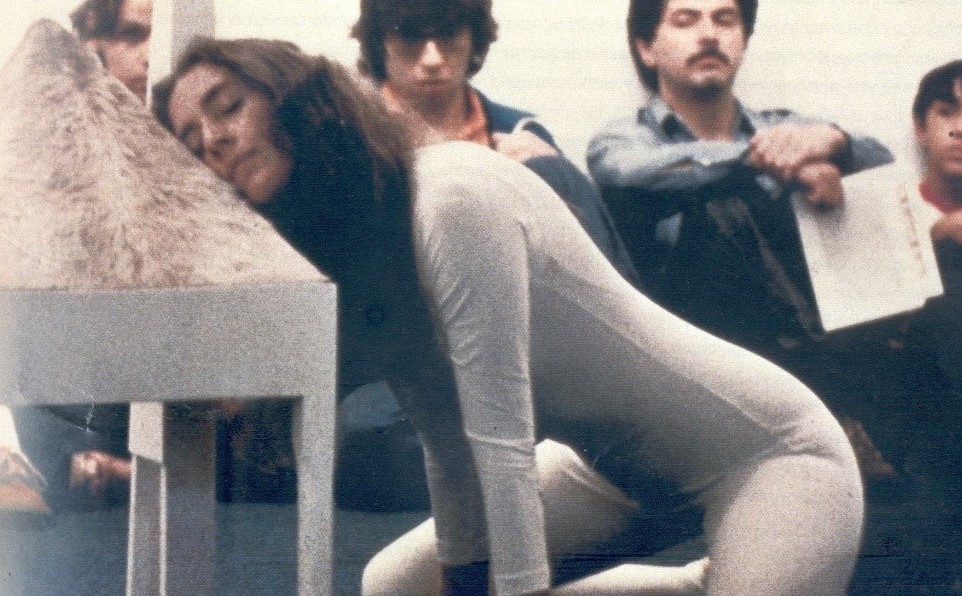
03/07/2022
ESSAYS
The artistic work of Antonieta Sosa has the dialogic mode—expressed or implied—among its frequent resources, with a circulation and dynamic exchange of ideas through which two or more beings acknowledge, identify or confront each other. It is a very personal method towards the progressive constitution of a work and, ... read more -
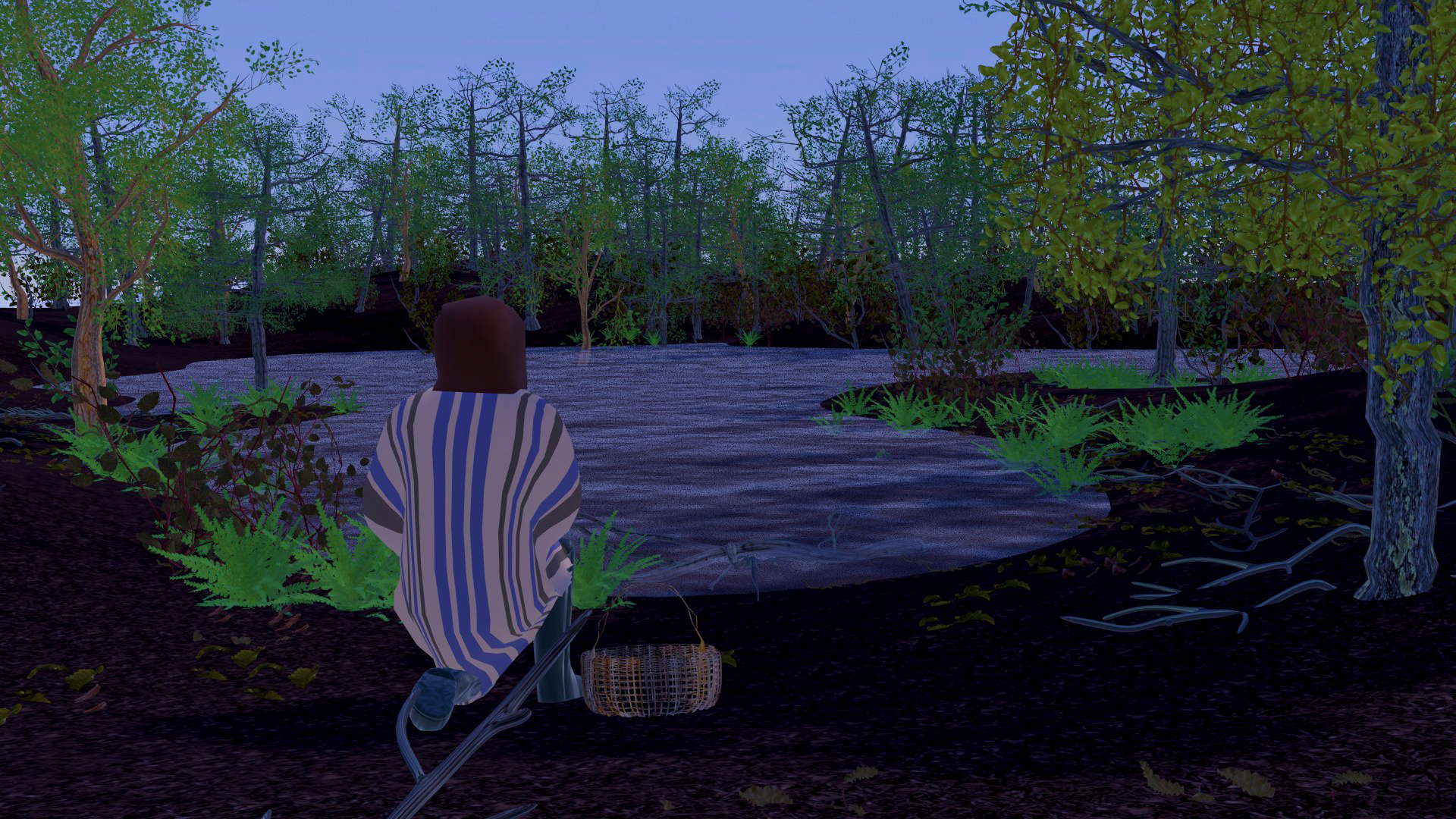
03/05/2022
PRACTICES
Seba Calfuqueo (Santiago, Chile, 1991) is a Mapuche visual artist whose work invites critical reflection on the social, cultural, and political status of the indigenous subject within contemporary Chilean society. It is an approach marked by her pedagogical experience as an art teacher, and anchored in her non-binary ... read more -
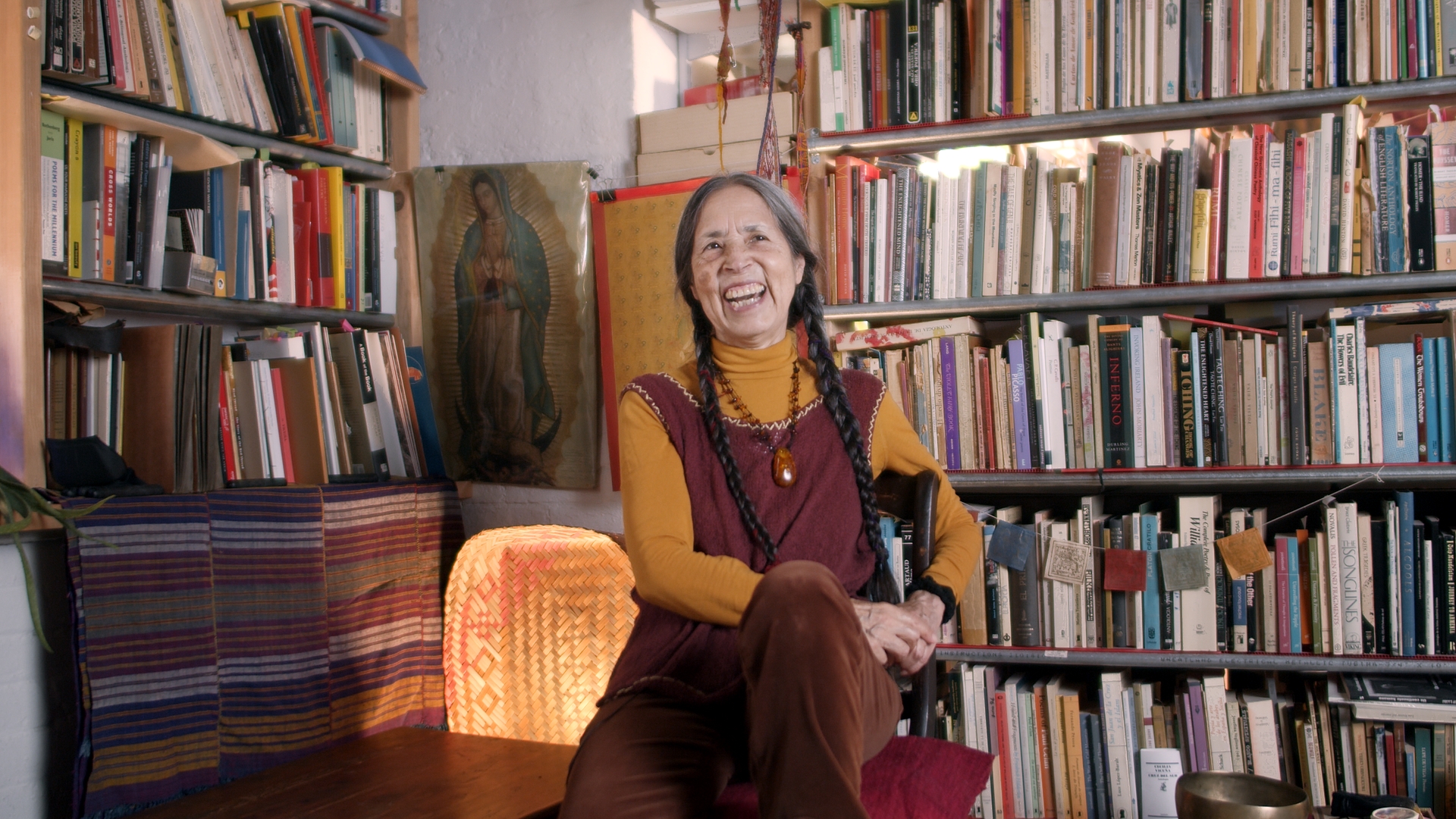
03/01/2022
CONVERSATIONS
Cecilia Vicuña (Santiago, Chile, 1948) is a visual artist and poet who has explored issues related to nature, ancestral knowledge, and feminism throughout her extensive career. Based in New York City (USA), Vicuña preserves and shares deep wisdom about her indigenous roots, as well as experiences gathered ... read more -
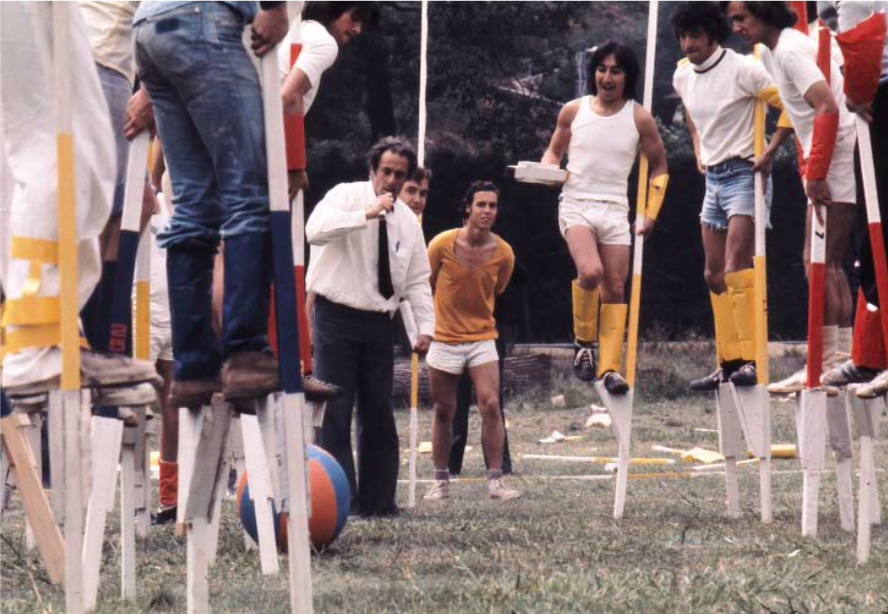
02/23/2022
MAPPINGS
In the midst of the institutional transformations in the field of art education that have taken place in the continent, there have been some exceptional initiatives carried out by artists who propose a link between art and pedagogy beyond conventional spaces and programs, from their own practices as creators (...) read more -

02/21/2022
ESSAYS
What did the errant, naked teacher bring in his head? A vast educational reform, much greater than the one he had proposed in Caracas before leaving (we will stop at that later), and which also included his years of travel, classes and readings (...) read more